new posts in all blogs
Viewing: Blog Posts Tagged with: Illustrators Saturday, Most Recent at Top [Help]
Results 1 - 25 of 153
How to use this Page
You are viewing the most recent posts tagged with the words: Illustrators Saturday in the JacketFlap blog reader. What is a tag? Think of a tag as a keyword or category label. Tags can both help you find posts on JacketFlap.com as well as provide an easy way for you to "remember" and classify posts for later recall. Try adding a tag yourself by clicking "Add a tag" below a post's header. Scroll down through the list of Recent Posts in the left column and click on a post title that sounds interesting. You can view all posts from a specific blog by clicking the Blog name in the right column, or you can click a 'More Posts from this Blog' link in any individual post.

By: Kathy Temean,
on 1/2/2015
Blog:
Writing and Illustrating
(
Login to Add to MyJacketFlap)
JacketFlap tags:
Interview,
inspiration,
Advice,
Process,
Digital Art,
illustrating,
authors and illustrators,
University of California,
demystify,
Illustrator Sites,
Illustrator's Saturday,
Diana Kizlauskas,
Ray College of Design,
Add a tag
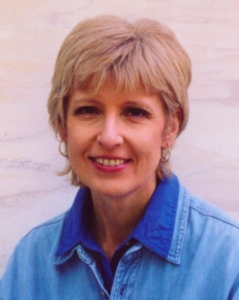 Diana Kizlauskas says she knew she was in trouble early on. Drawing Barbie was more fun than playing with her. Drawing a poster of the Beatles was more appealing than buying one. A high school mural project meant more than ACT scores. By senior year, I made peace with my art addiction and chose it as my professional path…
Diana Kizlauskas says she knew she was in trouble early on. Drawing Barbie was more fun than playing with her. Drawing a poster of the Beatles was more appealing than buying one. A high school mural project meant more than ACT scores. By senior year, I made peace with my art addiction and chose it as my professional path…
With help from above and a little caffeine, I earned B.A. degrees in Art Education (UIC, 1974) and Illustration (Ray College of Design/ Illinois Institute of Art, 1991), supplementing those with drawing workshops at the School of the Art Institute of Chicago. My portfolio landed me in the freelance world of advertising and editorial illustration. Then with a new millennium, came a new direction: greeting cards and children’s educational publishing. Throughout this time, I exhibited work in the Chicago area, including at Gallery 400/UIC, Hyde Park Art Center, North Lakeside Cultural Center, and had a solo show at the Beverly Arts Center. In Indiana, my work was displayed at the Anderson Fine Arts Center, the John G. Blank Center for the Arts and Purdue University.
My work, family and faith community make up my rather simple universe. A native Chicagoan, my heart is anchored to the Midwest. However, I often go beyond the familiar to work with ethnic and historical themes. Through books, various other media and travel, I enjoy learning about different eras and cultures. I’ve amassed a wealth of visual reference materials which help me render physical characteristics, geographic features and design elements of various places and times. My background in education helps me translate those images to young readers in ways they can best understand.
TECHNIQUES
The illustrations presented here are created digitally or are hybrids of traditional acrylic on canvas or colored pencil on board combined with digital media.
Here is Diana talking about her process:
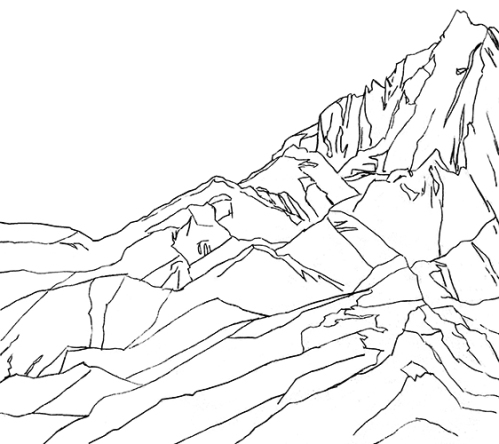
When I start an illustration I first break down the image to its most essential components. In the case of “The Climb” from my The Twelve Ravens book project, these are: the mountain, the stormy sky, girl protagonist and the injured eagle.


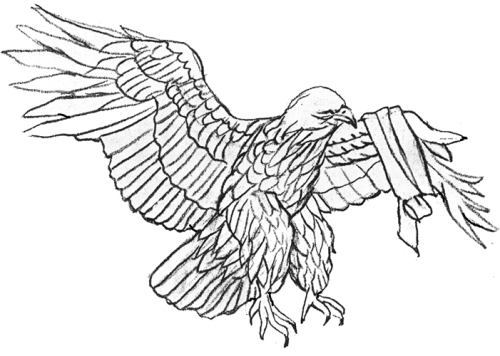
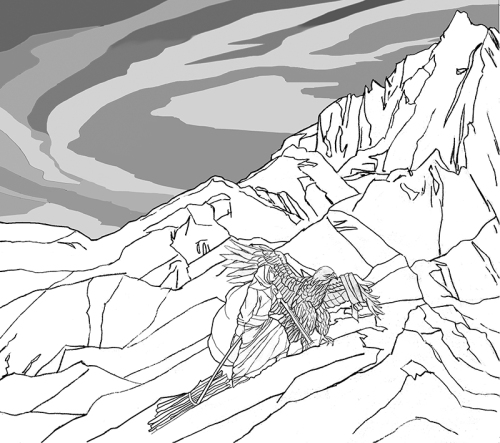
I then scan the images into Photoshop, placing each on a separate layer so that I can manipulate them independently. I play with size, cropping, etc., until I’m satisfied with the arrangement.
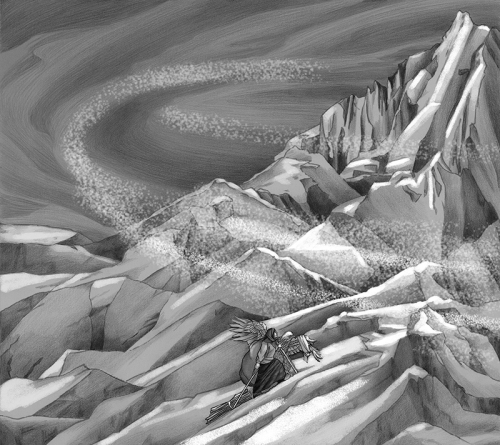
Since an odd number of objects make for a more interesting composition, I’ll eventually add in a fifth element, the “swoosh” of a blizzard.

Next, I add tones to the drawing. I do this digitally or by printing out the line art and adding shading by hand and rescanning. The prior picture is an example where I have done both to achieve the result.
I start “painting” by duplicating my black and white tonal image and adjusting its color to umber (Figure 7). This layer lies atop the original tonal art.
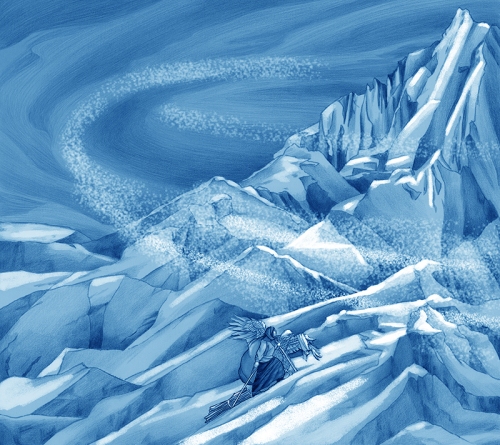
I again replicate the image to create a blue layer, which lies atop the umber. Then, using various percentages of opacity in my eraser tool, I remove sections of blue to expose umber and umber to expose black and greys. This results in a balanced warm-cool color underlayment.

I go to finish by brushing on an entire spectrum of colors, working out details, depth, drama, texture. I give myself creative license to cut, crop, chop and drop, until—voila, it’s done!
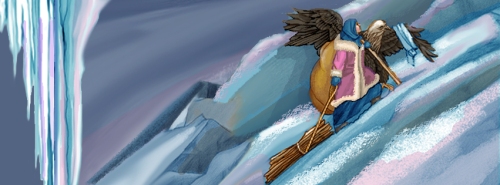
Even as I’m working on the final art, I like to keep each key component of the piece in a separate layer so that I can continue to scale it, move it or manipulate its brightness and color. This is particularly helpful when the format of the illustration needs to be changed from print edition to eBook or if you need to “repurpose” images for a promotional spot. For example, I adapted the scene from “The Climb” to use as my Facebook masthead last winter.
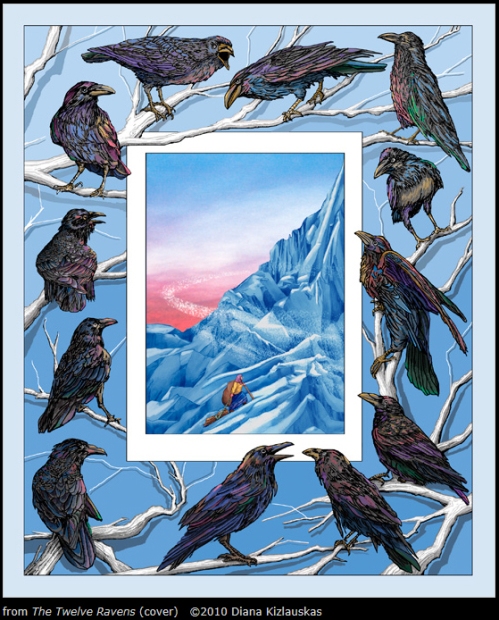
How long have you been illustrating?
I’ve been drawing since I could clutch a crayon in my chubby little hands; I’ve been paid for it since 1991.
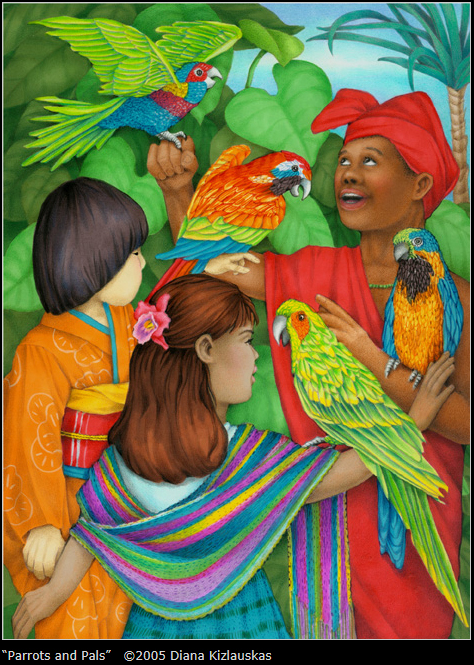
How did you end up going to University of California, Irvine?
I received a BA degree in Art Education from the College of Art and Architecture, University of Illinois at Chicago, known around these parts as UIC. (I have never studied in California; perhaps your question is based on a typo in one of my bio pages.)
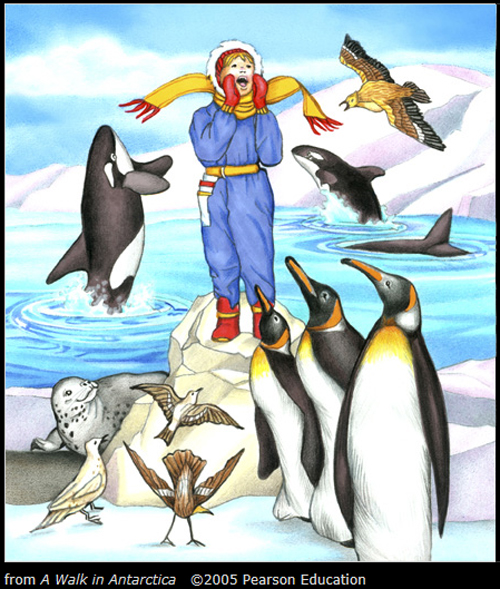
Since you received a BA in Art Education, did you teach after you graduated?
After completing my student teaching, I opted to stay home with my two children until they started grammar school. However, I do have about a decade of experience teaching part-time extracurricular classes to 3-7 year olds, including crafts, science and religious education.
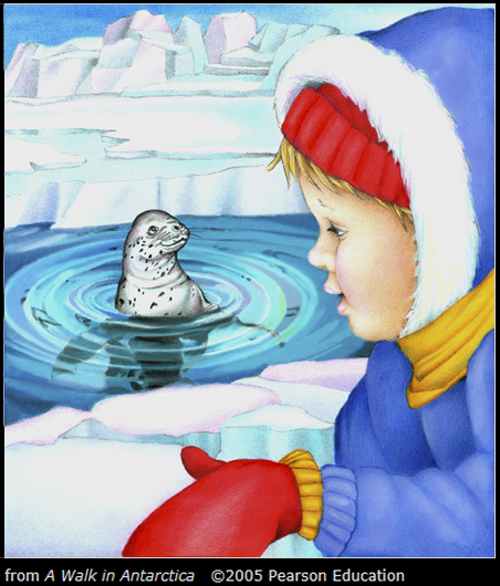
What types of classes did you take that really helped you to develop as an illustrator?
Because a successful illustration is the result of craft, composition and creative communication, I think that Life drawing, Basic Design and Illustration Concepts courses were all indispensable.
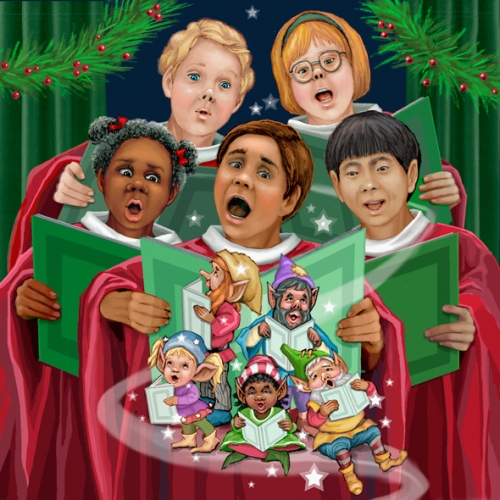
When did you get involved in Freelance Art?
I began getting professional free-lance projects immediately upon graduating from Ray College of Design. Their job placement services were quite helpful in getting me those initial interviews and portfolio showings.
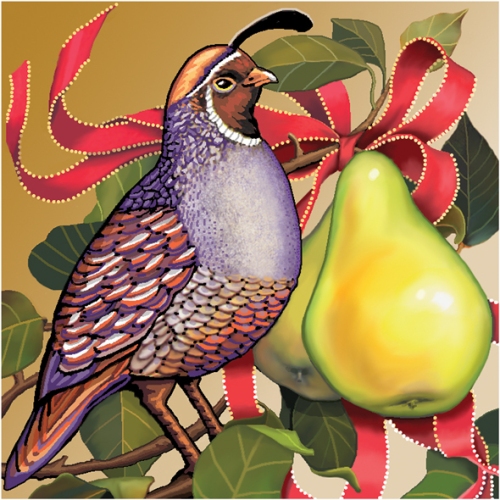
What was the first thing you created where someone paid you for your work?
As a kid, I sold poster-size portraits of the Beatles to classmates. My first job as a “bone fide” illustrator was an editorial piece for the Chicago Daily Southtown newspaper.
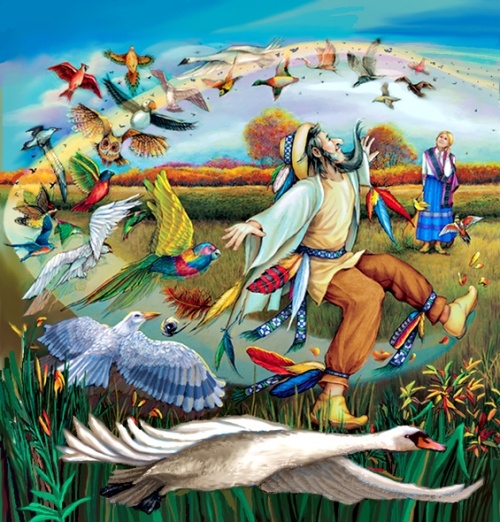
What made you decide to study illustration at Ray College of Design/ Illinois Institute of Art in 1991?
Ray College was a small vocational school providing a lot of individual attention to its students and geared toward getting them into the working world. At this point in my life, I felt I had had enough theoretical background and needed to jump into action.
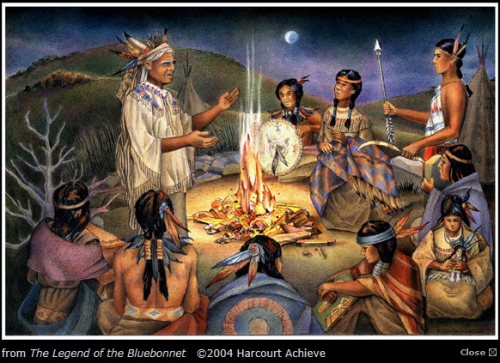
How long did you take drawing workshops at the School of the Art Institute of Chicago?
I attended Advanced Drawing Workshop for about a year.
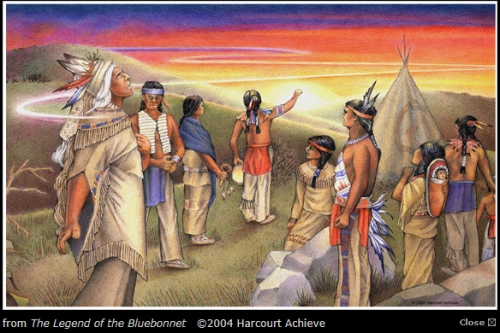
Do you think taking those workshops helped improve your drawing skills?
They certainly did. But more importantly, they impressed upon me the importance of surrender to the mystery of creative process, experimentation with images, as well as pushing techniques and materials to their limits. Oddly enough, I also came away from my experience at SAIC with a personal resolve to avoid conformity to non-conformity.
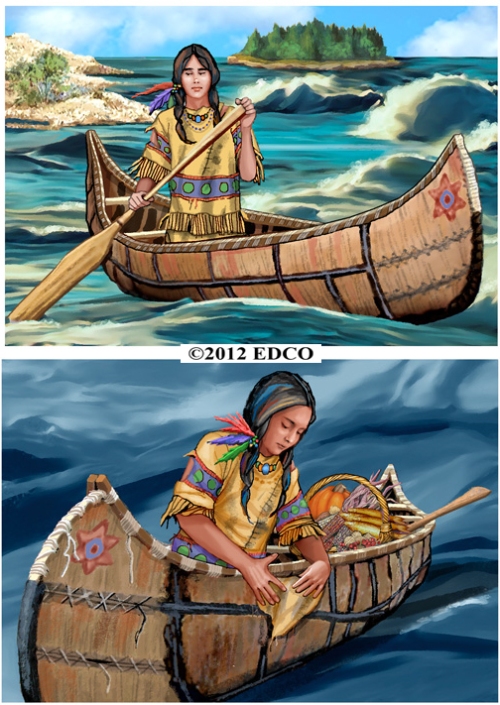
When did you go digital?
I was dragged into the Digital Age in the late 2000’s by clients and agents who wanted a project done quicker, cleaner, and cheaper. I went kicking and screaming, but it was one of the best things that ever happened to me professionally.
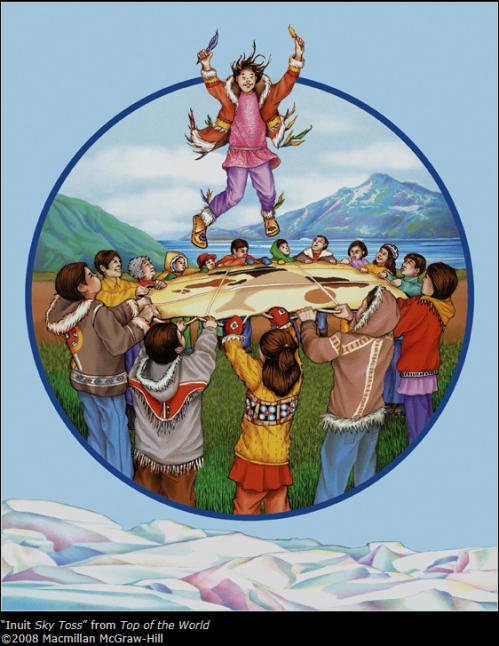
How many children’s books have you illustrated?
If we count leveled readers, I have illustrated 14 books in traditional print and 4 eBooks.
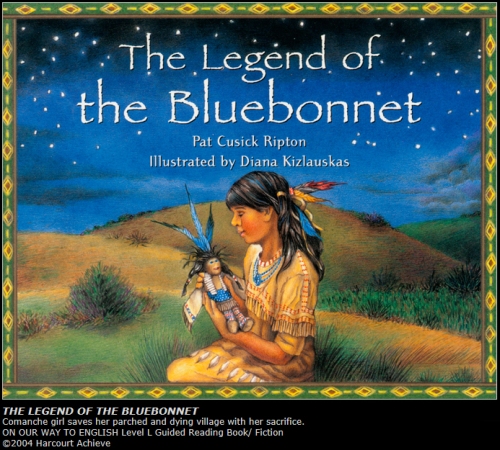
Do you still do freelance art?
All my work is done on a free-lance basis.
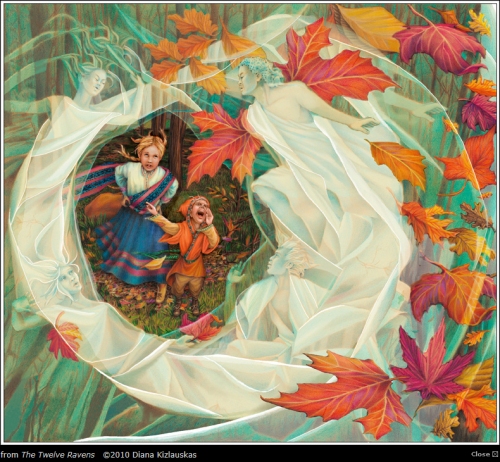
What was the first picture book that you illustrated? When did that happen?
I illustrated The Legend of the Bluebonnet in 2004.
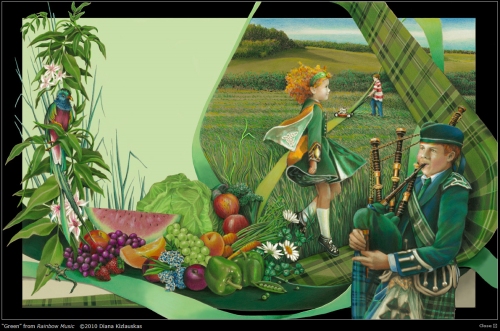
How did that contract come about?
I was approached by Steven Edsey Sons artists’ reps to do the project. They had seen a piece in my samples portfolio which matched the needs of the client very closely—a Plains’ Indian family preparing a meal. The rest was, as they say, history.
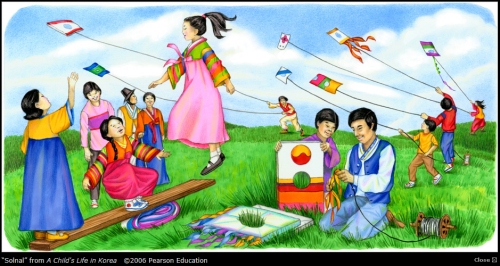
Was the Legend of the Bluebonnet the first book you did with Houghton Mifflin Harcourt?
The publisher of the Legend of the Bluebonnet was Rigby/ Harcourt Achieve. I’m unclear as to what its relation to Houghton Mifflin Harcourt was at that time.

How many books have you done with Harcourt?
I have illustrated four leveled readers for Rigby/ Harcourt Achieve and one for Harcourt School Publishers.
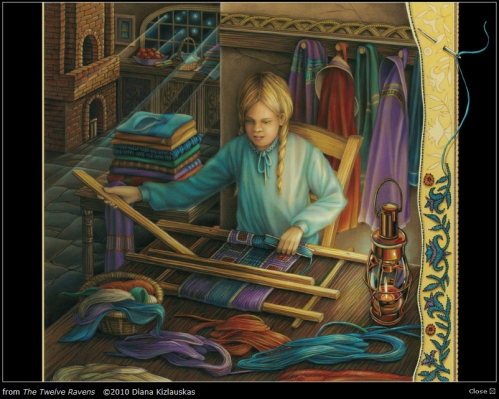
Would you consider working with an author who wants to self publish?
I would base my decision on the strength of the author’s credentials and the quality of the material.
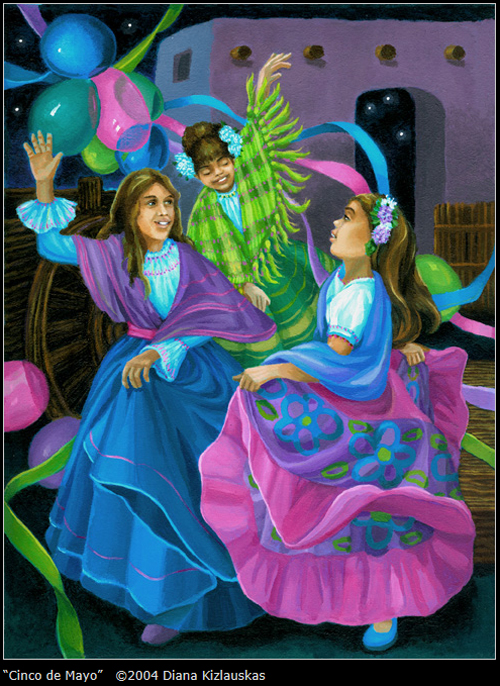
Can you tell us a little bit about EDCO/Ireland? How did they find you and what type of work did they have you do?
EDCO is an educational publisher in Ireland. I believe their art directors saw my work on childrensillustrators.com and then contacted my current artist reps. I illustrated several stories (“In the Deep Dark Wood,” and “The Island of the Blue Dolphins”) and a poem (“The North Wind”) for them. One of these illustrations was then adapted as a cover for By The North Star, a book in their Big Box Library series.
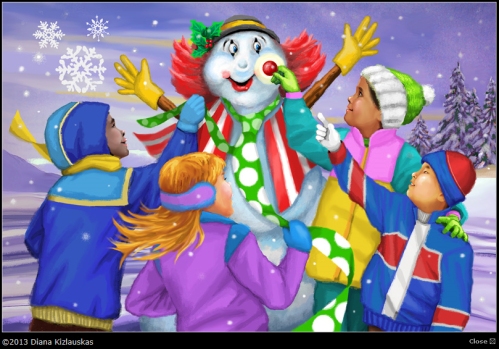
Have you worked with educational publishers? Which one’s?
Besides the aforementioned Rigby/Harcourt Achieve, Harcourt School Publishers and EDCO/Ireland, I have worked with Macmillan/McGrawHill, Pearson/Scott Foresman, Pearson Education, Compass Publishing and Quarasan, Inc. Though they might also be considered a trade or religious publisher, Pauline Books and Media contracted me to illustrate Jorge of Argentina: The Story of Pope Francis for Children (2014).
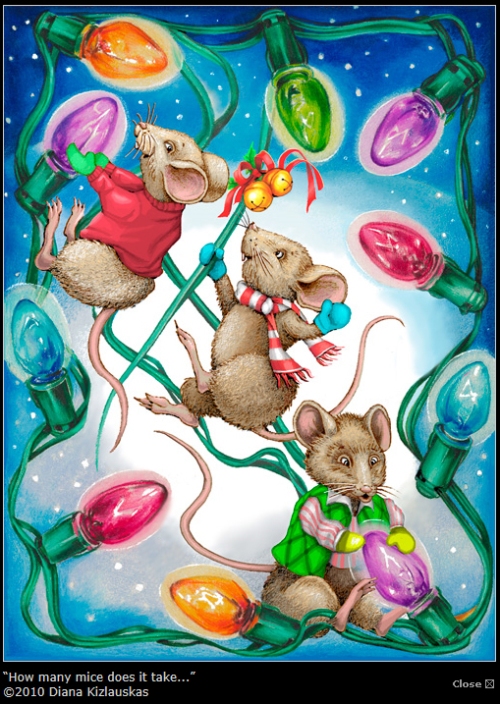
How did those books come your way?
Nearly all of them came through artists’ reps with whom I was associated at the time of the project’s inception.
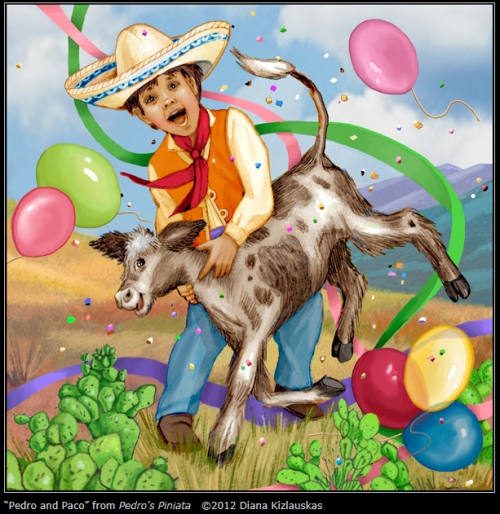
Have you ever tried to write and illustrate a children’s book?
Yes, I have. LETTUCE! , my tall tale about a rabbit and his rampant good fortune, is on the eBook market right now. Parents and teachers of preschoolers have given it a 5-star rating and I’m very excited about making it available in a traditional print version this spring.

Do you have an agent? If so, who and how long have the represented you? If not, would you like one?
Over the years I have been represented by several agencies, but since 2010 by WendyLynn&Co.
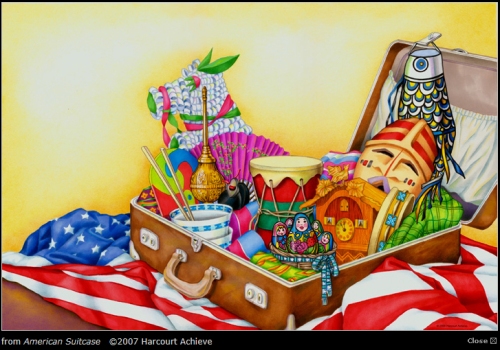
What types of things do you do to get your work seen by publishing professionals?
I supply my artist reps with promotional material and advertise on childrensillustrators.com (http://www.childrensillustrators.com/illustrator-details/DKizlauskas/id=2110/). I maintain gallery and bookstore spaces on the Society of Children’s Book Writers and Illustrators website (http://www.scbwi.org/members-public/diana-kizlauskas) and I maintain an author/illustrator page on amazon.com. Also, I post regularly to my business Facebook page (www.facebook.com/DKIllustration). Most importantly, I keep my DKI Children’s Illustration website (www.dianakizlauskas.com ) updated and functioning.
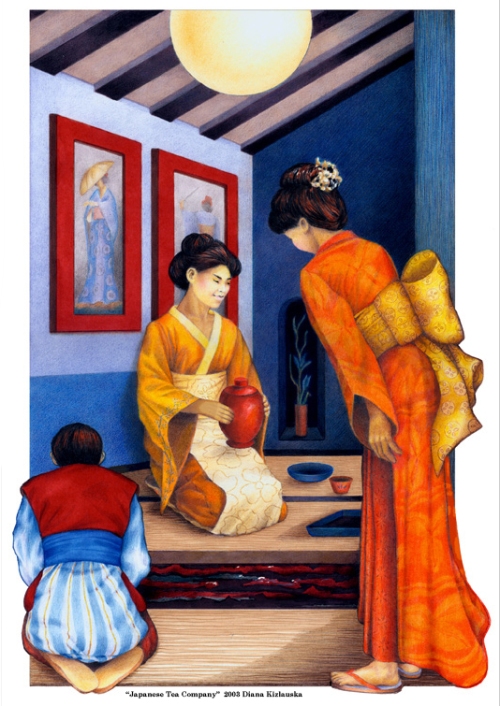
Have you seen your style change since you first started illustrating?
Absolutely. My work is increasingly softer edged, more painterly, and close to 100% digital.
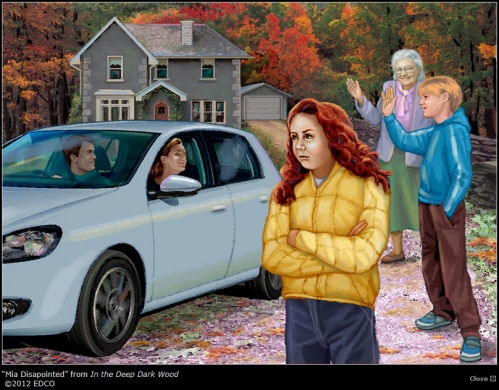
Have you gotten any work through networking or the Internet?
Almost exclusively so. As I described above, nearly all my marketing revolves around websites and on-line portfolio displays.
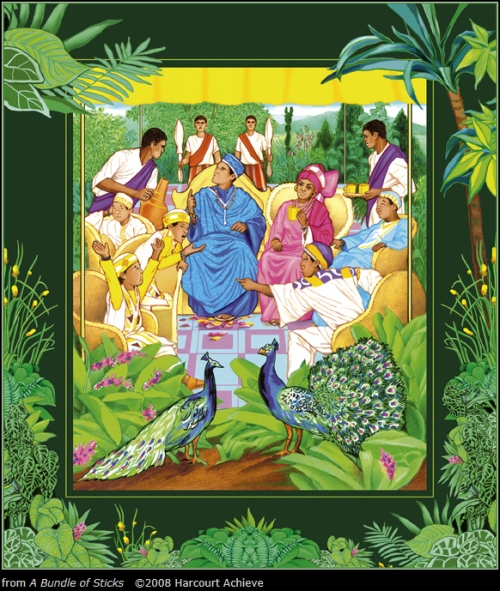
Do you use software for painting besides Photoshop?
So far, only Photoshop.
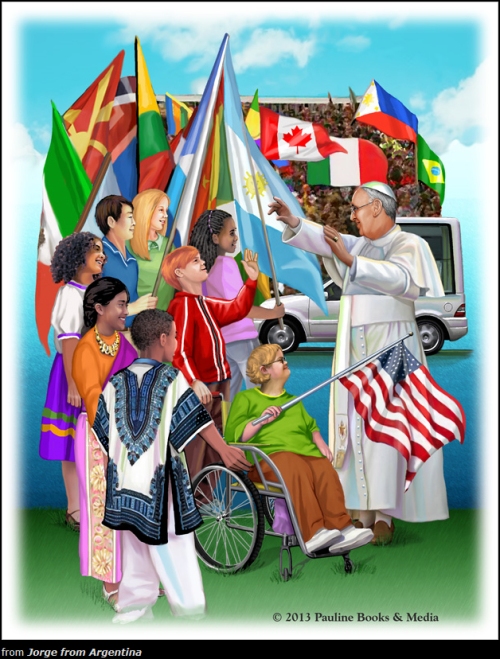
Do you own a graphic tablet? If so, how do you use it?
Yes, indeed. To reduce a complicated explanation to bare basics: I scan hand-drawn and photo-reference images into Photoshop, then use both a mouse and stylus to create layers, lines, colors, textures and draw additional images directly onto the tablet—whatever it takes to bring the illustration to finish.
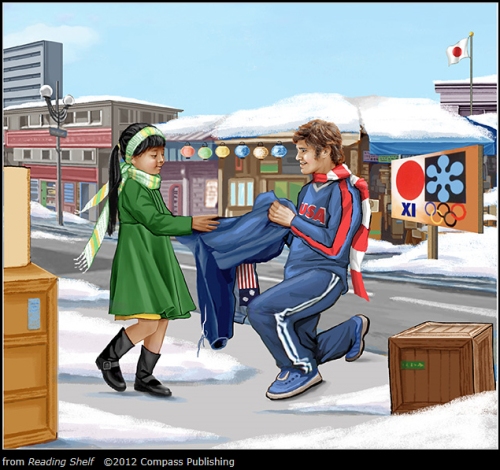
How much time do you spend illustrating?
When working on a client project, I keep a very strict 10-hour, 6 day per week schedule. When creating promotional samples or working on my own books, I loosen it up to 6-hours per 5 days weekly. (This fall a family medical crisis put my work on temporary “hold,” but I’m slowly getting back on track.)
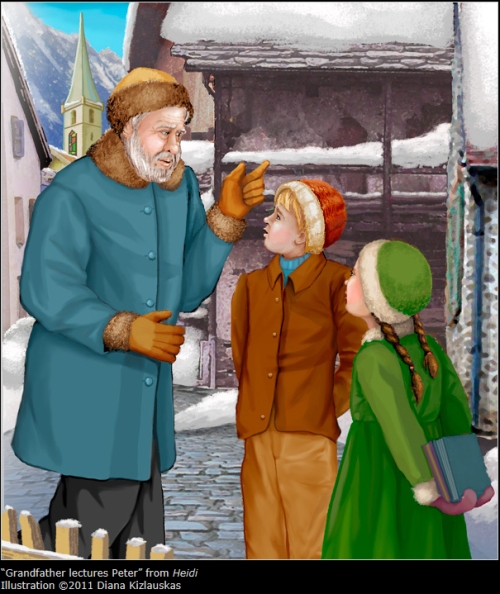
Do you have a studio set up in your house?
Yes, I do. I’m very fortunate to have a large room and loft area that accommodate a drawing table,easel, computer, printer, scanner, copier, a 8’x3.5’ work counter with horizontal storage, and 3 file cabinets full of reference clippings (some dating back to grammar school). Scads of shelves house more reference, paints, brushes , pencils and pens—not to mention a potpourri of chachkies. The closet full of dusty portfolio cases and canvases bears witness to a time before computers took over.
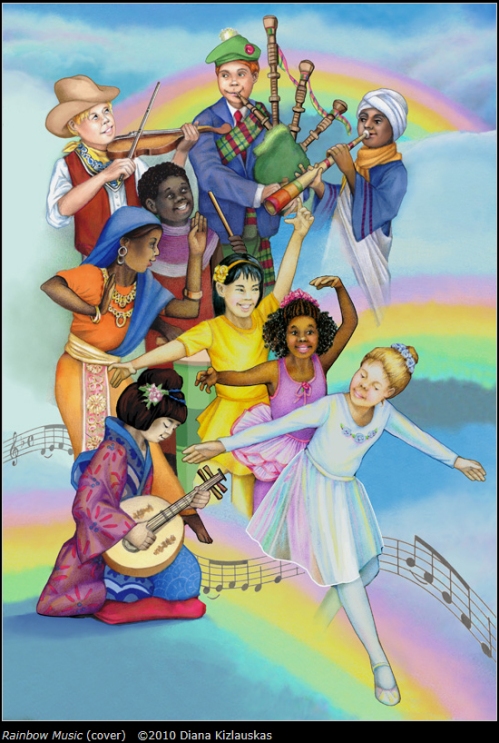
Any picture books on the horizon?
The Twelve Ravens , a Lithuanuian folktale which I have adapted, retold and illustrated, is a project I hope to have out by Fall, 2015. The eBook version is almost done, the print format awaits revision.

What are your career goals?
Beautiful books for beautiful children! I want to continue communicating to children of all colors and backgrounds through positive, bright and inspiring images. Whether my illustrations attain the stature of being published by the top trade publishers in the country or are independently made and distributed, my goal is to make each one better than the one before. I believe that concentrating on the work itself and not the fame or fortune it may bring is the only way an artist can maintain sanity in an ever-changing business world and culture.
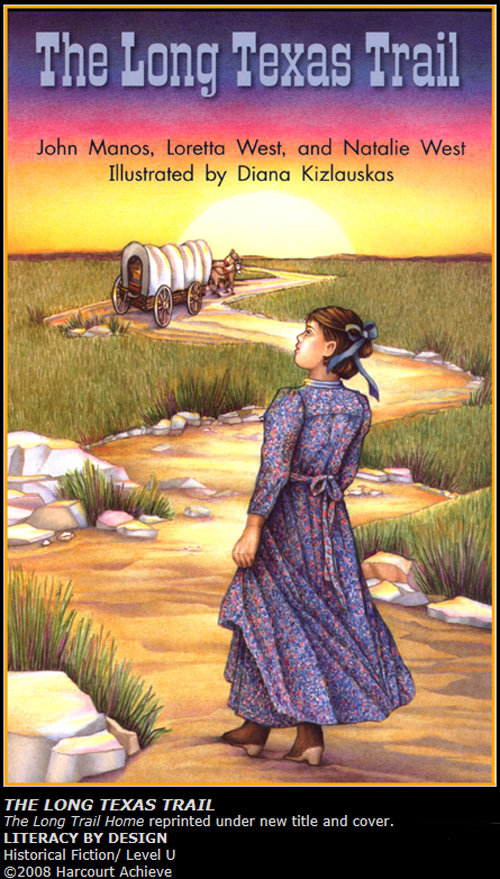
What are you working on now?
As I mentioned, LETTUCE! and The Twelve Ravens are on my mind, but they may have to simmer on a back burner if my agent drafts me for a McGraw-Hill Education project for which I’ve recently been approved.
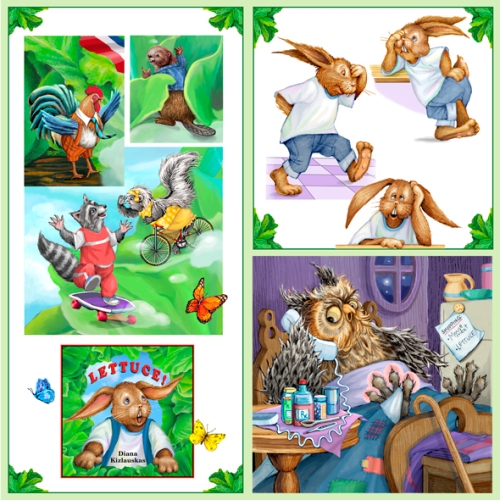
Are there any painting tips (materials, paper, etc.) you can share that work well for you? Technique tips?
Since I do all my “painting “ in Photoshop these days, there’s not much in the way of materials that I need to think about. But when working with colored pencils on paper or creating a “hybrid” piece where I draw onto a printed digital image, I like to use a wonderfully smooth paper called Mohawk Superfine. It is a 100 lb. “ultra white” cover stock used by the printing industry. It is receptive to the toner inks in my printer and is a perfect surface for multiple layers of Prismacolor pencils.

Any words of wisdom you can share with the illustrators who are trying to develop their career?
Like a man walking a tight rope, look straight ahead, never down. In creative, competitive fields, people who remain positive, patient, and intrinsically motivated—eventually prevail. Or as a colleague once remarked, “I can’t NOT do this…” Really, what other choice does a true artist have? So, KEEP AT IT!

Thank you Diana for sharing your journey and process with us and helping us kick off 2015. You can visit Diana at her website: http://www.dianakizlauskas.com to see more of her work.
If you have a moment I am sure Leeza would love to read your comments. I enjoy them too. Thanks!
Talk tomorrow,
Kathy
Filed under:
Advice,
authors and illustrators,
demystify,
illustrating,
Illustrator Sites,
Illustrator's Saturday,
inspiration,
Interview,
Process Tagged:
Diana Kizlauskas,
Digital Art,
Ray College of Design,
University of California 

I thought this Saturday I’d bring you some of the Santa’s from past Illustrator Saturdays. Remember that not every illustrator has done an illustration of Santa. I am sure I missed some Santa’s, so if you were featured on Illustrator Saturday and have a Santa that you would like me to add, please email me with the illustration and I will add it to the celebration of Santa.
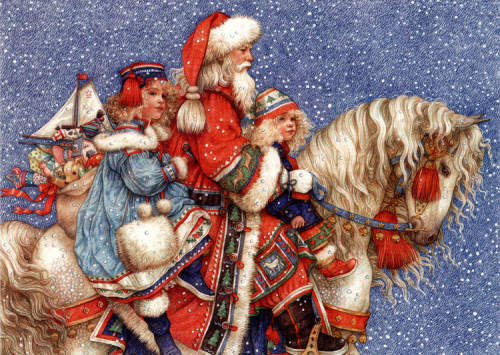
Yvonne Gilbert http://kathytemean.wordpress.com/2013/11/09/illustrator-saturday-yvonne-gilbert/
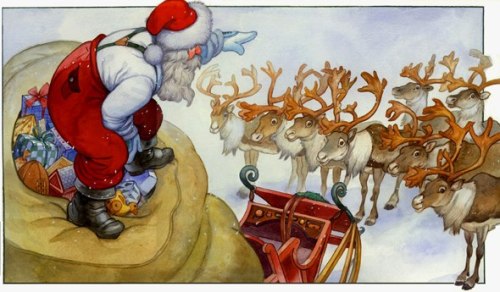
David Thorn Wenzel – http://kathytemean.wordpress.com/2013/08/24/illustrator-saturday-david-thorn-wenzel/
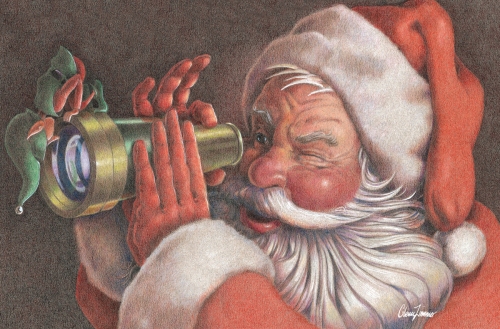
Glenn Zimmer – http://kathytemean.wordpress.com/2013/10/19/illustrator-saturday-glenn-zimmer/
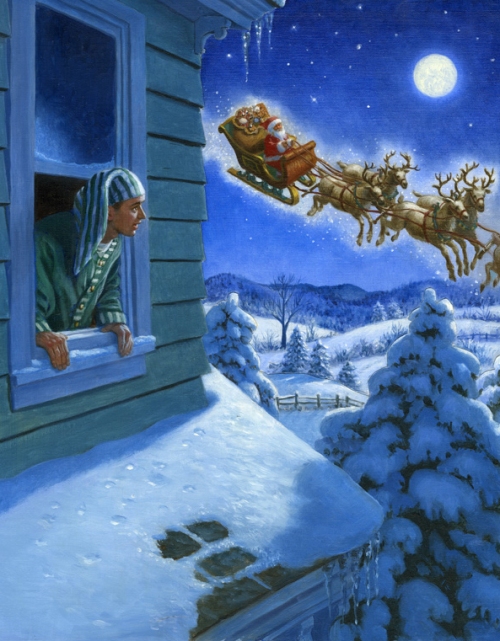
Ruth Sanderson – http://kathytemean.wordpress.com/2012/03/17/illustrator-saturday-ruth-sanderson/
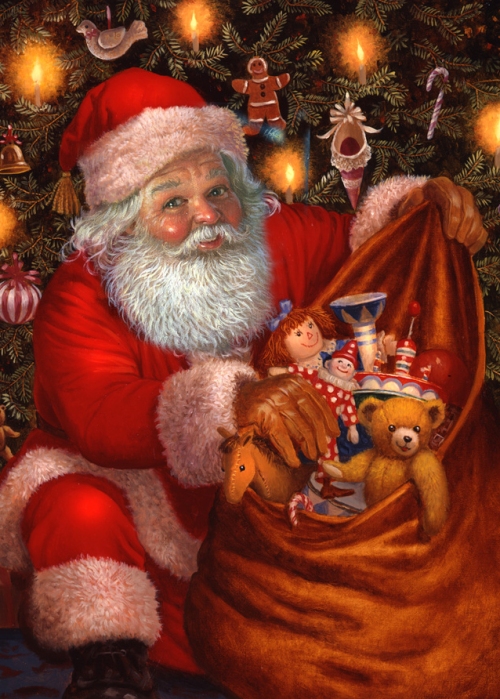
Ruth Sanderson – http://kathytemean.wordpress.com/2012/03/17/illustrator-saturday-ruth-sanderson/
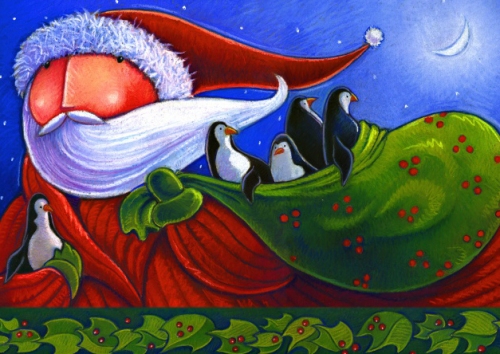
Michele Noiset – http://kathytemean.wordpress.com/2012/09/22/illustrator-saturday-michele-noiset/
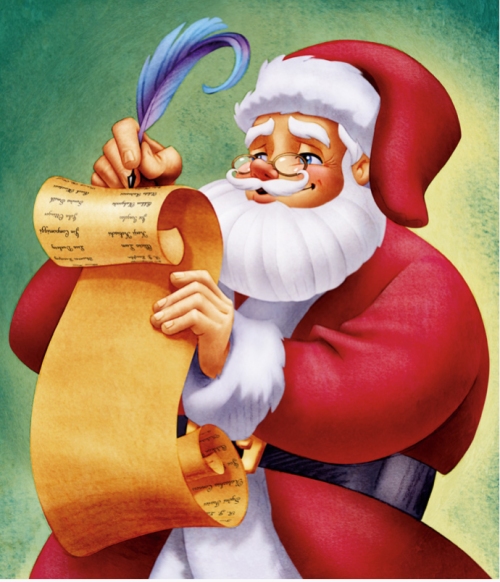
David Harrington – http://kathytemean.wordpress.com/2014/10/18/illustrator-saturday-david-harrington/
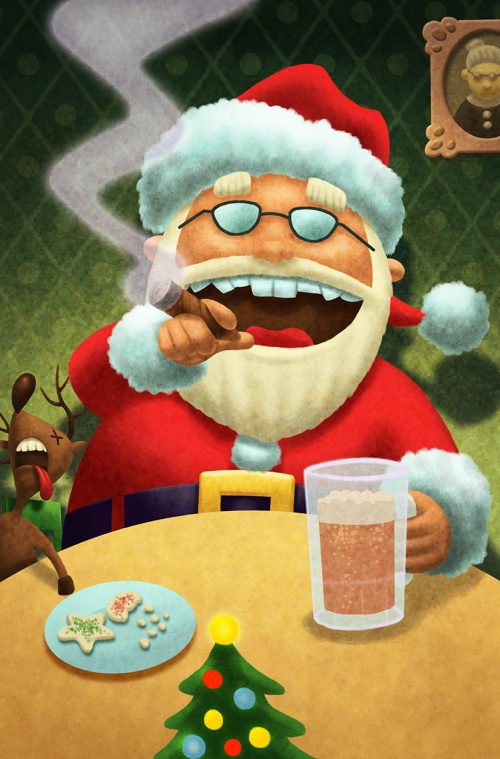
Micheal Garland – http://kathytemean.wordpress.com/2013/08/31/illustrator-saturday-michael-garland/
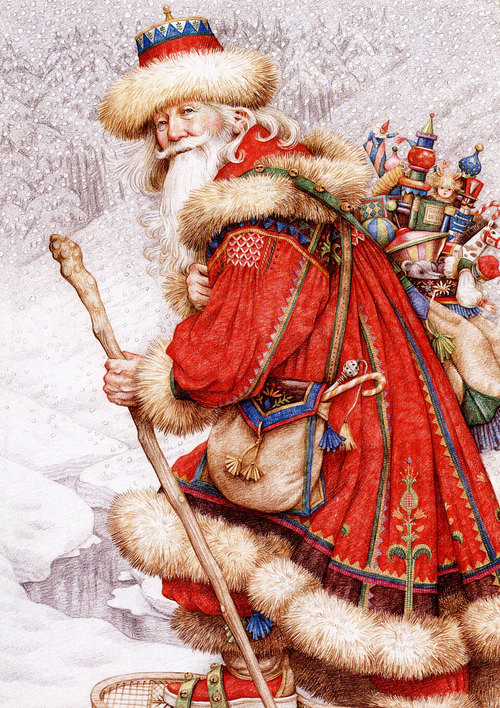
Yvonne Gilbert http://kathytemean.wordpress.com/2013/11/09/illustrator-saturday-yvonne-gilbert/

Carlyn Beccia – http://kathytemean.wordpress.com/2011/03/12/illustrator-saturday-carlyn-beccia/

Michele Noiset – http://kathytemean.wordpress.com/2012/09/22/illustrator-saturday-michele-noiset/
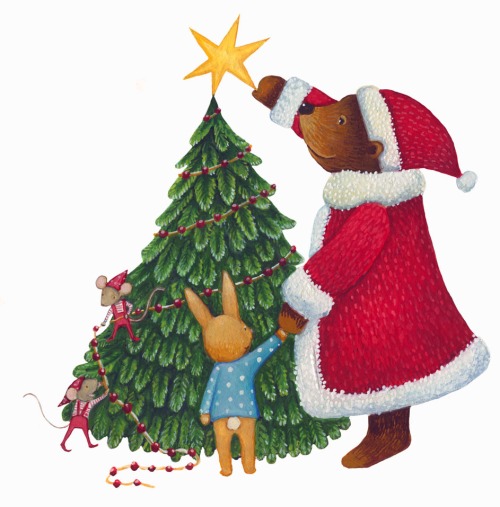
Sarah Dillard – http://kathytemean.wordpress.com/2012/08/19/illustrator-saturday-sarah-dillard/

Michael Garland – http://kathytemean.wordpress.com/2013/08/31/illustrator-saturday-michael-garland/
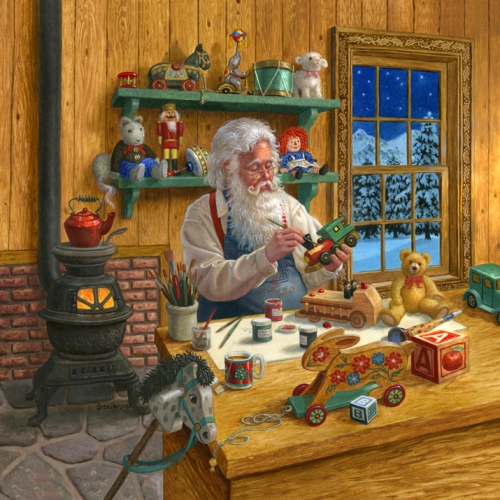
Ruth Sanderson – http://kathytemean.wordpress.com/2012/03/17/illustrator-saturday-ruth-sanderson/

Karen Romagna – http://kathytemean.wordpress.com/2011/05/14/illustrator-saturday-karen-romanga/
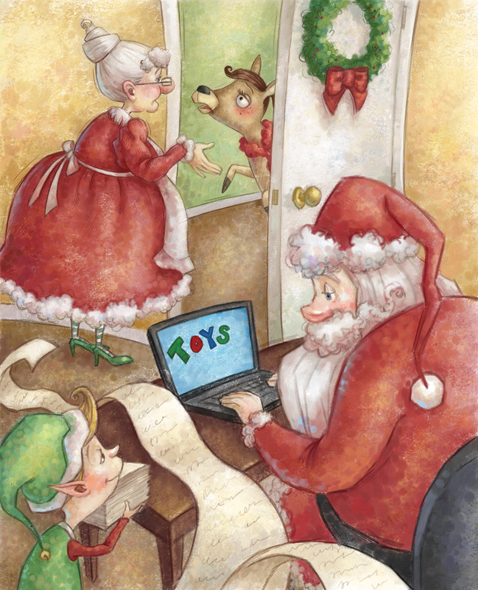
Shawna JC Tenney – http://kathytemean.wordpress.com/2013/04/20/illustrator-saturday-shawna-jc-tenney/
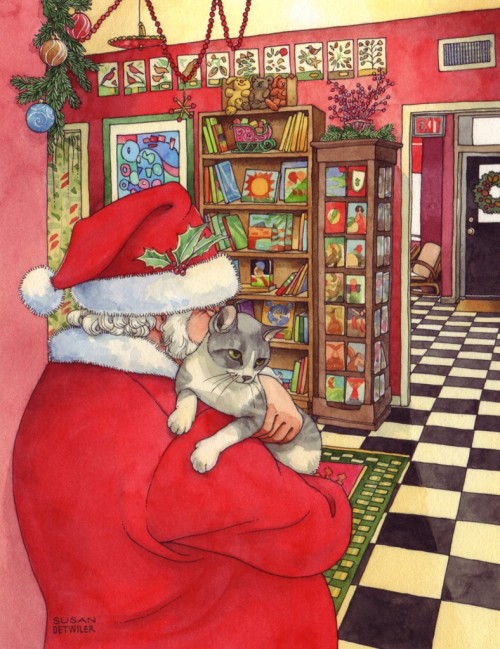
Susan Detwiler – http://kathytemean.wordpress.com/2013/03/09/illustrator-saturday-susan-detwiler/
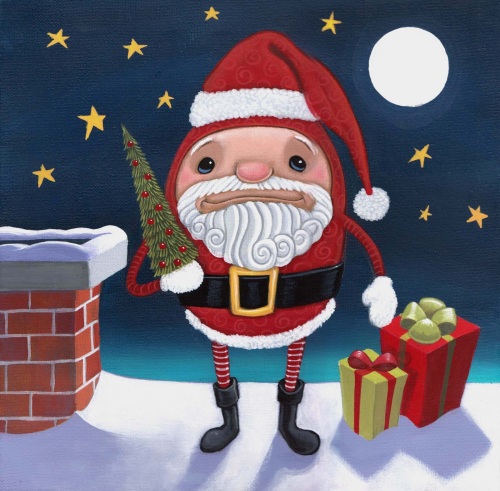
This Santa was done by Robert Eberz. Robert will be featured on Illustrator Saturday in January, so check back for more. www.roberteberz.com
Merry Christmas! Remember that I will be posting Christmas poems on Christmas Day, so if you have a Christmas poem, please email it to me.
Talk tomorrow,
Kathy
Filed under:
authors and illustrators,
Holiday,
Illustrator's Saturday,
inspiration,
Poems Tagged:
Christmas,
Santa Claus,
Santa illustrations from Illustrator Saturday 


By: Kathy Temean,
on 12/15/2014
Blog:
Writing and Illustrating
(
Login to Add to MyJacketFlap)
JacketFlap tags:
Illustrator's Saturday,
Amalia Hoffman,
Michelle Kogan,
Marie Wagner,
inspiration,
Poems,
Holiday,
Chanukah,
illustrating,
authors and illustrators,
Add a tag
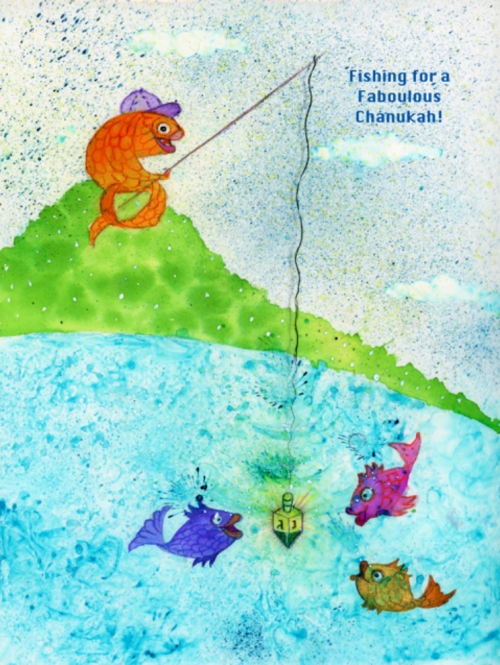
Amalia Hoffman sent this in to help us celebrate Chanukah. Amalia was featured on Illustrator Saturday: http://kathytemean.wordpress.com/2010/09/18/illustrator-saturday-amalia-hoffman/

Michelle Kogan not only sent in the illustration above, but also the poem below to celebrate Hanukkah.
Hustle of Hanukkah
Michelle Kogan © 2014
Hustle of Hanukkah
somehow squeezing it in
In between holidays
falling often mid week
In between school and work
and numerous car trips
In between tradition
and finding your own way
In between Maccabees
the temples destruction
In between stolen oil
a miracle appears
In between night’s darkness
inner warmth radiates
In between lights glowing
throughout cold winter days
In between your mom’s arms
and between dad’s embrace
Making Hanukkah fit
in between for eight days
The poem below was sent in by Marie Wagner. Marie is an Artist, Author, Publisher, and Web designer. http://fineartamerica.com/profiles/marie-wagner.html?tab=artworkgalleries
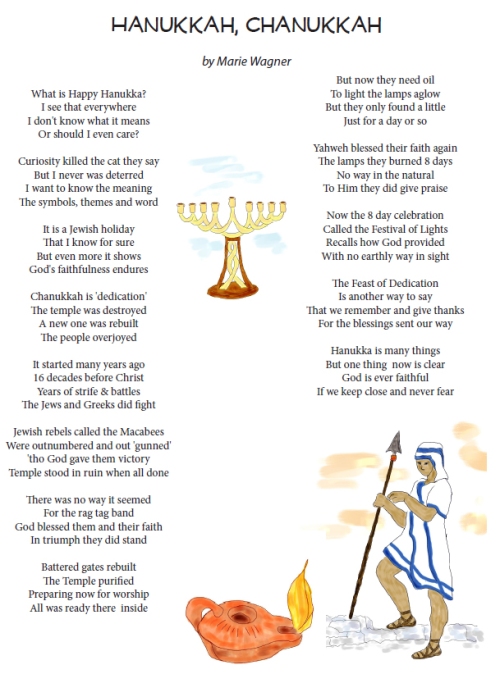
Thank you Amalia, Michelle, and Marie for sharing your work with us.
Hope all my Jewish friends around the world have a wonderful holiday!
Talk tomorrow,
Kathy
Filed under:
authors and illustrators,
Holiday,
illustrating,
Illustrator's Saturday,
inspiration,
Poems Tagged:
Amalia Hoffman,
Chanukah,
Marie Wagner,
Michelle Kogan 


By: Kathy Temean,
on 12/5/2014
Blog:
Writing and Illustrating
(
Login to Add to MyJacketFlap)
JacketFlap tags:
Illoustrator Saturday Favorites,
Which is your favorite?,
inspiration,
submissions,
illustrating,
authors and illustrators,
opportunity,
Illustrator Sites,
Illustrator's Saturday,
Add a tag

By: Kathy Temean,
on 12/5/2014
Blog:
Writing and Illustrating
(
Login to Add to MyJacketFlap)
JacketFlap tags:
Illoustrator Saturday Favorites,
Which is your favorite?,
inspiration,
submissions,
illustrating,
authors and illustrators,
opportunity,
Illustrator Sites,
Illustrator's Saturday,
Add a tag

By: Kathy Temean,
on 11/28/2014
Blog:
Writing and Illustrating
(
Login to Add to MyJacketFlap)
JacketFlap tags:
Advice,
illustrating,
How to,
Gregory Manchess,
Smithsonian,
Illustrator Sites,
Illustrator's Saturday,
Illustrated USPS Stamps,
NYC MURAL,
Time Magazine,
Add a tag
I have been trying to share Gregory Manchess’s art for most of this year. He is a very talented artist, but a very busy artist. He exhibits all over the world, teaches workshops, lectures at universities, plus everyone is trying to bang down his door for a little piece of his genius talent. I gave up on getting the answers to my too many interview questions and showing him off without the interview. But there is a lot of meat to this post with a lot of tips for illustrators, so take a look and don’t miss the link to his two hour “How to” video.

Creating a moment that communicates emotionally with the viewer is the essence of Gregory Manchess’ artwork. A native of Kentucky, he spent two years as a studio illustrator with Hellman Design Associates before striking out on his own in 1979.
He combined his love for fine art and science fiction and began his freelance career painting for OMNI magazine. His versatility and broad range of interests allowed him to crossover to mainstream illustration. There he was able to expand his client work to include covers for Time, Atlantic Monthly, spreads for Playboy, Omni, Newsweek, and Smithsonian, and numerous book covers.
Manchess’ interest in history and his excellent figure work has made his paintings a favorite choice of the National Geographic Society on many occasions, including an expedition down the Fond du Lac river in Canada for the 1996 article David Thomson: The Man Who Measured Canada.
Widely awarded within the industry, Manchess exhibits frequently at the Society of Illustrators in New York. His peers at the Society presented him with their highest honor, the coveted Hamilton King Award in 1999, and a year later, the Stephan Dohanos Award.
Manchess’ work has also been recognized in the children’s book market. His latest children’s book illustrations narrate the story Cheyenne Medicine Hat about wild mustangs. A lavishly illustrated limited edition of Robt. E. Howard CONAN stories with over 60 paintings, is due out in 2010. He has recently finished 10 murals for a traveling exhibition on the Pirate ship, Whydah, for the Nat’l Geographic Society. His painting of the Oregon coast was used for the 2009 Oregon Statehood Stamp by the USPS.
Gregory is included in Walt Reed’s latest edition of “The Illustrator in America, 1860-2000.” He lectures frequently at universities and colleges nationwide and gives workshops in painting at the Norman Rockwell Museum in Stockbridge, MA, and the Illustration Master Class in Amherst, MA.
Here are a few pictures showing Gregory’s process:
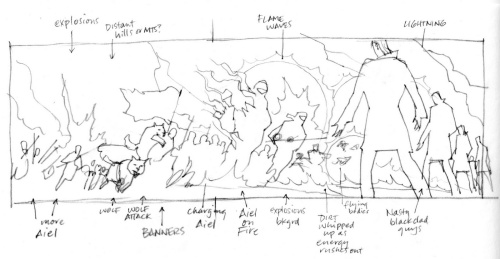
Thumbnail sketch for layout.
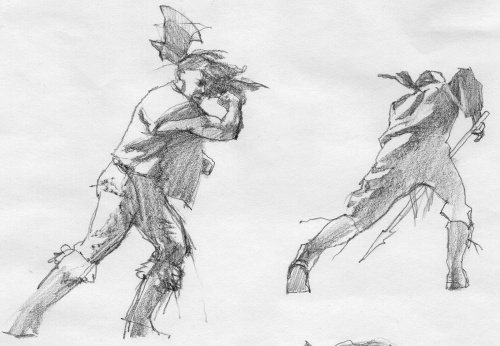
Character sketches
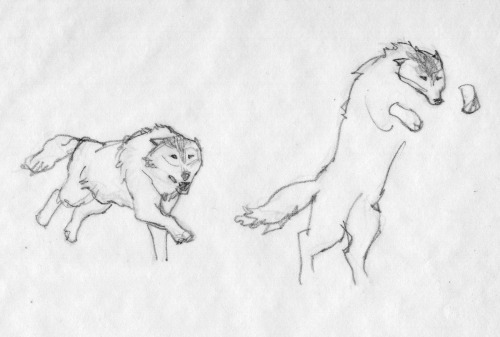
Sketches for the wolves
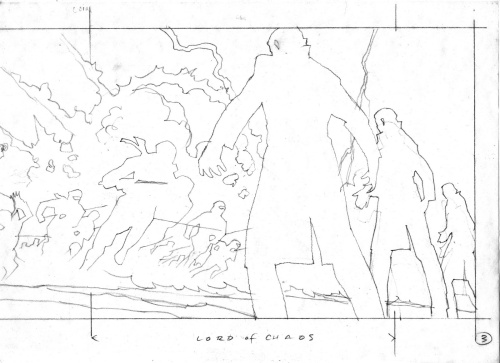
Cleaned up sketch

Sketching in more detail.
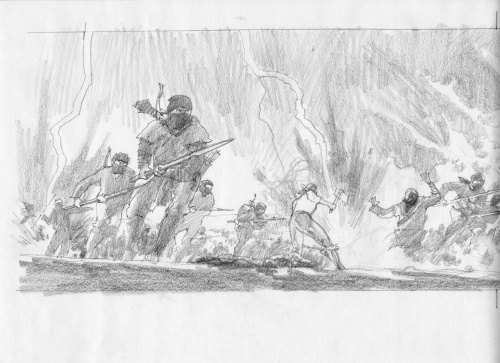
Adding Shadows
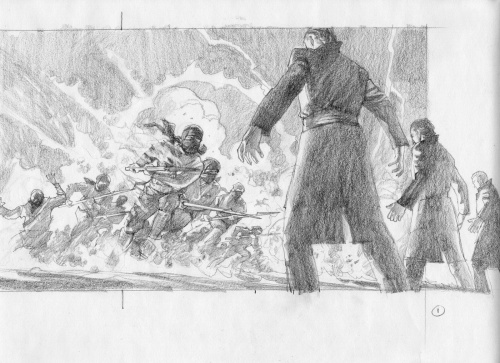
Adding foreground characters
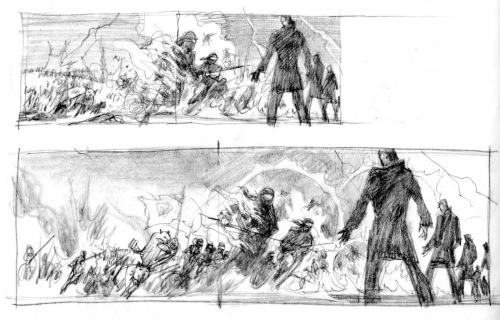
Continuing to develop sketch.
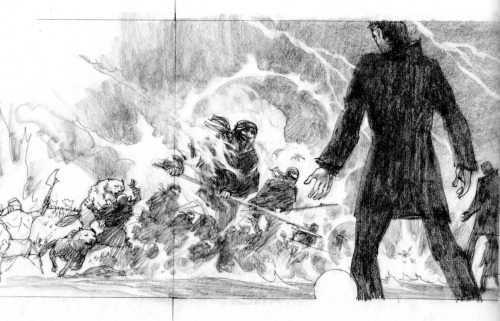
Final Sketch

Final Painting done in oil.
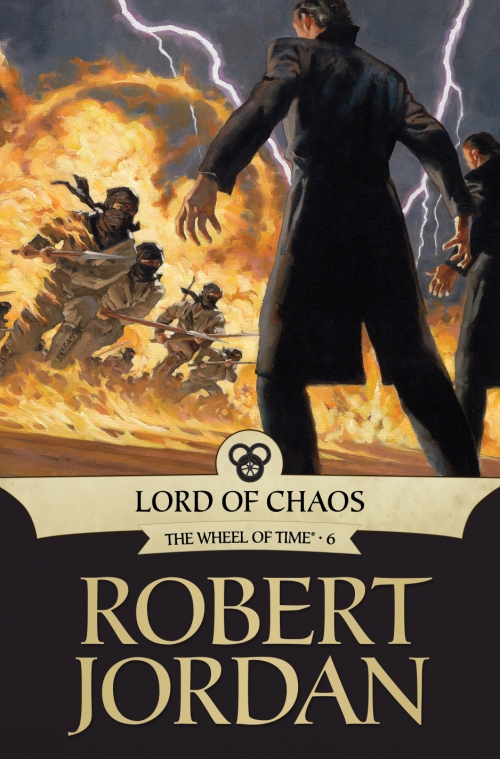
This is the final cover for LORD OF CHAOS published by Tor.
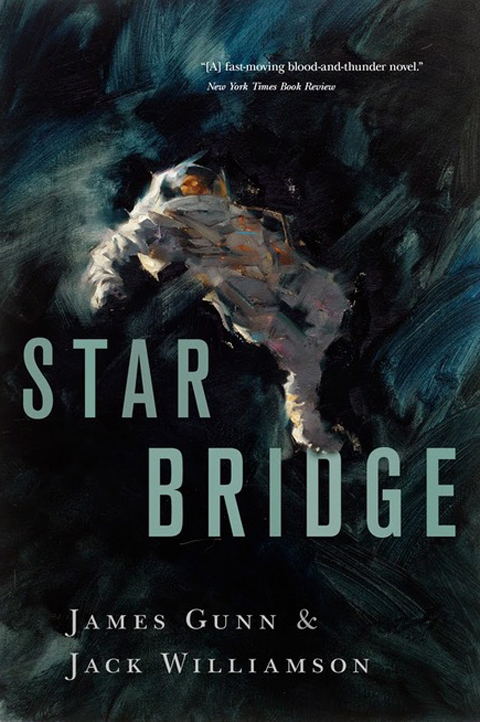
Gregory’s artist rep is Richard Solomon located in NYC. http://www.richardsolomon.com/
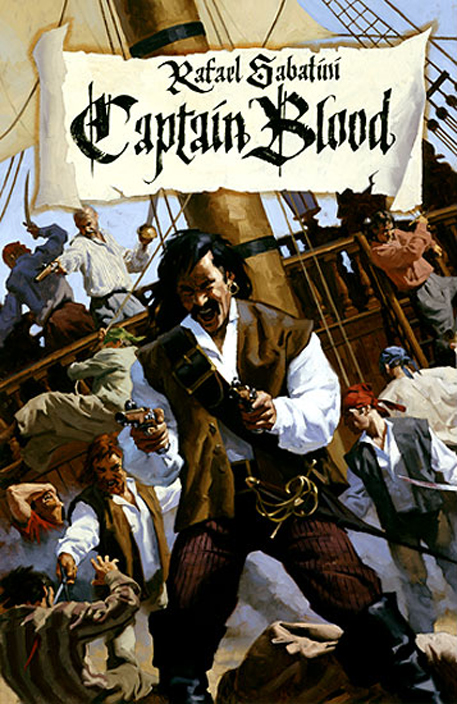
You can view a two hour video of Gregory’s painting process available as a download from http://Conceptart.org
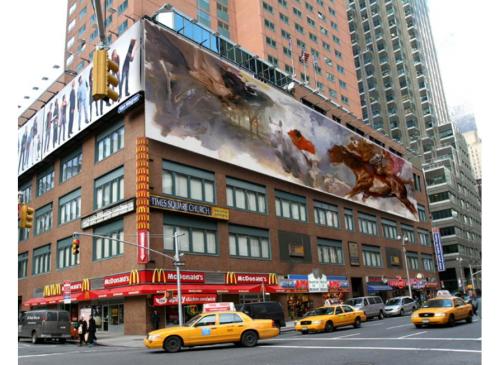
One of Gregory’s many murals. Must have been fun to see it on the top of a NYC building.
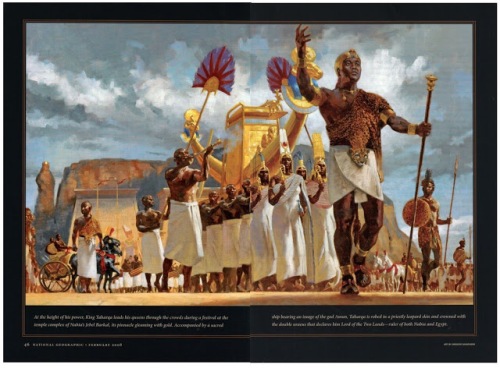
ABOVE and BELOW: Gregory’s illustrations have been in National Geographic Magazine.
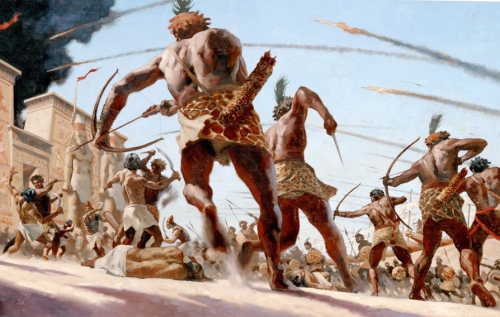

Gregory also was chosen to do a few postal stamps.
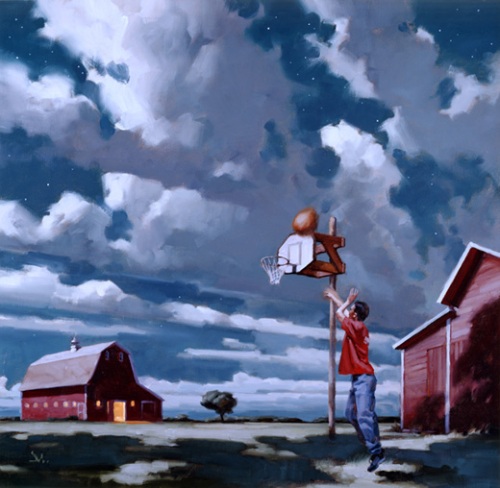
The Society of Illustrators exhibited 50 of Gregory’s illustrations in 2013.

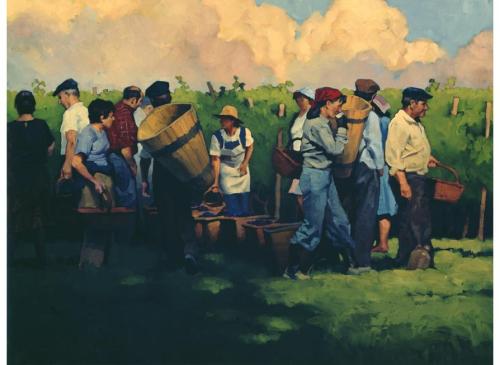

ELEVEN GREGORY TIPS:
Value range.
I start with darks first, to get the deep shadows laid in. Obvious places: nostrils, eyelids and eyebrows, mouth line. Next, I’ll put in broader, but slightly lighter shadow shapes like under the nose, under the eye sockets, under the bottom lip, chin, deep cheek bones, hair. I place the boldest shapes to establish deeper values, then work my way up through the darker values of color to the lighter values placed on top.

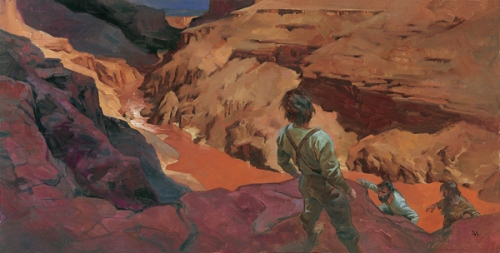
Avoid highlights.
Until the last bits of painting, I avoid the highlights as long as I can. Two reasons. One, I need to work my way up, so putting them in too soon will defeat that effort. Two, I leave something fun for the last. I delay gratification as long as I can. The best part of painting in oils occurs within the last few layers and strokes.
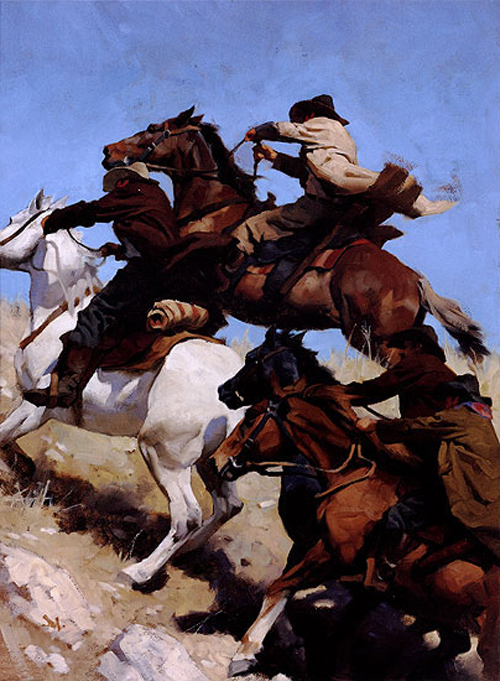
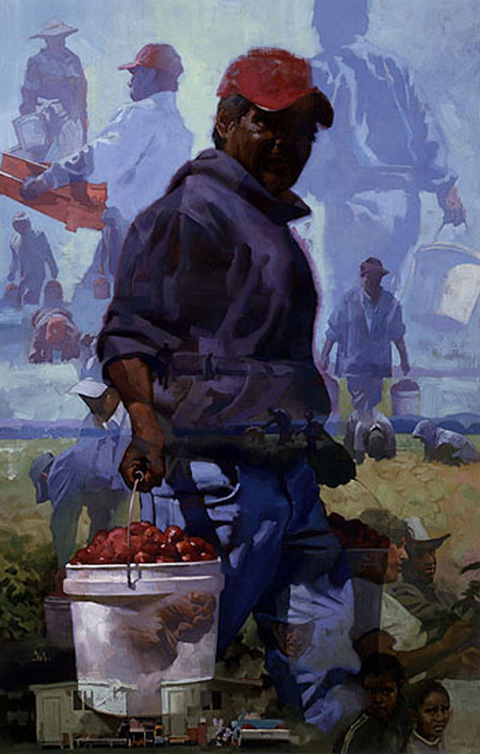
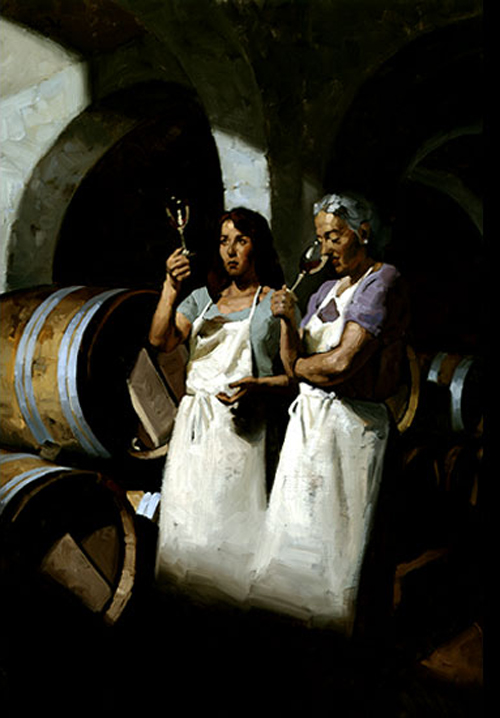
Vary forms.
Hair is a bold shape, not individual hairs. I study folds and constantly vary them. Repeating the same folds will kill a painting as dead as an assassin’s shot through a pillow. I don’t think about the object I’m painting. I separate myself from the subject and only paint the form. I won’t ‘follow’ the form either. I cut my strokes across the surface of the forms. This adds dimension and lets objects feel sculptured.
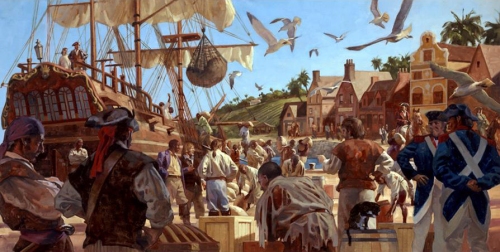
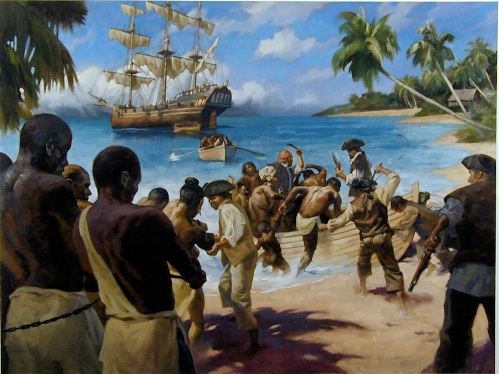
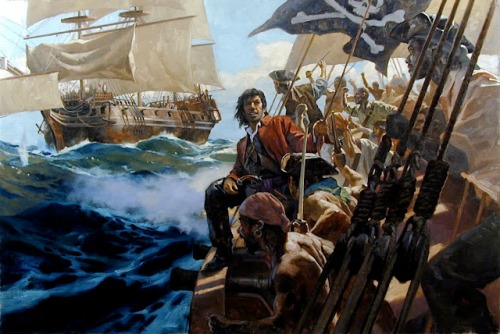
New painters: Avoid primary colors.
Ultramarine Blue. It’s deadly. It’ll make mud faster than 35 school kids running for the bus. And no, Cadmium Yellow Light is not a miracle color. Get over it. Using it straight from the tube does not show how brilliant one is at mixing paint. Same is true for Ultramarine. New painters seem to think they are phenomenal because they used Ultramarine Blue straight from the dang tube. They step back and declare, ‘look at me, The Genius. I have explained the essence of pure painting by opening a paint tube and using yellow next to blue. Admire me.’
Using primary colors as a statement of painting brilliance screams ‘AMATEUR.’
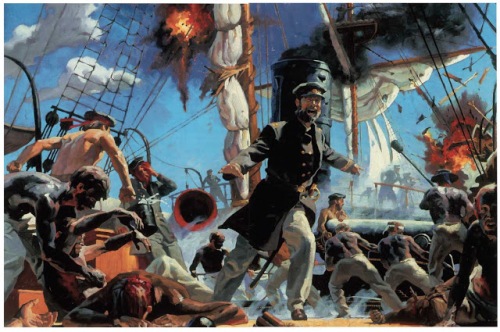
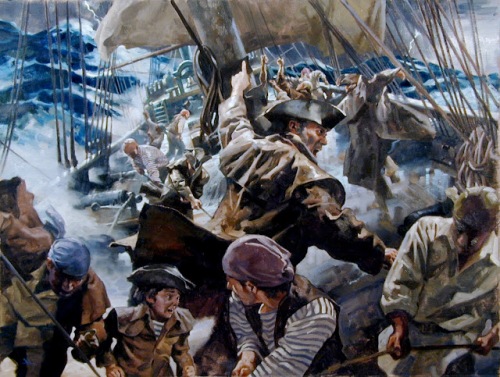
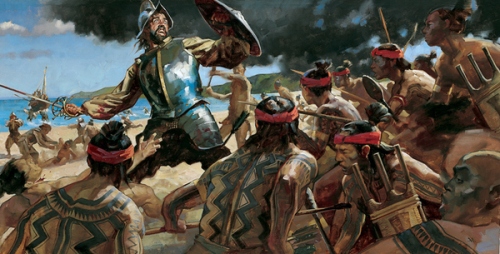
Amount of pigment.
I trained to know just how much pigment is on the end of my brush. No matter how large or small, my awareness of the amount is paramount to good layers, good coverage, good overall effect in any painting.
I studied calligraphy. It taught me how to make letterforms with a brush or pen. Knowing the amount of ink held on an instrument for calligraphy is critical to achieve a skilled work.
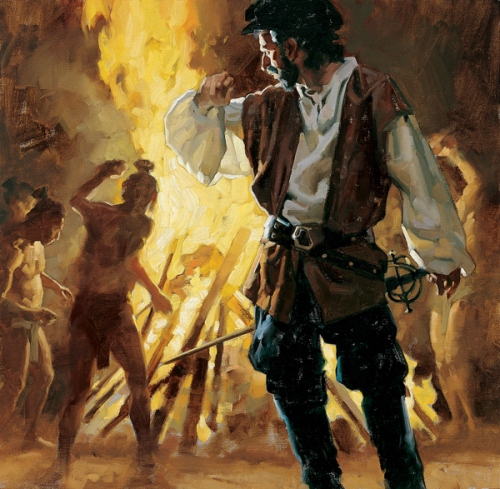
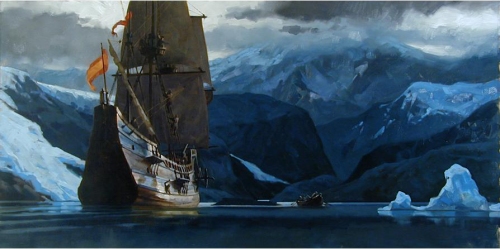

Brush angle.
Calligraphy also taught me how to angle a pen or brush. Making letterforms is a key factor in learning to paint. I know many great painters who also started by copying letter shapes, making signs, copying comics (bang! zoom! pow!). They learned to handle the brush and at what angle AT ALL TIMES.
The angle of the brush helps lay down the right amount of pigment, at the right angle, in the right direction, with the right pressure to achieve a free and confident stroke.
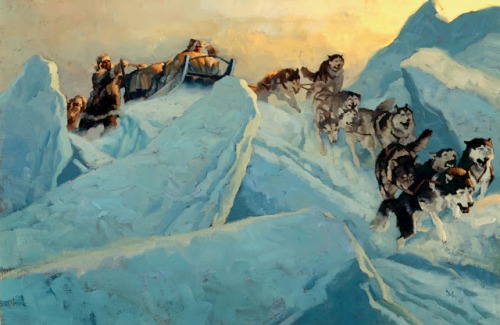
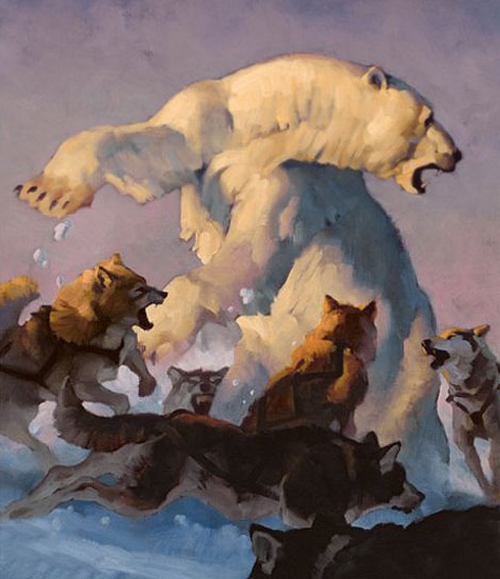
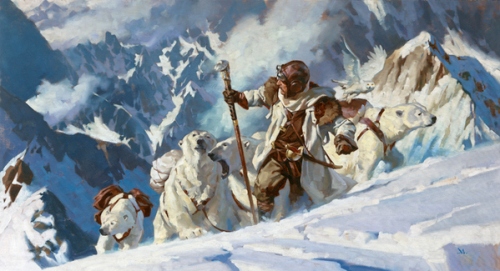
Brush angle.
Calligraphy also taught me how to angle a pen or brush. Making letterforms is a key factor in learning to paint. I know many great painters who also started by copying letter shapes, making signs, copying comics (bang! zoom! pow!). They learned to handle the brush and at what angle AT ALL TIMES.
The angle of the brush helps lay down the right amount of pigment, at the right angle, in the right direction, with the right pressure to achieve a free and confident stroke.
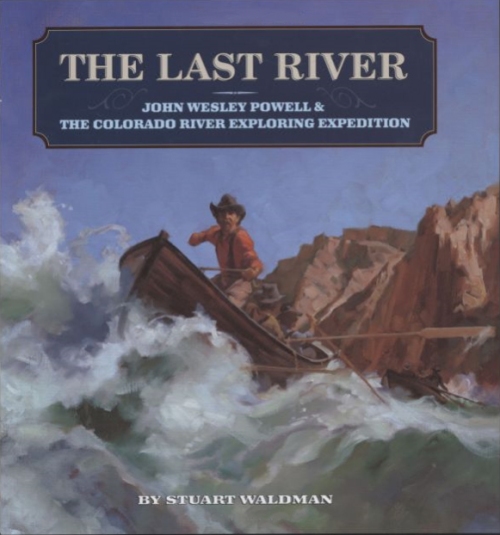

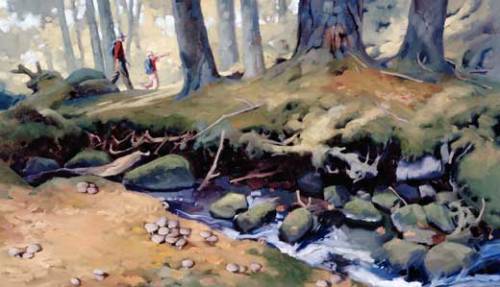
Brush size.
I start with the largest brush for as long as I can and work my way down to the smaller brushes. Many times, as I near the end of a painting, or even slightly before, I switch back and forth. It’s a good, general idea to keep things from getting too focused too early.
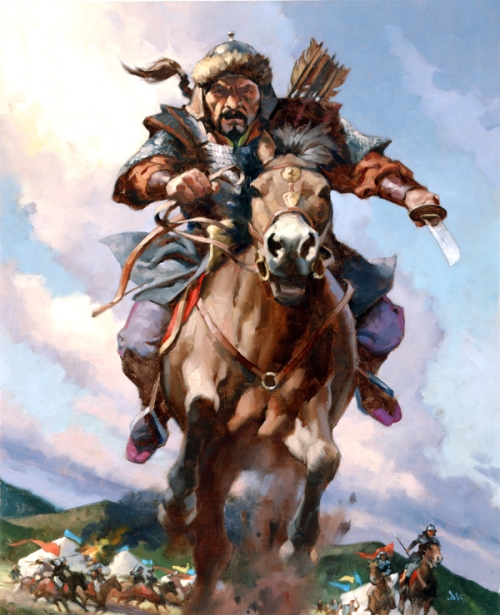
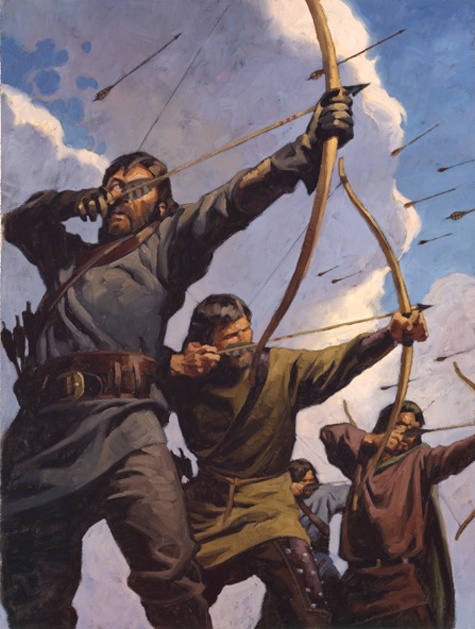
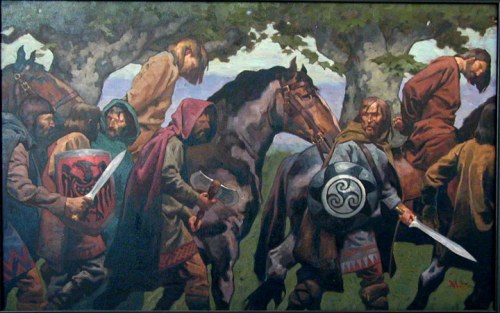
Stroke speed.
Painting fast and loose comes the same way as anything else: with time. I painted very slowly in the beginning, placing my strokes deliberately, to look as if they were painted fast. Once down, it’s usually hard to tell the speed the stroke was laid. Over the years, I built up speed through confidence. It’s just plain ol’ experience. And LOADS of training.
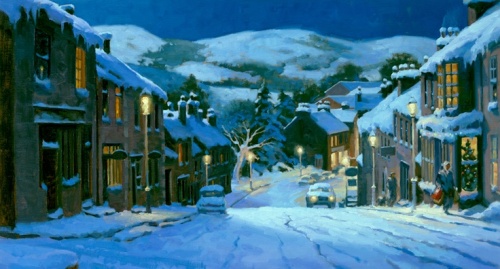
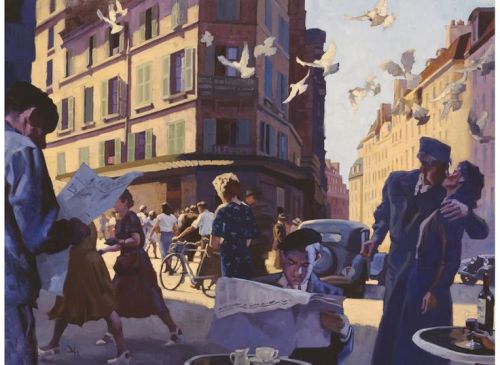
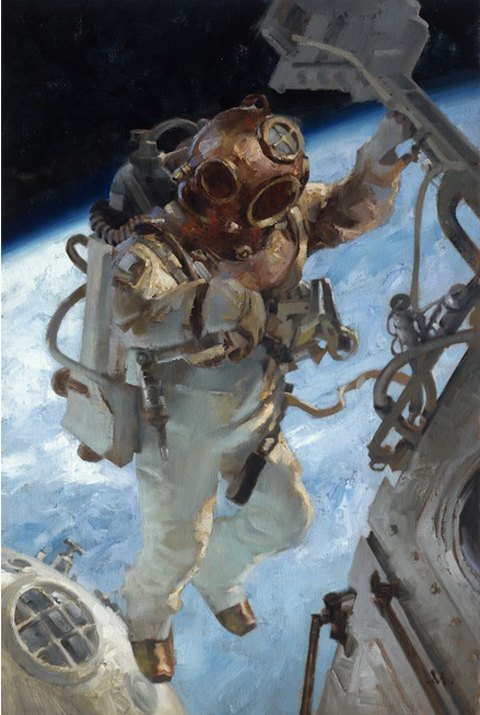
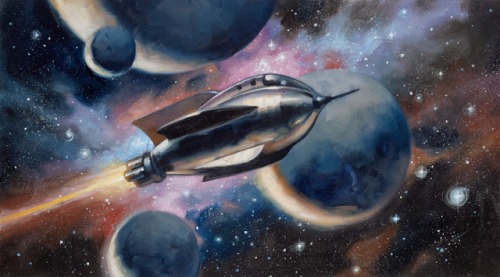
Patient strokes.
I don’t judge my strokes too quickly. I lay it down, and press on. I come back to that area after a bit to judge whether it was the correct feeling, size, color, etc. I don’t lay one down, hate it, and take it off. Or worse, try to keep changing it.
At this point in my career, I lay strokes down that don’t make sense, but I let them sit. I find that they are just fine once I come back to judge them in context, against other strokes that are adding to the whole piece. Judging too early destroys spontaneity.

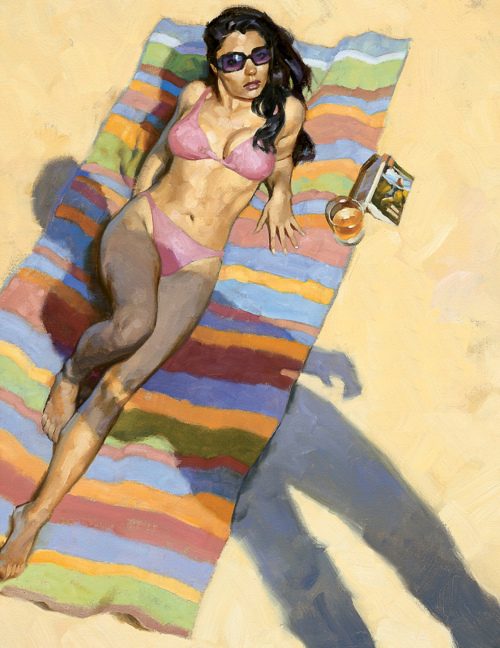
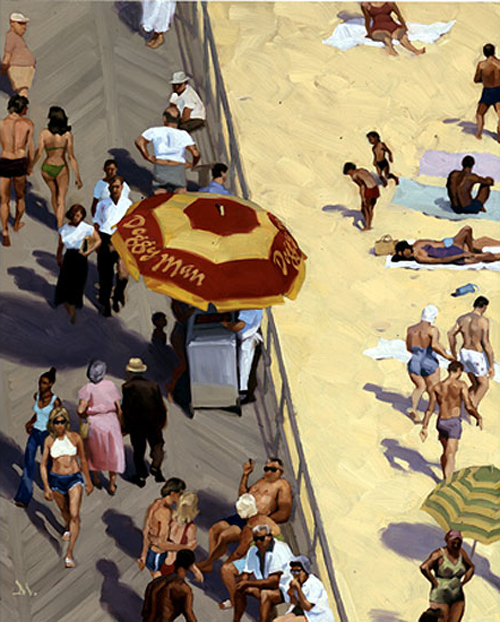
Scale.
I decide how I want the paint to feel once a piece is finished. I scale the brush size to fit the scale of the painting. If it’s a small painting in a magazine, I have to decide how clearly the strokes will be seen and what feeling they project to a reader.
If it’s a large painting and I want it to feel loose, I have to decide on the size that feels best. Paint it too large with small brushes, and when it comes down in reproduction, it can look too detailed. Too small with large brushes, and the piece can look too loose, too unfocused.
New painters can make the mistake of painting too small with too large of a brush and vice versa.
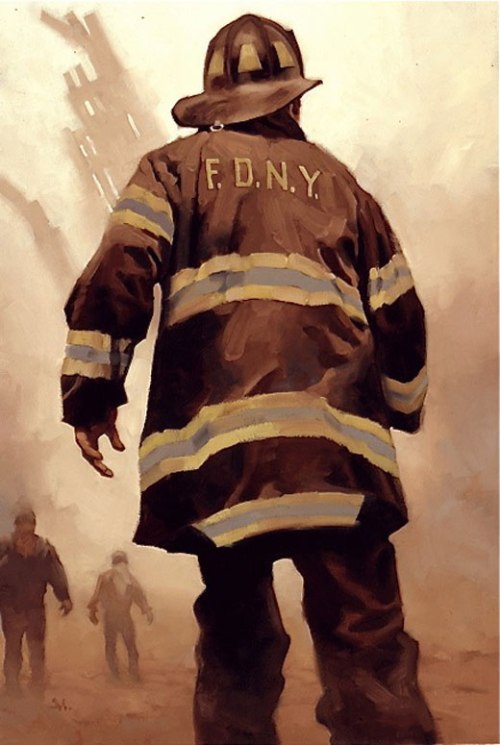
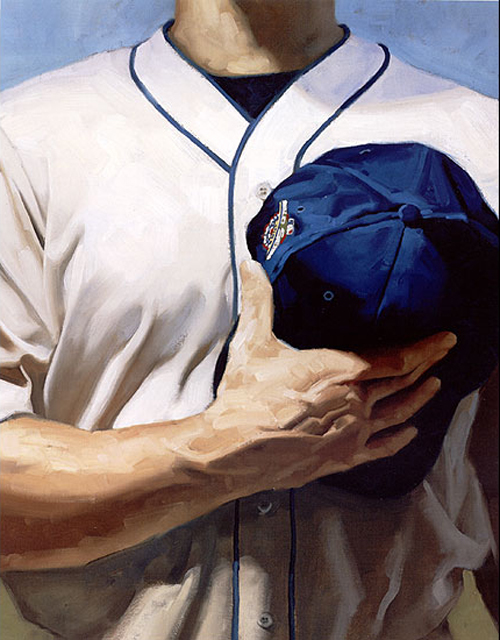
Below is Gregory explaining his thought processes for Jake and the Other Girl.
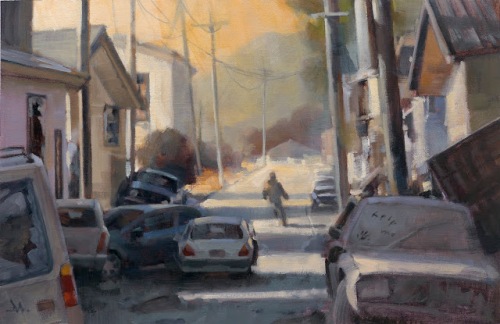
There’s another way to make successful thumbnails that can lead to a final sketch.
Get right to the research first. Instead of exploring small thumbnails on the page, searching for the right image design, there are times where I know that the assignment demands a clearer knowledge of the setting before an idea takes hold.
I read this short story for Tor.com, a follow-up for a previous story, “Dress Your Marines in White,” by Emmy Laybourne. I toyed with a short-lived idea that might connect with my illustration for the first story, based on a set of men’s arms.
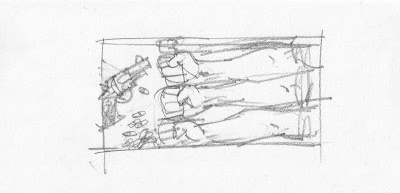
But I had a clearer idea that I needed to know & show the environment for the piece. The mood needed to be established instantly. The story is post-apocalyptic. I quickly rejected that early approach after researching, at length, war-torn cities, destroyed cities, hurricane, tornado, and earthquake damaged city streets. There is only a brief scene where the main character is outdoors, but it gives the tale a sense of place and I wanted the reader to feel that.
I gathered abandoned cars, some parked, some wrecked, some neglected. I used the status of the cars to reflect the status of the story. I researched shots of broken buildings, street scenes, and abandoned towns. I put all of these images up on my computer and freehanded a large scale thumbnail as the main sketch.
With that much information, I only needed to hit it one time. Most times, you have to create your own luck.
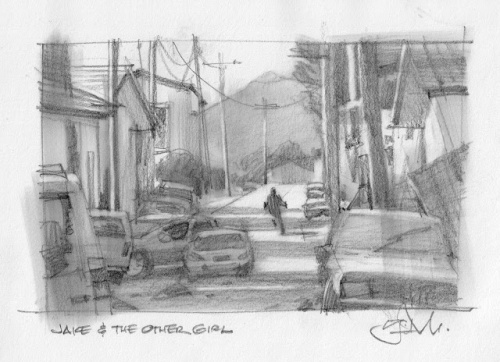
But the challenge after getting the idea was to pull it off. It must read fast and it must feel factual. Rendering cars is not so fun, but discovering and simplifying their shapes to read quickly was very gratifying. But I had to show more than just shiny cars parked. I wanted some to feel like they had just been abandoned, while others had been there for some time.Again, getting the value correct meant the difference here. Capturing that feeling meant I had to forget what it felt like, and pay more attention to exactly what it looked like. By doing that, I managed to capture the feeling of a dust covered car.
Not so intuitive. I had to study and mix the difference in value range to get shiny vs dusty. I wasn’t surprised to find out how much I learned from this painting about simplifying detail.
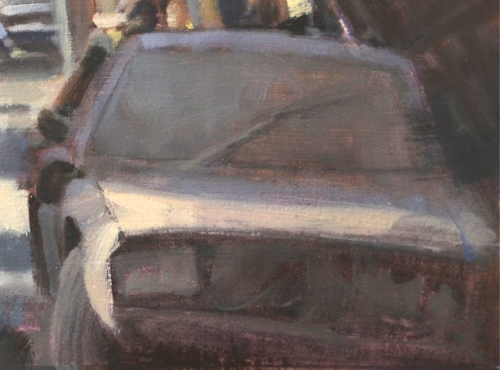
As painters, we must sometimes compartmentalize our feelings to actually capture those same feelings in the image. We start with the impression of feeling, reverse-engineer it methodically through observation and application that then re-communicates the feeling we were after originally. Using contrast was another way of projecting that feeling. I decided to have someone leave a cryptic message on the windshield, like a “wash me” note. The difference between the soft values of the dusty windshield and the crisp, hand drawn letters brought this across. To get that affect, I had to pay attention to exactly what value would be revealed if someone had haphazardly wiped away some dirt.
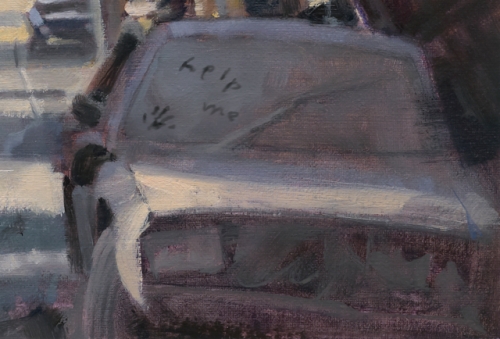
I could’ve added that passage after the oil was dry, but instead, I painted it digitally. This allowed me to give the art director, Irene Gallo, the choice to keep it or not.
This is yet another way in which digital is informing my analog painting development.
Click this link to read Gregory’s Ten Things About Painting in Oils: http://muddycolors.blogspot.com/2013/03/10-things-about-painting-in-oils.html
You can find Gregory Manchess on his website http://www.manchess.com and his facebook page: https://www.facebook.com/pages/Gregory-Manchess-Art/180916225410035
I would love to hear what you think about Gregory’s illustrations. Maybe you have taken a class with him or got to see his illustrations when he exhibited in NYC or for that matter in one of the many places he has exhibited around the world.
Talk tomorrow,
Kathy
Filed under:
Advice,
How to,
illustrating,
Illustrator Sites,
Illustrator's Saturday Tagged:
Gregory Manchess,
Illustrated USPS Stamps,
NYC MURAL,
Smithsonian,
Time Magazine 

N
N
 N
N N
N

N

N

N
 N
N
 N
N
 N
N
 N
N
 N
N
 N
N
 N
N
 N
N
 N
N

N
N
 N
N N
N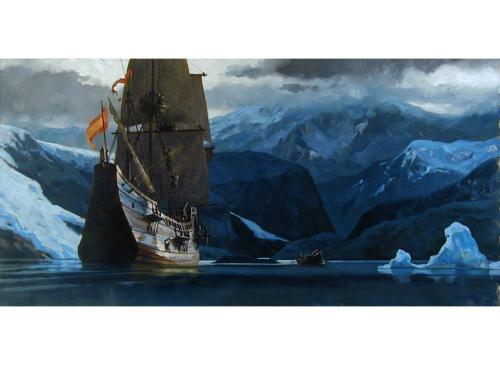 N
N
N

N
N

N
 N
N

N N
N

N N
N

N

N

N N
N
 N
N
 N
N
 N
N
 NNNNNNNNNNNNNNNNNNNNNNNNNNNNNNNNNNNNNNN
NNNNNNNNNNNNNNNNNNNNNNNNNNNNNNNNNNNNNNN
Filed under:
illustrating,
Illustrator Sites,
Illustrator's Saturday Tagged:
Gregory Manchess 


By: Kathy Temean,
on 11/21/2014
Blog:
Writing and Illustrating
(
Login to Add to MyJacketFlap)
JacketFlap tags:
Interview,
picture books,
inspiration,
Advice,
Process,
illustrating,
authors and illustrators,
John Lithgow,
How to,
Leeza Hernandez,
Illustrator's Saturday,
Never Play Music Right Next to the Zoo,
Add a tag
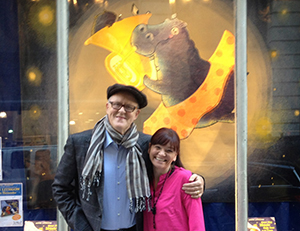
Leeza Hernandez is an award-winning illustrator and children’s book author, hails from the south of England, but has been living in New Jersey since 1999. In 2004 she switched from newspaper and magazine design to children’s books, and hasn’t looked back. With a few books now under her belt, she’s currently working on three new projects: a follow up to Dog Gone! called Cat Napped; a sequel to Eat Your Math Homework called Eat Your Science Homework, other released this year. In 2013 she illustrated a picture book written by acclaimed actor and author John Lithgow. Follow Leeza on Twitter @leezaworks. She also took over my place as the Regional Advisor for the New Jersey SCBWI chapter and is doing a great job.
Below is Leeza at six years old with her cat Minnie Weasle!

Here is Leeza explaining her process:
The cover of Never Play Music Right Next to the Zoo took a fair amount of working out—between not giving too much away and showing to little that it looked too vague. The images show a handful of the different covers that were sketched up, then the progression of the final color cover.

These are the thumbnail sketches for the book layout.
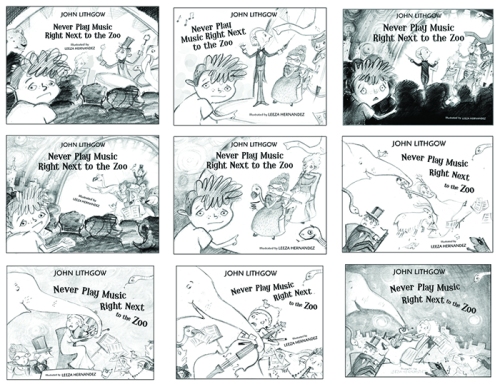
Because there were so many animals in Never Play Music Right Next to the Zoo, I kept all my research pictures organized in a jumbo ring binder.

But, no matter how hard I looked, I just couldn’t find an image of a yak playing a sax so had to use some creative license!

Below you can see the process of the cover art.

Below is an up close look at the final cover.
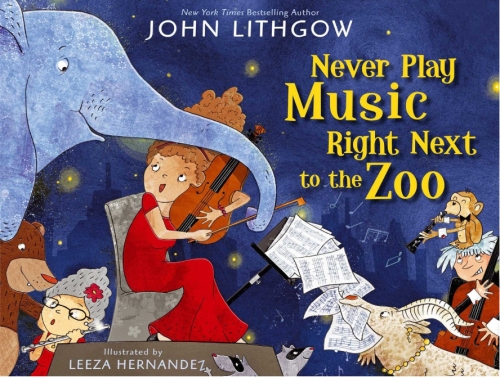
What caused you to move from the UK to the US?
Work. I took an art director position at a newspaper in the late 90s which was the field I worked in back then.
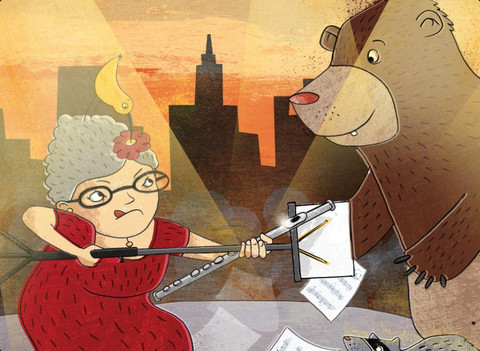
When did you decide you wanted to illustrate for children?
It wasn’t a conscious decision really, but in the early 2000s I discovered Illustration Friday (www.illustrationfriday.com)—a great source of inspiration but also a way to help you create illustrations for yourself based upon a weekly word prompt. Browsing through the site, one link led to another and I eventually landed at SCBWI (www.scbwi.org) and that was that!

This image was created for the Illustration Friday prompt “Wisdom” and received an American Illustration selection back in the early 2000s. I added it to my portfolio among a handful of painted images and it was what art directors responded to the most. I was encouraged to create more!
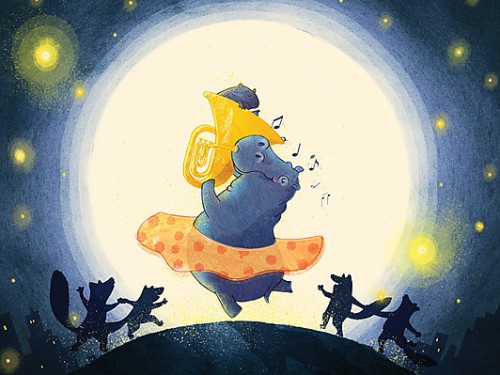
What was the first picture book that you illustrated? And how did that contract come your way?
Eat Your Math Homework was the first trade picture book I was hired to illustrate, which came about after attending a Rutgers One-on-One Plus conference (ruccl.org). I met an editor at the luncheon who took my promo postcard away with her and about six months later the designer reached out to my agent asking if I was available-yay!
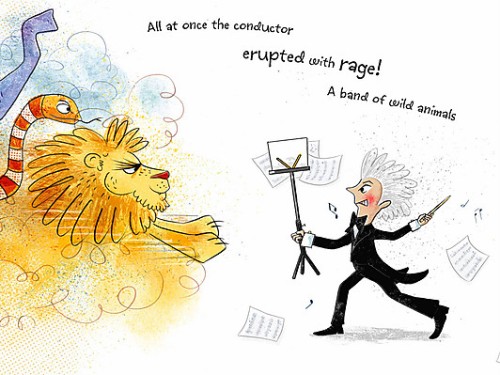
How did you connect with John Lithgow to illustrate his book, Never Play Music Right Next to the Zoo ?
I was asked to do some samples (along with some other illustrators) for a book written by a ‘high-profile’ author but I didn’t know who it was until I found out I was picked for the project. It was all very mysterious and exciting!

Have you met John Lithgow?
Yes, he’s lovely. We launched the book together in New York, it was so much fun. He sang his songs. I spared the audience and did not sing!
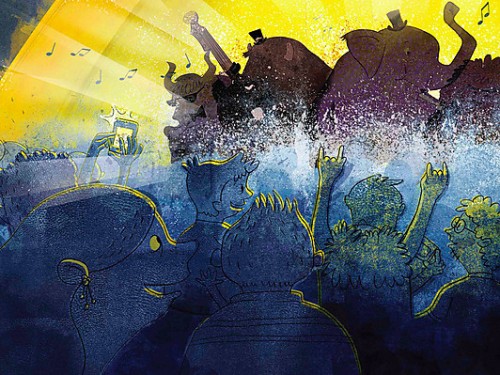
How long did you have to illustrate Never Play Music Right Next to the Zoo?
This was one of the quickest turnaround books I have worked on and it was 40 pages. From initial sketches, through revisions and to final art was a little less than eight months total.
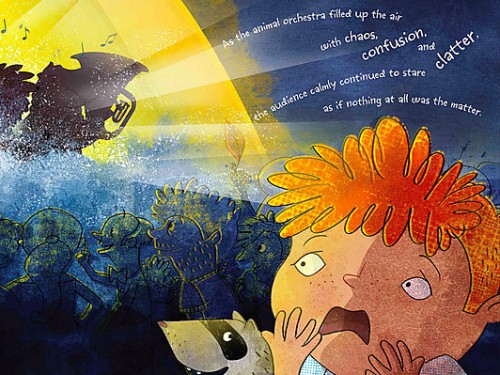
I see you illustrated a second book with Ann McCallum this year, titled Eat Your Science Homework. Did you sign a two-book deal when you illustrated Eat Your Math Homework in 2011?
No two-book deal. It was simply an organic progression. Ann had an idea and submitted her proposal for the science book and a few months after they acquired the manuscript, Charlesbridge asked if I’d
illustrate it.
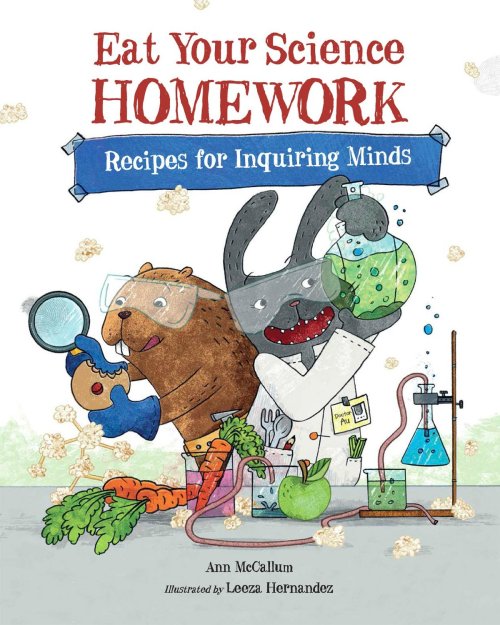
Will there be a third book with Ann?
Yes! Eat Your U.S. History Homework is due to release in late 2015.
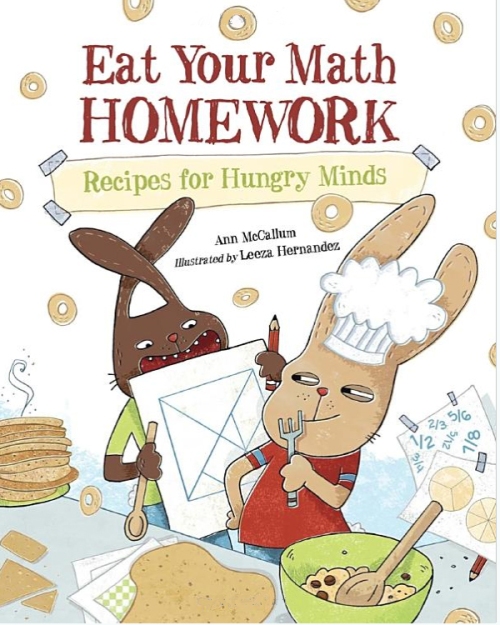
I am assuming that Cat Napped! published by G. P. Putnam’s Sons came about due to the previous book you wrote and illustrated titled, Dog Gone! Can you tell us the story behind these two books?
Back in 2009 I won the Tomie de Paola portfolio award at the New York SCBWI conference—which was amazing. As a result, I was invited in to the Penguin offices to meet with an editor, publisher and art director and they looked at my work as well as a sample and manuscript for Dog Gone! and they took it. I was beyond thrilled and so, so grateful for the opportunity.
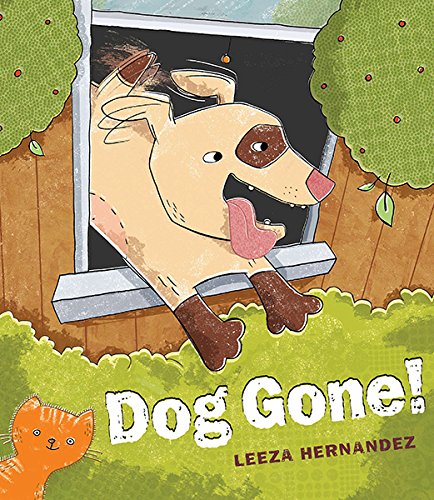
During the time I worked on Dog Gone! I had this idea that I wanted to create a cat book in the same vein and I already had the title Cat Napped! noodling around in my head, but it took a while to flesh out the story. I remember having submitted the story along with a couple of other ideas to the editor and right after Dog Gone! released they took it.

Have any of the books you worked on won any awards?
Eat Your Science Homework was awarded a 2014 Junior Library Guild selection—awesomesauce!
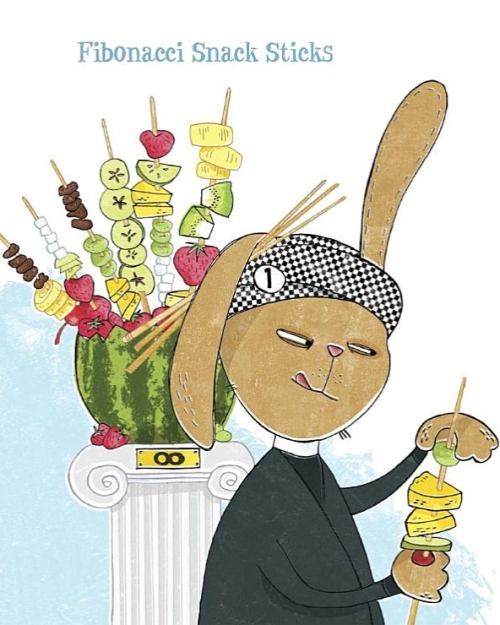
Do you have plans to write and illustrate another book?
Hahaha, yes of course! I hope I never stop.

What do you consider your first big success?
Wow, that’s a tough question. I’m not sure I can measure one big success that easily. Having a book published is amazing, but I also consider the ever-evolving process as a series of successful stepping-
stones and I do a little happy dance each time I move to the next one—because they all teach me something about myself and/or my work. Creative folks are such sensitive creatures and it can be
intimidating to put our work out there in front of people, so each time we are brave and face our fears head on, that’s a success. Actually, when I attended a SCBWI conference for the first time, I was so overwhelmed I almost didn’t go back the next day—so I’d say not giving up right off the bat was my first big success!
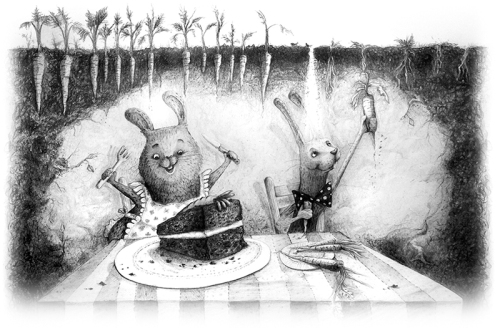
For pencil work, I use 2H, HB, 2B and 5 or 6B pencils on Arches hotpress 140lb paper.
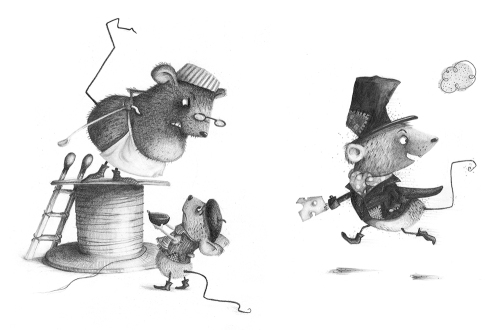 What is on the drawing board now?
What is on the drawing board now?
My schedule has been a little nuts lately so I am taking a rest-of-the-year break and finally getting around to updating my website, which has been somewhat neglected.
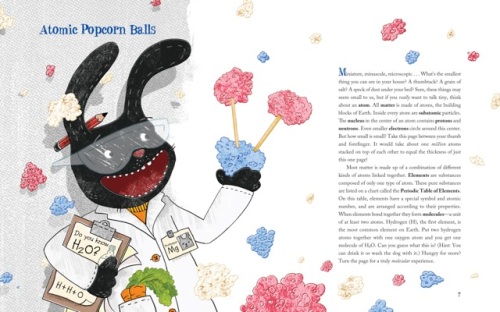
Do you ever use Corel Painter or Photoshop when illustrating?
I ‘collage’ in Photoshop. I take all the pieces that I create by hand, scan them in, then slice ‘n’ dice them into a final illustration. I think of Photoshop as my digital scissors and glue, but I don’t actually illustrate with Photoshop if that makes sense, like, I’m not drawing or painting digitally using brushes and filters.
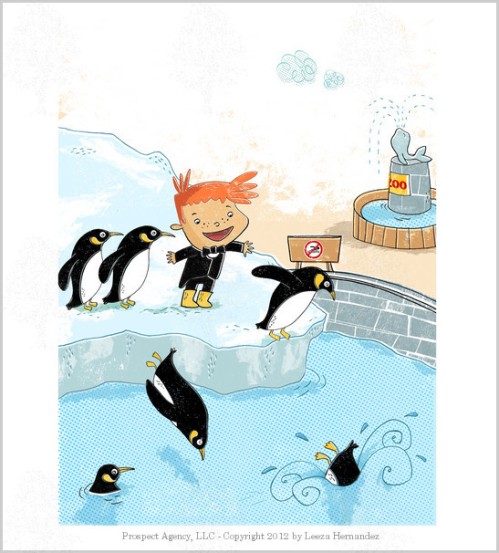
Do you own a graphic tablet?
No. If you mean a Cintiq or Wacom, that is. I’ve seen them in action though, wow!
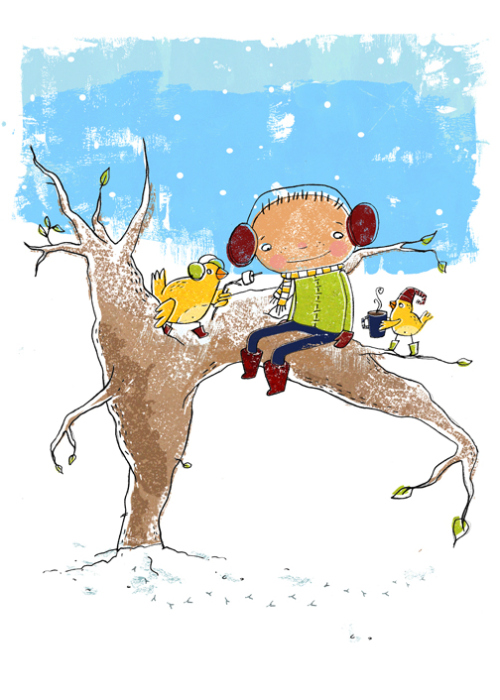
Is there one thing that you did or happened that you feel really pushed your career to the next level?
I joined SCBWI. So far, this has been an amazing journey of education, connections, opportunities, projects and rewards, but it all started with this incredible organization that continues to play a role—LOVE SCBWI!

Do you take pictures or other research before you start a project?
Before and during—yes. Having reference material gives me a much better understanding of what I am drawing than simply imagining. I like to begin by drawing realistically before I think about characterizing for a book because it gives me an accurate sense of anatomy, behavior, body language, etc., even though they’re very loose drawings. There were a number of animals in Never Play Music Right Next to the Zoo that I hadn’t drawn before, so I filled a ring binder with reference just for that project.

The original pick-up truck for Cat Napped! was a struggle, but after sharing with my editor, we realized it was too square and modern, so I went back and researched vintage trucks from the 40s and 50s. The end result was a bit of a hybrid but its softer, curvier edges suited the tone of the book far better than the angular truck I had originally drawn.
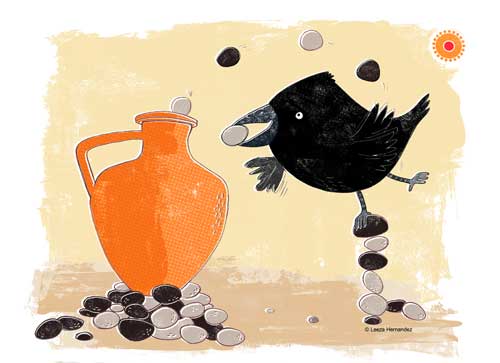
The internet is a powerful tool—National Geographic (nationalgeographic.com), Nat Geo Kids (kids.nationalgeographic.com), NASA (nasa.gov), and Pinterest (pinterest.com) are some of my favorites but discipline is key. The amount of research I do depends upon the project but I have to be careful with the amount of time I spend researching versus creating the art.
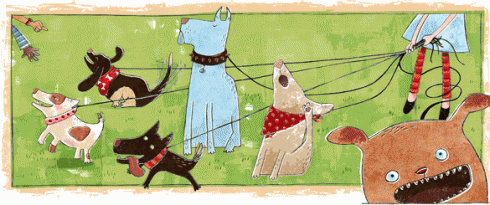
I use a timer to stay on top of it. And even if I am not researching for a particular project, I carry a sketchbook with me and either have my phone or camera for taking any pictures. Inspiration strikes when I least expect it so I like to be as prepared as possible.
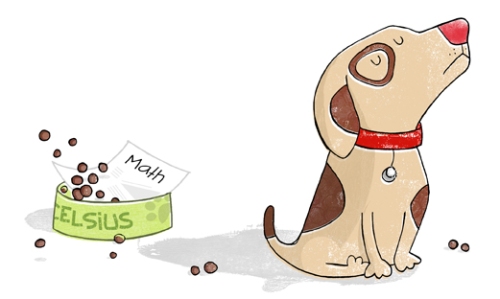
Have you found most art directors and editors give you a lot of freedom when illustrating a book? Do they want to be involved all the way through the process?
Once, I was given very specific art notes for an educational book but the turnaround time was tight, so the notes were helpful for me to jump right in. I’ve received minimal notes for nonfiction projects if there was a point that needed to be demonstrated visually for some specific text. For example: the Homework books sometimes have charts.
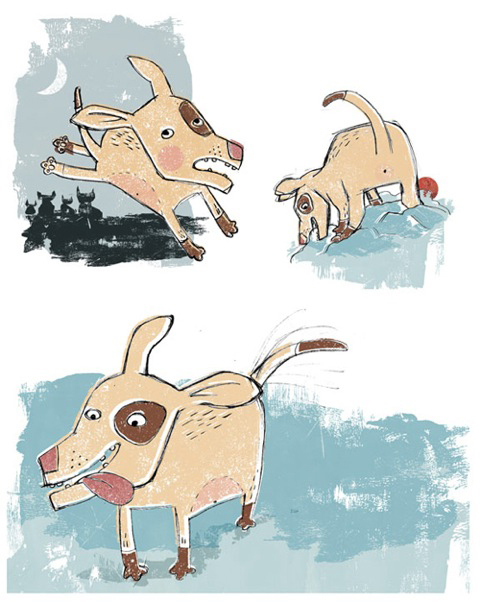
For the fictional projects, I’m pretty much left to it for the first round of sketches, then the art director and/or editor and I discuss together. Sometimes, I’ll offer up additional sketch options for a handful of spreads if I have lots of ideas and can’t decide which direction to go. There can be a lot of back and forth on the cover, though.
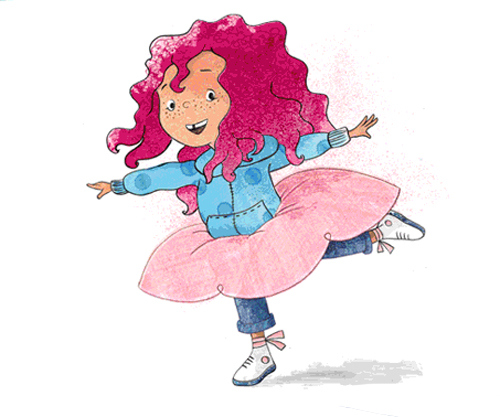
What is the one thing in your studio that you could not live without?
My art materials—pencils, brushes, paper, inks, sketchbooks—I’d be kinda lost without them!
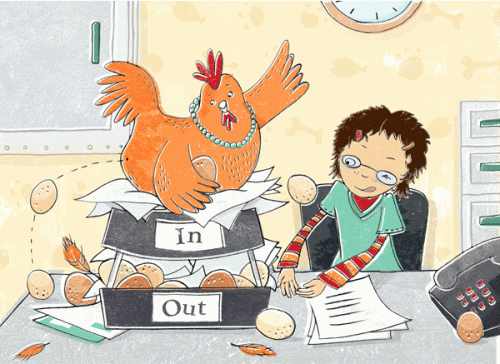
Do you try to spend a specific amount of time working on your craft?
Yes, even if it’s only for ten minutes, that’s my rule.
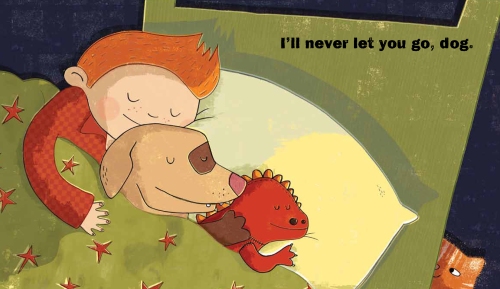
Do you have any career dreams that you want to fulfill?
To travel, keep making art, and continue creating books for young readers—that would be lovely!
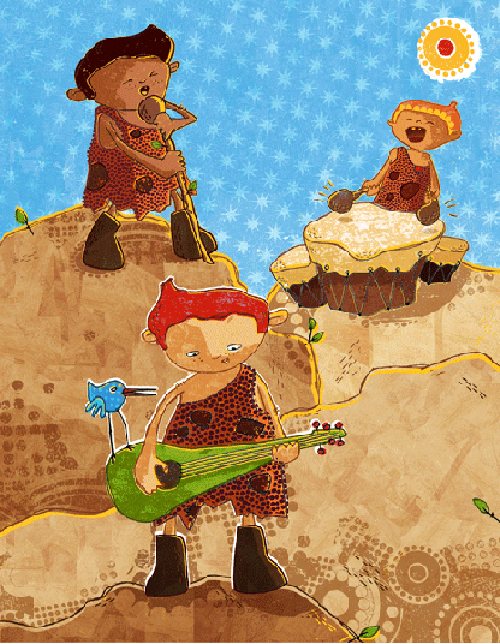
Thank you Leeza haring your journey and process with us. Can’t wait to see your career go forward. You can visit Leeza at her website: http://www.leezaworks.com to see more of her work.
If you have a moment I am sure Leeza would love to read your comments. I enjoy them too. Thanks!
Talk tomorrow,
Kathy
Filed under:
Advice,
authors and illustrators,
How to,
illustrating,
Illustrator's Saturday,
inspiration,
Interview,
picture books,
Process Tagged:
John Lithgow,
Leeza Hernandez,
Never Play Music Right Next to the Zoo 


By: Kathy Temean,
on 11/14/2014
Blog:
Writing and Illustrating
(
Login to Add to MyJacketFlap)
JacketFlap tags:
Interview,
picture books,
inspiration,
Process,
illustrating,
authors and illustrators,
Illustrator's Saturday,
Maja Sereda,
Illustrator Journey,
University of Pretoria,
Add a tag
 Maja Sereda has illustrated number of picture books published in English, Afrikaans and other African languages. She has received 3 ATKV awards for best illustration (category ages 3–6) in 2008, 2009, 2011. And her book A kite’s flight written by W. Gumede won the Crystal Kite member’s choice award for the Africa region, 2011. Her latest book La Grande Fleur, written by Yves Pinguilly, was published in France (2013).
Maja Sereda has illustrated number of picture books published in English, Afrikaans and other African languages. She has received 3 ATKV awards for best illustration (category ages 3–6) in 2008, 2009, 2011. And her book A kite’s flight written by W. Gumede won the Crystal Kite member’s choice award for the Africa region, 2011. Her latest book La Grande Fleur, written by Yves Pinguilly, was published in France (2013).
Maja tackles each project with great passion and enthusiasm, which she best communicates through her fun and quirky illustrations. Maja works in soft pastels as well as digital media. She loves drawing all creatures great and small, including little children!
Here is Maja explaining her process:

I create a sketch for my illustration using a colour pencil on 60gsm paper.

The sketch is scanned and rough colour dropped in.
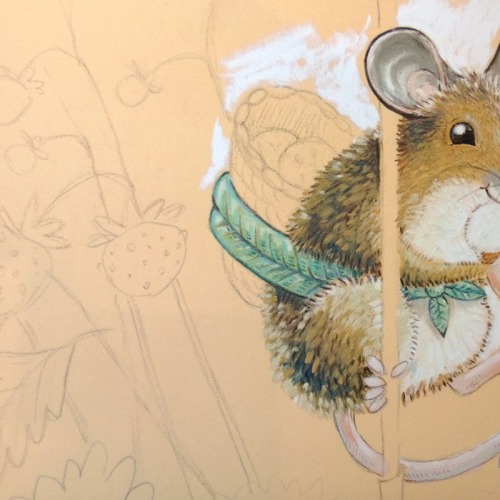
I trace image onto final pastel paper and start pasteling.

I always work from left to right or from the center outwards in order not to smudge the pastel. It is a very delicate medium.
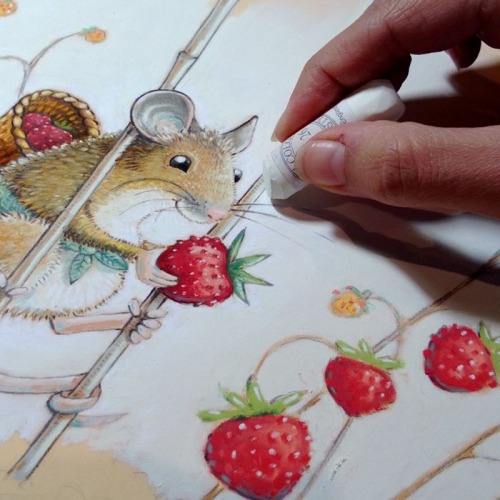
To create details I use pastel pencils, whereas for the fine outlines I once again bring in a colour pencil. Most often a brown.
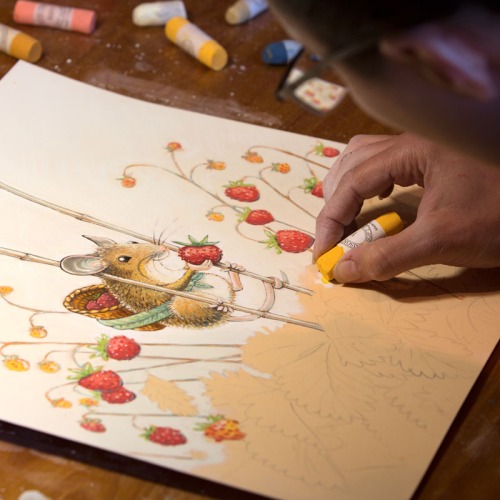
Background is drawn last.
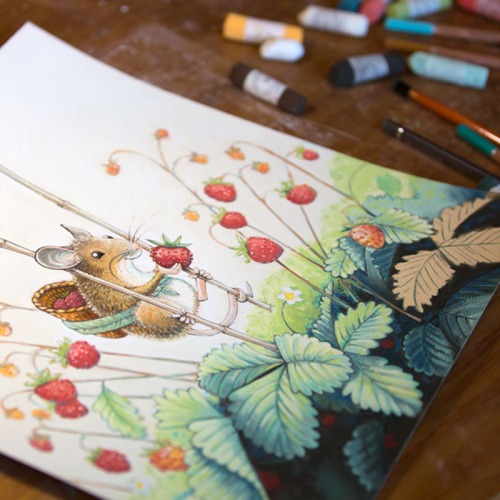
Final Illustration

Below: Snow Games written by Joanna Marple (www.utales.com) 2012
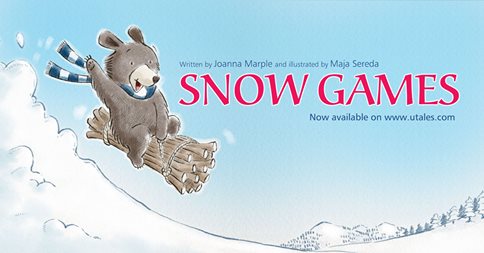
LA GRANDE FLEUR COVER
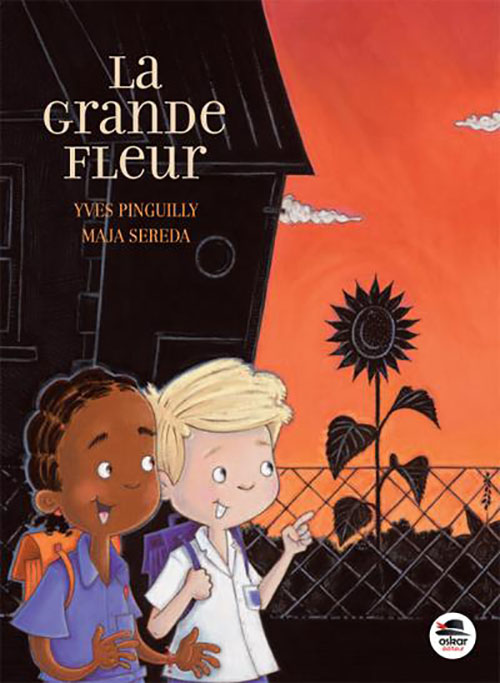
La Grande Fleur was published in France by Oscar Editeur in 2013.
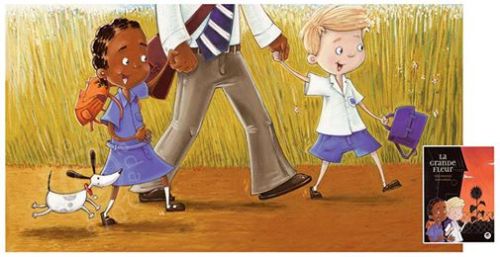
The book was part of the French/South African season.

La Grande Fleur interior art.
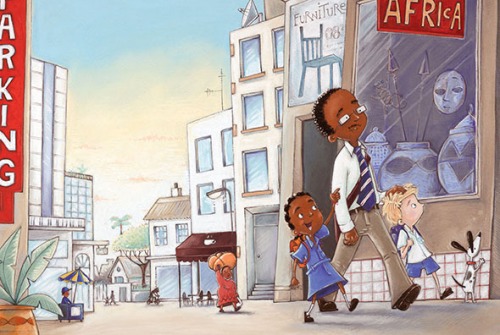
How long have you been illustrating?
I’ve been illustrating books since 2007.

What made your family move from Poland to South Africa when you were young?
My dad received a work contract and decided to take it. It was supposed to be a temporary move, but I fell in love with South Africa and persuaded my family to stay.
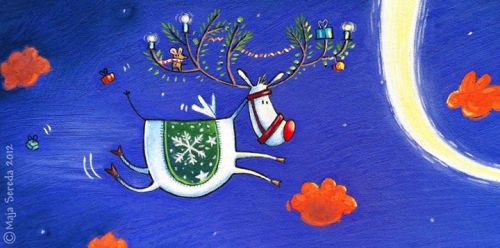
Have you ever gone back to Poland?
I like to visit from time to time. I still have family and primary school friends living in Poland.
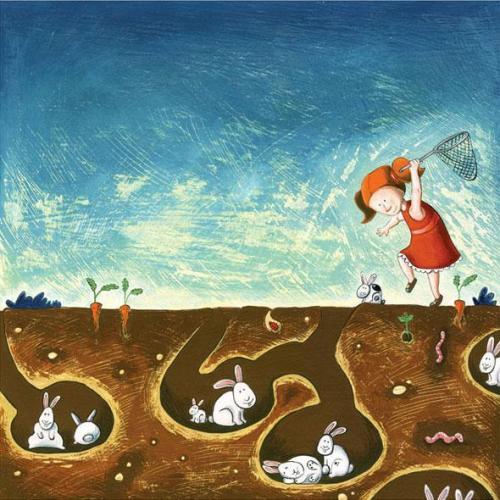
What University did you attend and what did you study?
I studied BA (Information Design) aka graphic design at University of Pretoria.
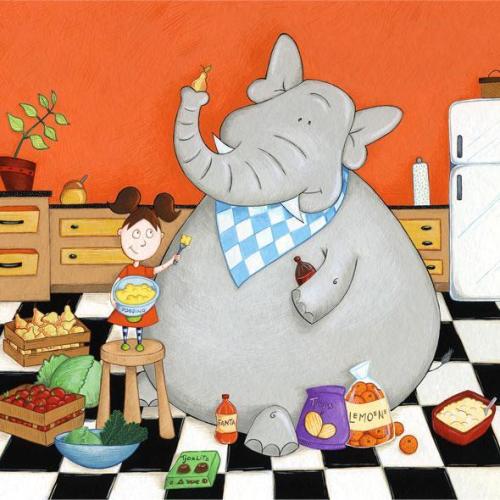
What was the first painting or illustration that you did where someone paid you for your artwork?
I did a number of illustration jobs while working in the design/advertising industry, such as story boarding or product drawings. I believe the very first paid illustration job was my first book.
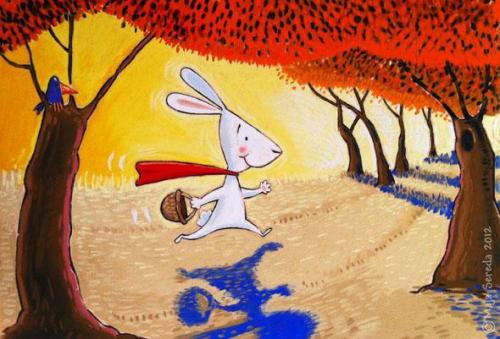
What type of job did you do right after you graduated?
I moved to Dublin, Ireland for a year where I worked for a marketing company as a junior art director.
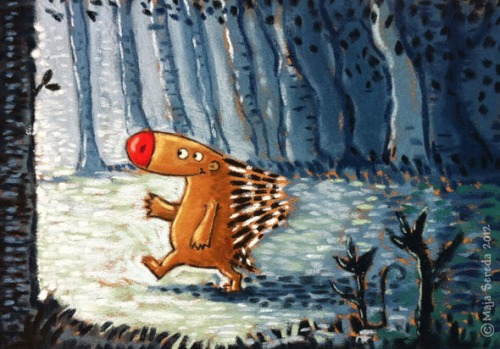
When did you decide you wanted to illustrate for children?
It was in my final year of studies. I realized that I’ve chosen the wrong field. Design was simply not for me. It took me a few years before I could start freelancing and working as a full time illustrator.
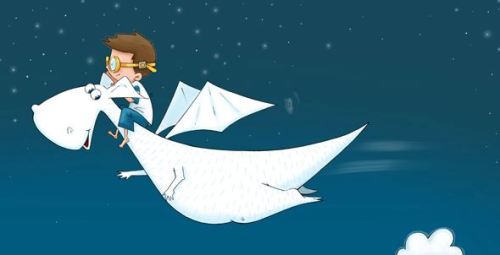
How many picture books have you illustrated?
Approximately 17 picture books, however I’m not counting illustration work done for educational books.
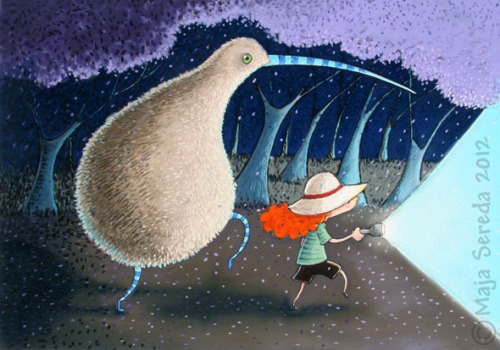
Were any of them published by a US Publisher?
Unfortunately not, however I’m hoping it will happen one day soon. I’m always dreaming and wishing.
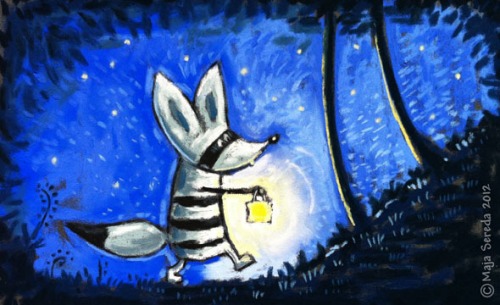
What was the first picture book that you illustrated? And how did that contract come your way?
My sister put me in touch with a client who wanted to illustrate a story that her father wrote. It was small private project. Out of that book, an illustration of mine title ‘catching rabbits’ was born, which I sent to a local South African publisher. They replied immediately and asked me to pitch for a book. I had my first real book contract within in a week. I was over the moon.
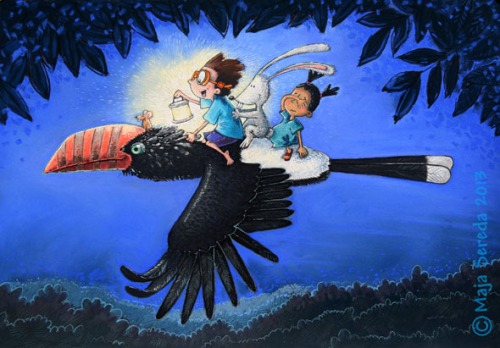
How do you connect with art directors and editors and find illustration work?
So far I’ve been very lucky. Work finds me. Nevertheless, from time to time I do like to contact a publisher via email and send them my updated portfolio.
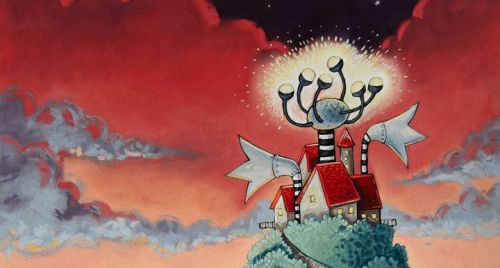
Are you represented by artist agency? If so, who? If not would you like to find one?
I’m not represented by anyone at the moment and I am currently looking for US representation. In South Africa, the market is very small and a freelance illustrator can easily approach publishers directly.
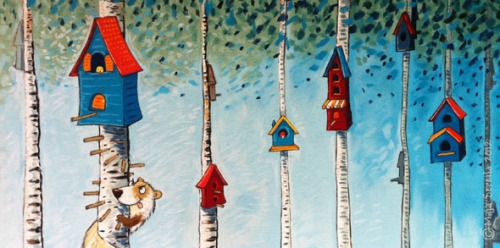
It looks like you have illustrated books in many different languages. How do publishers help you work with a book that is written in another language?
Even though my Afrikaans isn’t very good, I do understand it and therefore am able to read a manuscript without translation. Many of the other African languages are sent to me with the English translation. I’m currently studying French. One of my latest books LA GRANDE FLEUR written by Yves Pinguilly, was also translated for me into English.
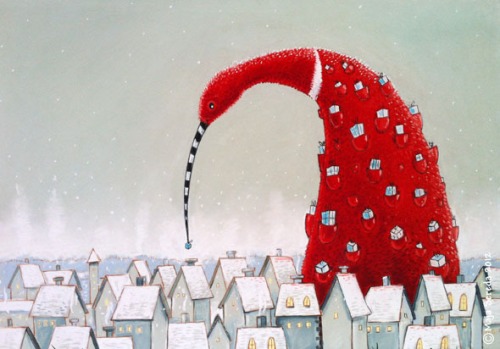
Have you done any illustrating for children’s magazines?
I do regular work for a local magazine Hoezit! It is also an Afrikaans publication.

Have you done any work for educational publishers?
I work for educational publishers on a regular basis. This work however doesn’t inspire me and therefore doesn’t feature in my portfolio. I prefer to work on picture books for young children.
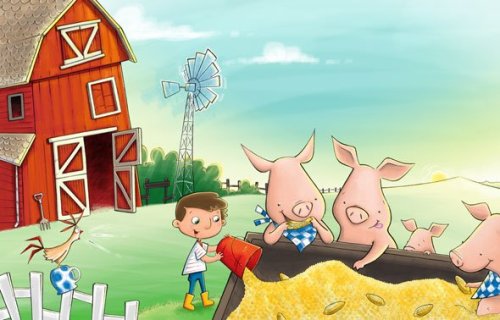
What is your favorite medium to use to do your illustrations?
At the moment, it’s soft pastels. I simply love the medium – the intensity and variety of colour is incredible. Most of my recent work has been done in pastels. In the past, I’ve worked with gouache, acrylic, ink, oil and Photoshop.
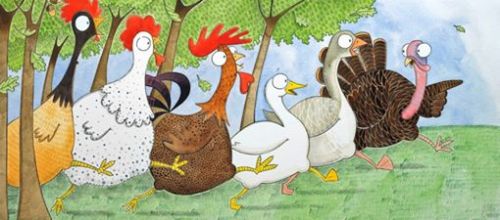
Has that changed over time?
I have grown a lot as an illustrator, I don’t think one ever stops growing and learning. When I started illustrating my focus was simply on creating sweet, quirky illustrations, but now I’m leaning more and more towards fantasy and also more personal work.

What do you consider is your first big success?
My first book received an award for best illustration, it definitely inspired me to keep going.

Do you ever want to write and illustrate a picture book?
Yes, mostly definitely. I write and sketch ideas often – my big aim is to set aside some time and only focus on doing my own book. Perhaps this coming year! Recent trip to Reunion Island was very inspiring and I would like to use some of the incredible imagery in my book.
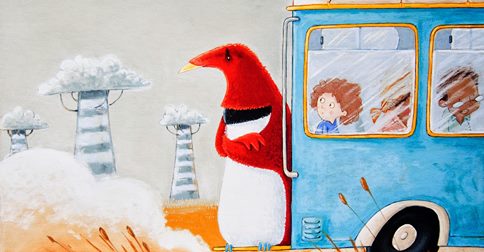
Would you be open to working with an author who wants to self-publish a picture book?
Yes, and I have in the past although these projects are often tricky. There is the issue of budget, quality of the writing, etc.
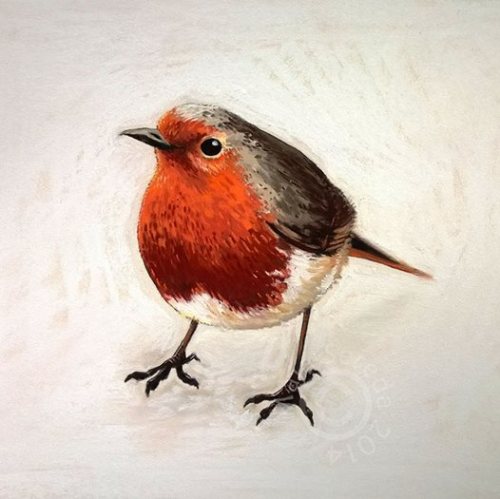
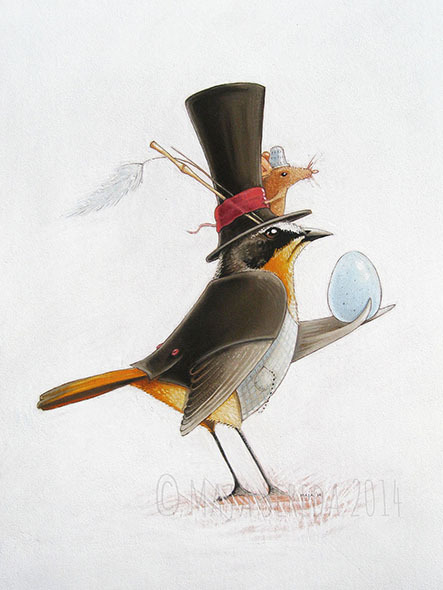
Do you take pictures or do any types of research before you start a project?
I take photographs, I search the web, look through books. Research is vital for any project.
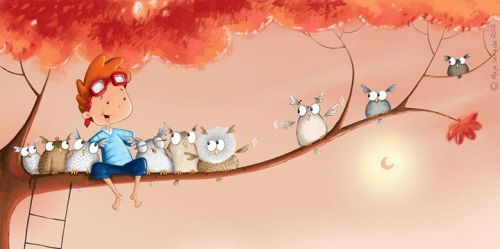
Do you think your Polish roots or the South African culture is reflected in your art?
Little bit of both, however I do feel a stronger connection with my polish roots.
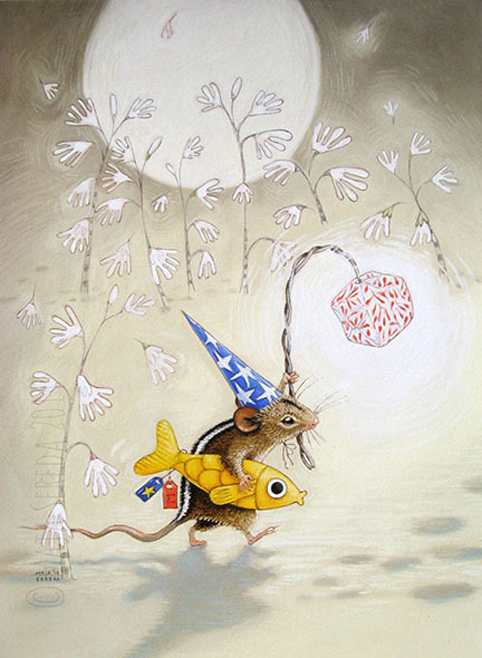
n
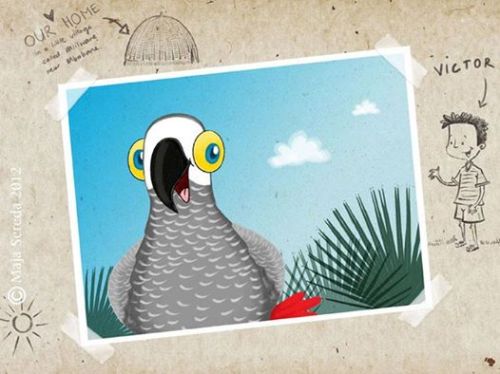
What is the one thing in your studio that you could not live without?
I have so many things, it’s difficult to choose! Pastels of course, but also colouring pencils. I find them fantastic to sketch with, much better than the graphite pencil.
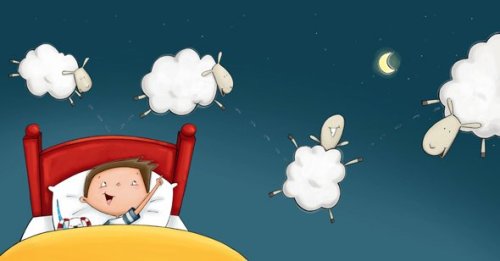
Do you try to spend a specific amount of time working on your craft?
As much as I can, but I don’t have a specific number of hours in mind. I also believe it’s good to take breaks from drawing and creating. I love spending time behind the camera lens as well, especially photographing birds and insects.
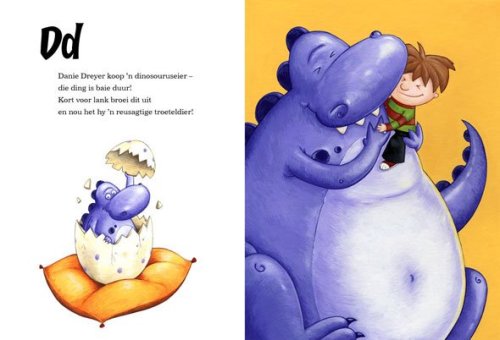
Do you think the Internet has opened doors for you?
Absolutely. Hasn’t it for everyone? It is incredible how we are all connected, we share our work and meet fantastic people online.
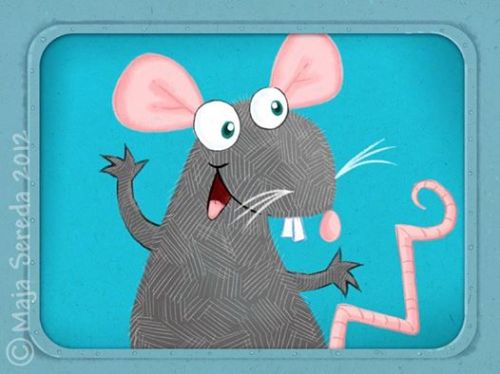
Do you use Photoshop or Corel Painter with your illustrations?
I use Photoshop for my digital artwork. I also use to help me plan layouts.

Do you own or have you used a Graphic Drawing Tablet in your illustrating?
Yes, I use a Wacom tablet.
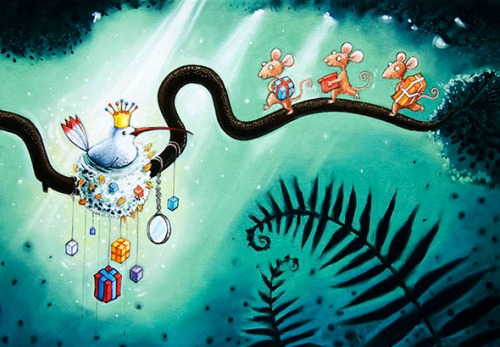
Do you have any career dreams that you want to fulfill?
I have many dreams, it’s hard to summarize them all here. Ideally I want to have the freedom to write and illustrate my own books. Also create a product line using my art.
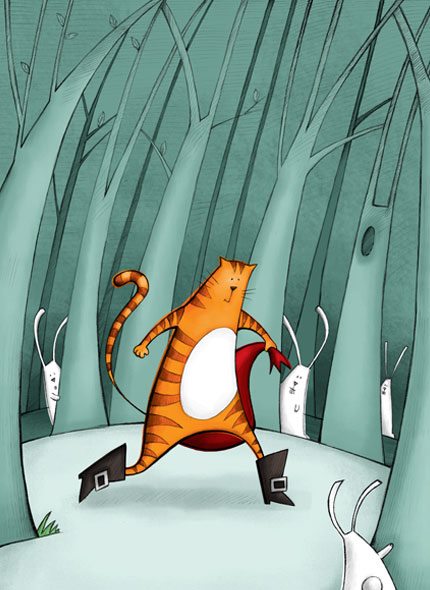
What are you working on now?
I have one or two potential books to create. I’m still deciding which one to take on.
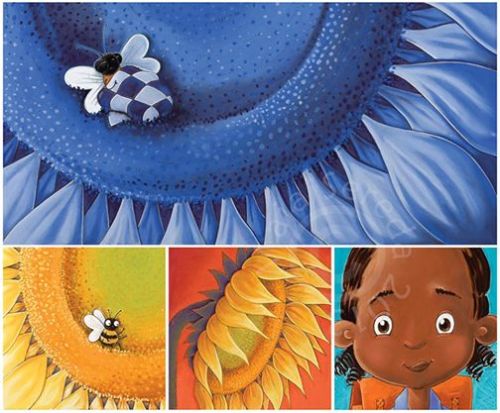
Do you have any material type tips you can share with us? Example: Paint or paper that you love – the best place to buy – a new product that you’ve tried – A how to tip, etc.
I love using 60gsm layout paper for sketching because it’s slightly transparent. I can always overlay my sketches and work over them.
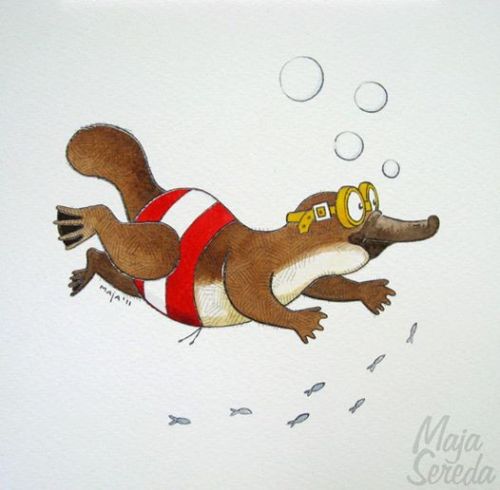
Any words of wisdom on how to become a successful writer or illustrator?
Work hard, believe in your dream, make sure that the work you produce is of high quality and then be brave. Not everyone is going to be a fan of your work, but sometimes you simply have to look for the right audience.
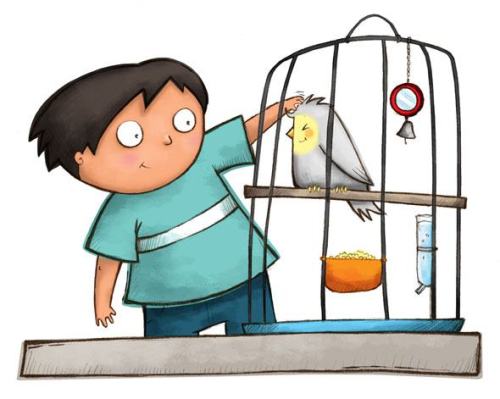
Thank you Maja for sharing your journey and process with us. Please let us know all your future successes. We’d love to hear about them and cheer you on. You can see more of Maja’s work on www.childrensillustrators.com/majasereda and see more of her portfolio on: http://www.facebook.com/MajaSeredaIllustration
If you have a moment I am sure Maja would like to read your comments. I enjoy reading them, too, even if I don’t always have time to reply. Thanks!
Talk tomorrow,
Kathy
Filed under:
authors and illustrators,
illustrating,
Illustrator's Saturday,
inspiration,
Interview,
picture books,
Process Tagged:
Illustrator Journey,
Maja Sereda,
University of Pretoria 


By: Kathy Temean,
on 11/7/2014
Blog:
Writing and Illustrating
(
Login to Add to MyJacketFlap)
JacketFlap tags:
inspiration,
Advice,
Process,
England,
illustrating,
authors and illustrators,
Illustrator's Saturday,
Cheltenham College of Art in Cheltenham,
Ilustrationweb.com,
Sholta Walker,
Interview,
Tips,
picture books,
Add a tag
 Sholta Walker was trained and graduated as a painter in 1988 and since 1995 he has worked professionally as a full-time artist and illustrator.
Sholta Walker was trained and graduated as a painter in 1988 and since 1995 he has worked professionally as a full-time artist and illustrator.
The great majority of his work has been for children, with clients across the World, including Harper Collins, Random House, Egmont, Annick Press, The BBC, Macmillan and Oxford University Press.
Most of the illustrations you see here combine digital techniques with more traditional skills and media. He uses vigourous ink line work, which is usually digitally coloured and enhanced. This has given him an opportunity to produce illustrations for my clients which give great scope for expressing ideas.
Some of the work shown here is also available as limited edition
prints.
His published books include Long Grey Norris, King Arthur, Bug Wars and The Beastly Beast.., a compendium of short stories by author Garth Nix. I have recently completed work for a book by Michal Kozlowski called Louis, the Tiger Who Came From the Sea.
Here is Sholta discussing his process:
Creating ‘Bug!’ and Brer Fox
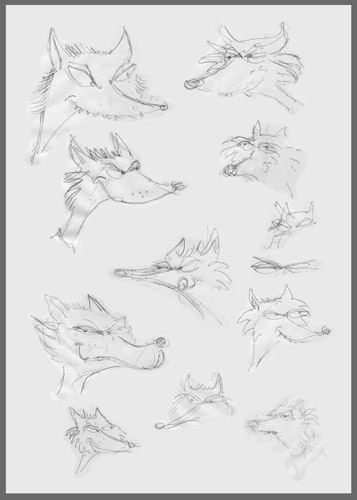
I made these drawings a few years ago. Both at the time were fairly experimental, but borrowed heavily from methods I was already regularly using. Brer Fox was a character I was asked to develop along with his nemesis Brer Rabbit, for a UK publisher. Bug! I made when I worked briefly with an animator-friend while he was working on his Masters Degree in animation.
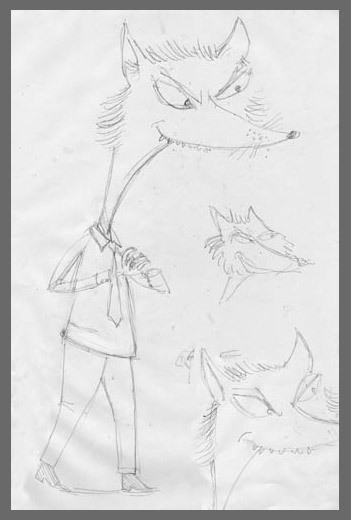
The picture always begins with a drawing on paper. If I’m working on a character I always rough him or her out in pencil. It usually takes several attempts to create the character I’m after. It’s important to get this stage right. Any decisions made now will set the tone for the whole image and are likely to remain with you to the end of the project. The drawing process helps inform the image you have in your head, which then feeds back to your drawing. At its best this busy two-way street of drawing and imagining is a marvelously efficient creative process.

When I have the character I want, I either trace it through a lightbox or work directly over the top in Indian ink with a dip-pen. The type of commission will dictate how free and expressive I am with the pen. In the case of Brer Fox particularly, I was trying to work very freely. One way I do this is to create all the initial pencil sketches as quickly as I can. When I find the drawing I like I then reproduce it by drawing over the top with my pen at a similar speed. This gives the drawing energy and enables me to exploit the naturally temperamental nature of a traditional drawing nib when it’s loaded with ink.
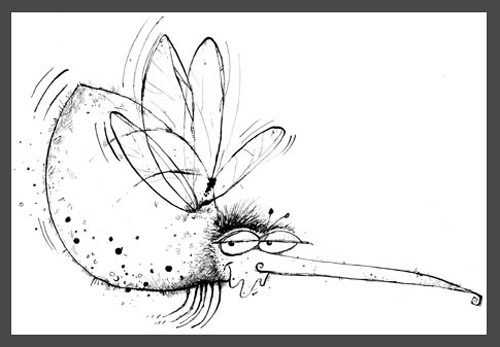
While still fairly loose, Bug! was a little more considered. Also, I created the bug character and his background as two separate drawings and combined them in Photoshop later.
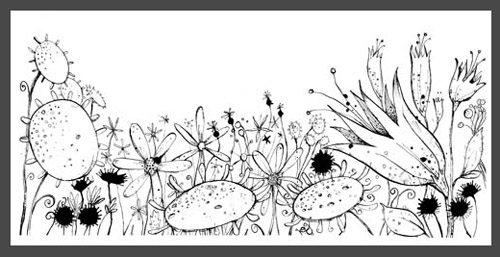
Once the ink is completely dry, any pencil marks are erased and the drawing is scanned and opened in Photoshop. The ink line now has to be separated from the the paper surface. To help improve definition I usually increase the contrast before selecting out the black lines in one piece. The drawing part of the scan is then pasted into a new document, creating a new layer over a white background layer. The original scan is now discarded. At this stage I take the opportunity to have a good look at the image and to erase any dust specks and unwanted ink spots that were picked up in the selection. I may also make any adjustments or small additions to the drawing using Photoshop’s pencil and brush tools. Finally I ‘multiply’ the layer to prevent any whitening of the pixels in the final artwork. Because I like the honesty of a hand made ink drawing I make no further digital enhancements to it.


In the case of Bug!, the character’s colour was created in Illustrator. I imported the line drawing (without the garden) into Illustrator, then, on a new layer, between the white background and the drawing layer, I put in the colour in a series of simple, fairly roughly drawn shapes. In more complex images I may create the colours on several layers, but on a simple image like this, one colour layer is sufficient. Brer Fox was slightly different. He stayed in Photoshop because in this case I didn’t want the flatter look that Illustrator tends to give my drawings. The layering technique however is identical, with the basic under-painting on the figure created using the lasso tool to make a shape into which I drop the colour. Further painting, shading and colour were then added with various brush tools. A basic background layer is also quickly rendered at this stage.
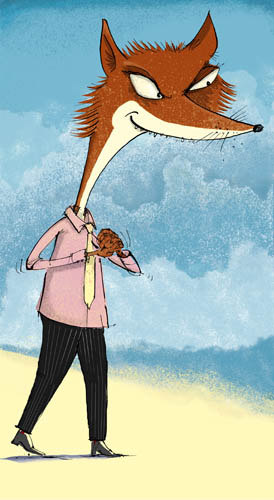

To create the textures in Brer Fox I went back to paper and ink. All the effects in this image are made using either ink applied through a mouth diffuser, (a simple breath-powered spraying device) or from an old toothbrush. The results are then scanned and separated out as in the original drawings. They are then collaged into the artwork, each on a separate layer. For Brer Fox I also experimented with some scans of torn paper. With Bug!, only the garden received this treatment. Once colouring of the insect character was complete in Illustrator, I returned him to Photoshop and combined him with the garden scene that I had drawn and coloured separately in Photoshop using the textures I made in a similar way to those previously described.

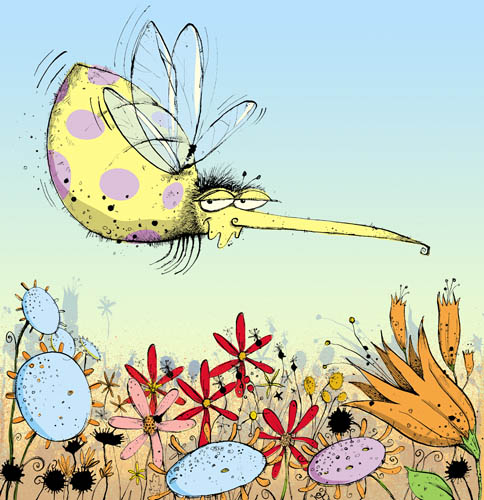
Finally, I added any extra bits and spent some time continuing to tweak the drawing. Some layers are switched off or discarded and occasionally some basic effects are added as in Brer Fox’s drop shadow. I’ll often go back at this stage and draw some new elements (extra flowers maybe) that I think might further improve the image. These will then be scanned and added to the drawing, colouring them up as necessary. A key feature of much of my work is that the process remains very fluid right up to its completion.
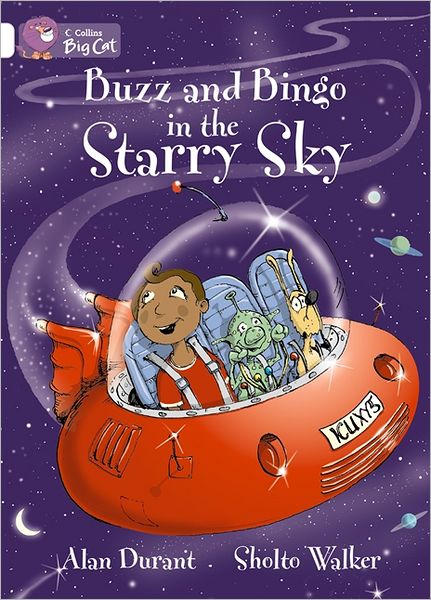
How long have you been illustrating?
Full-time, around twenty years. I spent a few years before that working part time on occasional commissions that came my way.

What made you choose to you study art at Cheltenham College of Art in London?
That’s Cheltenham College of Art in Cheltenham, England. Cheltenham is a large town about one hundred miles West of London. I had a bit of a shaky start in fact. In England, most visual arts degrees begin with a year-long Foundation Course, which most students are expected to complete, usually at a different college, before beginning their three-year degree proper. My foundation year was very enjoyable and successful, but I left still unsure in which direction I was going to take my art. Eventually I chose Fine Art with a painting specialism, but I think my lack of certainty was picked up during the several interviews I attended at various art colleges and found to the surprise of most people that knew me that I wasn’t offered a place at any of them on the first round. So I got a job and tried again a few months later. I was finally accepted at Cheltenham. I’d like to say this was the college I had my sights on all along; that I had studied the work of the tutors and lecturers there; that I was drawn to the verdant Cotswold Hills that rise majestically above the town, but none of that would be true. Nope. It turned out they were the only college that would have me.
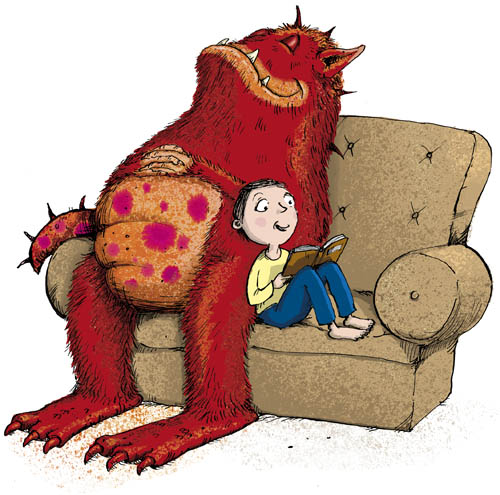
What was the first painting or illustration that you did where someone paid you for your artwork?
I’m not too sure, but I think it was probably a tiny drawing for one of those classified small ads you see in the back of newspapers. It was around 1986.
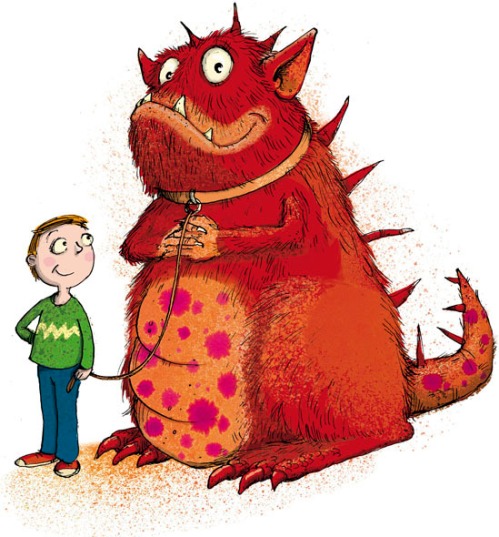
What type of job did you do right after you graduated?
When I graduated I had no idea what to do. Looking back I think plenty of ex-students, particularly with art degrees find themselves in a similar situation. I’m not sure how it is now, but there was absolutely zero consideration given by the colleges as to what their students would do when they left. I don’t think this is necessarily a bad thing because fine art courses should not be job-training courses. So when I left I discovered two things pretty quickly: first, I needed to earn some money and second, degrees in Painting do not make you very employable. I was no longer comfortable at home, so I moved to London where most British students seem to pitch up after graduating. I worked briefly at the famous Cornelissen and Son art shop near the British Museum. The shop’s been trading since 1855 and has and still does supply materials to some of the greatest names in British Art. Then I bought a bike and spent a year as a bicycle courier, risking life and limb on the London streets.
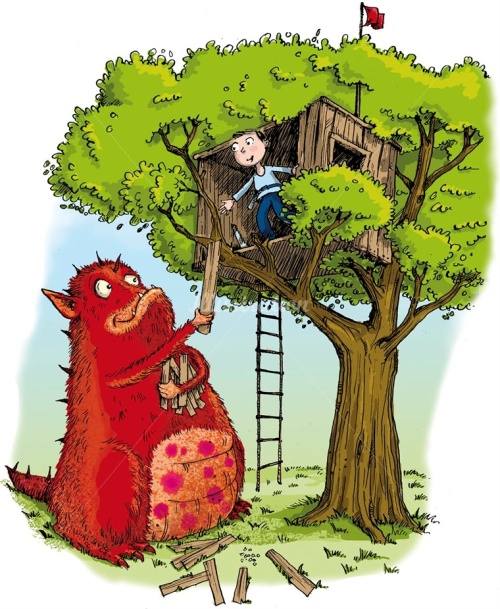
How did you decide you wanted to go into the freelance art business?
After a year or two of struggling to pay my way in London, I thought I needed to make a decision. As a child, making pictures was always something I enjoyed doing and was good at. My degree had pointed me towards traditional oil painting but at that time I could see no way that I was going to be making oil paintings for a living. It was a very slow start. My dad was publishing a music magazine at the time and he managed to convince the editor (thanks Paul!) to ask me to try illustrating a few things. The jobs were very occasional and fairly straightforward, but it was these simple commissions that really got the ball rolling for me. I continued working in various low-paid jobs, but it was those occasional illustration commissions that gave me a sense of purpose. Doing something I enjoyed while being paid to do it. I decided fairly quickly that this was what I needed to pursue.
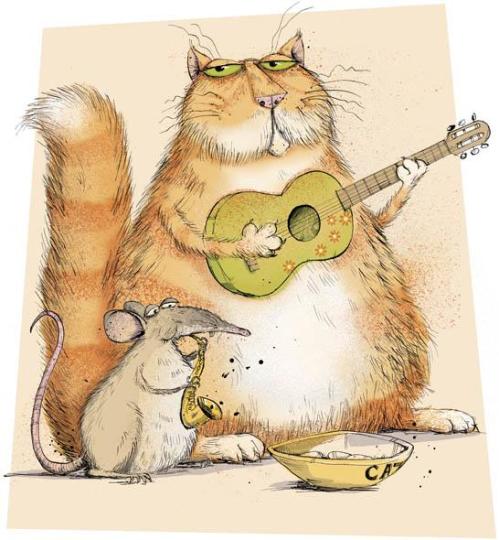
When did you decide you wanted to illustrate for children?
I never decided, my work seems to lend itself to that. When I began as an illustrator I just drew stuff. I had no idea what the illustration business was like and never gave a thought to the idea that illustration could be classified into ‘types’. After my degree, my first portfolio consisted mainly of miniature versions of what I had been producing at art college. Many were very dark and introspective, typical art student stuff really. The colours were full of dark reds and blues. Lots of angst. I was still somewhere between a painter and an illustrator. All my techniques were from three years’ training as a painter working in oils on canvas, so as an illustrator I really had to start from scratch. That meant finding new materials and methods that suited my approach and were practical. As my work developed, much of it became brighter and I found I could express and develop in my work a kind of knowing humour and a sense of the absurd that I have always enjoyed and has always been a part of my character I think. Adults seem to like this at least as much as their children and it appears in most of my best work. I think that this has always been there in my work even during my student days, but as I’ve evolved as a working illustrator I’ve learned to refine it and make it more accessible.
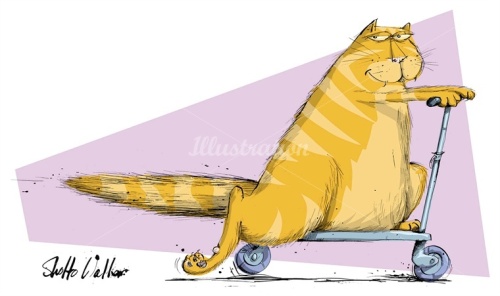
How did you get the job to illustrate Buzz and Bingo in the Starry Sky with HarperCollins?
Wow, that one was quite a while ago. It came through my agent. In fact, now I think of it, it was probably the first full book commission I had with Harper Collins. I think it was also the first book I illustrated digitally. It was actually part of a series for young readers and as far as I’m aware has been very popular in British schools. I have met several parents over the years that know me by name and then realize their son and daughter is learning to read with one of my books. It’s always nice when that happens. My sister lives in Spain and she called me one day to say that her daughter was reading a book I had illustrated as part of her reading program. That was perfect because I had included a dedication to her and her brothers on the title page. I think my sister cried.

Have you done any other books with HarperCollins?
Yes several. At least four or five.
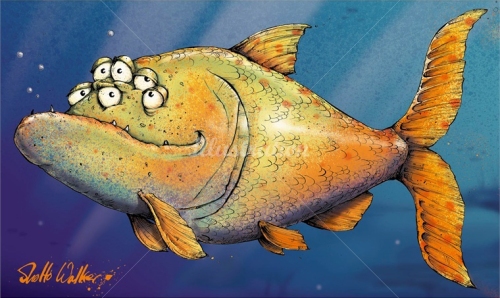
What was the first picture book that you illustrated? And how did that contract come your way?
My first picture book was probably one of the Buzz and Bingo series. I had illustrated a few books before that, but they were more for slightly older readers, so they weren’t strictly speaking ‘picture books’. I had worked on other commissions for Harper Collins prior to Buzz and Bingo so I had built up a bit of a track record. I often think that is, at least in part, how it works. Once a client is happy you can make a deadline, you are professional and reliable and assuming they like what you do of course, you are likely to be asked to take on bigger projects.
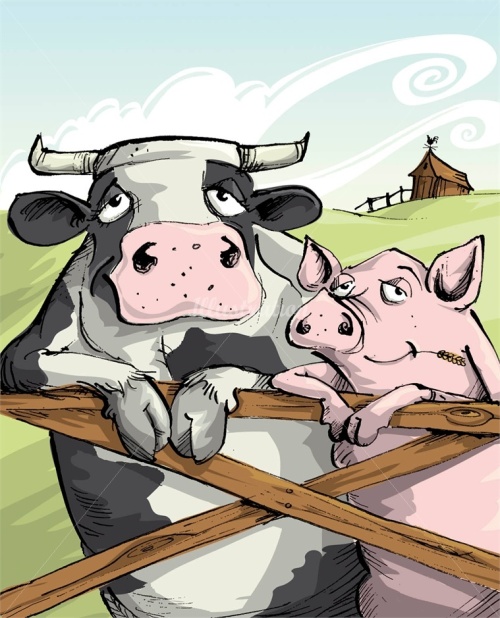
How many books have you illustrated?
Well, if you mean both part books and as full cover-to-cover commissions, then the answer’s probably hundreds. If you mean whole books, then probably around thirty.
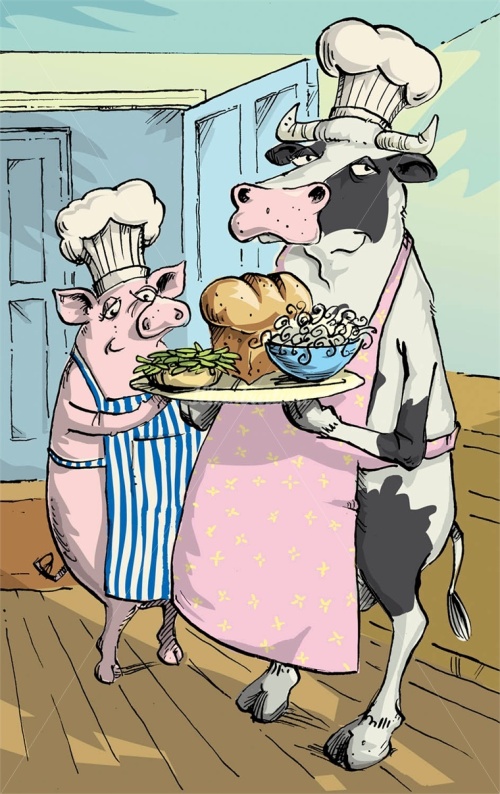
Before you had an Art Rep., what did you do to help connect with art directors and editors and find illustration work?
It was a long and painful process. Once I had set my mind to being a professional illustrator I knew I needed to start building a portfolio to show round. I put together about fifteen drawings that included several of the commissions I had been picking up as well as some of my own work. One idea I had was to buy a few magazines and find articles in them that I felt I could illustrate. If they were successful I would then include them in the portfolio. The next step was to travel to London from Bath where I was by then living and show my work around. In those days, before the internet and online portfolios, this was the only way to do it. I must have spent a fortune on fares, not to mention postage for all the mail shots I made. I picked up very little direct work from all this effort and expense, but I don’t regret it at all because I really got to see what it was I needed to do while showing me what the publishing, design and advertising world outside my studio really looked like. I also still remember to this day some of the dozens of busy art directors and designers I saw who, almost to a person, patiently leafed through my portfolio and usually sent me away with some valuable words of advice. Anyway, I did that for a year or so until I decided it was time to reassess the situation. It was then I turned my mind to getting an agent. I thought if I found the right one, they would do all that work for me.

How did you connect to your artist agency, Illustrationsweb.com? How long have they been representing you?
Yet another trip to London in around 1995 with a list of illustrator’s agents in my pocket finally brought me together with Illustration, which is Illustration USA Inc’s parent company. At that time they lurked up a flight of stairs in a dusty old office in the heart of Soho, West London. They were called Garden Studio then and had been since 1929 when they were first established. It was there I met the excellent Harry Lyon-Smith who took my portfolio away and told me to come back after lunch. When I returned he offered to represent me and that was that.
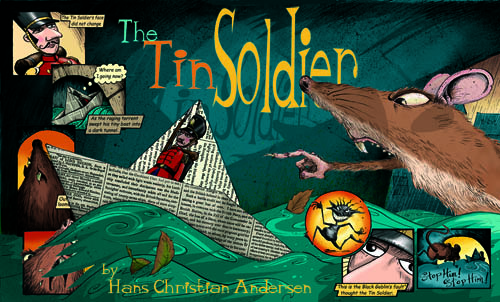
Tell us a little bit about the 200-year-old building in your backyard and the studio you have in there.
I think it was once just a simple stone outbuilding. It was converted to something reasonably habitable about twenty-five years ago and given an electricity and water supply. I’m in Somerset, England, so everything older than about a century is built from stone. The walls are two feet thick, which is normal in old buildings here, but it makes mobile (cell)-phone use next to impossible. If anyone needs to call me at work it’s landline only I’m afraid. Oh, and the roof leaks a bit. I sit beside a window that looks out onto our garden and an apple tree that produces a rare local apple called Ashmead’s Kernal. If you can ignore their gnarled and crusty appearance and take a bite you’ll find they’re incredibly juicy and sweet.
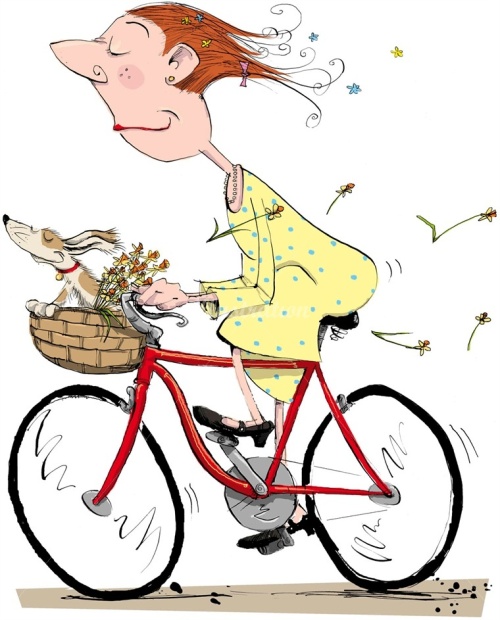
Have you done any illustrating for children’s magazines?
No, not so far.
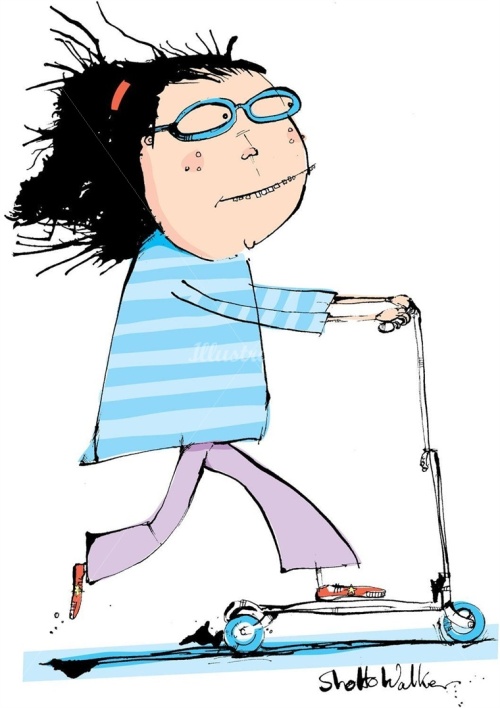
What is your favorite medium to use to do your illustrations?
Dip pen and Indian ink. Then Photoshop and Illustrator.
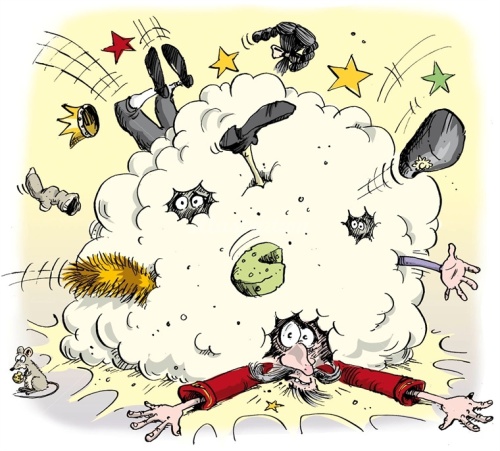
Has that changed over time?
Yes. When I began as an illustrator I developed a way of working that had its beginnings in my pre-art college mid-teens. I would create a pencil drawing that I would render in water-colour and gouache. I would then work over the whole thing in coloured pencil, before putting an ink line drawing on top. This made for beautifully vibrant illustrations, but was hugely labour-intensive. It meant I would often be up all night for even the simplest commissions. I realized this wasn’t sustainable, so in around 2000 I bit the bullet and bought an Apple Mac. Over the next year I figured out a way of working that still retained plenty of me, but was just far more efficient.
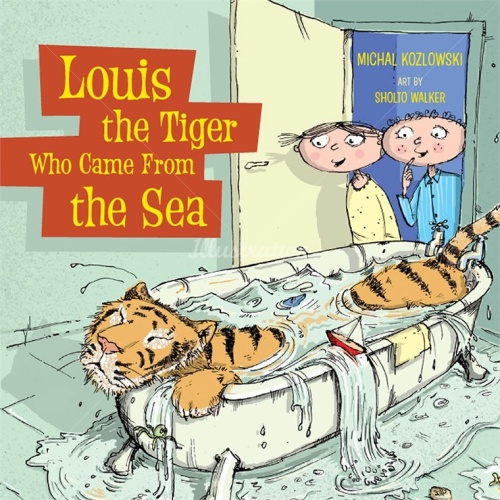
What do you consider is your first big success?
Probably Louis, the Tiger Who Came From the Sea. It’s a difficult question really because I’m very self-critical and I’m usually reluctant to pore over past work too long. I’m always thinking about the next opportunity to get it ‘right.’

How did that come about?
Apparently out of the blue. It’s how all the best work comes. You’re sitting around one day trying to remember how you ended up doing what you do when the ‘phone rings. Or the email arrives, as it usually is these days. In the case of Louis the Tiger, Colleen Macmillan at Annick Press contacted Stacey at my agent’s New York office and offered me the commission. They had seen my portfolio and decided I was the one they wanted to illustrate Michal Kozlowski’s wonderful story. It’s great when that happens.
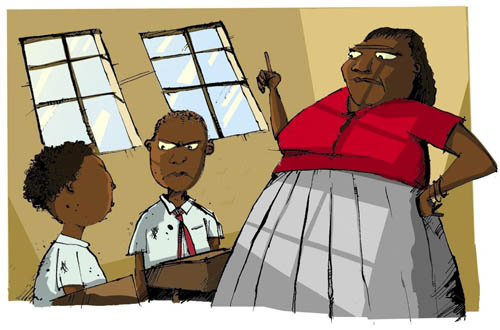
Do you ever want to write and illustrate a picture book?
Yes
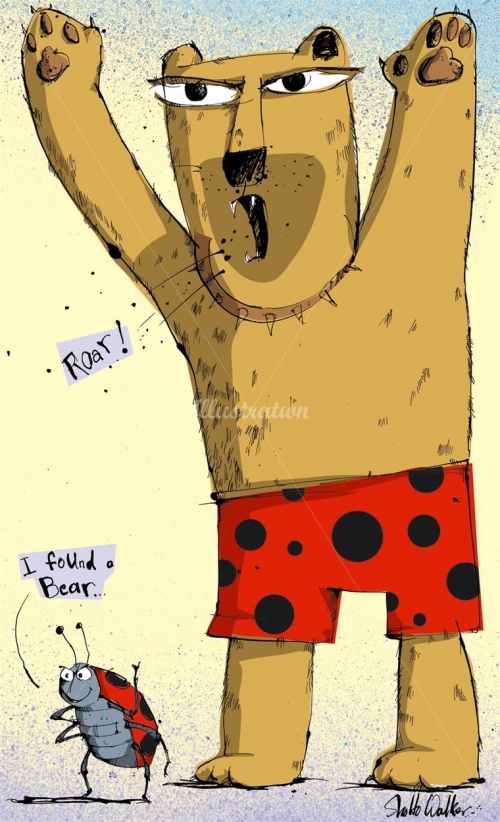
Would you be open to working with an author who wants to self-publish a picture book?
Absolutely. In fact I’ve illustrated a few of these already. Initially I was quite wary of working with self-publishing projects because commissions like these can lack structure and any real management process. I worried the job could really get out of hand. Before you commit I think it’s important to read the manuscript (don’t forget they’ve usually not been through any kind of editorial process) and also try to get a clear idea of what the client (author) is expecting from you and what if any experience they have of producing a book. The great thing about self-publishing commissions is they often give you great creative freedom because there are no sales departments controlling the process as so often happens with established publishers.
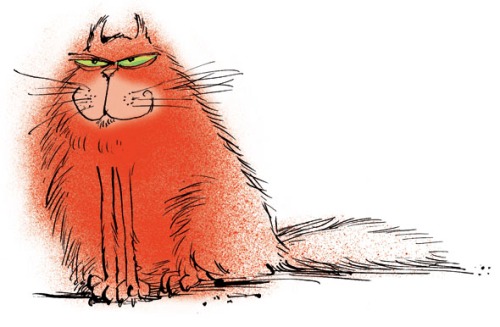
Do you take pictures or do any types of research before you start a project?
Very rarely. If an illustration requires a certain animal for example I usually reach for one of several natural history or wildlife reference books I keep. I recently completed ‘How to Slay a Werewolf’, a new book for Conran Octopus here in the UK. The story’s set in early Twentieth Century England so I had to get the clothes more or less accurate and then there was the werewolf of course, which required a fair bit of preliminary work. The internet has changed everything. In the past research usually meant repeated trips to the local library and bookshops and owning shelves groaning with reference material. Now most research is a mouse click away.
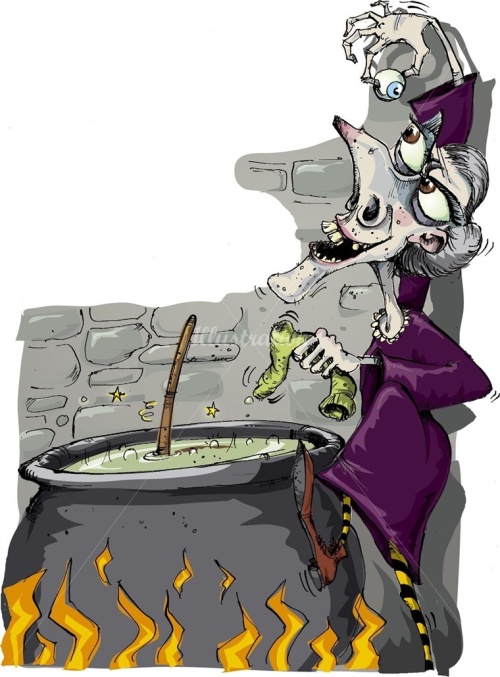
Have you done any work for educational publishers?
Yes, lots.
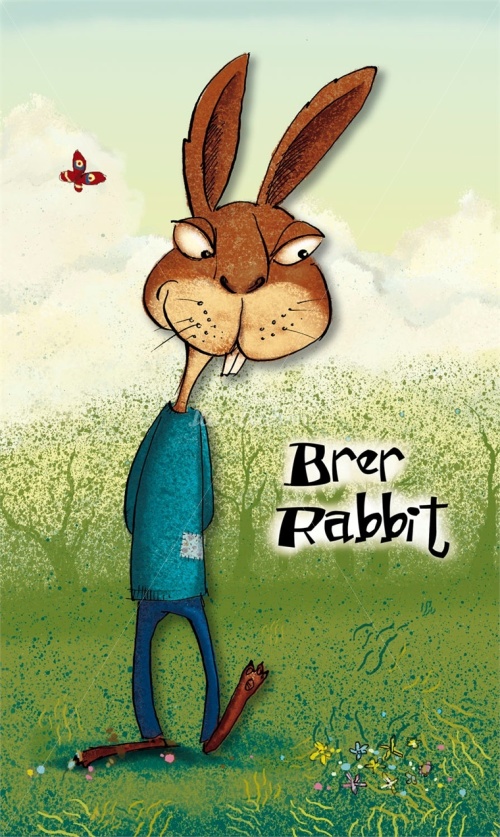
Has all your work come from European publishers?
No. I have worked on projects from around the world. My agent has seen to that. As well as most of Europe, I’ve worked for clients in the USA, Australia, Canada, South Korea and South America.
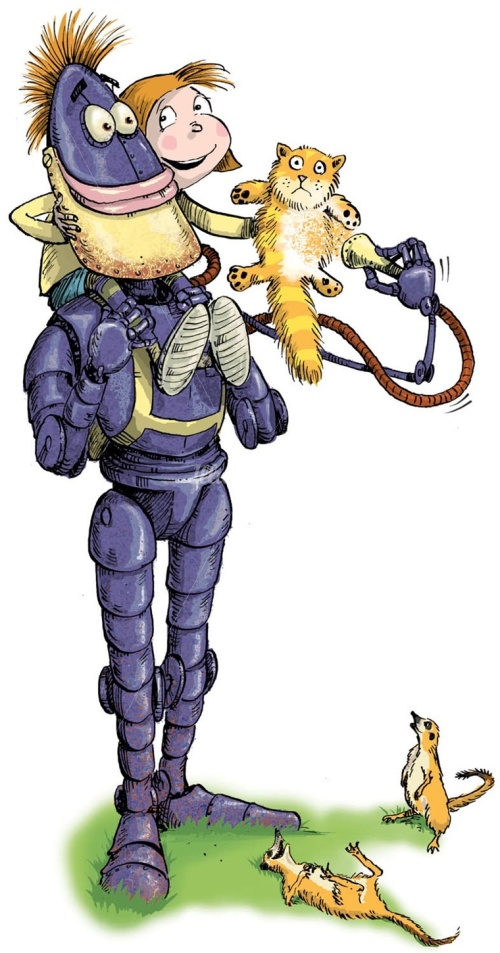
What is the one thing in your studio that you could not live without?
My bicycle, hanging on the wall.
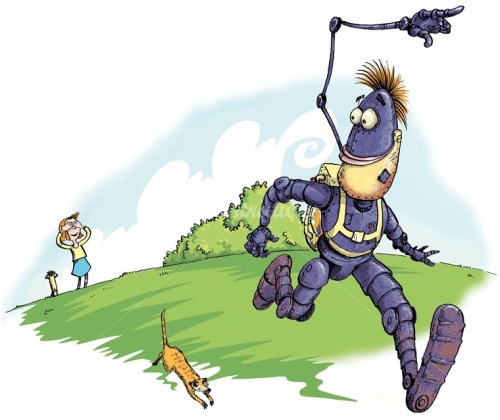
Do you try to spend a specific amount of time working on your craft?
I don’t usually need to make a conscious effort to because I’m usually busy. This was one of the reasons I was drawn to illustration in the first place. I knew if I was a working illustrator and I was getting regular work, the commissions would keep me busy – I wouldn’t have to risk being stricken too often with that dreaded lack of motivation so many artists can suffer from.
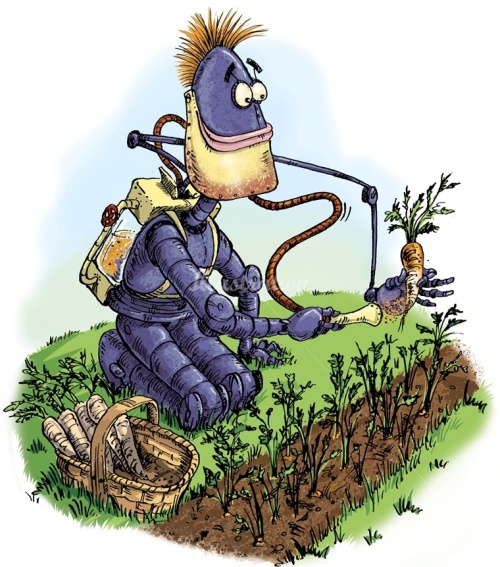
Do you think the Internet has opened doors for you?
Absolutely! Having my work on the web is like having a private art gallery in every home and office on the planet that has access to the internet.
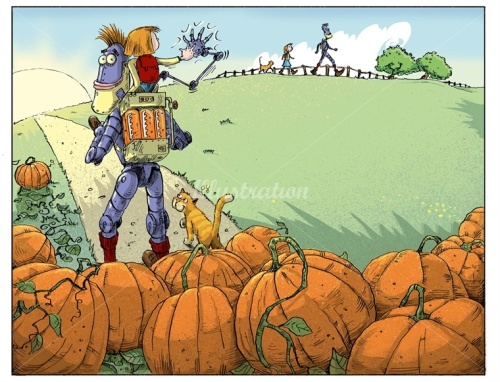
Do you use Photoshop or Corel Painter with your illustrations?
Photoshop.
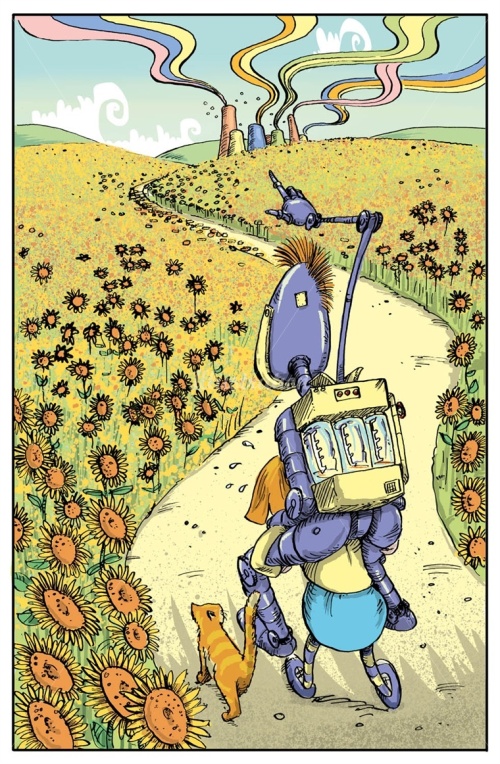 Do you own or have you used a Graphic Drawing Tablet in your illustrating?
Do you own or have you used a Graphic Drawing Tablet in your illustrating?
I couldn’t work without one. Working with a mouse is about the same as drawing with a bar of soap.
 Do you have any career dreams that you want to fulfill?
Do you have any career dreams that you want to fulfill?
One or two. I really need to write and illustrate a book.
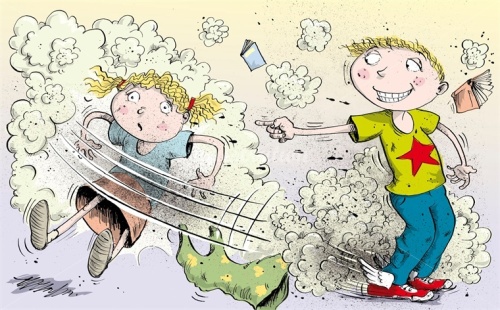
What are you working on now?
I’ve just completed the front and back cover art for a self-publishing project actually. Very imaginative. Very weird…
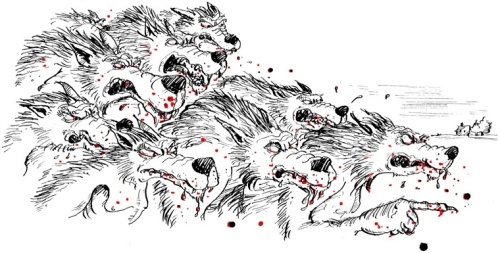 Do you have any material type tips you can share with us? Example: Paint or paper that you love – the best place to buy – a new product that you’ve tried – A how to tip, etc.
Do you have any material type tips you can share with us? Example: Paint or paper that you love – the best place to buy – a new product that you’ve tried – A how to tip, etc.
Yes: If you work digitally invest in the best and biggest display you can find. Preferably two. Don’t forget it’s your canvas. If you make your pictures on paper, remember, if you want your work to outlast you, use the best paper and media you can find.
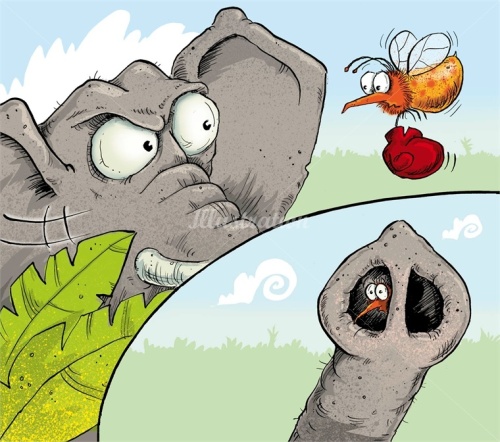
Any words of wisdom on how to become a successful writer or illustrator?
Whatever you do don’t follow fashions. Be you and keep being you.
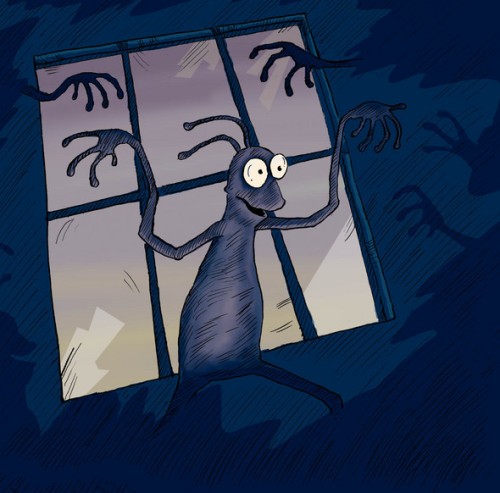
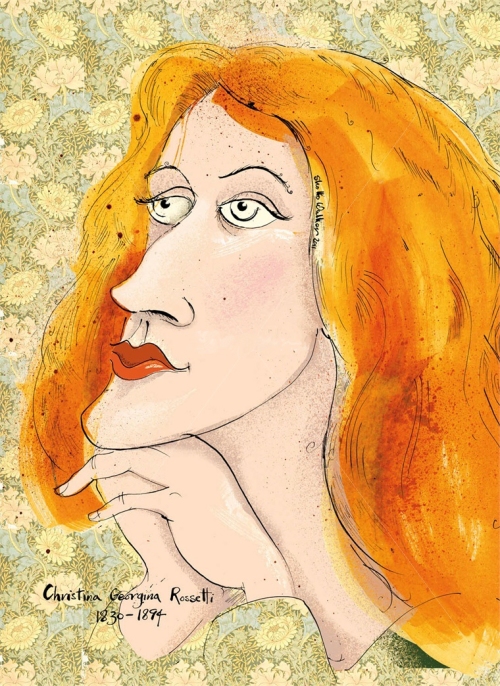
Thank you Sholta for sharing your journey and process with us. Please let us know all your future successes. We’d love to hear about them and cheer you on. You follow Sholta on Twitter @Sholtawalker
or visit his agency at: http://www.illustrationweb.us/artists/SholtoWalker/view
If you have a moment I am sure Sholta would like to read your comments. I enjoy reading them, too, even if I don’t always have time to reply. Thanks!
Talk tomorrow,
Kathy
Filed under:
Advice,
authors and illustrators,
illustrating,
Illustrator's Saturday,
inspiration,
Interview,
picture books,
Process,
Tips Tagged:
Cheltenham College of Art in Cheltenham,
England,
Ilustrationweb.com,
Sholta Walker 


By: Kathy Temean,
on 10/31/2014
Blog:
Writing and Illustrating
(
Login to Add to MyJacketFlap)
JacketFlap tags:
Interview,
picture books,
inspiration,
Advice,
Process,
illustrating,
University of Arizona,
demystify,
Illustrator's Saturday,
Baby Bug Magazine,
Laura-Susan Thomas,
Add a tag
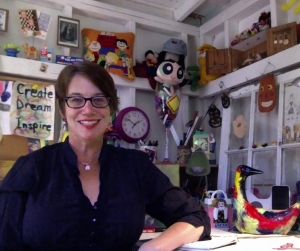 Lauren-Susan Thomas currently illustrating children’s books, on the foggy Central Coast of California. She earned my BFA in Illustration at the University of Arizona, worked as an illustrator/designer since graduating in ’87’ and worked as a ‘Walt Disney Imagineer’ for 11 years creating themed dimensional graphics and illustrations from creatures under the sea mermaids to dinosaurs to ancient Tibetan ruins.
Lauren-Susan Thomas currently illustrating children’s books, on the foggy Central Coast of California. She earned my BFA in Illustration at the University of Arizona, worked as an illustrator/designer since graduating in ’87’ and worked as a ‘Walt Disney Imagineer’ for 11 years creating themed dimensional graphics and illustrations from creatures under the sea mermaids to dinosaurs to ancient Tibetan ruins.
She has illustrated for, BabyBug magazine, Kids Reading Room LA TImes and an up coming book series, ‘Reid’s Amazing Universe’ the first of which is out on ibooks for children.
Here is Laura-Susan discussing her illustrating process:
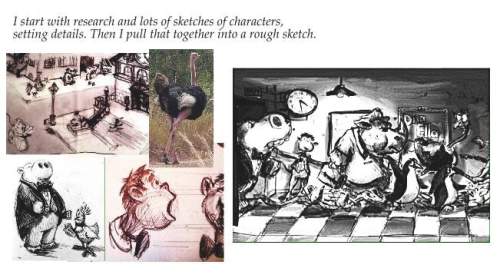
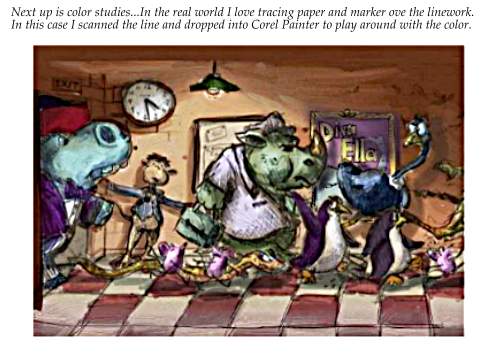

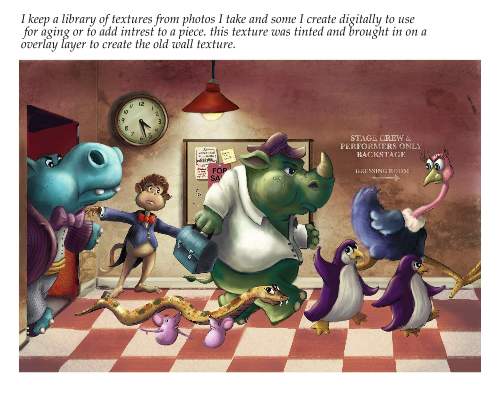
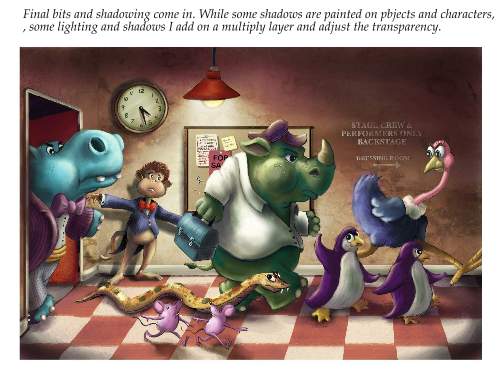
I had to share Laura-Susan’s cute little studio. It is only a few yards from her house.
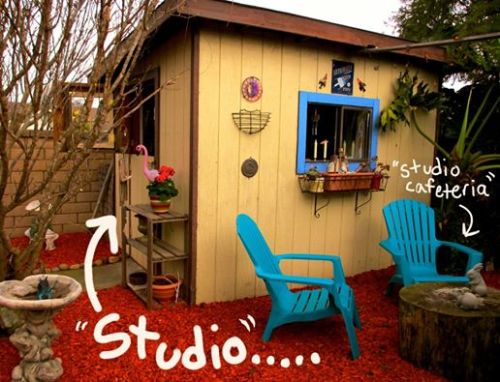
How long have you been illustrating?
I have been Illustrating since graduating from college, way back in 1987, but drawing since I was a kid. I doodled on my notebooks, school assignments and was forever thrilled when my elementary teachers uttered the word, Diorama. My dad would bring home reams of old spreadsheets from his work and I would draw on the backsides. My favorite thing to draw were characters and the worlds they inhabited in my imagination, which without realizing was a great primer for the storytelling and world building later at Disney and the children’s literature world.
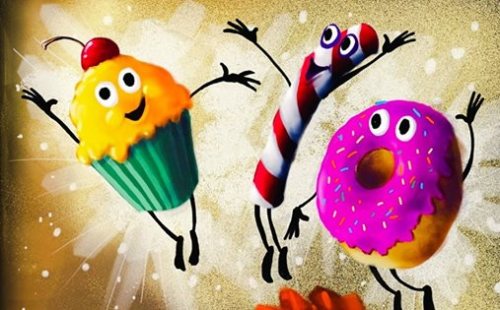
What made you choose to you study art at the University of Arizona and get your BFA?
I always knew I wanted to be an artist, but I also loved archeology and the romance of ancient civilizations, so I chose U of A because they had a strong Fine Arts department and a renowned Archeology Department as well! I actually was able to combine some of my love for archeology and old civilizations with art and when I was at Disney Imagineering on some of the lands I worked on.

Have you taken any other art related courses after that?
Currently I am very excited and inspired, in August I started with EB Lewis in his “Visual Mentor” program. It has been such great opportunity and chance to learn and expand the feel and look of my artwork!
After graduation form college, I took some animation courses and many figure drawing courses. At Disney they encouraged their artists to keep learning and offered free Wednesday figure drawing sessions after work. I went back to school while at Disney in the evenings, for computer arts, learning vector based and digital based tools for the arts, photoshop and illustrator.
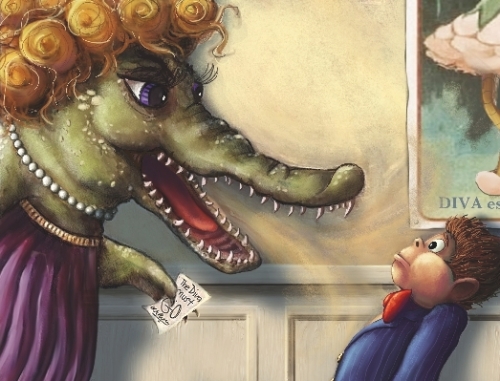
What was the first painting or illustration that you did where someone paid you for your artwork?
The first legit paying gigs I had were in College. I created the character/mascot for a yearly triathlon in Tucson, A buff bike riding, running swimming frog and I painted the billboards for the drama theater on campus for a time and did some summer theater backstage work.
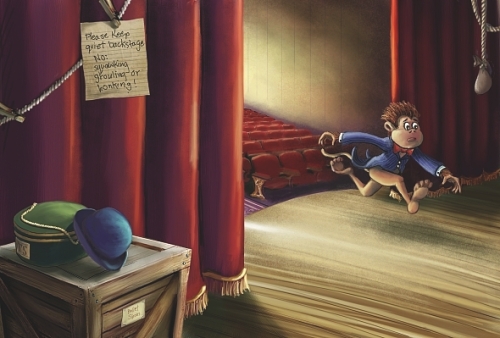
What type of job did you do right after you graduated?
I worked for a screen printer creating graphics and designs for surf wear and clothing.
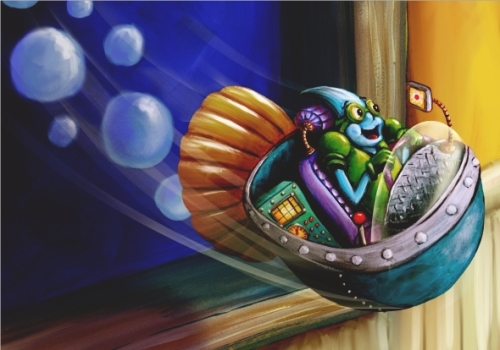
How did you get the job with Disney?
I applied through an industry ad for a screen printing fine arts separator. It was my fine arts background and my first job in screen printing that helped me get the job at Disney Imagineering. Our department produced the final hand done separations and the fine arts Serigraphs and posters for the parks. From there I moved on and worked in the Graphic Design department as a comp/production artist, and later as a Designer and Illustrator. As an Imagineer you are part of creating essentially the worlds biggest stage sets. Being an artist at Imagineering was a fun, nontraditional, imaginative, job. As a designer, you had the honor of working with, Blue sky designers, writers, architects, interior designers, props, sculptors, robotics experts and more. I got to be part of creating all sorts of things, from themed ancient tibetan ruins, giant carved fish characters, to dinosaur paintings and mermaids, in Euro Disney, Disney’s Animal Kingdom and Tokyo Disney Seas.
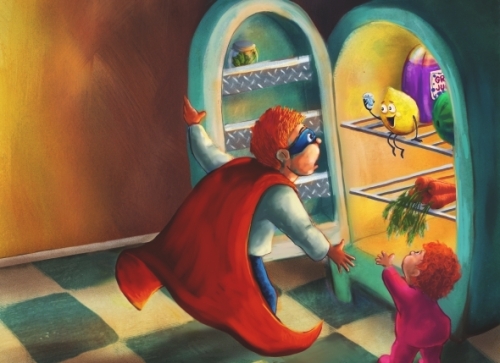
How did you decide you wanted to venture into freelance art projects?
In 1996, my husband, Hariette (our pet rabbit) and I took a a chance and an adventure and made our way from Los Angeles up to the little surf towns, ranches and rolling oak covered hills of the Central Coast of California. I continued to work for Disney full time from afar. I was one of their first full time telecommuters back in the age of dial up, conference calls and Fedex, painting away in my foggy studio. Our Fedex planes here were prop planes and our post office was actually in the back of hardware store and I admit many conference phone calls were done while working, wearing my “casual attire”. FaceTime did not exist yet thank goodness. It worked wonderfully and I would drive to LA once week and travel to job sites in Florida for many years. When my daughter and later my son arrived I took a break from travel and full time work, it seemed the perfect time to start working on a freelance basis.

Do you think Disney influenced your style?
Imagineering was all about backstory, telling the tale of the place through characters, through writing, props and themed space, that helped a guest believe they had gone from reality to another world. I think that idea greatly influenced my work and I love to be able to create art for books, that transports someone to a world they believe in and get to play in for awhile.
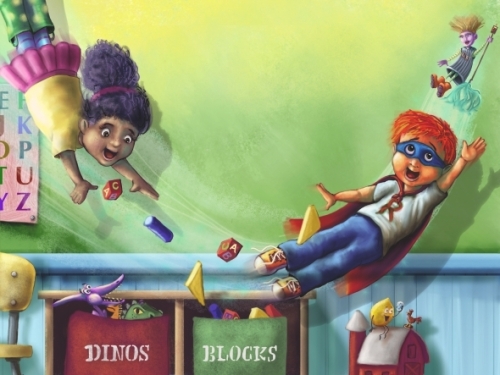
When did you decide you wanted to illustrate for children?
I attended a Conference in Marian Del Rey when the SCBWI was SCBW and was hooked. I began collecting children books before I had kids. When my kids were school age, I jumped in full time. Five years ago. I Attended a conference in LA, met a circle of friends who later became our fantastic illustrators critique group! Between my critique group and all the amazing people I have met through the SCBWI, I am so excited to be a part of this community!
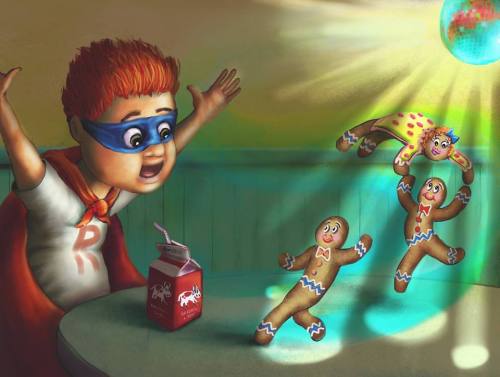
What are you doing to help connect with art directors and editors?
I have postcards and a website with childrensillustrators.com and Carbonmade, and try to keep up by reading industry blogs. Attending conferences and smaller SCBWI events and participating in portfolio reviews whenever they are offered and portfolio showcase through the LA conference.
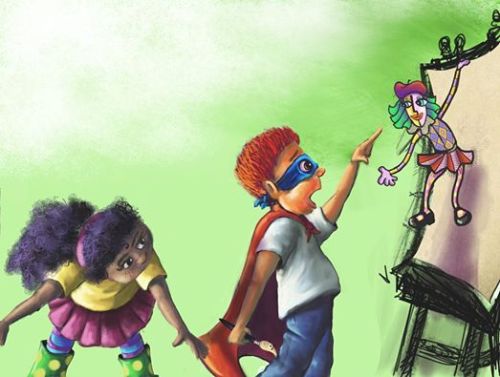
Have you put together a portfolio and or a book dummy?
Definitely a portfolio online and a real world portfolio. I try to update both when I have new work. Sometimes I make small dummies for ideas I am working on. It is a interesting process and great way to really see how your work flows with the page turns.
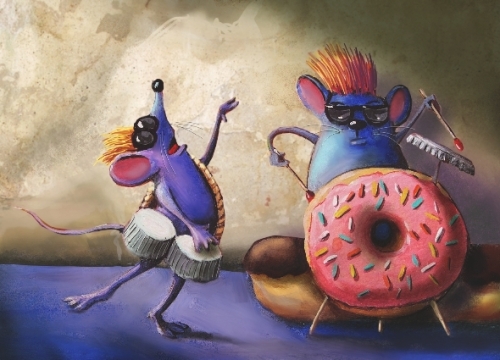
Have you done any illustrating for children’s magazines?
I had the opportunity to do a cover illustration and a full spread for Babybug Magazine. As well as Magazine work, I produced illustrations for some of the short stories featured in the, Los Angeles Time’s Kids Reading Room. It is fast turnaround but fun to focus so intently and figure out how to tell a story in one illustration.


Do you have an Artist Rep. to represent you? If not, would you like to find representation?
I don’t have an artists rep., but I would love to find representation.
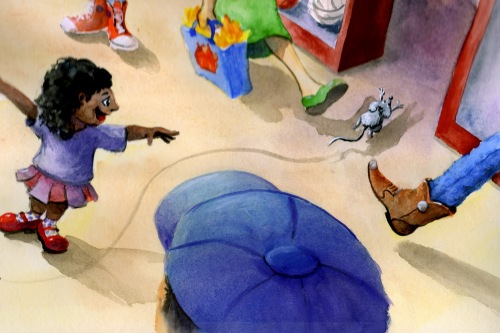
What types of things do you do to find illustration work?
I tend to be a bit of a very shy, nerdy, introvert so Social media and self promotion are the hardest parts of children illustration for me. I know it is important though so I try and get out there at conferences and talk to people, make connections, get my work into portfolio reviews and such. Sending postcards, is an introverts best friend! A great way to reach out and have your work be seen from afar. So far I have only met wonderful nurturing people in this field, so for my fellow artists introverts, take the leap and put yourself out there and take chances, it does pay off!
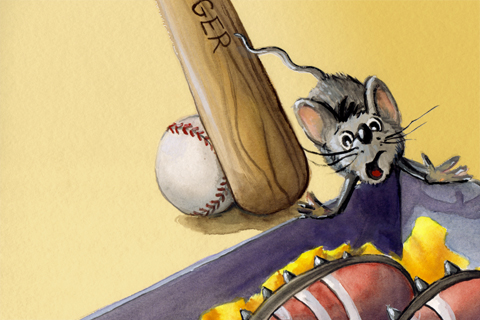
What is your favorite medium to use?
For sketching I love regular old black ball point pens. The cheaper the better. I find when you sketch with a medium where there is no eraser and no “undo” it frees you up. I also love that you can get so much variation in line and shading with those old crummy pens. For finished work, I love to work in gouache. and pen and ink in the real world, Corel Painter and my Wacom in the digital world.

Has that changed over time?
Yes, Since the recent ebooks series I worked on was going to have some animation, I wanted to be able to manipulate the art on layers. I started using Corel painter and a wacom tablet. I love the way you can mimic real world art mediums and still maintain layers and experiment. I still start with those old crummy pens and pencil in the real world even when I am going digital. It still feels fresher to me.
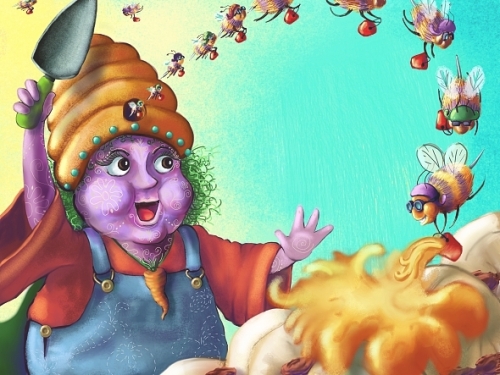
What do you consider is your first big success?
BabyBug was exciting, to be able to do not just create a spread but also the cover art for a large publication was wonderful! It was happy dance day!
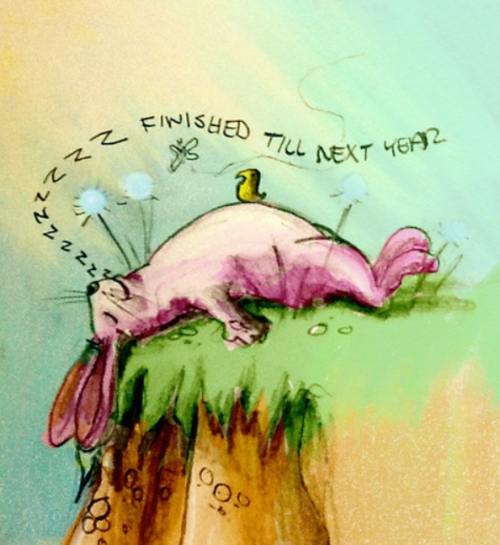
How did that come about?
I think getting your work out there with websites and postcards. The art director at Carus Publishing had seen some of my work and when a job came along that matched my style, she contacted me. I had missed the call, as I was out picking up kids, so she had left a message for me. I listened to the message three times, did a dance around the room with the kids, regained my demeanor and called her back, very excited to be working with them.
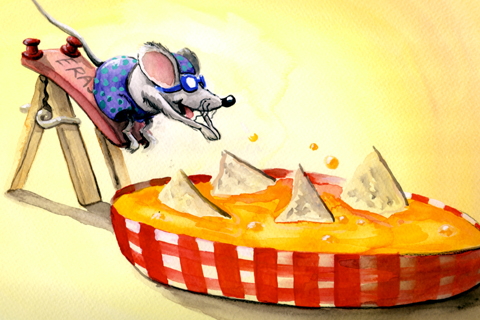
Do you ever want to write and illustrate a picture book?
Absolutely, I would love to get some of the worlds and the stories, rolling around in my imagination and my sketchbooks, onto the page and into a book! I am working on my writing craft along with my illustration.
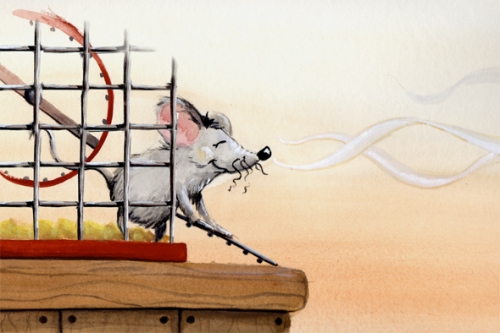
Would you be open to working with an author who wants to self-publish a picture book?
It would depend on the story and situation. I have worked with one author, self publishing an ebook series, “Reid’s Amazing Universe”. Getting a book, out there and seen, seems to be an issue in self publishing, especially in the digital realm, competing with apps and more. The author and developer in this case, are very good at self promotion and marketing and had some good connections so it seemed like a good challenge. I think the challenge to self publishing for an illustrator specifically, is not having an Art Director. It is difficult to self edit your work and having a talented art director on board is invaluable.

Do you take pictures or do any types of research before you start a project?
I get books from the library, google images and make big image boards for characters and setting and color palates. Right now my wall is filled with gorillas, smug kids, and downtown street scenes. I have a little mirror above my art table so I can make faces at myself, in order to get a great facial expression in my characters.
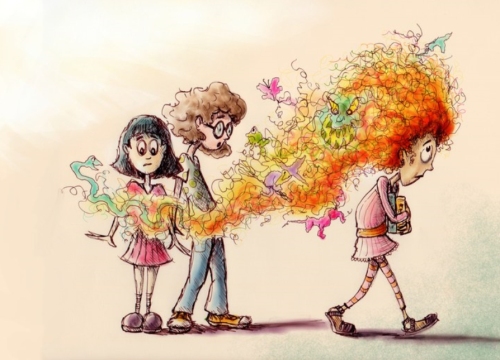
Have you done any work for educational publishers?
No, but I am interested in both this area and the Middle Grade areas, after hearing two great breakout sessions at the conference this summer in LA.
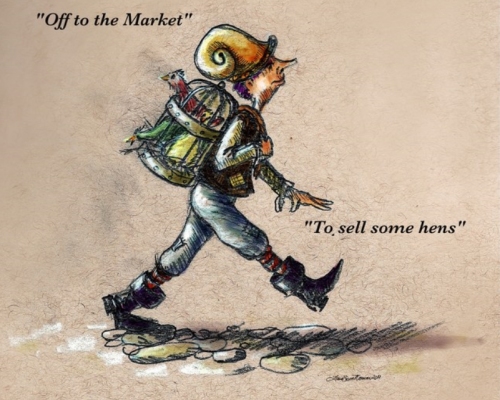
What is the one thing in your studio that you could not live without?
Music, I tend to work in different mediums and love my studio space, but I have about six different albums that play in the background when I work. It helps me to get lost in my drawings.
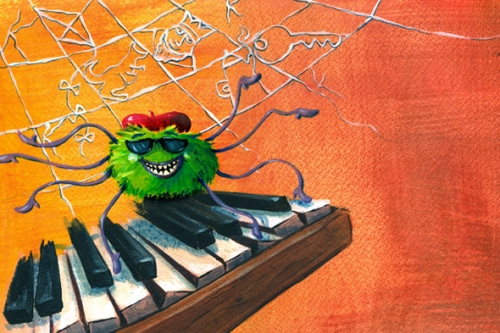
Do you try to spend a specific amount of time working on your craft?
I really believe keeping a good balance helps your creativity and with your life as a whole. I try hard to do this, even though I am an Artist-Mom/taxi driver of short people, I set aside around 5 to 6 hours each day during the week to sketch, paint, research and learn. If I have a deadline approaching then it is whatever it takes. That can mean, walking out to my studio at 4am in the quiet hours, or in the late evening hours, keeping the balance with my family’s daily life and get the deadline met. My kids love the studio. If I need to put in the extra time even as my kids get older, I will find myself working with someone reading a book under my art table and listening to my husband practice guitar in the house. It becomes creative time for everyone.

Do you have an agent? If yes, who? If not would you like to find one?
I don’t have an Agent, but yes, I’d love to have an agent. I think it can be a great partnership for an artist, to navigate the ins and outs of the children’s field and to help further their work.
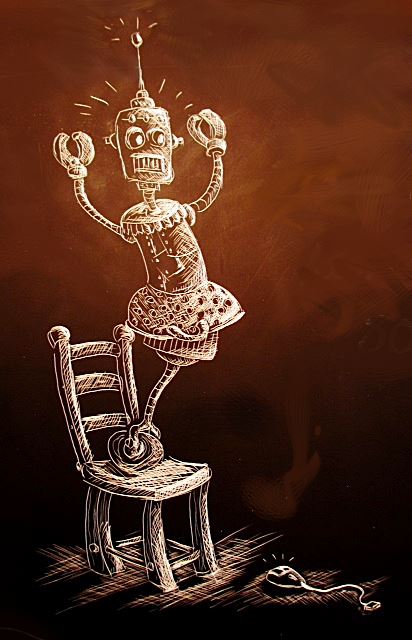
Do you think the Internet has opened doors for you?
For artists I think the internet is fantastic! It allows us to share our work and inspiration and ideas and connect with other artists and people in our industry through Facebook, websites , Instagram and more. In my case, I Skype each week for the Visual Mentor program, and my critique group has maintained a strong bond and can help each other in an instant, even though we are from all different parts of the country. Once again internet a great tool for introverted artists!
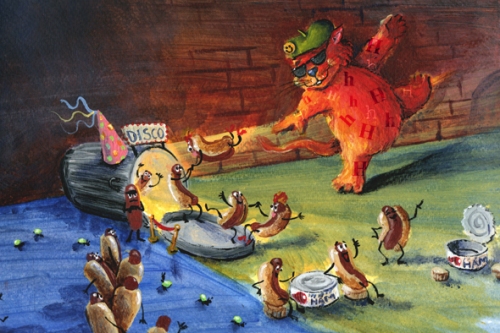
Do you use Photoshop or Corel Painter with your illustrations?
For many years I used Photoshop, but I have become a Corel Painter fan. If I work digitally I tend to work in Corel with a Wacom tablet.
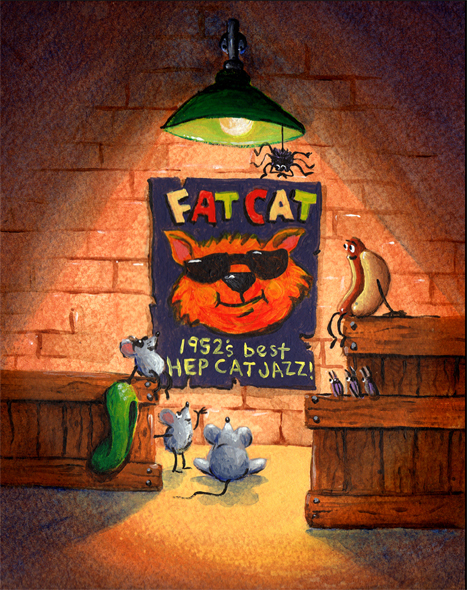
Do you own or have you used a Graphic Drawing Tablet in your illustrating?
I love my Bamboo Wacom tablet. it is as portable as a sketchbook!
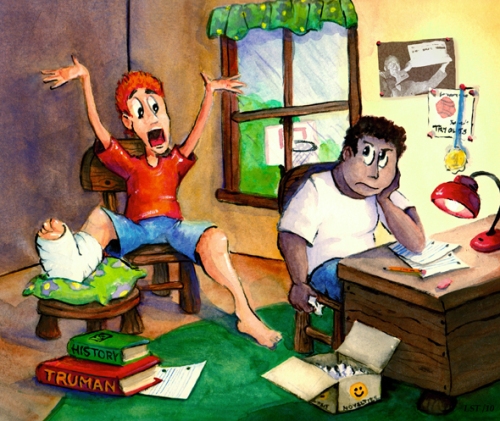
Do you have any career dreams that you want to fulfill?
My Career Dream, I would like to have been a part of creating books with humor and heart, that are worn on the edges, because they are the ones grabbed off the bookshelf over an over again to be read We on the couch at bedtime.
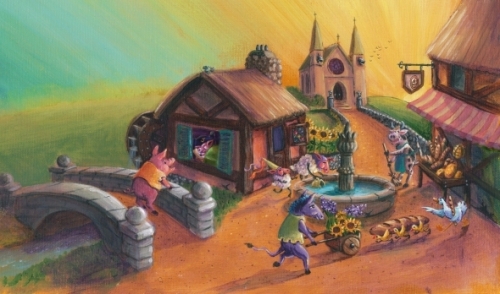
What are you working on now?
I’m starting to sketch on the third ebook series for “Reid’s Amazing Universe” and working on expanding my art and creating illustrations for a possible book in my Visual Mentor program.
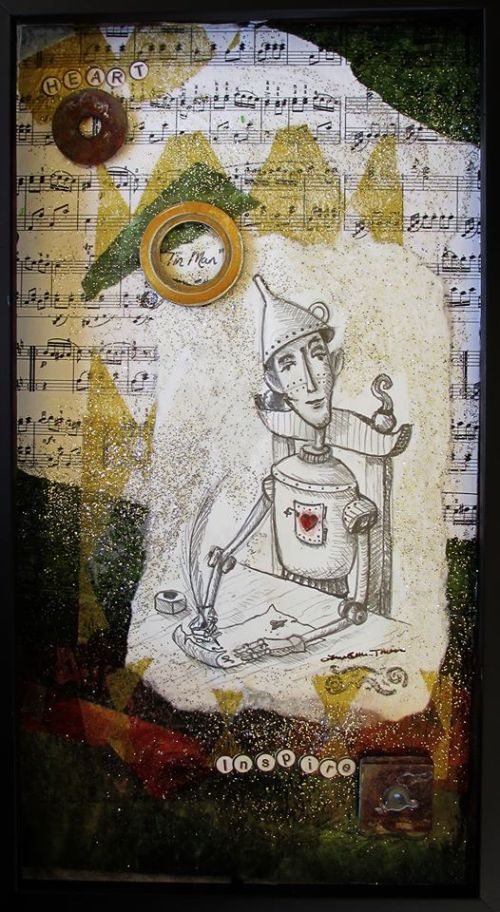
Do you have any material type tips you can share with us? Example: Paint or paper that you love – the best place to buy – a new product that you’ve tried – A how to tip, etc.
I love sketching with ball point pens but also I have a few sets of warm and cool grays, and black Faber-Castell pens and tracing paper. They come in sets of warm and cool grey and black with different sized tips and brush pens. When I am working I will have several layers of tracing paper with different shading or trying out different gestures above the original sketch. I find my work is much looser if I am sketching by hand rather than on a screen. Later I will combine what is working either in the real world or in Corel Painter to form a final sketch before going on to the finished art.
For Art supplies we live in a small coastal area so Blicks online is my go to source for supplies.
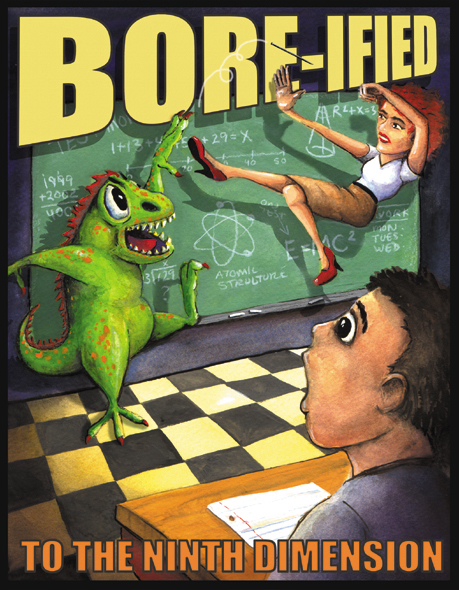
Any words of wisdom on how to become a successful writer or illustrator?
I am not nearly as far along as many of the creative and talented illustrators whom I admire, interviewed on this blog. As far as words of wisdom, I think to get where I am today with some success at being published and hopefully more opportunities in my future, for me it comes down to truly wanting to be a children’s illustrator, loving this field, and as an Artis/Mom, finding the time to truly work hard, getting your work out there to be seen.
Becoming a member of the SCBWI was an important step for me and an amazing organization with wonderful talented people. Everyone I have met has been willing to talk or help a new or emerging illustrator or writer to the find their way and welcome them into the children’s books community. It is where I have garnered friends, critique groups and contacts. Attend conferences and events through the SCBWI. Take classes, be open to opportunities!
Most importantly, find the time and the balance for your art or writing in your week and stick to it. Laundry will still be there tomorrow and I do believe Dust Bunnies qualify as pets, so give them a cute name, pat them on the head, and go sketch!
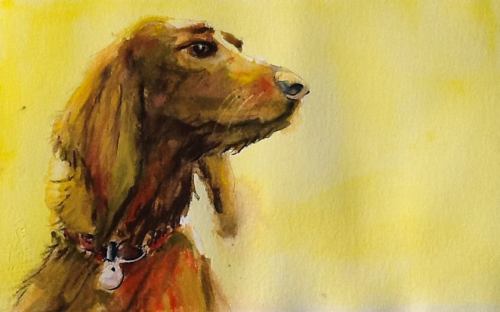
Thank you Laura-Susan for sharing your journey and process with us. Please let us know all your future successes. We’d love to hear about them and cheer you on. You can visit Susan at: www.laurasusanthomasillustrator.carbonmade.com
If you have a moment I am sure Anne would like to read your comments. I enjoy reading them, too, even if I don’t always have time to reply. Thanks!
Talk tomorrow,
Kathy
Filed under:
Advice,
demystify,
illustrating,
Illustrator's Saturday,
inspiration,
Interview,
picture books,
Process Tagged:
Baby Bug Magazine,
Laura-Susan Thomas,
University of Arizona 


By: Kathy Temean,
on 10/24/2014
Blog:
Writing and Illustrating
(
Login to Add to MyJacketFlap)
JacketFlap tags:
Anne Wertheim,
Freelance artist Maui,
Oracle Deck of Flowers,
inspiration,
Advice,
illustrating,
demystify,
Illustrator's Saturday,
Interview,
Process,
Add a tag

Anne attended College of Art in Hamburg, Germany (Fachhochschule fuer Gestaltung), from which she graduated in 1995 with a degree in illustration. Right after earning her degree she moved to Maui/Hawaii. She has been working as a freelance illustrator, painter and designer, working for advertising agencies, design studios and publishers for nearly 20 years in Maui.
She has worked on a variety of projects including product packaging, advertising, publishing, point of purchase displays and animation backgrounds.
Here is Anne explaining her process:
My work process creating one out of 44 cards for the “Oracle Deck of Flowers”.
Publisher: Llewellyn Worldwide, Author: Tess Whitehurst
For this oracle card, I am asked to show a heroic woman blowing a horn standing amidst a field of blossoming foxgloves. The title of the card is “Summon your Courage – Foxglove”

I start out with a black and white line sketch. To get the pose right, I often use the help of another application: Poser

I work on two monitors. Monitor One is the smallest of the Cintique tablets, monitor two is a 30 “ Dell. On the Dell I have several documents open showing reference images as well as an additional window of the current illustration I am working on. The Cintique will have only my illustration window open as well as show a window with my brush presets and another one for layers.

While I work I constantly go back and forth between painting on the Cintique and evaluating my illustration on the Dell. The Dell I have color calibrated. I always work in a CMYK color space when working on print projects.

I do a very quick color sketch. On this card, I feel confident about how I want the colors to be, so I decide not spend too much time on the color sketch.

I desaturate the color sketch to have it in black and white.

I add a muliply layer over my black and white sketch and use a soft brush to paint over it in orange.

I usually start with the background, in this case the sky. I always use textures in my Photoshop brushes. My main brush has a texture, I made myself by applying acrylic gel to a board, painting it black and and dry brushing white over it.
I have a texture library of splatters, ice , fabric, rocks, marble etc. anything that will make a nice texture. While I work I often choose different textures.
For the sky I chose a splatter texture. I put the sky on one layer and the clouds on another. On layer three I have my Poser
figure on layer 4 my sketch. I want to create a dramatic sky, somehow evoking a feeling of fire or a battle far away.

As soon as I have roughed in the sky, I start working on the figure. At this stage I work fairly rough, as I want to paint in all the elements of the illustration before I get into more detail. It is always so tempting to get detailed too soon, only to realize later, that some of the detail does not work with other parts of the illustration.

Next I rough in the foxgloves and start working on her face. Now that all the elements of the illustration are in place it is time to fine tune. I put several layers of paint over the sky. Sometimes lightening the sky up with heavily textured brushes and then toning everything back down by adding a multiply layer and glazing a shade of blue or magenta over the sky.

I am working similarly when working on her clothes and face. Here I just stick to my main texture brush. I lift her left arm a bit, to make the pose a little bit more dynamic and add all the highlights for her clothing and on the flowers.
Almost all elements of the illustration are on different layers. Flowers on one, leaves on another, her legs, her skirt, belts, west etc. Having everything on different layers makes it easier to work and rework each part.

And that is pretty much it!
How long have you lived in Maui?
I moved here in 1995, right after I finished art school in Germany.


How long have you been illustrating?
I have been illustrating as a professional and full time since 1995, after I got my degree in illustration from the college of art in Hamburg/Germany. But I have been pretty much done some form of art my whole life.

Did you study art in college? If so, where?
Yes! I went to the “Fachhochschule for Gestaltung” in Hamburg (college of design).

What were you favorite classes in college?
My favorite class in college was “Educational Illustration,” as well as life drawing and painting.

Did the School help you get work?
They didn’t really help us get work, but found publishers that wanted to work with us, while we were still students.
Our illustration class did several projects for different publishers.
Together with 5 students I illustrated one of my first books for a German publisher (Frankh Kosmos) with the title “Animals at the Coast and the Beach” (�Tiere an Strand und K�ste).
On another assignment we designed and illustrated an exhibition for a marine biology institute.

What was the first painting or illustration that you did where someone paid you for your artwork?
Right after High School, I interned for two years in an illustration and design studio. During my internship I was fortunate enough to illustrate some book covers that my boss otherwise would have done himself.

What type of job did you do right after you graduated?
While still in college, I worked for a big German publisher, doing layout for several magazines as well as teaching computer graphics on the Mac. After I graduated I started my career as a freelance illustrator.

Do you think the classes you took in college or living in paradise influenced your style?
Neither one and both to a certain extent. It has helped me to have an education in the arts. No doubt, all my art classes in college have given me a strong foundation to work as an illustrator. Nevertheless, I feel life has influenced me the most. Right after college, I felt I needed to learn soooo much more than what they had taught me in college and even now, almost 20 years after I graduated I am still learning with every single project that I take on. I think Maui’s abundance of natural beauty, lushness and bright colors, are in sync with my need for nature, beauty and color in my life and work.

Do you do a lot of art shows and exhibits? Is that how you got noticed?
No, I don’t do any art shows and exhibits at the moment. After I had my two children in 2001 and 2003, I wanted more freedom in my creative process. So I did a lot of plein air painting. For about three years, I painted mostly on sight in oil all over Maui. I really enjoyed this time. It taught me so much about painting, landscapes, color, light etc. I exhibited and sold my paintings in my husbands gallery close to where we live.

When did you do your the first illustration for children?
For my thesis in college we had to pick a larger project to illustrate. I decided to write and illustrate a picture book about a family of barn owls. To complete my thesis, I only needed to create the concept and 5 illustrations. I had a lot of fun writing the story and illustrating it. Instead of just the required 5 illustrations, I did all the illustrations for the book. It turned out so well, that the same publisher I worked for before, picked it up and published it the next year.

When did you decide you wanted to illustrate books?
I never was set on just illustrating books. Right now, I actually prefer shorter projects.

How did get the contract for the “Food Chain” book series?
I got the contract for the “Food Chain” series, by doing a lot of cold calls and got lucky to give Capstone/Picture Books at the right time when they were looking for somebody to illustrate “Food Chains”.


Have you worked with educational publishers?
All my children’s books have been geared towards the educational market. I just recently worked for University Press and did some illustrations for a few school books.

How many children’s books have you illustrated?
If I counted right a total of 10.

Do you have any desire to write and illustrate your own book?
Not at the moment.

Have you done any illustrating for children’s magazines?
I did some illustrations for Highlights and Cricket Magazine.


Do you have an artist rep.? If so, who? And how did you connect with them?
I am repped by Steve Munro of Munro Campagna in Chicago. When I felt In needed a rep, I looked up all the reps, who represented illustrators that I either admired or where similar in style to me. I then sent out e-mails with samples of my work and Steve took me on.

What types of things did you do to market your work?
I always think I should be doing more and I definitely could improve a lot in terms of marketing myself. I market myself by showcasing my work in the Workbook, the ISpot, as well as CreativeSource in Canada. I occasionally send out postcards. I used to do email blasts, but have not found that sending mass e-mails produces great results. I am just in the process of redoing my own webpage and am determined, once done to blog about my process on a more regular basis.

What is your favorite medium to use?
These days it is digital.

Has that changed over time?
At the beginning of my career I did all my work in acrylics and used a mix of airbrush and acrylic painting. I switched to digital in 2010 and have not regretted it, even though I miss not having originals anymore

Do you have a studio in your house?
Yes, my studio is in our house.

What is the one thing in your studio that you could not live without?
My Cintique tablet.

Do you try to spend a specific amount of time working on your craft?
I usually start my workday between 6 and 7 am. I am an early morning person, which makes communicating with the East Coast a lot easier. I take in between 30 minutes and an hour each day to do things that are not related to doing my craft. Usually these are my least favorite subjects and the ones I procrastinate the most about: marketing, office tasks, writing bills (which actually should be considered fun), blogging and currently it is working on my new webpage (which I actually really do enjoy)
The rest of the day is devoted to working on my illustrations..

Do you take pictures or do any types of research before you start a project?
Yes! Depending on the project, I might take photos, ask a friend, my children or even a stranger to model for me and /or do a lot of research on the internet.

Do you think the Internet has opened doors for you?
I couldn’t live without it. For my most recent project of illustrating 44 Tarot cards, I must have collected thousands of reference images.

What do you tell was your biggest success?
My first Celestial Seasonings illustration is just now gracing one of their new tea boxes: Apple Caramel Dreams.


Do you use Photoshop with your illustrations?
Yes. Photoshop is my main application I use when illustrating.

Do you own or have you used a Graphic Drawing Tablet in your illustrating?
I started out on an Intuous and upgraded to a Cintique last year.
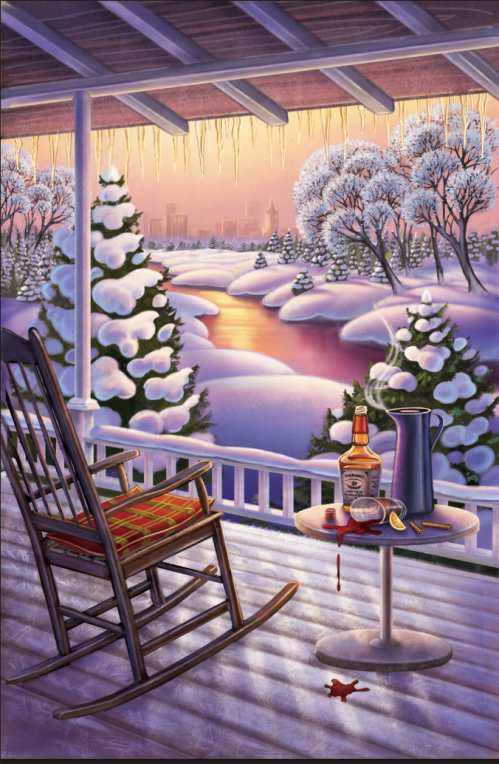
Do you have any career dreams that you want to fulfill?
Next year I want to learn Maya and start getting into 3D.

What are you working on now?
I currently am working on a deck of 44 Tarot or oracle cards. The deck will be called “The Oracle Deck of Flowers”


Do you have any material type tips you can share with us? Example: Paint or paper that you love – the best place to buy – a new product that you’ve tried – A how to tip, etc.
My favorite tool is my Cintique. Before I got it, I never thought it would make such a difference in my work. I was using the Intuous graphic tablet before,which seemed fine to me at that time. But actually drawing on a monitor is such a big improvement. I love it.


Any words of wisdom on how to become a successful writer or illustrator?
A good mix of talent coupled with perseverance, stubbornness, and a burning desire to create will help a lot in becoming a successful writer or illustrator.

Thank you Anne for sharing your journey and process with us. Please let us know all your future successes. We’d love to hear about them and cheer you on. You can visit Anne at: http://www.annewertheim.com
If you have a moment I am sure Anne would like to read your comments. I enjoy reading them, too, even if I don’t always have time to reply. Thanks!
Talk tomorrow,
Kathy
Filed under:
Advice,
demystify,
illustrating,
Illustrator's Saturday,
inspiration,
Interview,
Process Tagged:
Anne Wertheim,
Freelance artist Maui,
Oracle Deck of Flowers 


By: Kathy Temean,
on 10/17/2014
Blog:
Writing and Illustrating
(
Login to Add to MyJacketFlap)
JacketFlap tags:
Interview,
Tips,
picture books,
inspiration,
Advice,
Process,
authors and illustrators,
demystify,
Illustrator's Saturday,
David Harrington,
Spaghetti Smiles,
Add a tag
 David Harrington’s affinity for art began at an early age, when he enthusiastically drew on floors, walls, furniture, and other inanimate objects. A native of southern California, Harrington pursued a career in illustration by enrolling in the Art Center College of Design in Pasadena, where he earned a BFA with honors. As a student, his favorite classes were figure drawing and painting.
David Harrington’s affinity for art began at an early age, when he enthusiastically drew on floors, walls, furniture, and other inanimate objects. A native of southern California, Harrington pursued a career in illustration by enrolling in the Art Center College of Design in Pasadena, where he earned a BFA with honors. As a student, his favorite classes were figure drawing and painting.
In his professional career, Harrington has illustrated numerous children’s books. He believes that they open a door to a new world, and he admits that he studied books for hours on end as a child. In addition to children’s illustrations, Harrington creates advertising images for toys, games, food packaging, educational materials, medical equipment, and various other products.
Bold lines, sharp contrast, and vibrant colors render Harrington’s images stunning and memorable. He portrays real emotions such as fun and excitement through playful and accentuated cartoon images. The clarity of detail that Harrington gives to the page can bring a child’s imagination to life. He is the recipient of a WWA Spur Awards Storyteller Award for his illustrations in Pecos Bill Invents the Ten-Gallon Hat. David lives with his wife and children in Laguna Hills, California.
Here is David sharing his process:
This illustration is from a book I’m currently working on where some bandits steal all the ice cream in town during the middle of summer!
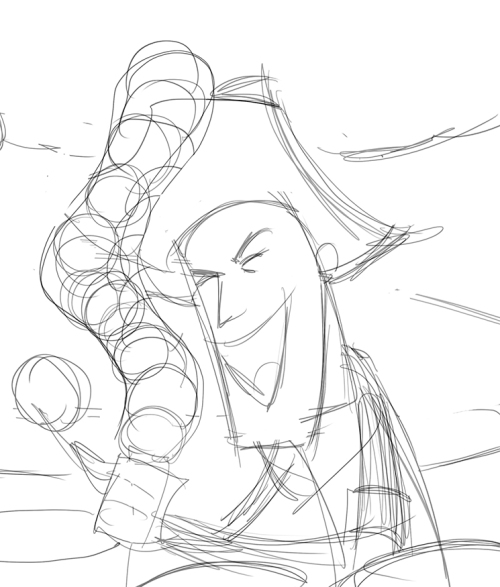
First, very rough, fast sketches trying to capture the energy, mood, emotion etc. Once I have a rough sketch I like then I keep tracing it and making revisions until I get to the final sketch.
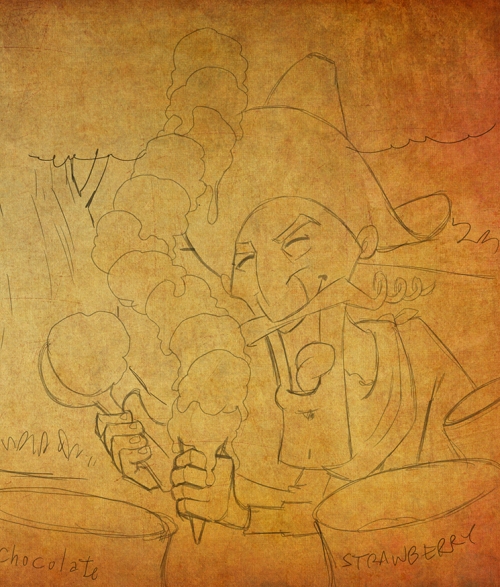
I put the final sketch on a medium value, textured background. I keep it on a separate layer so it can be removed later.
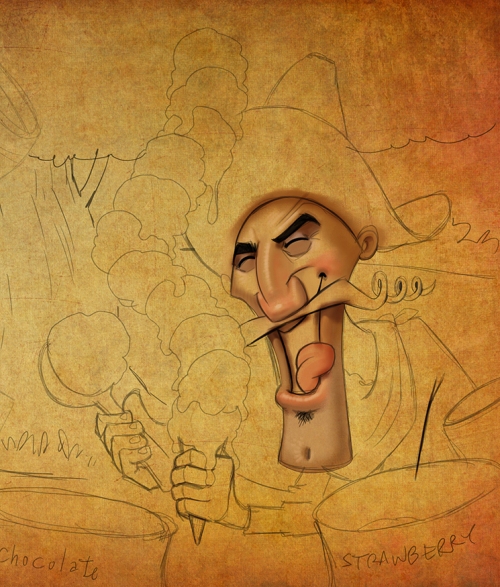
Starting with the face, I put down a thin, base skin tone letting the background texture show through. Then I start building up the dark tones adding just a little red color to the nose and cheeks and a few high lights.
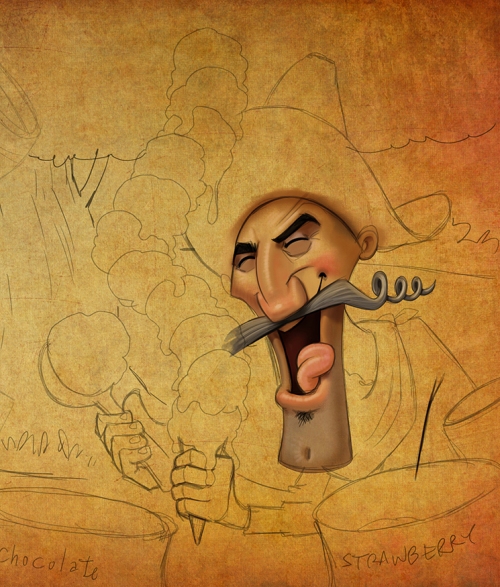
I keep building up the darks and start introducing some blues, purples and greens into the shadows.
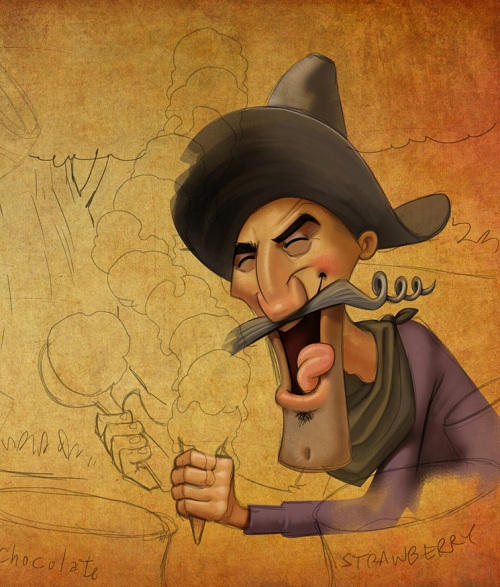
When I have the colors and values of the face where I want them, I’ll start on the rest of the figure working from light to dark.
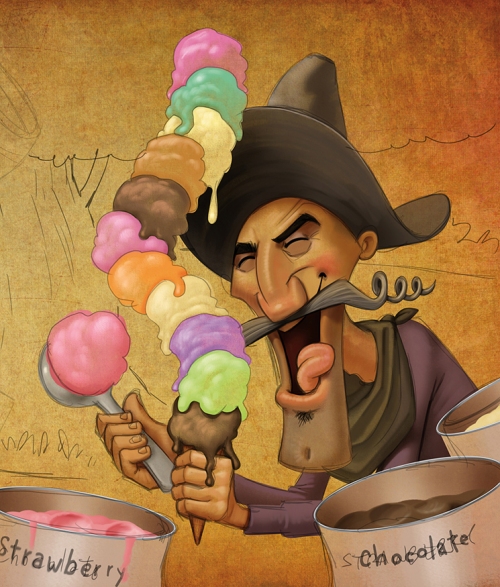
For the ice cream, I put down a medium tone trying to let the background texture show through. I then added a lighter color to one side and hit the other side with a faint shadow.
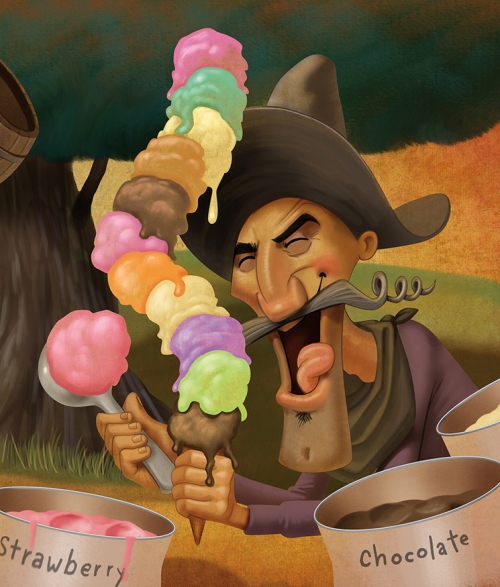
Lastly, I added the background, leaving some of the original texture untouched. I removed the sketch and then I add fine line detail.
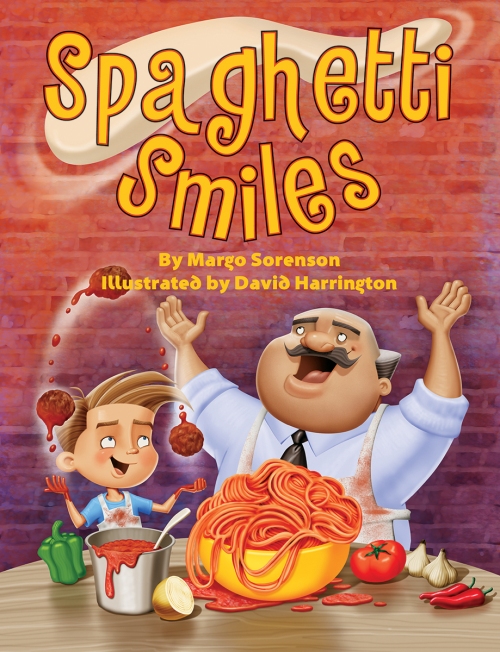
Spaghetti Smiles by Margo Sorenson – published by Pelican Publishing Press (September 15, 2014). How many books have you illustrated for Pelican Publishing?
Spaghetti Smiles was just released and that was the fifth book I’ve illustrated for Pelican Publishing and I’m working on another right now.
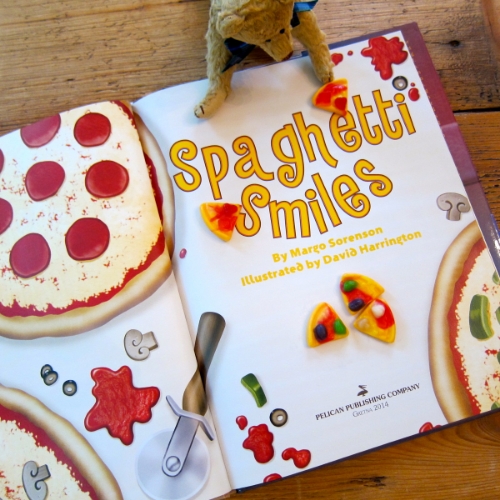
How long have you been illustrating?
I’ve been illustrating professionally for about 25 years.
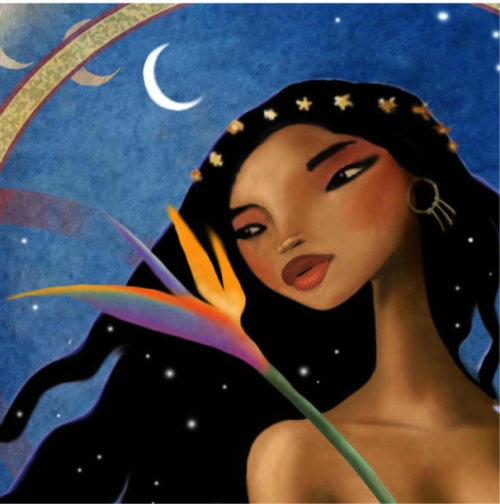
How did you decide to attended At Center College of Design in Pasadena, CA to study fine art?
During high school I took some Saturday classes at Art Center and fell in love with the school.
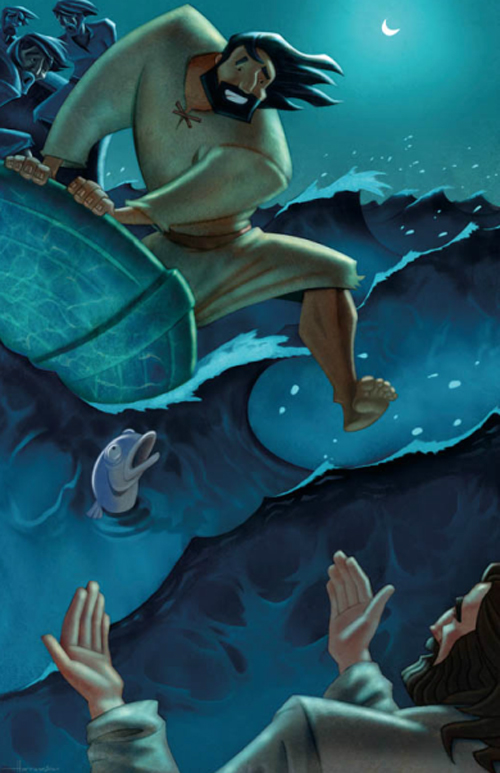
You say in your bio that figure drawing and painting were your favorite classes? Is that still a favorite thing for you to illustrate?
Absolutely, anytime there are figures in an illustration, whether they are stylized or realistic, it’s always fun and they bring life to the piece.
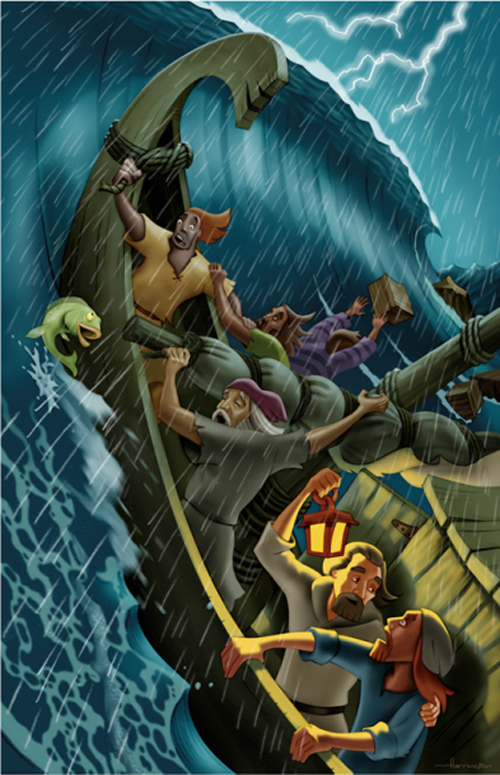
What was the first art related work that you were paid?
I painted store windows at Christmas time when I was a teen.
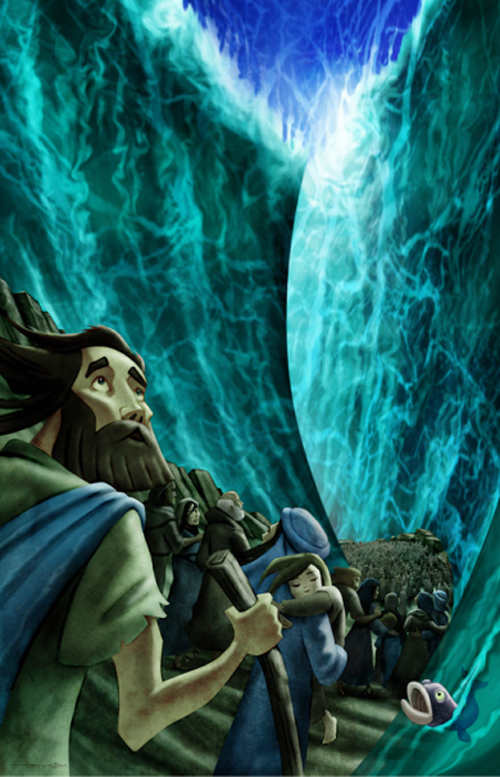
Did the School help you get work?
Yes they did, I got some work doing movie poster concept sketches for Warner Brothers right after graduation.
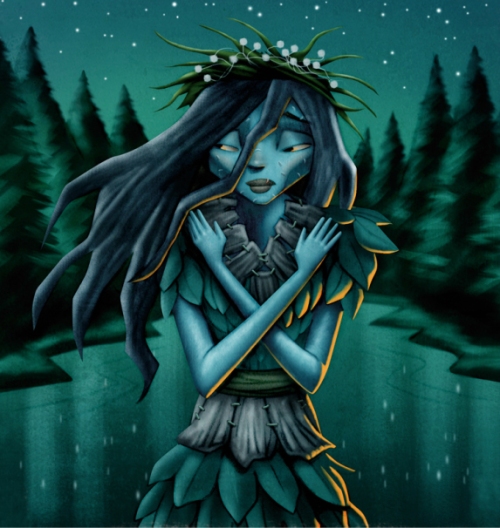
Do you feel the classes you took in college have influenced you style?
I don’t know, my style has been changing over the years.
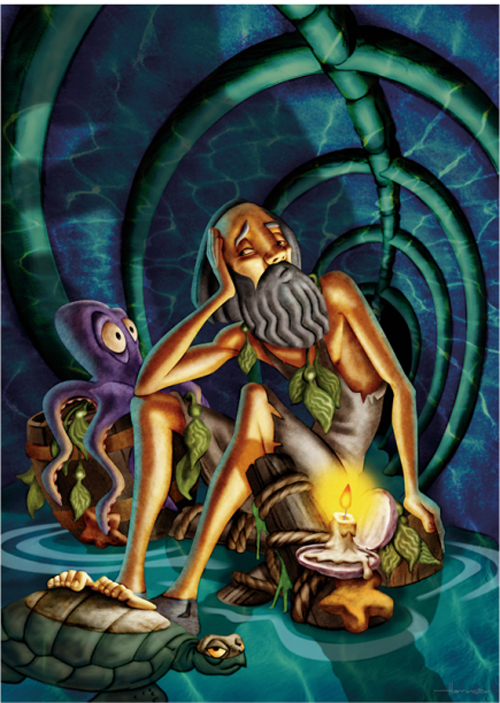
What type of work did you do right after you graduated?
About six months after graduating I took a full time job as an art director/illustrator at a small company doing mostly sports art.
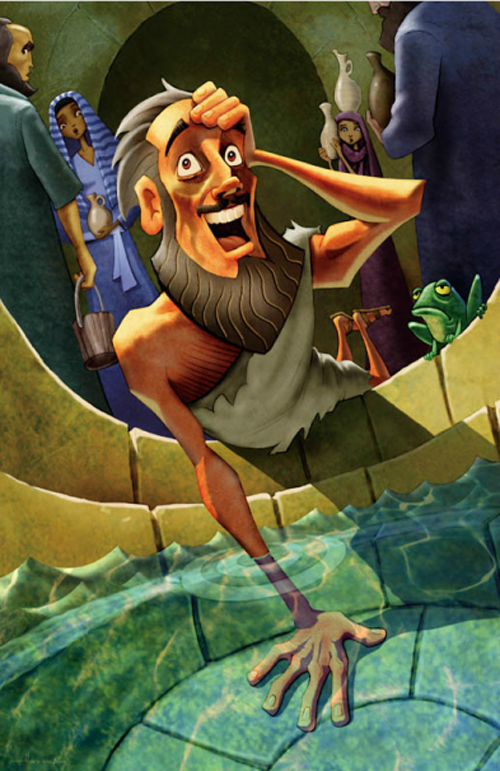
How did you make the decision to jump into freelance work?
I had been trying to make the transition to freelance by working at night but then when I got laid off unexpectedly from my full time job, I decided that -Now is the time.
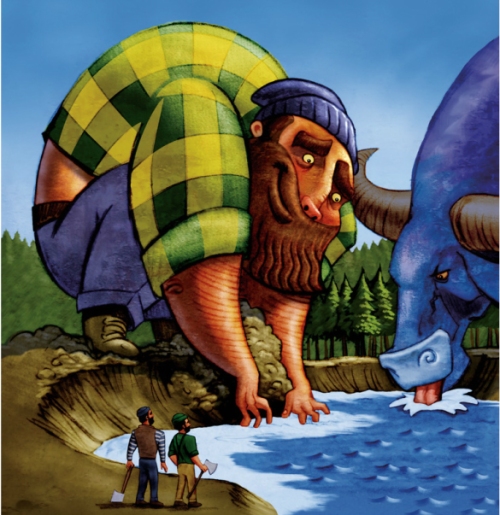
When did you decide you wanted to illustrate for children?
I did a lot of soft drink advertising work for a good client and he asked me if I could illustrate a Children’s book, so I gave it a shot- and loved it!
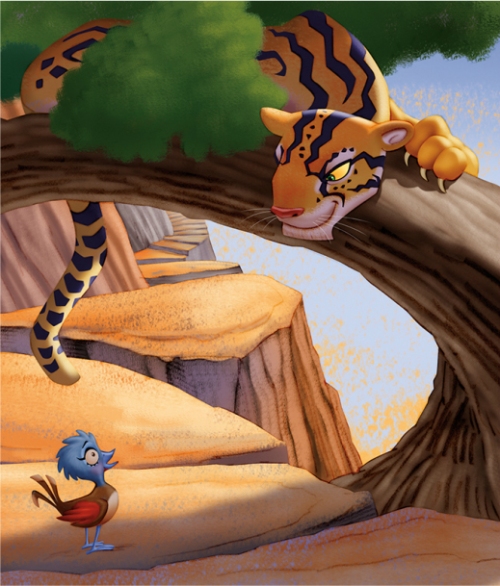
When and what was the first children’s book that you illustrated?
It was called Gabby, about a little girl and a science fair project that went wrong resulting in a giant bubble-gum monster.

Do you consider that book to be your first big success?
No, but it opened my eyes to how much fun Children’s book are to illustrate. I love creating characters.
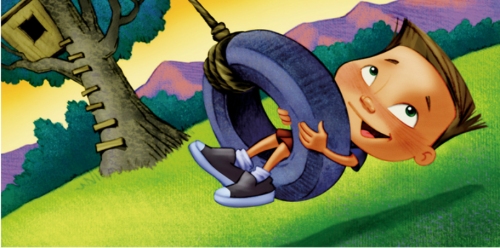
Do you have an agent or artist rep.?
No, I don’t have a representative but am not opposed to one either.
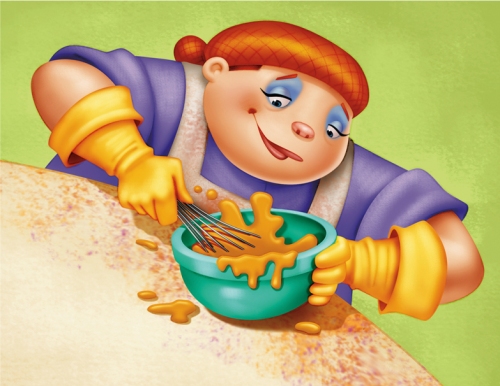
Do you have any desire to write and illustrate your own picture book?
Yes I have written some books and hope to be an Author/illustrator someday.
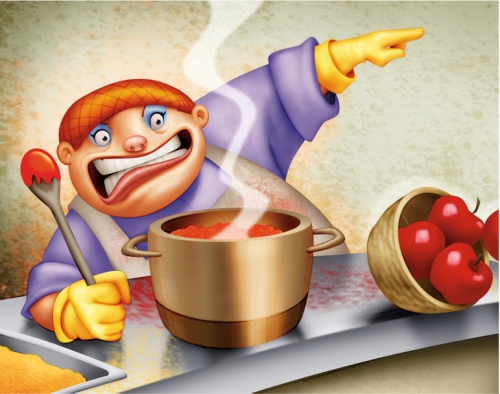
Are you the same David Harrington who does fantasy art?
No that is another David Harrington, although I have done some fantasy art over the years.

How did you get the contract to illustrate, Since We’re Friends: An Autism Picture Book at Sky Pony Press?
I don’t remember how I got that contract, but I remember it was two books.
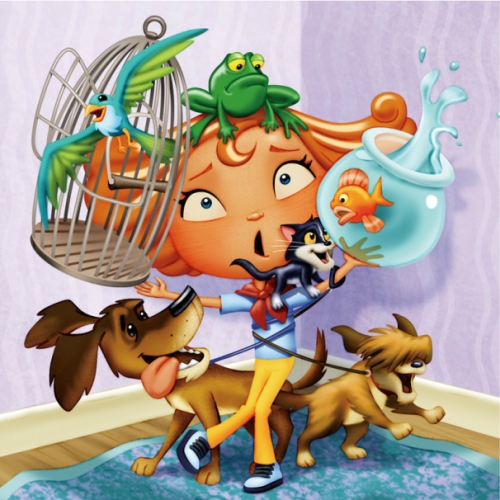
How long did you have to illustrate each one?
The whole process from sketches to final illustration takes about four to five months.
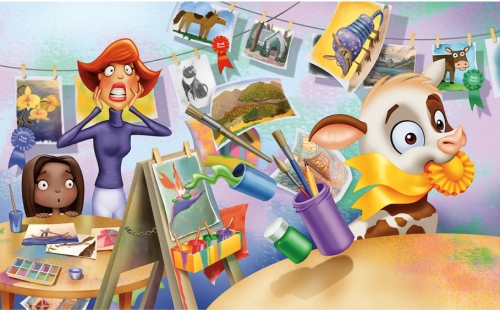
Would you be willing to work with an author who wants to self-publisher their picture book?
Yes I would if I like the story.
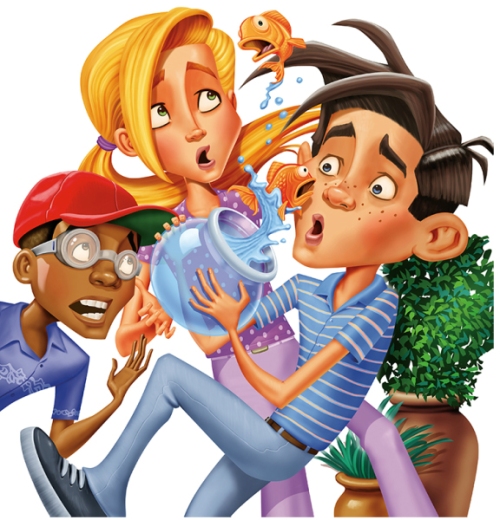
What illustrating contract do feel really pushed you down the road to a successful career?
I did about a dozen Book covers for Pee Wee Scouts from Random House and that led to more work.
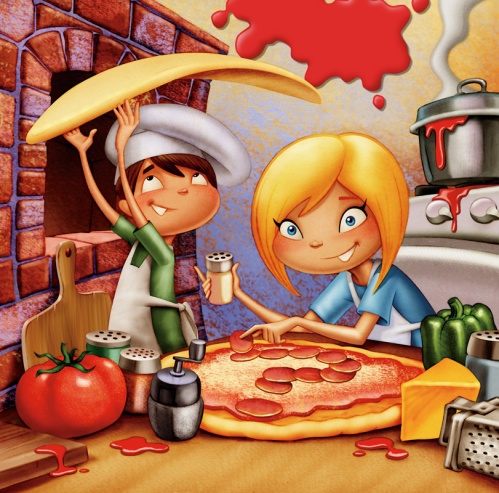
When is the title of the pirate book that you are working on and when is it coming out? Is that your next book that will hit the book shelves?
It’s a cowboy book titled Whistling Willie and should be released in the Spring of 2015.

Have you done illustrations for any children’s magazines?
Yes, mostly Club House magazine.
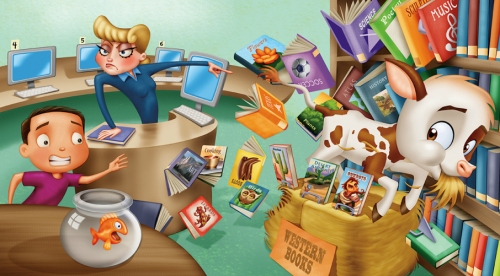
What materials do you use to paint your color illustrations?
Well it started with acrylic paint and pencils and over the years has transitioned to a Mac computer, graphic tablet and Photoshop.
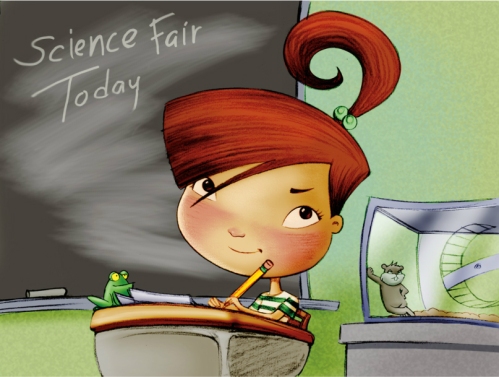
What types of things do you do to find illustration work?
Once or twice a year I send out promotional post cards to publishers. But word of mouth is how I get most of my work.
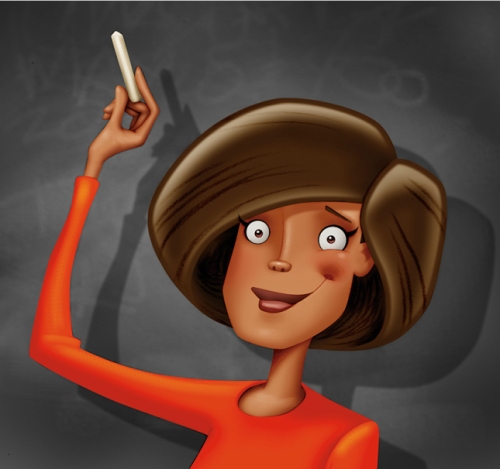
What is the one thing in your studio that you could not live without?
My Mac!
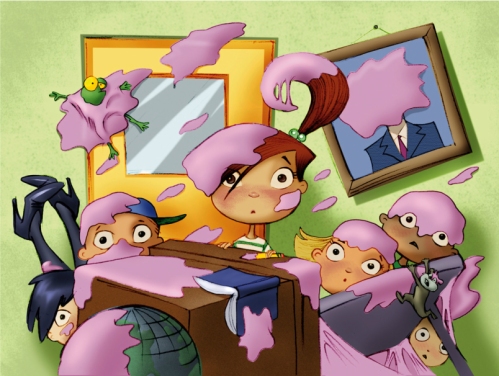
Do you try to spend a specific amount of time working on your craft?
I try to find time to experiment and learn new techniques or try different media. I love oil painting and sculpting!
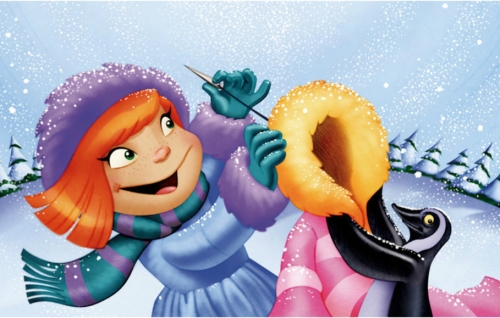
Do you take pictures or do any types of research before you start a project?
Yes I do a lot of on-line research and look for inspiration.
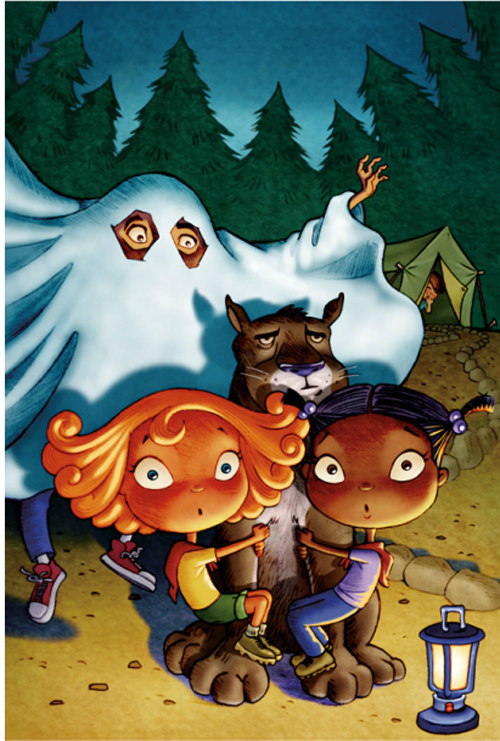
Do you think the Internet has opened doors for you?
Yes, it has changed everything about this business, from research to communication to the way finished projects are delivered.
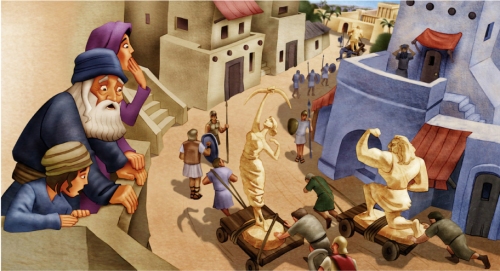
Do you use Photoshop, Illustrator, or Corel Painter with your illustrations?
Yes, Photoshop and sometimes Illustrator. I have tried painter and that’s a good program too.

Do you own or have you used a Graphic Drawing Tablet in your illustrating?
Yes, Wacom Cintiq, it’s amazing!
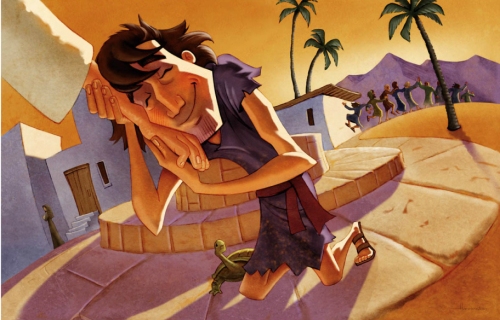
When did you start using the computer to paint your illustrations?
That was a very slow transition, about 15 years ago I would just add the final details to an illustration in Photoshop. Then at some point I would finish a painting half way and then complete it with the computer using a mouse. Now, all or almost all of the art is created using a Graphic Tablet.

What are you working on now?
Right now I’m jugging about 12 different illustration jobs including Whistling Willie from Pelican Publishing.
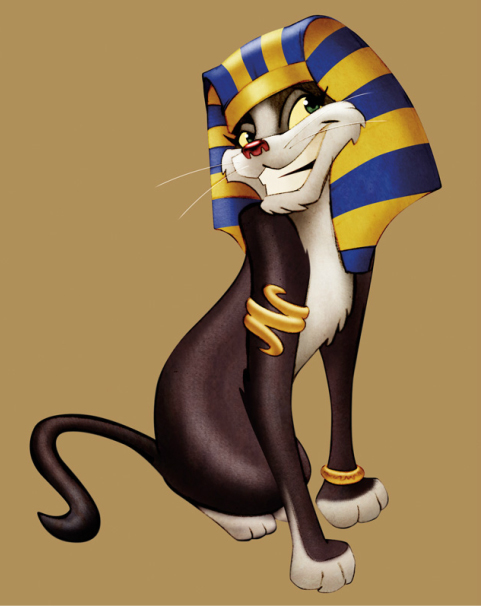
Do you have any material type tips you can share with us? Example: Paint or paper that you love – the best place to buy – a new product that you’ve tried – A how to tip, etc.
My favorite is Winsor & Newton oils on canvas, from Art Supply Warehouse in Westminster, CA
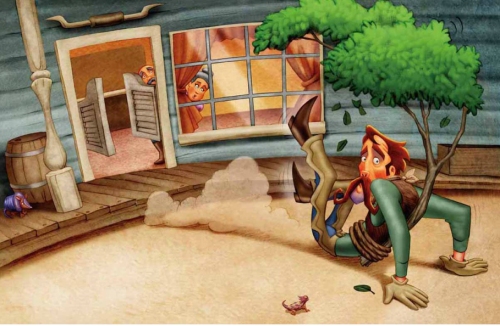
Do you have any career dreams that you want to fulfill?
Yes, I would like to illustrate the stories I’ve written.
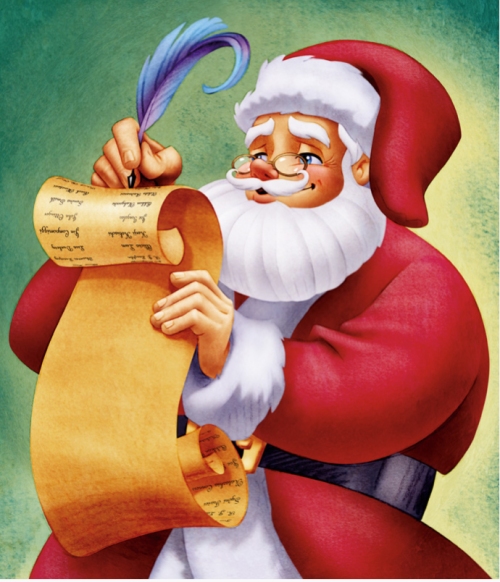
Any words of wisdom on how to become a successful writer or illustrator?
You must be persistent, never give up and always strive to improve.
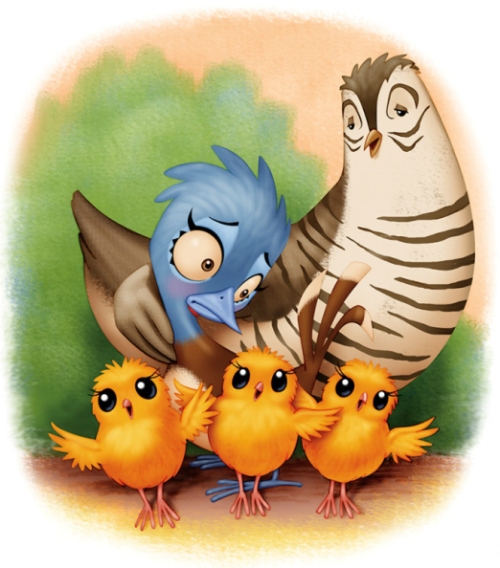
Thank you David for sharing your journey and process with us. Please let us know when your new picture book comes out , in addition to all your future successes. We’d love to see them and hear about them, so we can cheer you on. You can visit Daivd at: http://www.davidharrington.com/
If you have a moment I am sure David would like to read your comments. I enjoy reading them, too, even if I don’t always have time to reply. Thanks!
Talk tomorrow,
Kathy
Filed under:
Advice,
authors and illustrators,
demystify,
Illustrator's Saturday,
inspiration,
Interview,
picture books,
Process,
Tips Tagged:
David Harrington,
Spaghetti Smiles 


By: Kathy Temean,
on 10/10/2014
Blog:
Writing and Illustrating
(
Login to Add to MyJacketFlap)
JacketFlap tags:
inspiration,
Advice,
Process,
illustrating,
How to,
bio,
demystify,
Illustrator's Saturday,
Anna Guillotte,
Interview,
Add a tag
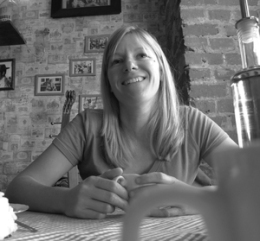 Anna Guillotte is an American illustrator, designer, and writer living in Heidelberg, Germany. With a degree in graphic design, Anna worked as a graphic artist in the corporate world for seven years. Though she was also a mural artist and painter throughout that time, she began illustrating in 2010 when she attended a mentor program for artists in San Diego, California where she lived at the time. Through this program she realized her true calling for storytelling. She has since joined the SCBWI, attended numerous SCBWI conferences and her illustrations have been published internationally. She enjoys creating whimsical, funny, touching, and beautiful art for the advertising, book, and animation markets.
Anna Guillotte is an American illustrator, designer, and writer living in Heidelberg, Germany. With a degree in graphic design, Anna worked as a graphic artist in the corporate world for seven years. Though she was also a mural artist and painter throughout that time, she began illustrating in 2010 when she attended a mentor program for artists in San Diego, California where she lived at the time. Through this program she realized her true calling for storytelling. She has since joined the SCBWI, attended numerous SCBWI conferences and her illustrations have been published internationally. She enjoys creating whimsical, funny, touching, and beautiful art for the advertising, book, and animation markets.
Here is Anna showing one of her techniques:
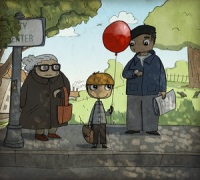 There’s something about light and shadows that really soothes the eye. I guess I could do research on the scientific reason as to why us humans are attracted to depth in images, but I already spend too much time on the net. I’m guessing since that we live in a 3-dimensional world our eyes are built to receive and digest lovely indications of depth (i.e. shadows, light vs. dark, cool vs. warm colors) and by nature we crave that. I tend to indulge in lighting my illustrations so I thought I would share how I go about doing that – from sketch to finished image.
There’s something about light and shadows that really soothes the eye. I guess I could do research on the scientific reason as to why us humans are attracted to depth in images, but I already spend too much time on the net. I’m guessing since that we live in a 3-dimensional world our eyes are built to receive and digest lovely indications of depth (i.e. shadows, light vs. dark, cool vs. warm colors) and by nature we crave that. I tend to indulge in lighting my illustrations so I thought I would share how I go about doing that – from sketch to finished image.
The key here is to make the scene believable, even if it’s not 100% accurate. So I guess in a sense you become a car salesman convincing a customer that not only is the Hyundai Elantra a great car, but the most awesome car you will ever buy in your life.
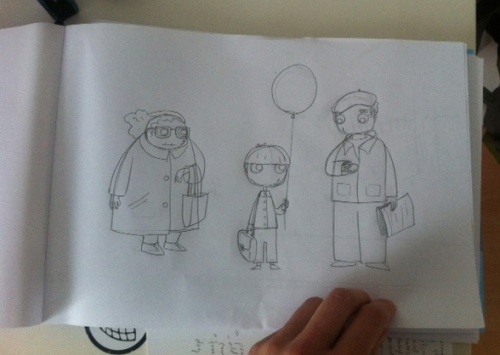
I start with a hand-drawn sketch. Why not go digital? Eh, the tablet doesn’t feel right and I guess I need to feel paper and pencils in my hand. I then scan the drawings in Photoshop.
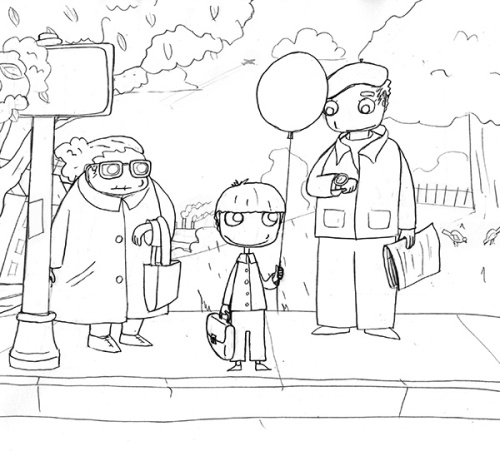
In Photoshop I clean up the images and create separate layers for the different visual elements. This allows for more control over placement, size, coloring, and opacity. For example, in the image below I have a layer for each character, the background, and several additional details I added in later (the plane, smokestacks, birds, fence, and sticker on signpost). Keep in mind that all the coloring layers are in the “multiply” blend mode – and the texture layers are in “color burn” and “overlay” blend mode. I suggest playing around with those settings and see what you come up with : )
Here is a video tutorial on How to use Blending mode in Photoshop CC.
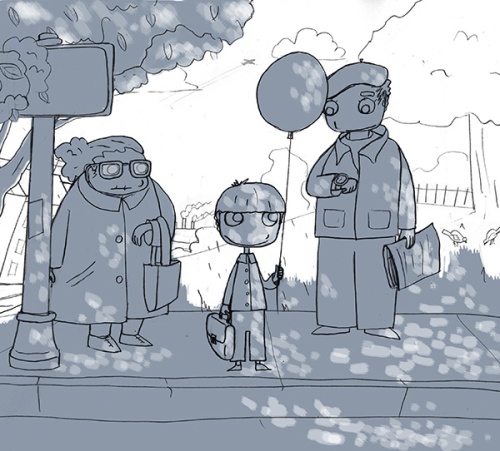
Now I block in the foreground shade. I imagined this bus stop scene taking place under a large tree. And as we have all observed – shade from trees are not one massive blob, but a shadow dance of many, many leaves. I made a layer of a dark blue and masked it out. Then I removed bit by bit the “shadow dance” until I thought it was convincing. Sometimes I consult with Google Images to make sure the lighting is believable.
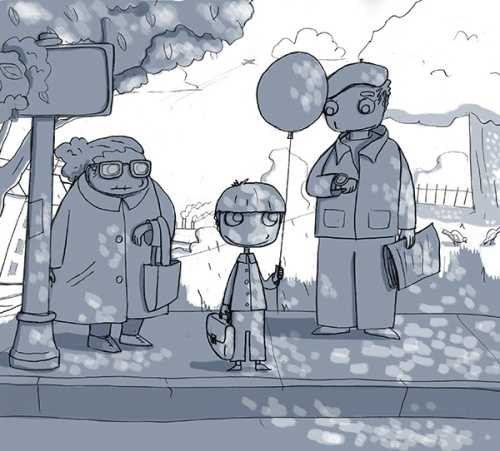
I added additional shadowing on a separate layer.
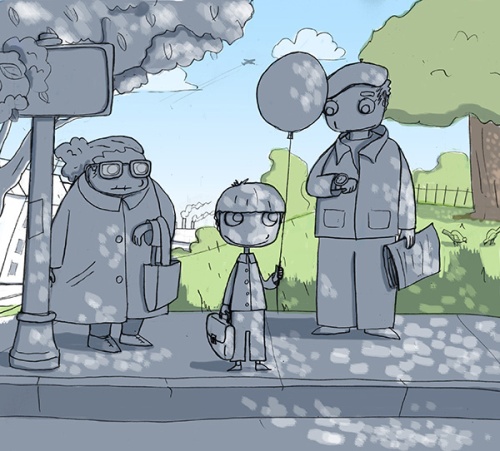
And now the color! We begin with the background color. The blue sky on a separate layer from the tree/grass.
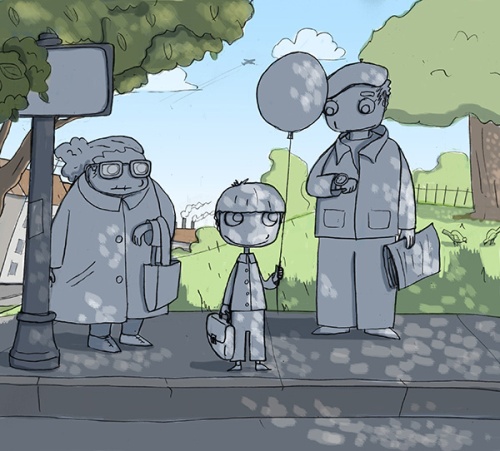
Another layer is added for the foreground objects.
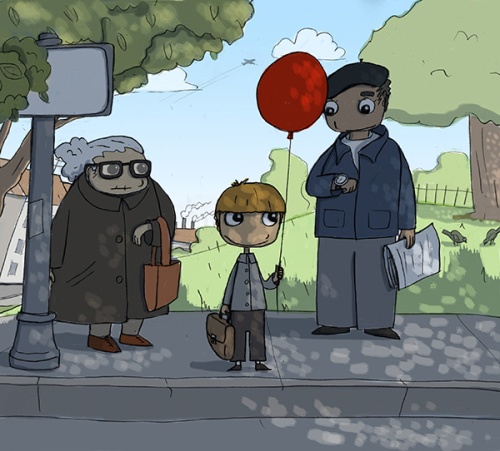
Now the characters are colored in on another layer.
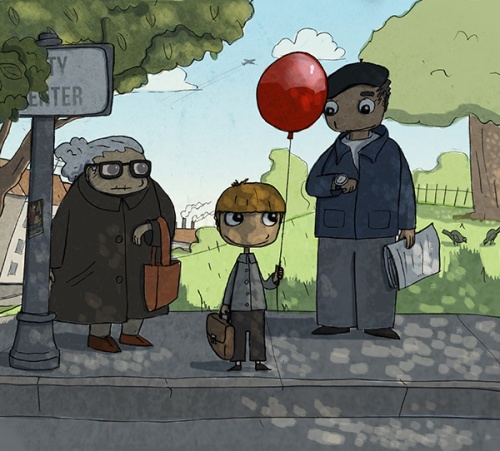
One of the biggest challenges of working in Photoshop is to make the images not look so “Photoshoppy”. So I have added a yellow layer (6%) and a water color image to add “texture”. I have also added several details, such as the balloon reflection, text on the bus sign and the little sticker on the sign post. As the image comes to life, I have fun adding in little details – this also helps with the “believability” factor.
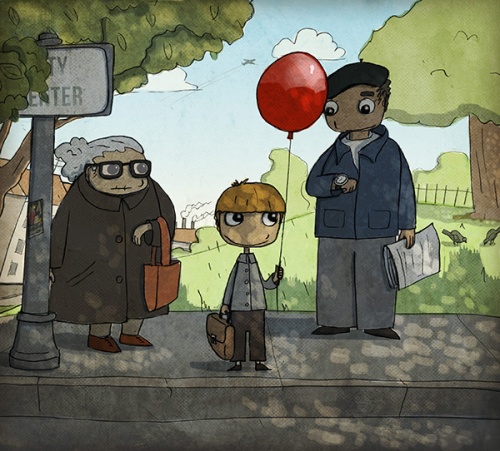
Additionally, I have added another “texture” layer (image of paint strokes on canvas) and a faint shadow around the edge of the image to give a more old-photo look.

How long have you been illustrating?
I started focusing on illustrating in 2010, but I have been painting for over 20 years. My paintings were very illustrative and often people would ask me “Why don’t you go into children’s book illustration?”
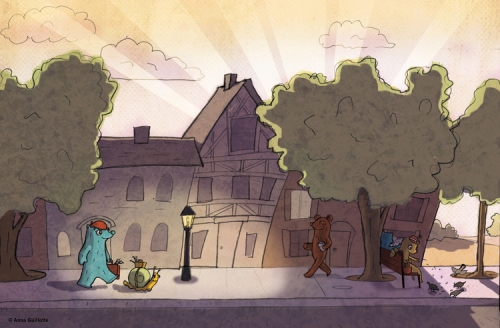
Where did you study graphic design?
I first started my studies at the University of Hartford/Hartford Art School and took every type of art class imaginable except glass blowing and jewelry. Then I studied film for a year, then moved on to multimedia (animation and video) and that’s when I finally decided to major in graphic design. I studied and majored in graphic design at Eastern Connecticut State University – my home state.
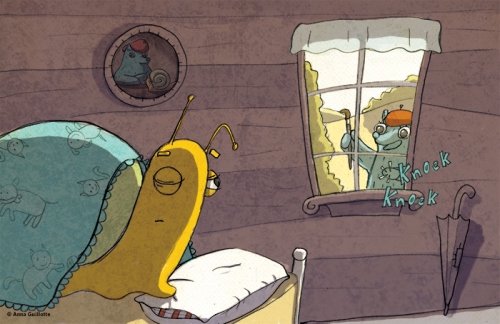
Have you attended other art related courses since studying Graphic Design?
I took a picture book illustration class and also a children’s book writing course at University of California San Diego.
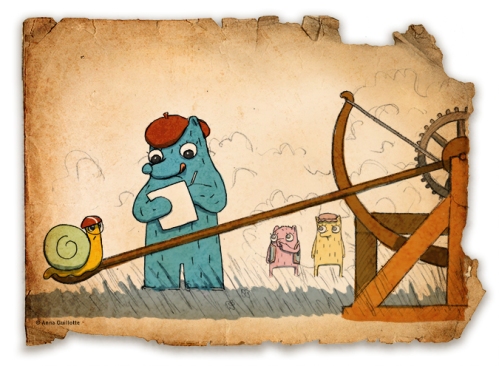
What was the first painting or illustration that you did where someone paid you for your artwork?
I painted an outdoor mural at an Elementary school in Boston.
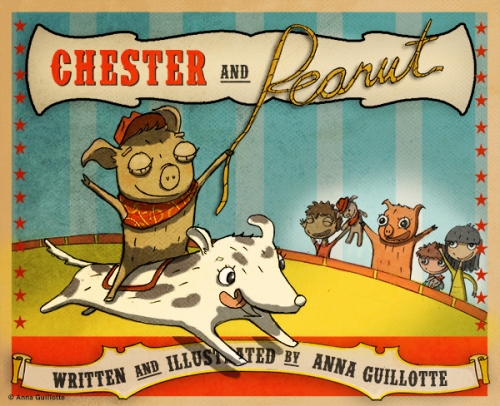
What type of job did you do right after you graduated?
I was hired as a graphic artist at Sonalyst, Inc. in Connecticut. While there, I mostly created graphics and multimedia for US Navy computer-based training, but also did graphics and web design for private companies.
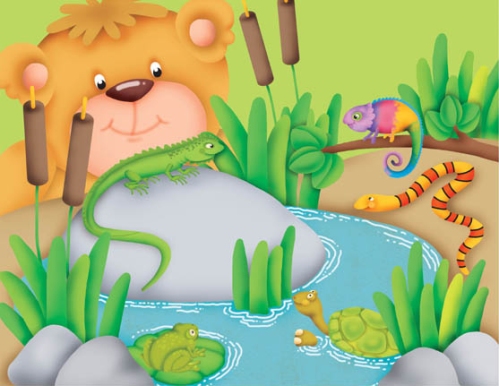
What do you think most influenced your style?
I think a lot of the shows and movies I watched as a kid influenced me. I loved the old cartoons like Tom and Jerry or Looney tunes. I’ve always been a big movie buff – not just the storytelling but also the cinematic style and I think that has carried over to my work.
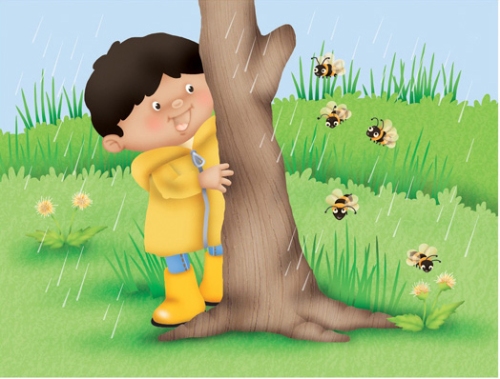
When did you decide you wanted to illustrate for children?
I signed up for an artist mentor program in San Diego in 2010. It was a program designed to help professional artists get unstuck. I was painting and doing murals but I felt my art career lacked a bit of focus. My mentor took one look at my work and suggested children’s book illustration. Her coworker knew Dan Santat from a previous job so we arranged a studio visit at Dan’s home (which Dan so graciously provided). Its funny, because at the time I didn’t know anything about children’s books and had no idea who Dan Santat was. He took the time to show me his work, how he got started, and what its like to work in the industry. After a few hours of the visit, I was sold!
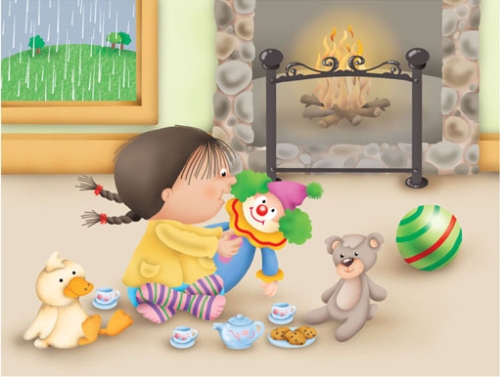
What type of art jobs have you landed?
I have worked as a graphic and multimedia artist, have done many children’s murals, and focusing on illustration work for the children’s book market and editorials.
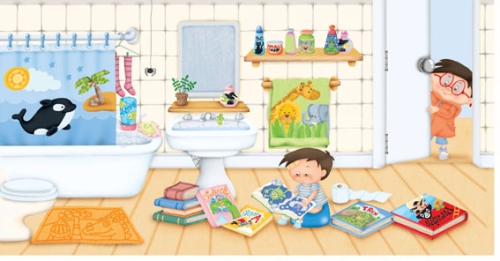
What are you doing to help connect with art directors and editors?
I have gone to many SCBWI conferences and heard art directors, agents and editors speak. It’s really helped me put a face to a name, so it doesn’t feel so abstract when sending my work to them. As far as how I connect – mostly I have sent postcards or emailed my website. I have also sent out a book dummy to several editors. I’ve also just created an email newsletter too for my contact list.
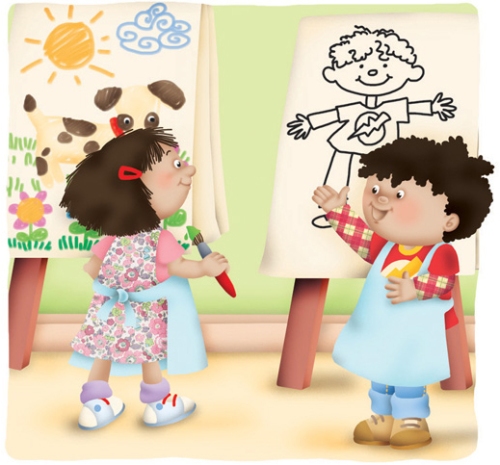
Have you put together a portfolio and or a book dummy?
I found that I have only used the physical portfolio when displaying at a SCBWI conference, otherwise I almost exclusively use my online portfolio. I have several book dummies as well, but they are mostly in digital format (PDF) as opposed to the physical book dummy format.
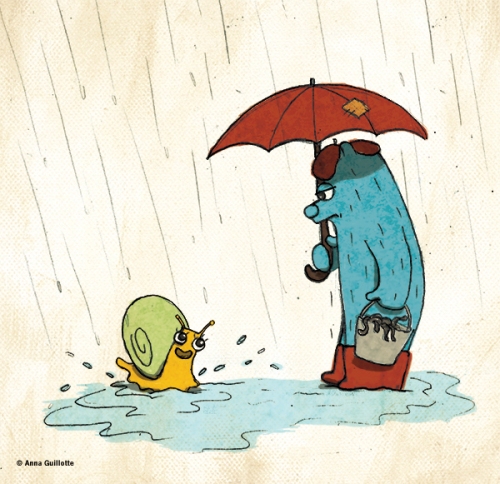
What made you decide to move to Germany?
I had no previous plans to move to Europe, but my partner got a job offer in Germany last year so I moved as well. I wrote about the decision in more detail on my blog: http://annaguillotte.com/blog/2013/11/13/why-i-am-moving-to-germany
It’s been an interesting experience to say the least and has definitely tested my limits at times. But having lived in the US my whole life, now I have the opportunity to live on the other side of the fence. Now I am the immigrant dealing with visa, work, driving, language, and cultural barriers. But since moving, I’ve had the unique opportunity to explore Europe and a experience a different lifestyle, which I think has given me an inspirational spark and influenced my work.
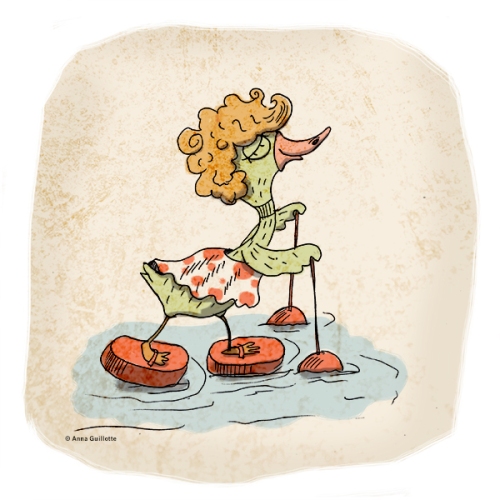
How would you compare the US market to the market for art in Germany?
For one, the German market is much, much smaller and for that reason has more international artists participating. My impression is the US market is so big and has so many talented artists that you don’t see as much artwork from outside the country.
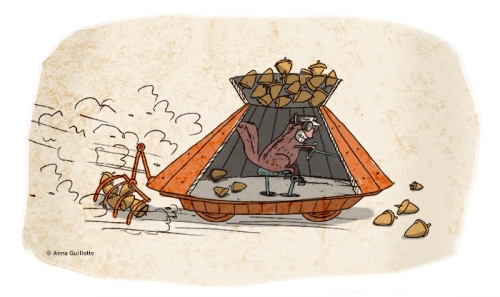
Have you exhibited your illustrations in Germany?
Not yet : )
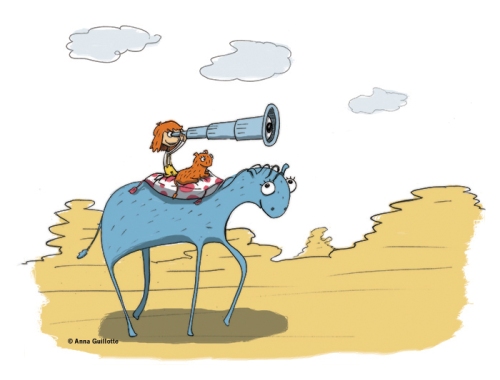
Have you done any illustrating for children’s magazines?
I have done some children’s illustrations for magazines but they were not specifically children’s magazines.
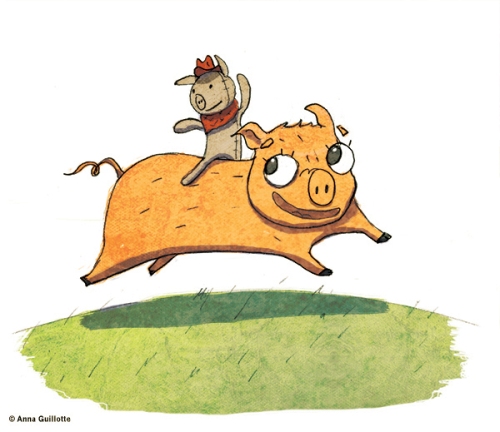
Do you have an Artist Rep. to represent you? If not, would you like to find representation?
I don’t have an artist rep now, but I would like a rep for two reasons: 1. Help with finding illustration projects and marketing so I can spend more time focusing on the creative part 2. To have a sounding board – a mutual, creative and professional relationship with someone where we can share creative ideas on how to make a project even better and enjoy the process. Though I am coming from a visual artist background, I would like to write and illustrate my own stories as well and would ideally like a representative that would work with both my art and writing or allow me to have both an art and literary agent.
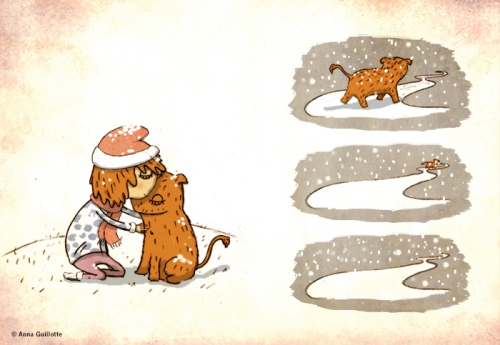
What types of things do you do to find illustration work?
I keep my website updated and have several online portfolios (Behance, LinkedIn, Devianart) so people can find me. I submit my art to magazines and illustration competitions. I also send postcards to art directors and I just made an email newsletter too.
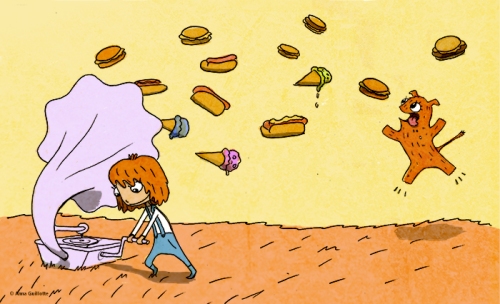
What is your favorite medium to use?
I have gravitated towards mixed media – drawing with pen, pencil, crayon, etc. scanning in and then coloring with Photoshop.
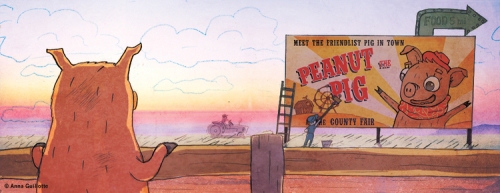
Has that changed over time?
Definitely! I used to paint using oils, then I switched to acrylic paints, then I began to import my paintings into Photoshop to edit them. About two years ago I began using Photoshop exclusively to color and have experimented using different textures to create a more natural look.
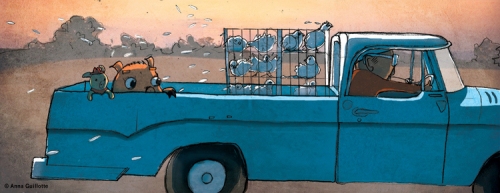
Do you take pictures or do any types of research before you start a project?
If I have a specific pose or lighting that I want to accurately capture, I will either take a photo of myself or search pictures on google images. I like to search google images also for ideas and inspiration.
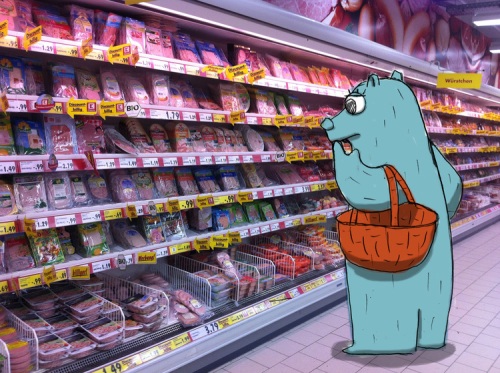
What are you working on now?
This past summer I was working on developing a story idea for one of my characters, Bearonardo. Now, I’m in a marketing mode and fine-tuning the business side of my illustrations. For example, being more consistent with contacting and updating art directors. It’s not the glamorous part, but just as important!
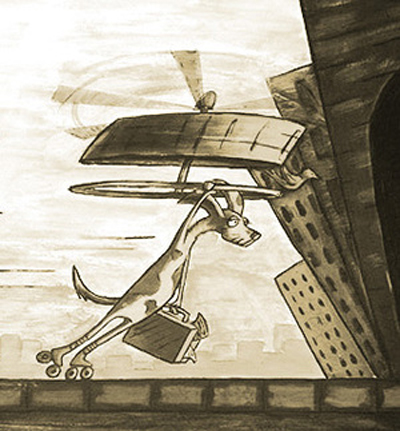
Do you want to write and illustrate a picture book?
I sure do! I have a bunch of stories I’ve written and made book dummies for. I’m definitely open to illustrating stories written by others too if they’re a good fit with me.
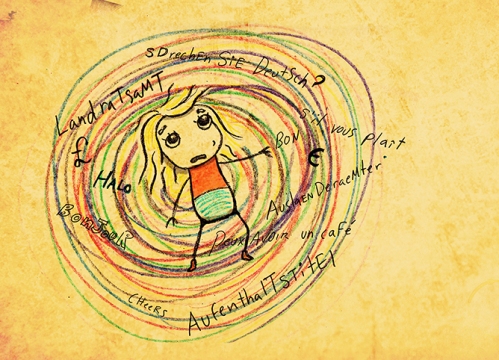 Do you have any material type tips you can share with us? Example: Paint or paper that you love – the best place to buy – a new product that you’ve tried – A how to tip, etc.
Do you have any material type tips you can share with us? Example: Paint or paper that you love – the best place to buy – a new product that you’ve tried – A how to tip, etc.
If you use Photoshop a lot in your illustrations, I would highly suggest experimenting with using different textures and patterns (whether you scan them in or find texture images online) and using the blending mode.

Thank you Anna for sharing you journey and process with us. Please let us know when your new picture books come out. We’d love to see them and cheer you on. You can visit Anna at: http://annaguillotte.com/
If you have a moment I am sure Anna would like to read your comments. I enjoy reading them, too, even if sometimes I don’t have time to reply to all of them. Thanks!
Talk tomorrow,
Kathy
Filed under:
Advice,
bio,
demystify,
How to,
illustrating,
Illustrator's Saturday,
inspiration,
Interview,
Process Tagged:
Anna Guillotte 


By: Kathy Temean,
on 10/3/2014
Blog:
Writing and Illustrating
(
Login to Add to MyJacketFlap)
JacketFlap tags:
Interview,
picture books,
inspiration,
Advice,
Process,
illustrating,
Lita Judge,
authors and illustrators,
demystify,
Illustrator's Saturday,
Flight School,
Born in the Wild,
Red Sledge,
Add a tag

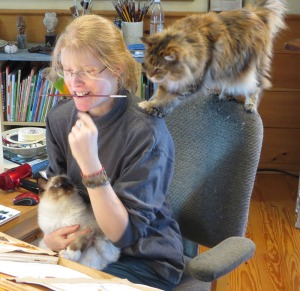 Lita Judge is a writer and artist whose greatest passion is creating children’s books. She is the author/illustrator for over a dozen fiction and nonfiction picture books including Flight School (Simon & Schuster, 2014), Red Hat (S&S, 2013), Red Sled (S&S, 2011), Bird Talk (Roaring Brook, 2012), One Thousand Tracings, and Pennies for Elephants (Disney-Hyperion). Her background in geology, paleontology and biology inspires her nonfiction books. Lita spent several years working for the Royal Tyrrell Museum of Paleontology before turning to writing about dinosaurs and other natural history subjects. But her background with animals also inspires her whimsical fictional tales filled with characters who forge big dreams.
Lita Judge is a writer and artist whose greatest passion is creating children’s books. She is the author/illustrator for over a dozen fiction and nonfiction picture books including Flight School (Simon & Schuster, 2014), Red Hat (S&S, 2013), Red Sled (S&S, 2011), Bird Talk (Roaring Brook, 2012), One Thousand Tracings, and Pennies for Elephants (Disney-Hyperion). Her background in geology, paleontology and biology inspires her nonfiction books. Lita spent several years working for the Royal Tyrrell Museum of Paleontology before turning to writing about dinosaurs and other natural history subjects. But her background with animals also inspires her whimsical fictional tales filled with characters who forge big dreams.
Several of her books have been selected as Junior Library Guild picks and they have received numerous awards including the 2013 Sterling North Award, the Jane Addams Honor Book, ALA Notable Children’s Book, the International Reading Association Children’s Book Award, Michigan Notable Book, and Kirkus Best Children’s book of 2011. She enjoys teaching both writing and illustration to students of all ages and shares much about her creative process in classrooms and on her blog and website.
Lita lives with her husband, two cats and a little green parrot named Beatrix Potter in Peterborough, New Hampshire.
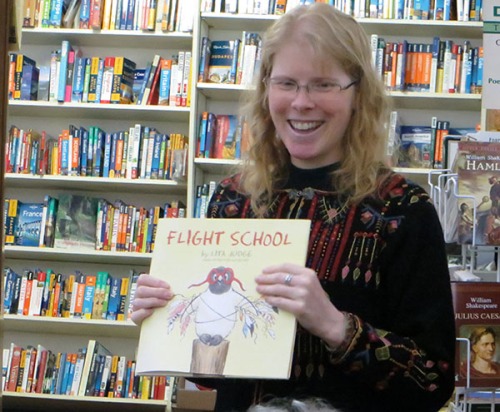
Here is Lita talking about her process:
For me, creating art for one of my books involves a lot of drawing to capture a character’s gesture or body movement and expression. For example in my newest book, Born in the Wild, to be released this October, I had to draw a lot of animals. But I didn’t want my readers to just know what a chimpanzee or orangutan looks like. I want them to feel a connection to them. I want them to look into the faces of my animals and feel like there is an animal looking back at them. I also want them to get an understanding of the intimate world of animals within their own world. How does a mother panda hold her baby, or a baby orangutan curl up and feel safe with its parent? To capture all this I first do hundreds of very loose sketches, focusing on body language long before I worry about details and paint.
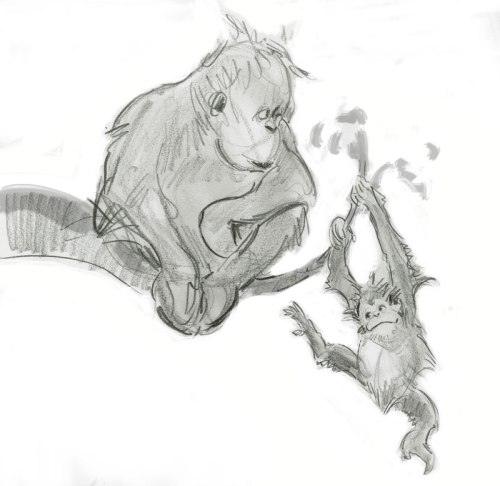
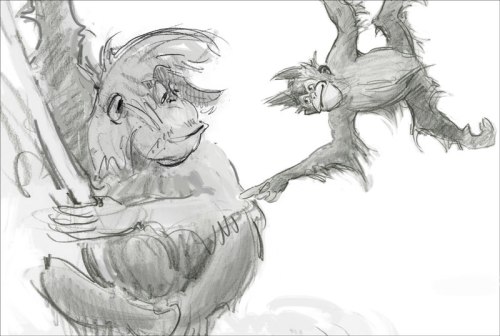
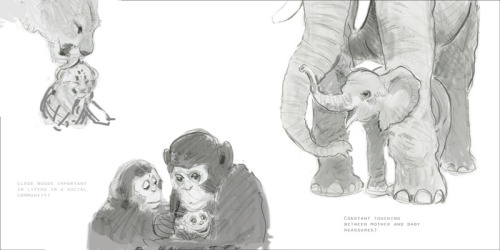
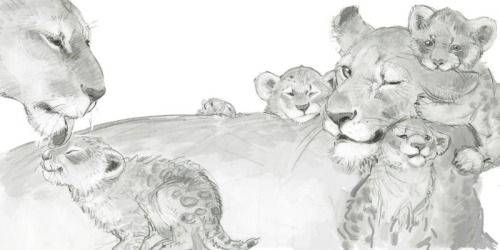
Once I feel like I’ve captured that intimate portrait between the animals, I start focusing on the details, which describe their faces and bodies. Slowly my drawings become more refined until at last, it is ready for a light watercolor wash at the end.
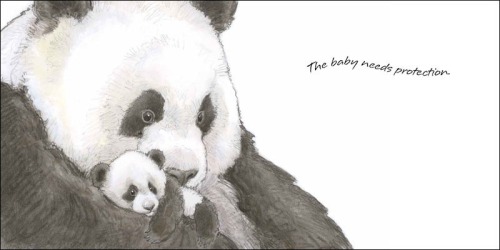

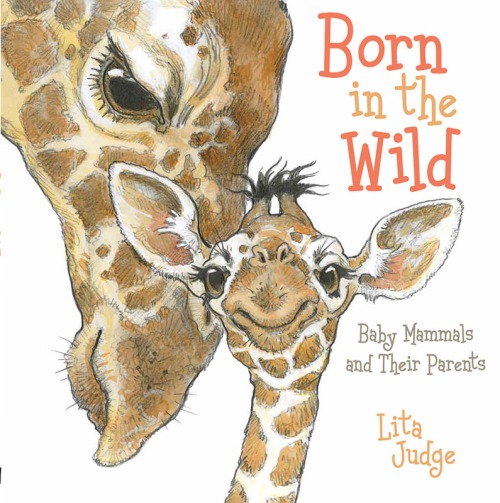 Cover for BORN IN THE WILD
Cover for BORN IN THE WILD
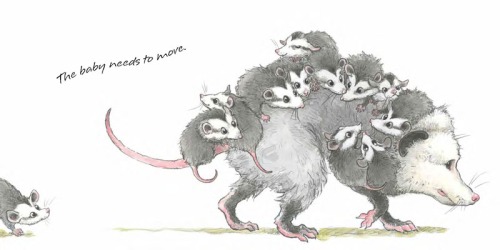
Interior and end pages
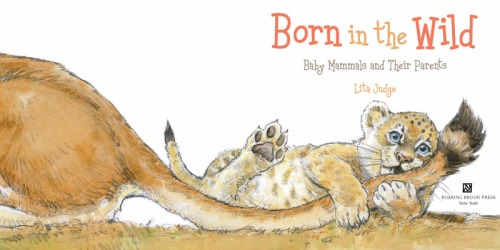
How long have you been illustrating?
The first book I illustrated came out in 2006. Then my first picture book, One Thousand Tracings, which I wrote and illustrated was released in 2007.
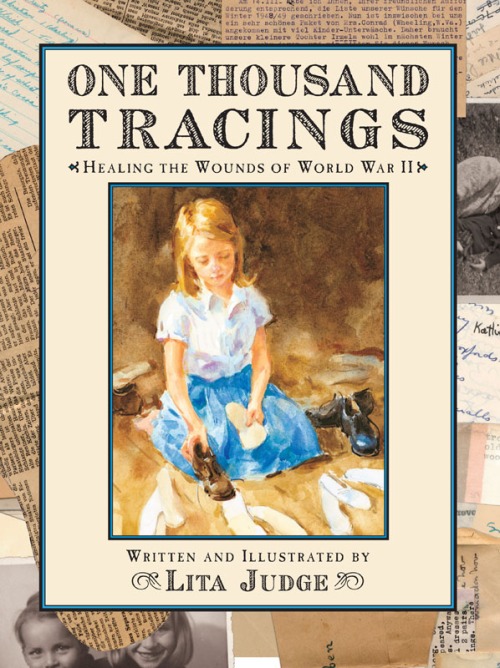
Above: Cover of One Thousand Tracings, 2007 Hyperion)
How did you get to work at the Royal Tyrrell Museum of Paleontology?
Many kids outgrow the dinosaur-crazed phase after elementary school, but when I was 14, during the summer before high school, I still had set my cap on becoming a paleontologist. I was eager to get started so I wrote dozens of letters to museums, curators and paleontologists who were working in the field, and basically pleaded with them to let me work on their dig. I had heard the Tyrrell Museum was working on a dig with literally thousands of dinosaurs in a bonebed and they were from the Cretaceous, the age I particularly wanted to study. I guess I ended up writing so many letters to Phil Currie, he eventually called and said welcome aboard. So the day after school let out the following summer, I was on a bus to Canada. I returned every year to work there and went on to graduate with a degree in Geology.
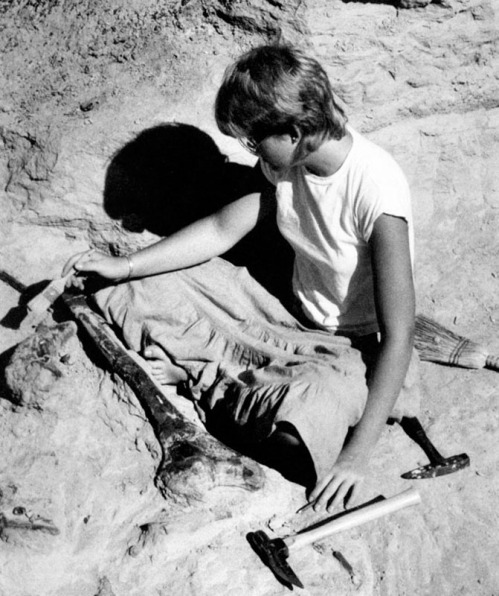
Lita on dinosaur dig
Did you do illustrating work for them?
Not really, we didn’t have much time for anything other than digging up fossils. But I did do a few drawings on my own, and they asked if they could use them for t-shirts and mugs. That was a boost, to think I could draw dinosaurs perhaps someday for pay.
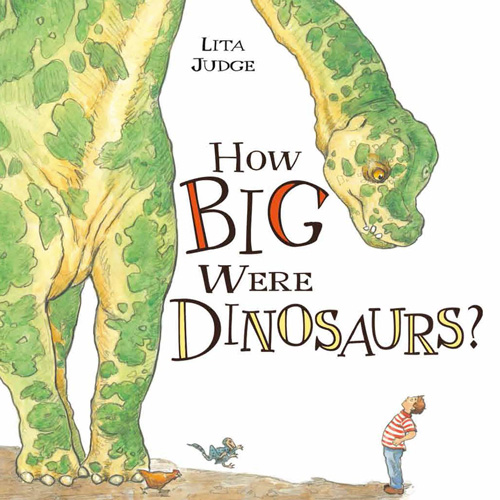
Cover of How Big, released 2013, Roaring Brook Press
Did you go to School to study art? If so, when and where?
My only schooling was in Geology, at Oregon State University. I never studied art in school. I credit all the bird watching and sketching I did as a kid for teaching me how to see, how to observe. Then later, I traveled to many great museums all over the world which, painting on location, and looking at great art.

Field paintings from Europe. Above: Stockholm cemetery. Below: Paris museum.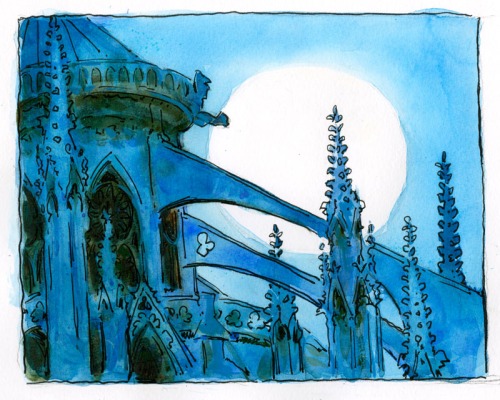
What was the first painting or illustration that you did where someone paid you for your artwork?
I think I sold a painting of a humming bird for about $35 at a Christmas fair. Back when I was a Geologist, I started drawing notecard and bookmark designs to get into doing art. Eventually I had over a hundred wildlife designs and sold them all over the country with a homemade catalogue I ran on a xerox machine. Then I started doing shows and craft fairs. Eventually I sold the business because I was spending all my time folding and filling notecard orders rather than painting. The dream was to paint, not fill orders. So I started showing and selling work in galleries. But I didn’t find my real home in art until I turned to writing and illustrating children books. The element of story is what made my art feel complete for me.

What type of job did you do right after you graduated?
I was an environmental geologist for the Forest Service. Spent a lot of time in the mud and rain working on the Oregon Coast.
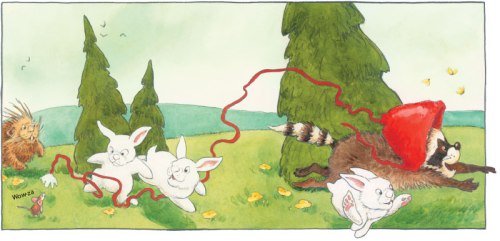
What do you think influenced your style?
I don’t really think in terms of style. My art changes and evolves each time I do a story. I think it’s because I also write them and I have a wide range of interests — science, nature, historical, fiction, whimsical — so I do a broad range of stories. Each time I create a story it needs it’s own approach to the art.
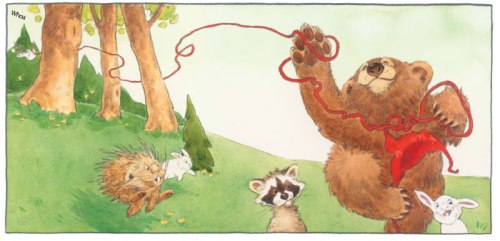
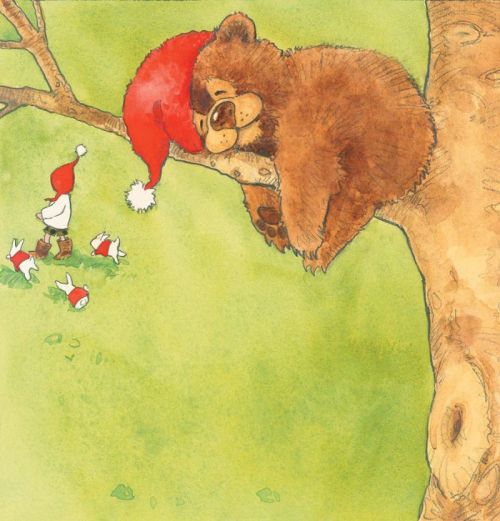
When did you do your the first illustration for children?
In 2006, my first book was to illustrate the middle grade book, Ugly, written by Donna Jo Napoli.
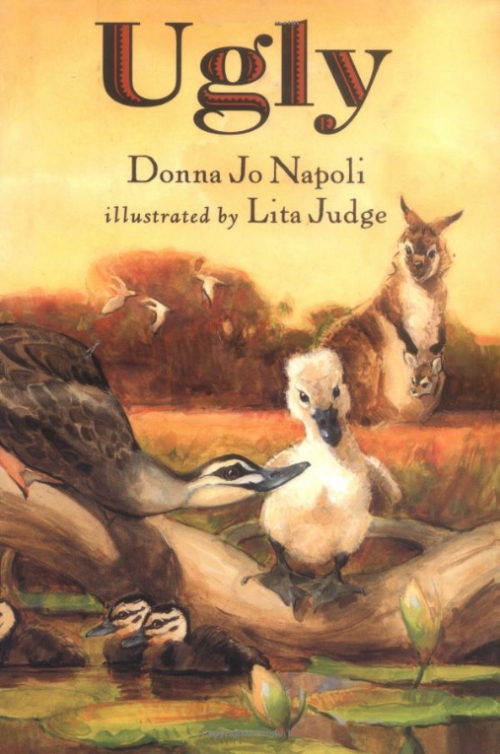
How did that come about?
I had sent an art dummy of a story I had written into Hyperion and my soon-to-be editor, Namrata Tripathi, called and asked if I’d like to do a cover for a book. Of course I said yes! I was so excited I illustrated several interior pieces as well, which made it into the book, so it turned into a nice project, and a lovely friendship with Namrata. When that was done I sent her another dummy and we were off and running on my first picture book together.
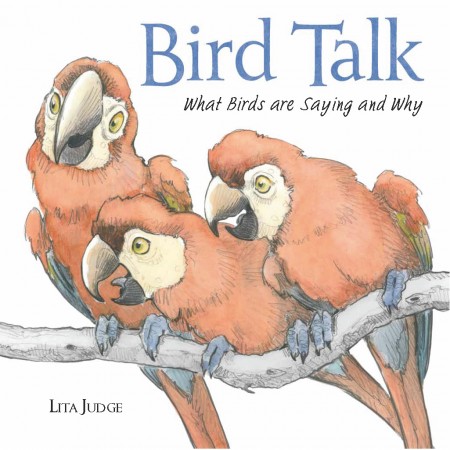
How many children’s books have you illustrated?
I’m working on my 20th right now. Several in the pipeline also.
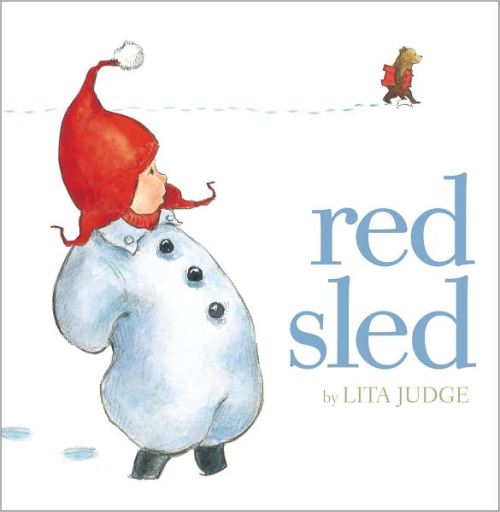
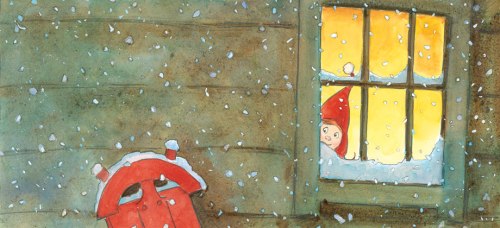
When did you decide you wanted to illustrate a children’s book?
I’ve always wanted to on some level but when I was living in really remote areas on the west coast it just didn’t seem possible. I had never met an illustrator and really didn’t know how to go about getting published. When My husband and I moved to New Hampshire I was able to meet people in the field and soon after I began submitting work. Once my first book was in the works, I knew this would be what I would spend the rest of my life doing, I LOVE it!
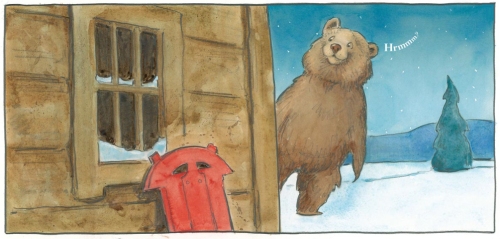
How long did it take you after that to get your first picture book contract?
I was pretty fortunate. I sent out work I think in early November and got that first project on Valentine’s Day 2005. But I had been drawing and drawing and drawing, and painting for years before then. I had built up a huge body of work before attempting to get published and I think that helped me.
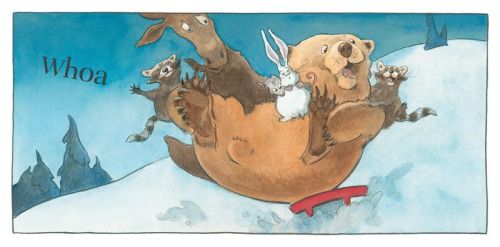
I see you illustrated a second book by Donna Jo Napoli. Did you know you were doing that book when you signed to do UGLY?
No, Donna Jo hadn’t even written it. It just grew naturally from the fact that Ugly was received well and we both had fun on that project.
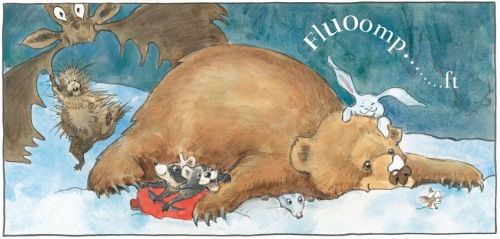
What was the first book that you wrote and illustrated?
One Thousand Tracings. It’s a true story about a relief effort my grandparents did to help people who had lost their homes in Europe after WWII. I found letters and foot tracings in my grandmother’s attic after she died and knew immediately I wanted to write about this amazing thing they had done to help all those families.
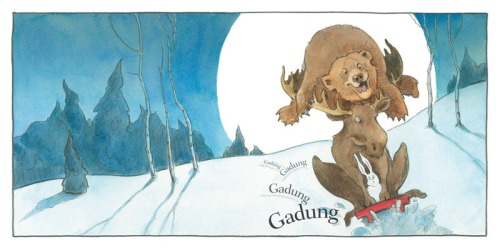
How did you find a home for that book?
I sent it to my editor at Hyperion about a week after I turned the art in for Ugly.
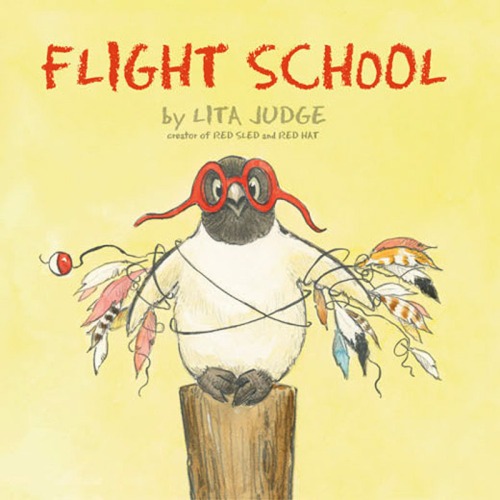
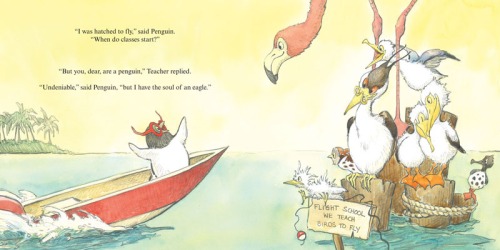
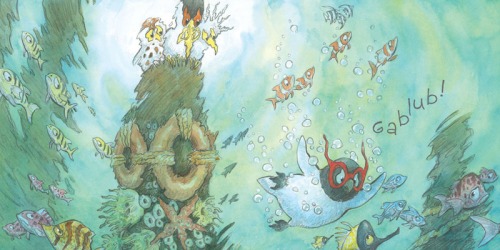
What book would you say has been your most successful?
Hmmm, I really don’t think of success in terms of how many books sold or how many editions. I think a book is successful if I as an artist got to create something I feel passionately about, and it connects with readers who also feel passionately about the same thing. Some of my nonfiction books may not sell as many books as Red Sled or Flight School, but I still feel like that little girl obsessed with dinosaurs craving to make a living as an artist when I create them and that is better than any measured success. And they solicit such beautiful responses from kids who share the same obsession, so it’s a pretty wonderful feeling. And my fiction, well that’s a dream too. To create a character that people respond to, that makes them smile or feel a connection, that is the best. I leave others to worry about book sales and things, and I just worry about making the stories I love. My career feels like a dream come true, so I guess all my books are successful in their own little ways.

What book award are you the most proud of winning?
Kind of the same feeling, I’m just so grateful when any group of librarians or teachers or reviewers gathers a group of books together that they love and decides to bestow an honor on one of my books. I treasure each nod I’ve received and am thankful because they always make me believe a little more each time I really get to keep doing this beautiful, fantastic, crazy career!
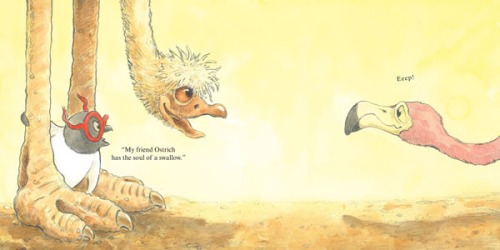
Have you worked with educational publishers?
No.
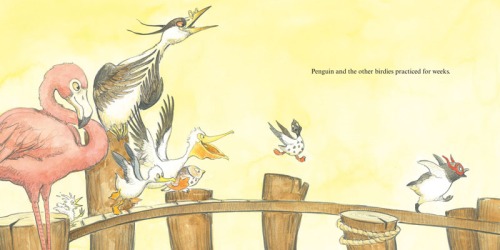
Have you done any illustrating for children’s magazines?
No. I’ve been asked for both, but I can never seem to pull away on the stories I’m brewing up. My imagination seems to keep my docket pretty darn full these days.
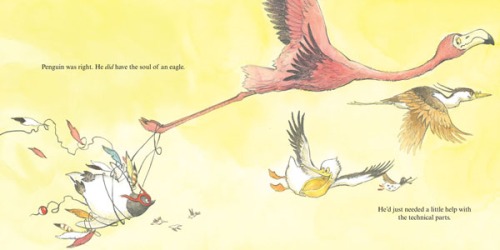
Do you have an Artist Rep. to represent you?
I work with a literary agent, Linda Pratt, who I adore because she keeps life sane for me, juggling all the contracts and turn-in dates. But more importantly, she is my sounding board for stories. She always gives me a safe creative place to bounce around ideas.
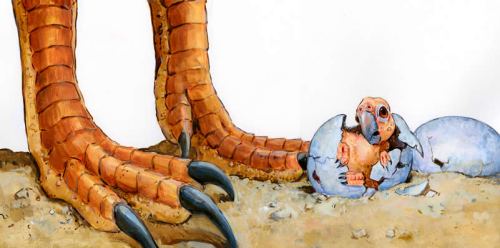
What types of things do you do to find illustration work?
Nothing, other than I just keep writing stories. I work on them nearly every day. As soon as one is turned in to my editor and I’m waiting for feedback, I turn to the next. I don’t worry about projects, just about stories, and somehow that has kept me fully employed since the day I started.
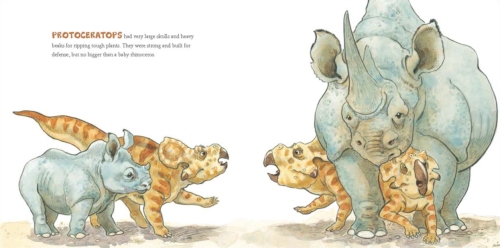
What is your favorite medium to use?
Pencil and watercolor.
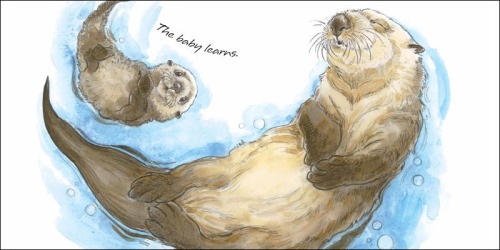
Has that changed over time?
My approach changes each time I launch into a new story. Sometimes I have a whimsical story that has to be light and fresh and very gestural. Another time, I may be working on a nonfiction that needs a more detailed approach. I’m working now on a book that takes place at night and has an element of mystery so things are dark with kind of magical lighting and a big beautiful moon. Another story I’m working on now is for much older kids and it’s kind of dark and at times very sad and scary, so that means a huge departure on my approach. I love not having a set style. It means I have to reinvent myself a lot, and that can take a lot of hours at the easel, but it is never boring.
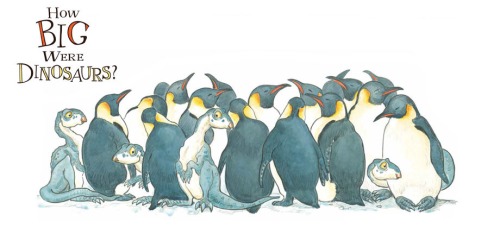
What I really want to know is how did you find such a great studio? Did you buy the house because of that room? Had it been a church?
I build it. My husband and I found a piece of land and I designed it. We had been saving and dreaming for a very long time, so the studio grew out of that energy. I found a salvaged church window and lugged some niches home from France that were made out of 15th century oak and were in a church that was sadly destroyed in WWI, but they have a home with me now. And I carved ravens for the roofline outside to reflect my background. I was born on the Tlingit Indian reservation in Alaska and the ravens are my homage to their beautiful art and culture that inspires me. I’m grateful for everyday I get to create in this space!
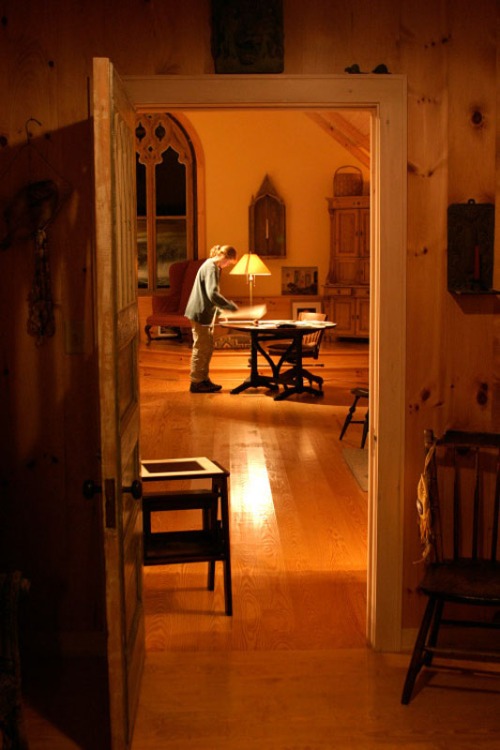

What is the one thing in your studio that you could not live without?
Natural light and my critters!

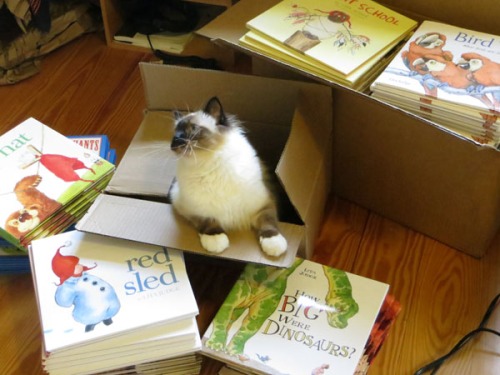
Do you try to spend a specific amount of time working on your craft?
I just work. Really I don’t keep hours. I just wake up every day eager to get back to the stories, and march on through the day and into the night and through the weekends. I hate being sick because that’s about the only time I’m not working and that for me is just plain boring. There is always at least 3 unfinished stories on my easel and a few more whispering in my ears, so as long as that is true, I’ll be working. I occasionally slip out for a bike ride, but I’m pretty much to be found with pencil or brush in hand.
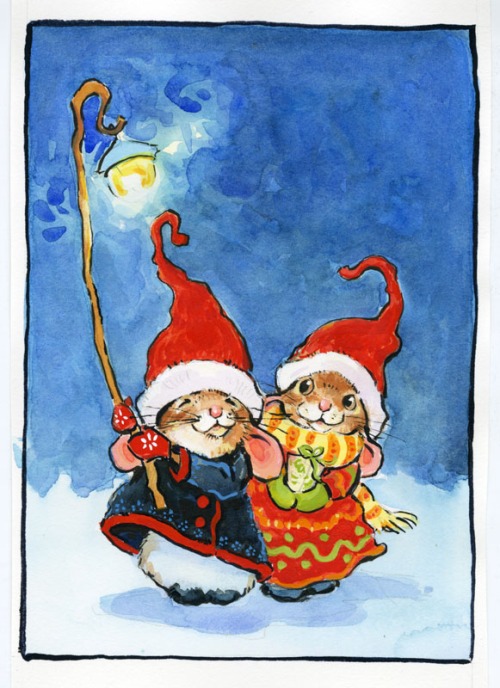
Do you take pictures or do any types of research before you start a project?
I do lots of research and quite often take pictures. That is always a fun part. My parents are wildlife photographers and my grandparents were research biologists. So I think I came to love that part of the work naturally. I do a lot of photo shoots with kids and animals, whatever the need may be. Have had fun over the years, travelling to places I paint, working with elephants, taking back trips up into the back country, feeding giraffes. Research is the fun part indeed!
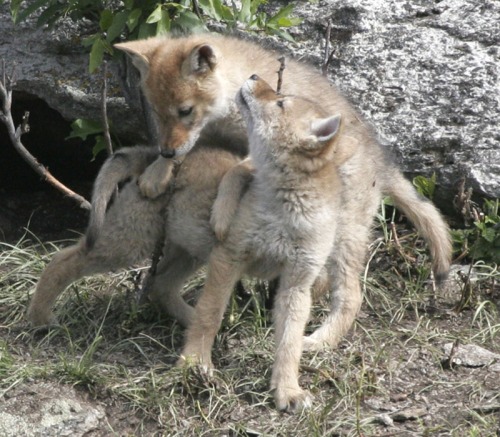
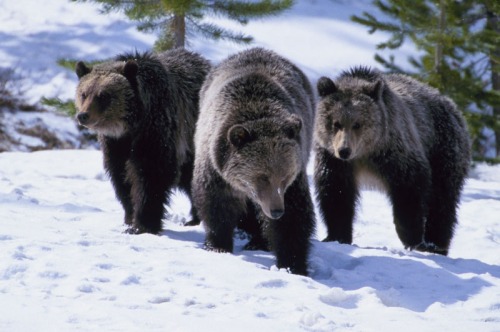
Which illustrated book is your favorite?
Ah, that is like asking a mom which is her favorite kid. OK, I may have a special fondness for a certain penguin (in Flight School) but don’t tell the others. And I’m working on two books now that I’m bursting to let out in to the world, but that will have to wait. I’ll just say Paris, Owlets, moons and fun!
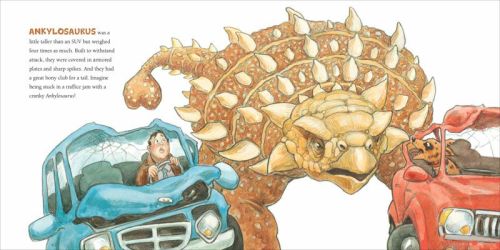
Do you think the Internet has opened doors for you?
Oh yes, it’s a wonderful way to connect with people you would never meet otherwise. I get offers to speak and all sorts of wonderful things come out of the fact that people can so easily find your website and get a sense of what you have to offer. And I’m grateful for wonderful friendships with other writers whom I rarely see but keep in touch with.
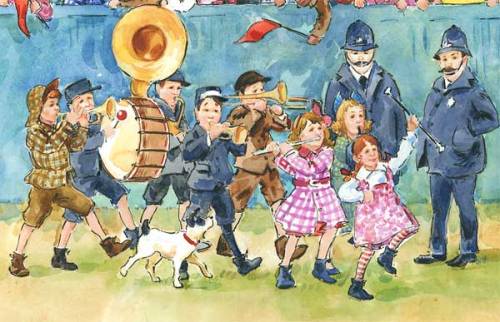
Do you use Photoshop with your illustrations?
I do a lot of planning with Photoshop. I find it a wonderful creative tool hat helps me really explore and push a composition in a way I can’t with just pencil. I love how I can really play around with values as well so that you don’t have to muck around too much in guesswork with real paint. That never works well with watercolors.
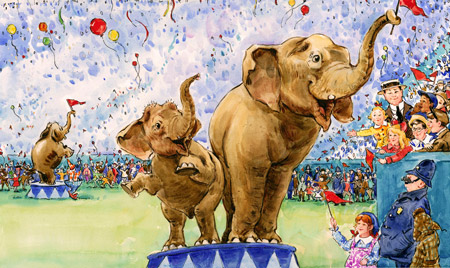
Do you own or have you used a Graphic Drawing Tablet in your illustrating?
I do use one a lot in the planning stages. And a little in the final art- again it really depends on the story and what effect I’m trying to get. They are wonderful for some things, but I find a good old fashioned brush loaded in paint my favorite tool.
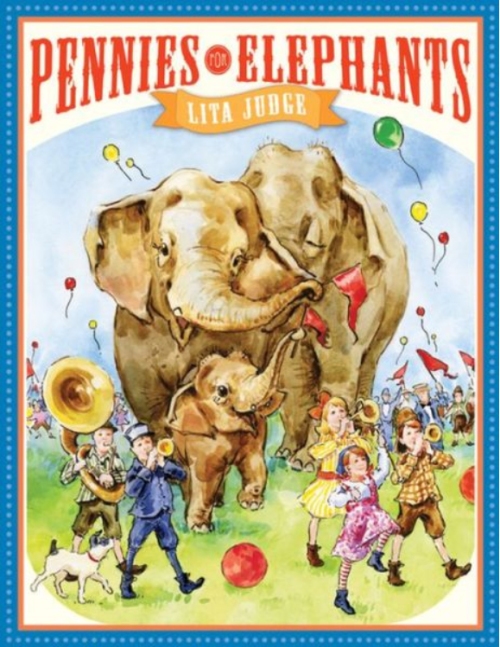
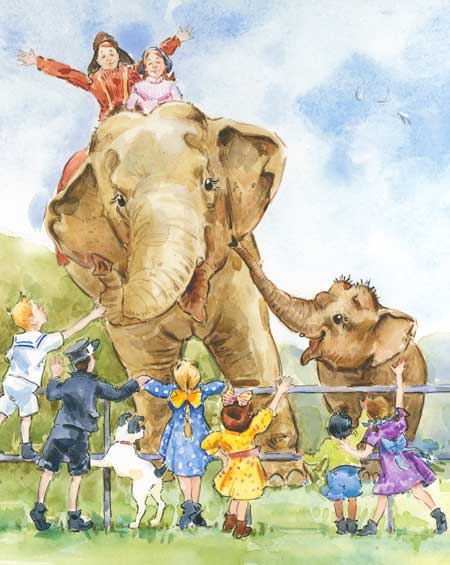
Do you have any career dreams that you want to fulfill?
To keep doing books that excite and interest me for the rest of my life! To never ever have the feeling that I want to slow down. And to travel to more wonderful places that allow me to soak up their beauty and capture their essence in a story. To continue connecting with kids, teachers, and parents over stories and feel in some small way your work was a part of their imagination and life. That’s all I want.
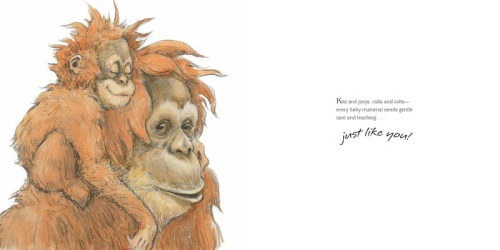
What are you working on now?
Well I have 5 books in various stages. Some I can let out of the bag, and a couple that need to stay inside where it’s safe and warm just a little longer. My next nonfiction book, BORN IN THE WILD, coming out with Roaring Brook has already gotten two starred reviews and will be released on October 21st, so that’s exciting. Then I have a picture book about my Parrot, Beatrix, coming out next spring with Atheneum entitled, GOOD MORNIGN TO ME! It’s a fun story about life with a very happy and exuberant parrot. Then I have a book I’m illustrating about a pygmy marmoset that has been a delight work on and took me on a mental journey to the Amazon, pretty fun (coming out with Boyd’s Mill). And then my owlet book set in Paris which I’m working on now (to be released with Dial), and then… oops, I can’t tell you what I’m working on after that, but it’s a big project that has pushed me to extremes and I can’t wait for it to be ready to break out of the studio and into the world.
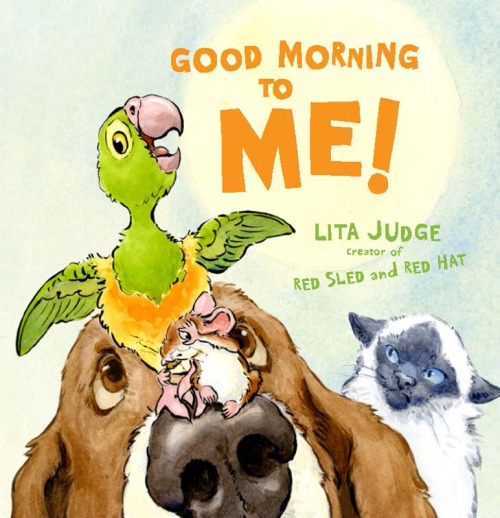
Cover of Good Morning to Me, to be released Spring 2015, Ateneum
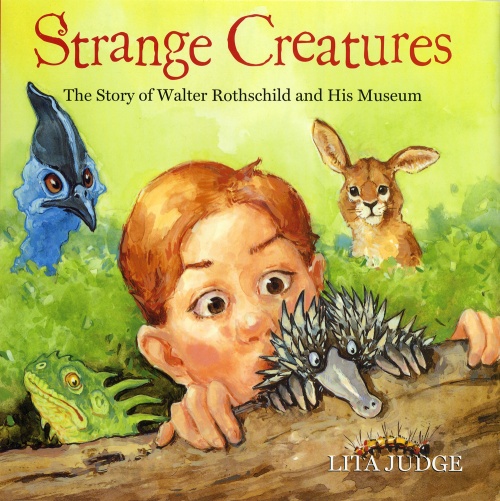

Do you have any material type tips you can share with us? Example: Paint or paper that you love – the best place to buy – a new product that you’ve tried – A how to tip, etc.
My all time favorite brush is an Isabey Petite Gris brush, all sizes. It’s shaped kind of flat and fat so it holds gobs of paint while still keeping a good point. I bought my first in Paris after I dropped my brushes in the Seine, and man am I glad I did, because this brush paints like a dream. I also love cheep bamboo calligraphy brushes as I do a lot of line work. My tools are pretty simple 4b pencils, arches watercolor paper, Windsor Newton paint.
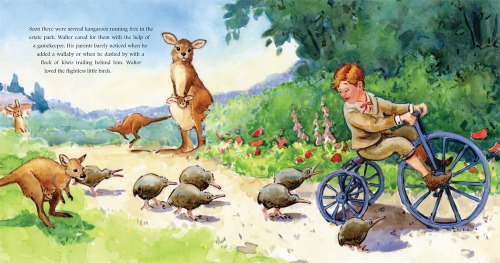
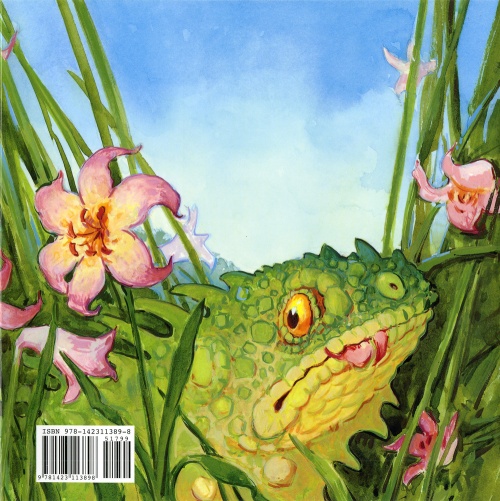
Any words of wisdom on how to become a successful writer or illustrator?
It sounds kind of flippant, but I mean it in all sincerity – don’t worry about success. Just worry about the writing and/or the art. People want good stories, they crave them, if you focus on the craft, on making it the best piece of art or writing humanly possible, the “success” part of it will fall into place, at least enough so that you get to make a comfortable living at it and keep doing it. I honestly don’t think about number of books sold, etc, I’d go crazy second guessing every whisper of an idea that comes into my brain and I’d give up on it long before it had the time and nurturing from me to grow into a real story. But if you just focus on the art, and the writing, it will grow into something others can love. Just make a Utopia for yourself of your work, and the other “career” part of things will come out of that.

Sketch for upcoming book, Born in the Wild
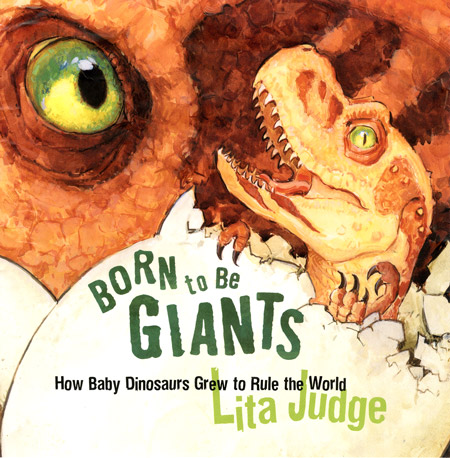
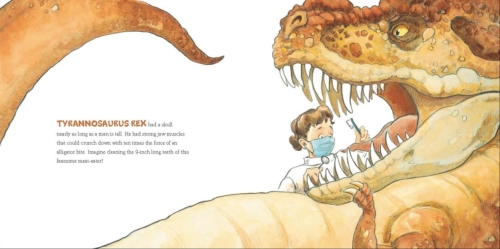

Thank you Lita for sharing you journey and process with us. Please let us know when your new picture books come out. We’d love to see them and cheer you on. You can visit Lita at: http://www.litajudge.net
If you have a moment I am sure Lita would like to read your comments. I enjoy reading them, too, even if sometimes I don’t have time to reply to all of them. Thanks!
Talk tomorrow,
Kathy
Filed under:
Advice,
authors and illustrators,
demystify,
illustrating,
Illustrator's Saturday,
inspiration,
Interview,
picture books,
Process Tagged:
Born in the Wild,
Flight School,
Lita Judge,
Red Sledge 


By: Kathy Temean,
on 9/26/2014
Blog:
Writing and Illustrating
(
Login to Add to MyJacketFlap)
JacketFlap tags:
Interview,
picture books,
inspiration,
Process,
illustrating,
authors and illustrators,
How to,
Illustrator's Saturday,
Lisa Fields,
The Ringling School of Art and Design,
Add a tag
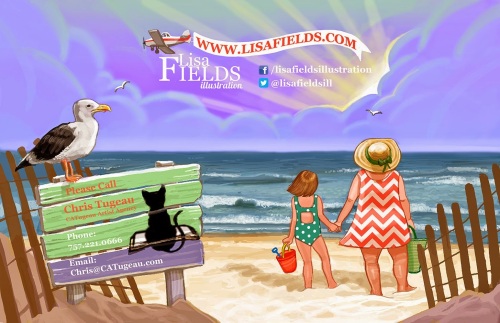
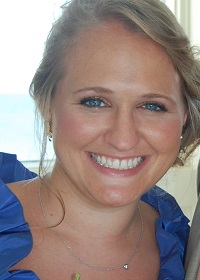 Lisa Fields is an illustrator based out of New York City and is represented by Chris Tugeau.
Lisa Fields is an illustrator based out of New York City and is represented by Chris Tugeau.
She received her BFA in Illustration from the Ringling School of Art and Design in Sarasota, Florida and attended The Illustration Academy.
Lisa is a member of the Society of Children’s Book Writers and Illustrators.
Some clients include:
Boys’ Life
Cobblestone Magazine
Cricket Magazine
Dig Magazine
Faces Magazine
Highlights for Children
Houghton Mifflin
Kaeden Books
Odyssey Magazine
Pelican Publishing
Pinata Books
Ranger Rick Magazine
Tricycle Press
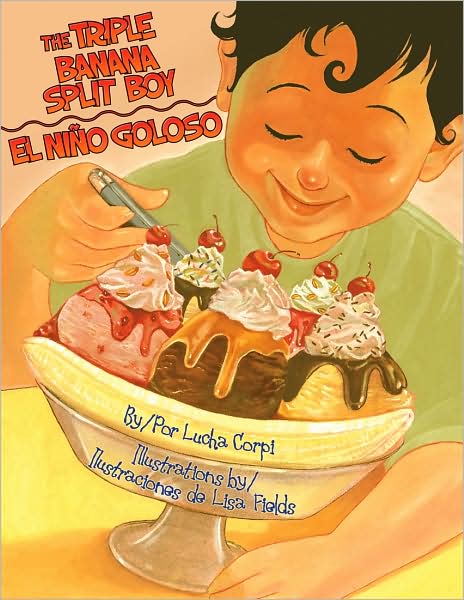
1. How long have you been illustrating?
I graduated from college in 2006. After graduating I moved back home with my parents for a while so I could start my freelance illustration career…but obviously like most artists I have been drawing for as long as I can remember.
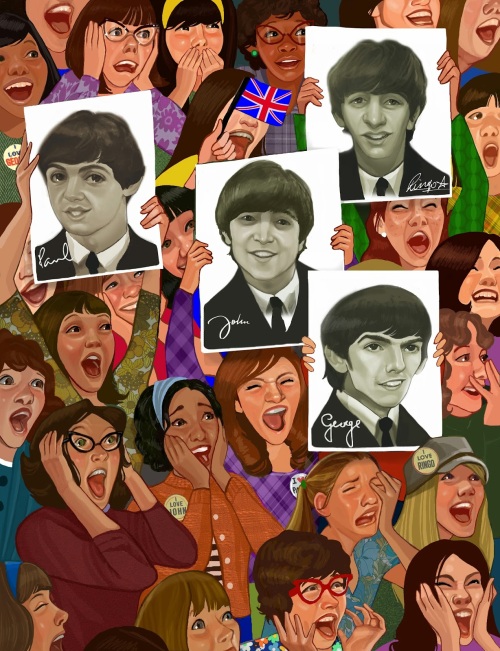
How did you end up attending the Ringling School of Art and Design in Sarasota, Florida to get your BFA?
I can’t remember how exactly I came across Ringling in my art school research. I know I had my portfolio reviewed by them at one of the school fairs. Ringling was rated one of the best art schools and it was in Florida by the beach! As an 18 year old I was very excited about both of those things. I went to visit the school with my mom and after the visit decided that out of all the art schools I had seen it was the best fit for me as a person and as an artist.
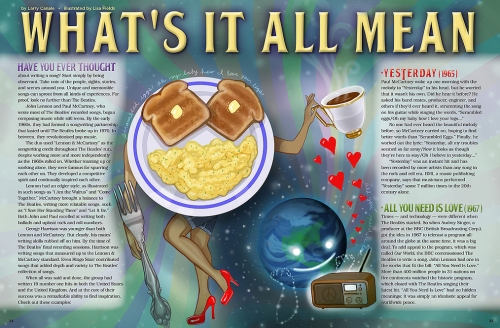
What types of classes did you take that really helped you to develop as an illustrator?
I learned a lot in figure drawing/painting classes. It is amazing how much you learn from drawing from life.
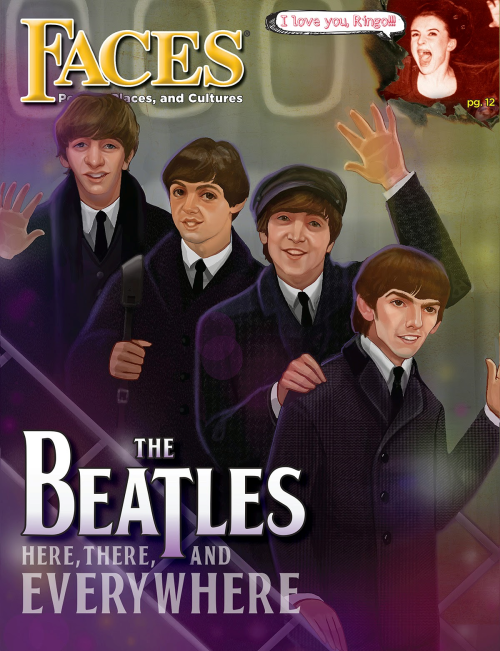
Tell us about the Illustration Academy. Is that an online college?
The illustration Academy really changed my life. It is a summer program that I attended after my junior year and then again after my senior year of College. I found out about it because Ringling actually hosted them for a few years. They gave a presentation to my school and once I saw it I knew that it was something I needed to do. Along with the amazing faculty that stays the entire workshop, every week there is a guest artist that comes in and gives you an assignment, critiques your work and talks about the industry in general. You get to meet, work with, and get advice from the top illustrators in the industry today. I encourage artists of any level to check them out: http://www.artconnectionacademy.com/IllustrationAcademy.aspx.
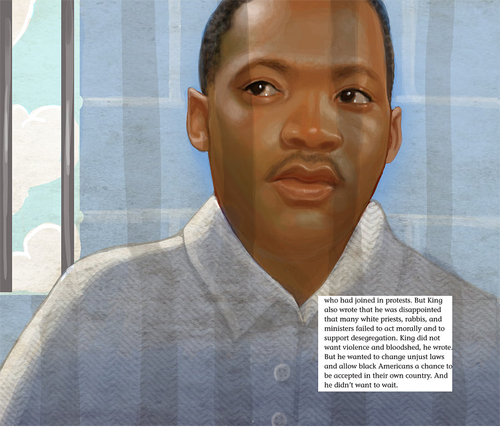
What did attending the Illustration Academy bring to the table for you?
I learned invaluable advice from all the faculty at the illustration academy. They helped me round out my portfolio and gave me a realistic view of what to expect once I got out of school. It was also a great time and REALLY inspiring.
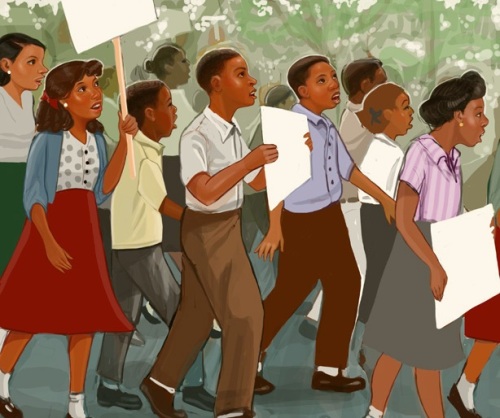

What was the first things you did that you got paid to do?
The first assignment I was paid for was for a Magazine called Las Olas magazine. I illustrated portraits of five local chefs in Fort Lauderdale, Florida.
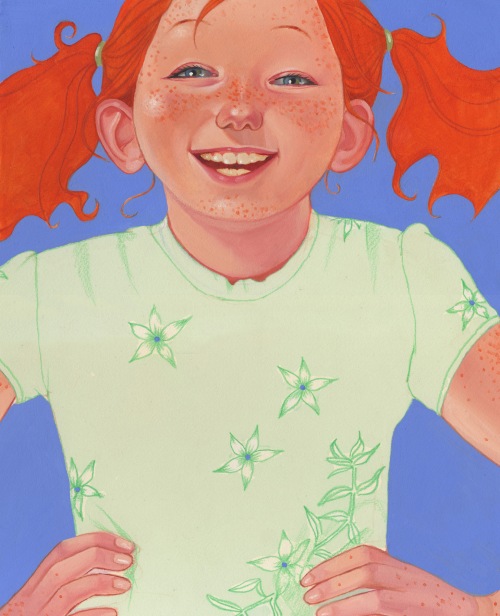
Have any of your college connections ended up helping you get work?
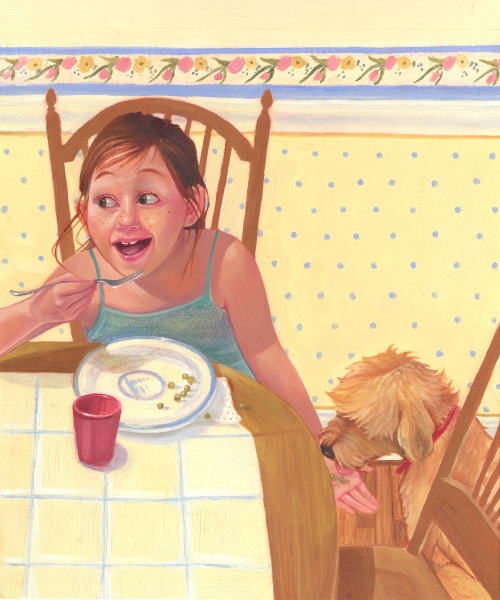
How did you end up leaving in Florida to live in New York?
The first assignment I was paid for was for a Magazine called Las Olas magazine. I illustrated portraits of five local chefs in Fort Lauderdale, Florida.

How and when did you decide that you wanted to illustrate children’s books?
Illustrating children’s books was something that I was always interested in but for some reason coming out of school I really did not have that many images of children in my portfolio. When I got out of school adding more images of kids to my portfolio was one of the first things I worked on.
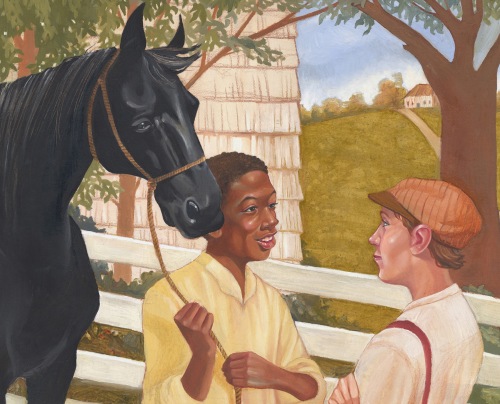
What was the title of your first book? When and how did you get that contract?
The first children’s book I illustrated was The Triple Banana Split Boy with Pinata books. The art director contacted me after a promotional mailing that I did. I would send out postcards every couple of months to a mailing list that I had created. The mailing list was mostly compiled from this book: http://www.amazon.com/2014-Childrens-Writers-Illustrators-Market/dp/159963726X/ref=sr_1_1?ie=UTF8&qid=undefined&sr=8-1&keywords=childrens+book+artist+guide.
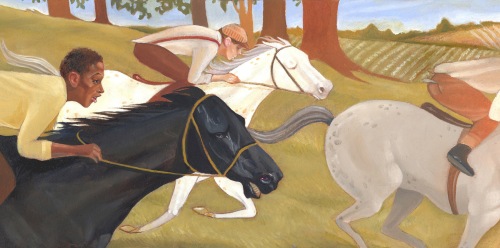
How long have your been represented by Christina Tugeau? How did the two of you connect?
I am fairly new to Chris’ agency. I have been represented by her for a little over a year now. One of her former artists that she used to represent was a teacher at Ringling and I remember him telling me and my friend to check out her site. I didn’t think I was ready for an agent at the time but agency with the Cat was always in the back of my mind. When I decided I wanted to get an agent she was the first person I emailed and I was thrilled that she wanted to set up a meeting the next time she came to New York City.
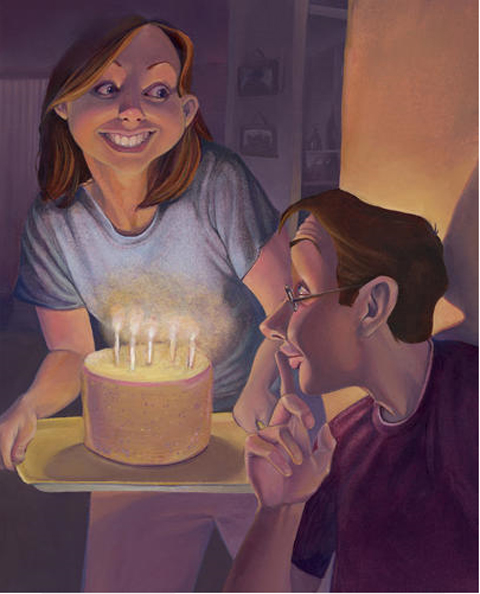
What types of things do you personally do to get your work seen by publishing professionals?
I still send out postcards myself every now again but that is mostly for editorial work. I try my best to stay active on social media because you never know who might end up on your page. I have a Facebook page and a twitter account. I have to admit I don’t think I have quite grasped the world of Twitter but I still tweet out new images just in case! I also try to keep my website and blog up to date with my most recent work. I am always bummed myself when I go to artists blogs that I like and it has not been updated in a few years so I try my best to keep on top of it.
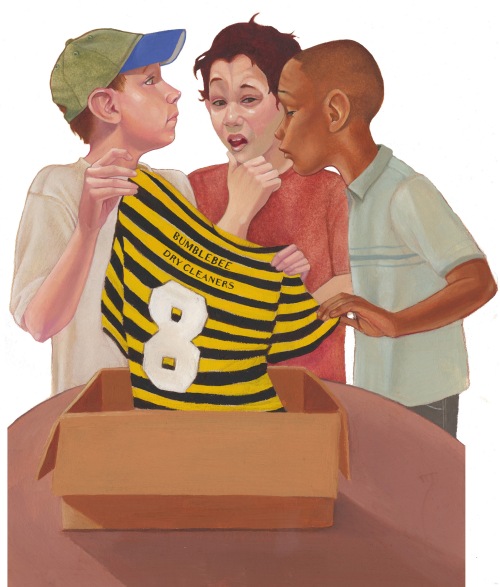
Have you ever tried to write and illustrate your own story?
This is definitely something that I am interested in. I have a few ideas floating around my head that I have to get on paper. I used to write stories and illustrate them all the time when I was a kid. It is hilarious to find them and read them now. I remember in elementary school we would get to write a story every year that would be published in the “publishing center” (ie a cardboard cover wrapped in wallpaper). It was the best time of the school year. One of my masterpieces was called The Princess and the Unicorn. You can’t get any more girly than that!
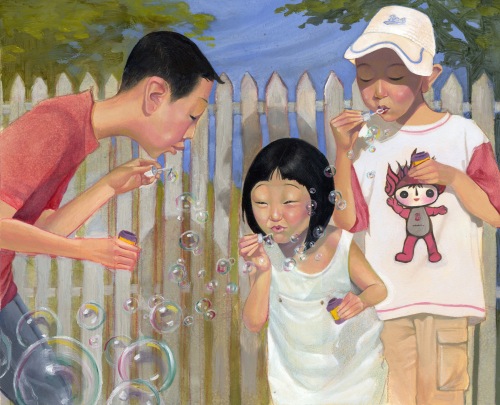
What is your favorite medium to use?
These days I have been working digitally. I got a Wacom cintiq a couple of years ago and fell in love with it. I live in a little NYC apartment so it is more practical for me to sit down at the computer instead of setting out all the paints.
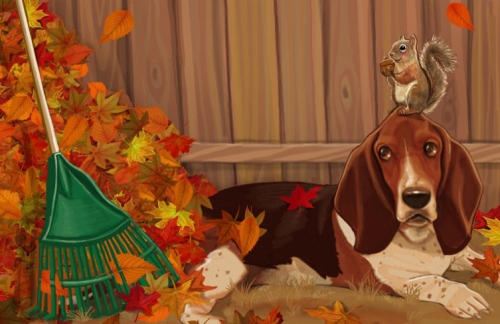
Have you seen your style change since you first started illustrating?
I think my style has changed a lot. I learn with every project that I do and I am always trying to do better than my last assignment. I think someone would probably be able to tell that the images were drawn by the same person but I think my work looks a little more polished and consistent now.
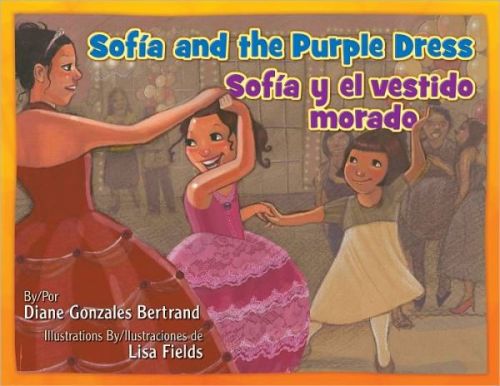
How many picture books have you illustrated?
I am currently working on my 4th book with Pinata books. I have illustrated two books for Pelican Publishing and one for Tricyle Press which was an imprint at Random House.
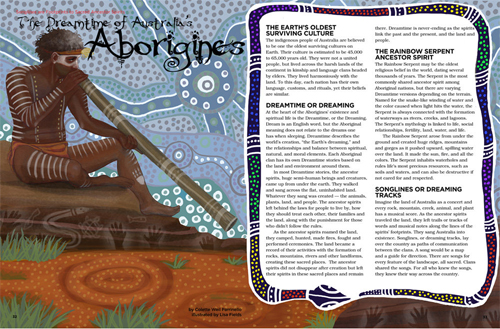
How did you get the contract with Pinata Books to illustrate GRADMA’S CHOCOLATE?
I had already illustrated The Triple Banana Split boy with Pinata Books. I think the art director I worked with thought that Grandma’s chocolate would be a good fit for me as well.
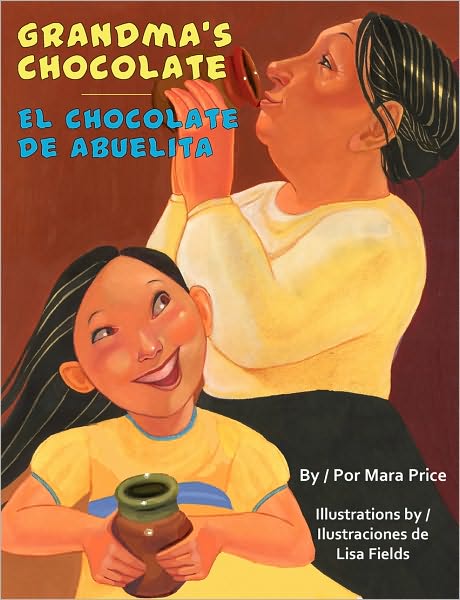
I see you, also illustrated TRIPLE BANANA SPLIY BOY with Pinata Books, too. Was that a two book deal?
It was! It was the first book that I illustrated.

What is your biggest success story? The thing you are most proud of?
I am always proud if a client comes back and asks me to do more work for them. After leaving school you don’t really get critiques anymore which is something that you were so used to all the time. When a client comes back to you and asks you to do more work for them that’s how you really know they were happy with what you did for them in the past. There are so many artists out there to choose from so it means a lot!
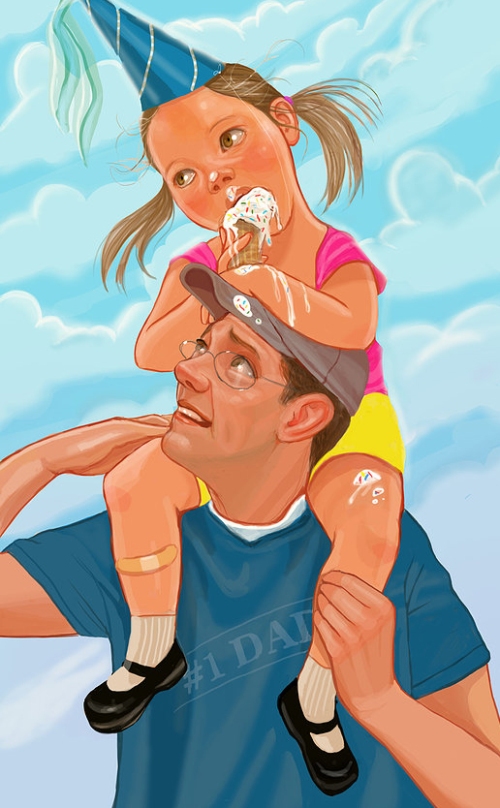
Are you open to working with self-published authors or is that something Christina would not let you do?
Typically I work with publishing houses but I might be open to it if it was a story that I really liked as well.
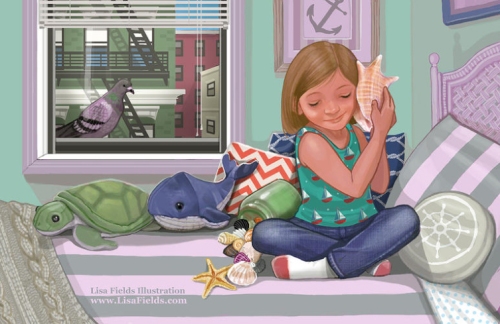
Have you thought about writing and illustrating your own books?

Is Lewis Tewanima: Born to Run your latest picture book? How did Christine get that contract for you?
Lewis Tewanima: Born to Run was the second book that I did for Pelican Publishing. I already had a contact at Pelican before I was represented by Chris. Again, I got the first book from a postcard mailing. The art director told me she had been keeping my postcards for years so you shouldn’t give up hope if you do not hear back from people right away.

Have you done any work for educational publishers?
Yes, I have done a lot of work in the past year for educational publishers through jobs that Chris has gotten me. I am currently working on my 4th reader for Heinemann Books at Houghton Mifflin. These types of jobs I think would be very hard to find without an agent so it has been really great working with Chris.
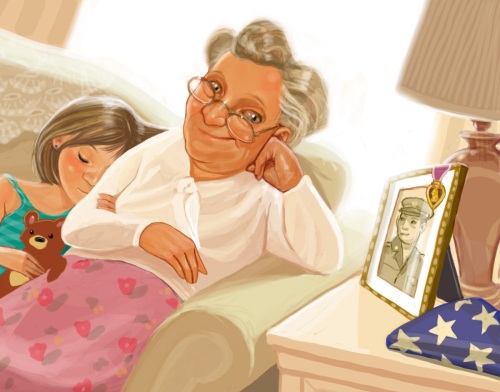
Do you use Photoshop in your work?
I do use Photoshop on my wacom cintiq.
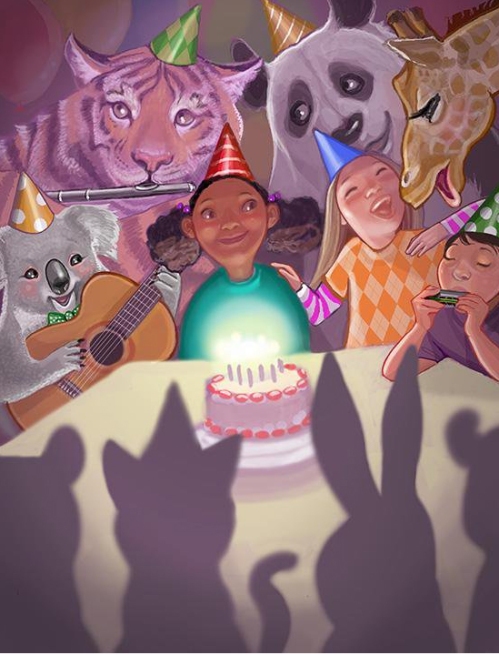
Do you own a graphic tablet?
I have a big wacom cintiq at my desk and also a portable one so I can take my illustrations on the go with me (or sometimes it is nice to just sit on the couch and work in a differnet room). I am able to sync my files between the two devices with Adobe’s cloud service.
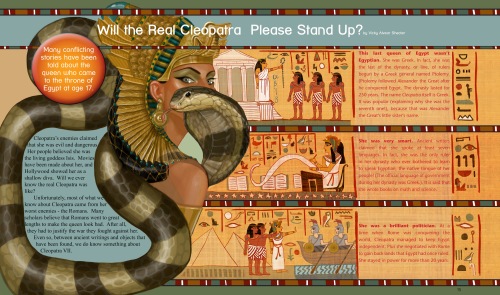
How much time do you spend illustrating?
I draw every day. If I don’t have an assignment to work on I work on some of my own stuff.
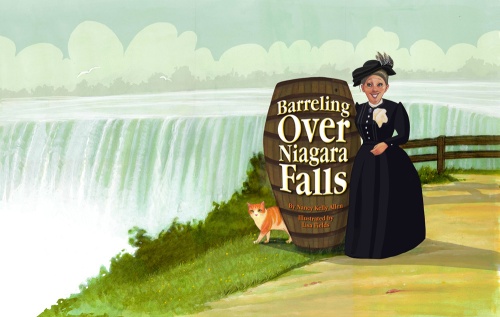
Do you have a studio set up in your house?
I have a studio area does that count?…NYC apartment living. One day I will have a house with a studio! J
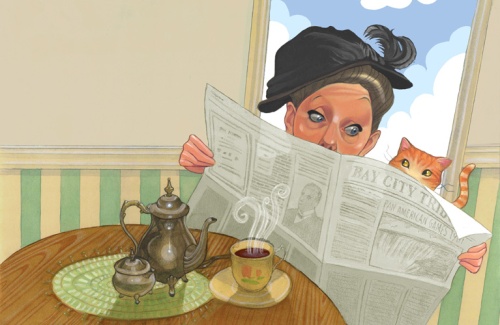
Is there anything in your studio, other than paint and brushes, that you couldn’t live without?
I have a rather large collection of children’s books and art books. I often look at them for inspiration. The children’s books have a wide range of styles. It is fun to see how different artist approach illustrating a book. My all time favorite is probably Kadir Nelson and I am loving Peter Brown and LeUyen Pham books these days as well.
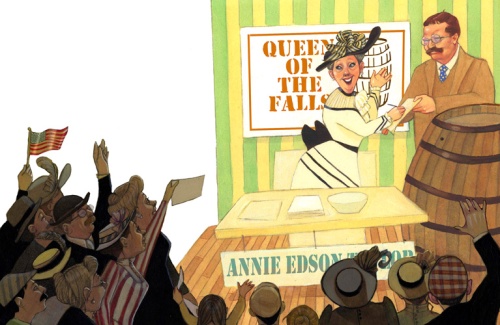
Do you take pictures or any other type of research before you start a project?
Yes, reference pictures are important for me. I usually find photos online or I take photo reference myself. The internet is an amazing tool. I don’t know what I would do without it. It would be nice to take reference pictures myself all the time but often projects call for different ages and ethnicities and the chances of knowing a model that fits the bill is not very likely in most cases.
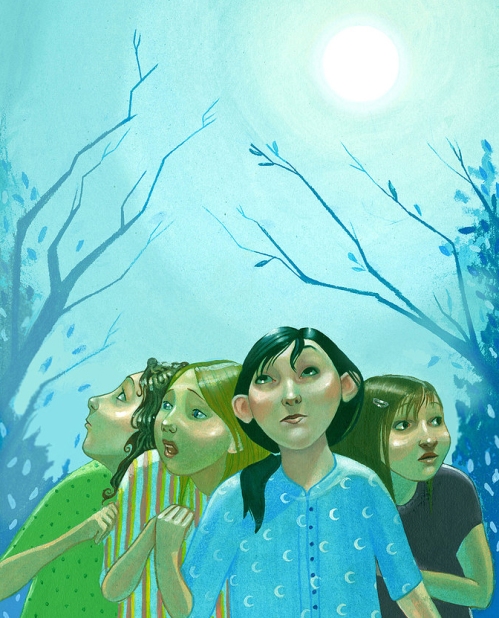
Do you think the Internet has opened doors for you?
The internet has definitely opened doors. Being able to have your portfolio online, up to date and accessible at all times is important.

Do you have any career dreams that you want to fulfill?
I would like to write and illustrate a book.
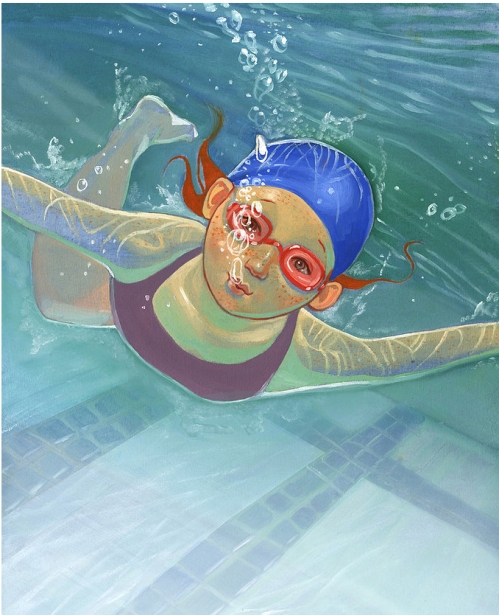
What are you working on now?
Right now I am working on some pirates for an article in Appleseeds magazine. The art director would like the pirates to be a bit menecing…which is not something that I typically do. It is a challenge and I am having a lot of fun with it! I am trying my best to make sure they are not cute, menecing pirates. I am also working on sketches for a reader for Heinemann and sketches for a book for Pinata.
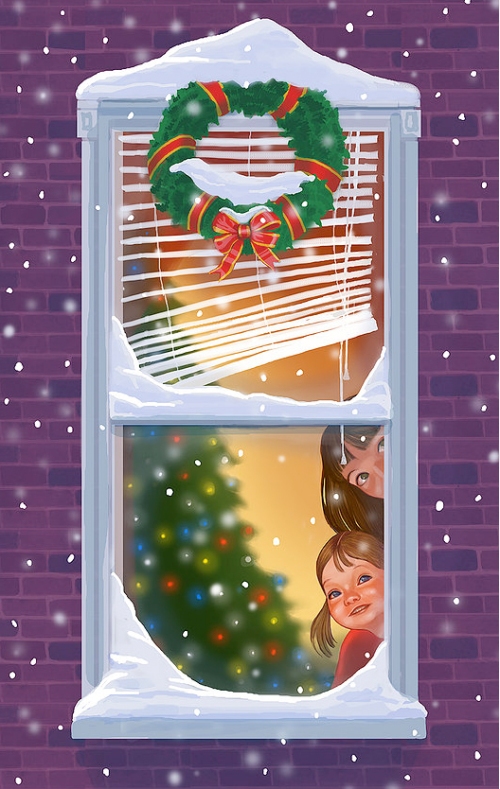
Are there any painting tips (materials, paper, etc.) you can share that work well for you? Technique tips?
I know that I have mentioned it a couple of times already but I love my Wacom cintiq. If you work digitally you should definitely look into it. It is expensive…but it is so worth it!
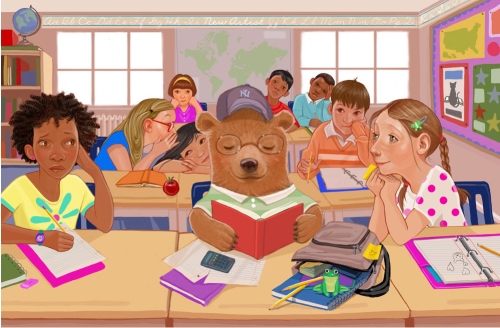
Any words of wisdom you can share with the illustrators who are trying to develop their career?
One of my favorite things to do is go to the bookstore and check out what is on the shelves. You will be inspired and will also see what art directors are looking for. If there are books that look like something your work would be a good fit for write down the name of the publisher/imprint and add them to your mailing list. I have had multiple people tell me that they saved my postcards until a project comes along that I would be a good fit for so stick with it and don’t get discouraged if you don’t hear back from people right away.
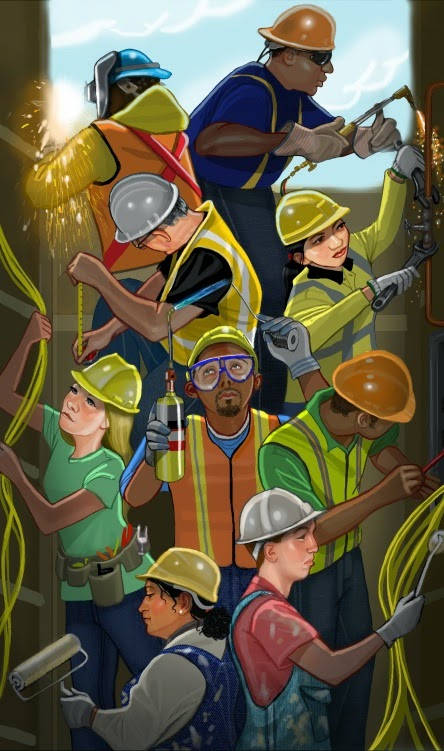
Filed under:
authors and illustrators,
How to,
illustrating,
Illustrator's Saturday,
inspiration,
Interview,
picture books,
Process Tagged:
Lisa Fields,
The Ringling School of Art and Design 


By: Kathy Temean,
on 9/19/2014
Blog:
Writing and Illustrating
(
Login to Add to MyJacketFlap)
JacketFlap tags:
Interview,
picture books,
inspiration,
illustrating,
authors and illustrators,
Publishing Industry,
demystify,
Illustrator's Saturday,
1st Prize (Category Children's Book) at the 'Marosvásárhely Book Fair Award,
30th edition of the exhibition 'Le immagini della fantasia',
Applied Art in Budapest,
Sarolta Szulyovszky,
Add a tag
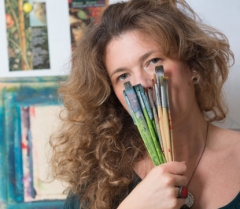 Sarolta Szulyovszky was born and grew up in Budapest (Hungary), she studied Applied Art, after which she moved to Italy. Since 2004 she start activity in the field of graphics and illustration working in a graphic design studio in Udine (Italy). Now she lives and works as a freelance illustrator and graphic designer in a little city in northern Italy: San Daniele del Friuli.
Sarolta Szulyovszky was born and grew up in Budapest (Hungary), she studied Applied Art, after which she moved to Italy. Since 2004 she start activity in the field of graphics and illustration working in a graphic design studio in Udine (Italy). Now she lives and works as a freelance illustrator and graphic designer in a little city in northern Italy: San Daniele del Friuli.
She works for children’ s books, magazines, cover books, Brochure Design and Packaging Design.
Sarolta works both traditionally in acrylics, pencil and digitally.
In 2012 her work has been selected for the ‘Annual Illustratori Italiani 2012′ (Society of Italian Illustrators) and for the 30th edition of the exhibition ‘Le immagini della fantasia’ (Sàrmede, Italy) – 60 illustrators from all over the world.
2011 – selected for the 23rd Biennial of Illustrations Bratislava.
In 2010 she won the 1st Prize (Category Children’s Book) at the ‘Marosvásárhely Book Fair Award (Romania).
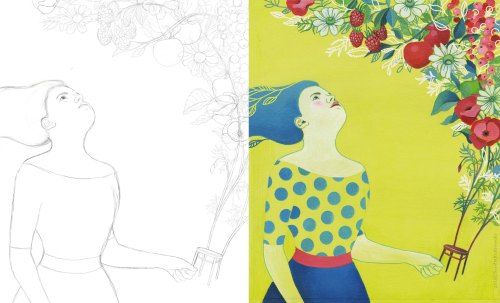
Draft drawn in Photoshop, and the final illustration for a magazine. The commission was to illustrate the month of July. (Image: Progress_1)
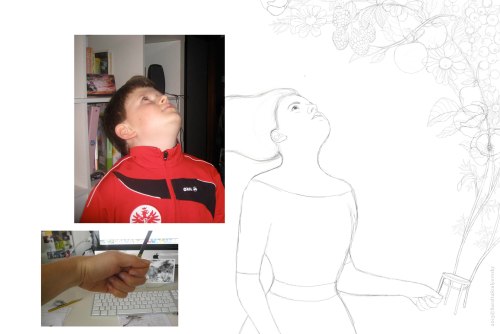
I needed a model to draw the woman so I photographed my son for the face and my hand for the hand!
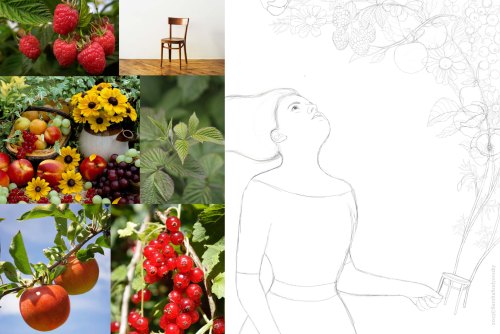
I found the fruit and vegetables on the internet.
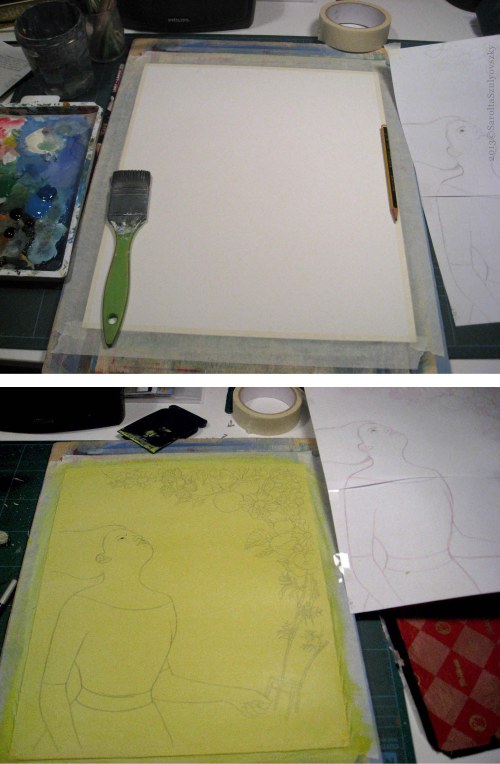
After sketching out the draft, I prepare an acrylic base for the background colour and, with carbon paper, I transfer the draft I have printed onto the base I have prepared. (Image: Progress_4)
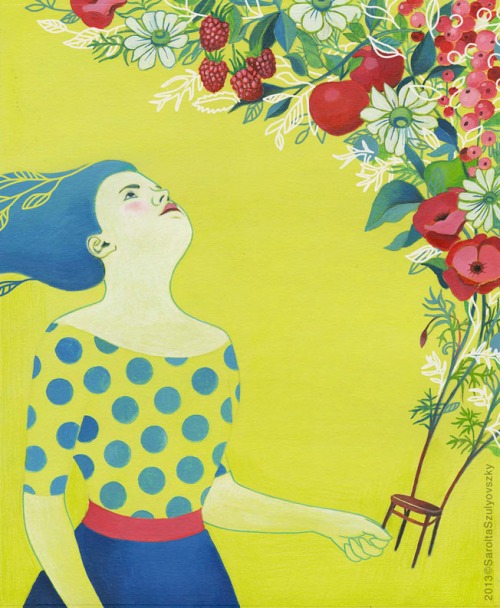
Here is the final illustration entirely painted with acrylics.
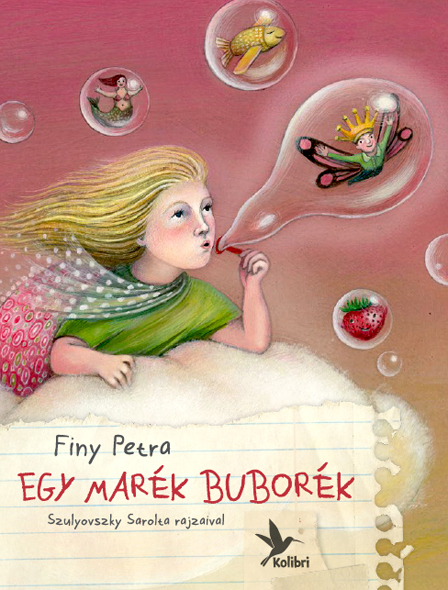
Book Covers
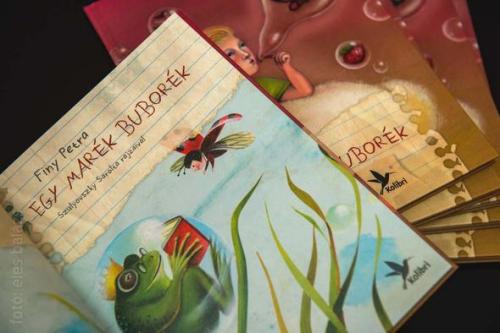

Book Covers
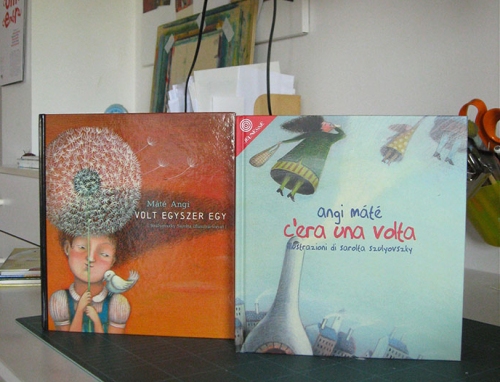
How long have you been illustrating?
I began to illustrate children’s books 11 years ago. My first publication (2003) was a drawing for an anthology of world fables published in Italy, but I have only thought of myself as an illustrator since I began to devote myself entirely to this work in 2009.
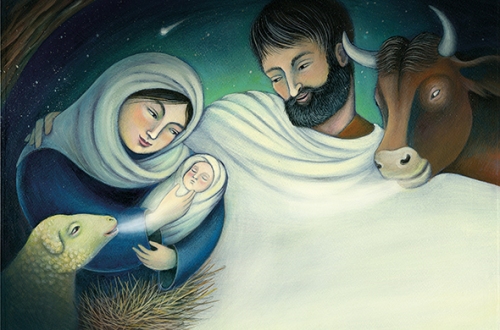
Did you go to college to study graphic design?
I began to study drawing at the age of 14, attending evening classes while I was studying at a science academy school in Budapest (Hungary). My dream was always to become a designer, so once I graduated from high school, I attended a textile design college and another college to study interior decoration, then went to the university “Nyugat-magyarországi Egyetem” on a Packaging Design course, but I never imagined that one day I would be illustrating books! I became involved in the world of children’s books illustration in Italy where I attended courses on advertising graphics and editorial illustration.
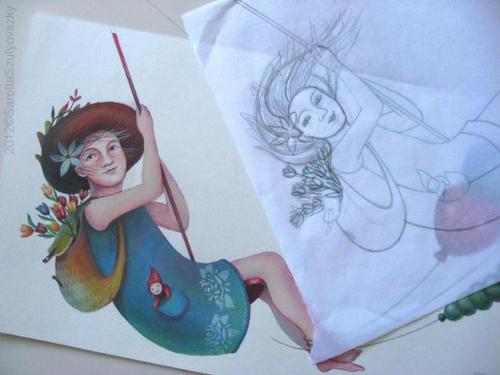
What were you favorite classes?
At university, I really liked design and drawing from life, especially portraits.
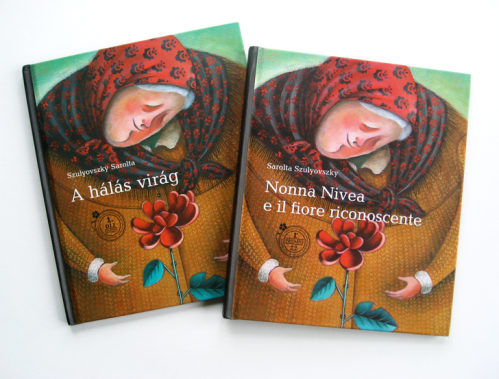
How did you decide to move from Hungary to Italy?
I moved to Italy not for work but for love. I met my husband in Budapest and, after we got married in 1997, I came with him to Italy.
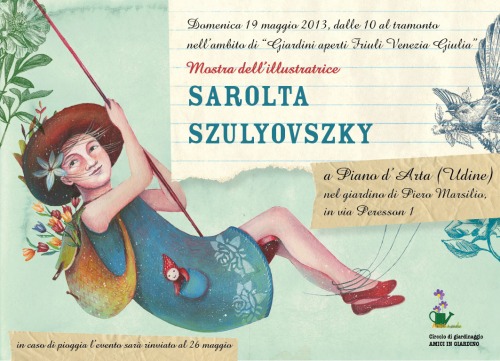
Do you feel the illustrating opportunities are better in Italy?
I don’t think Italy offers more opportunities for work in the field of illustration compared to Hungary or other European countries. Italy is currently undergoing a severe social, cultural and economic crisis and illustrators (and anyone who works in the cultural sphere in general) is often considered an amateur, and not a professional, and so they are paid little or nothing. However, I do think that Italy is an excellent place to study illustration: it is a country that boasts 50% of the world’s cultural and artistic heritage, a very stimulating environment for an artist, and there are excellent schools specializing in illustration.
It is very true that “no-one is a prophet in his own land” and so the first publications I had in Italy were due to the fact I was a foreigner: they were looking for foreign artists for multicultural editorial projects. After that, I was published in my home country and in other states.
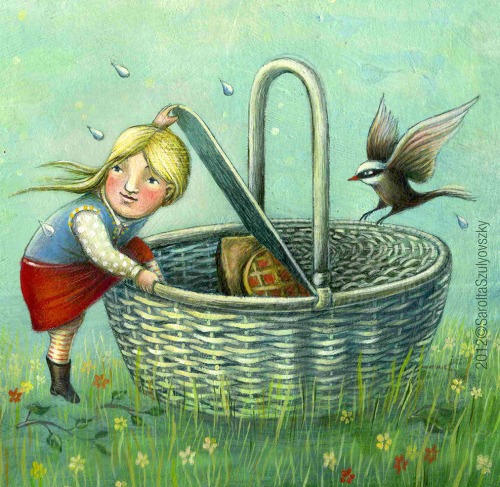
What was the first art related work that you were paid?
The first paid work was for the illustration of a children’s book translated into Italian from Hungarian, “Ha én felnőtt volnék” (If I were big) by Eva Janikovszky, published by L’Omino Rosso Editore, a small publisher in the region where I live. The book is a major classic in Hungary, a very entertaining story that I illustrated using digital techniques (Adobe Illustrator), which did not turn out to be my style.
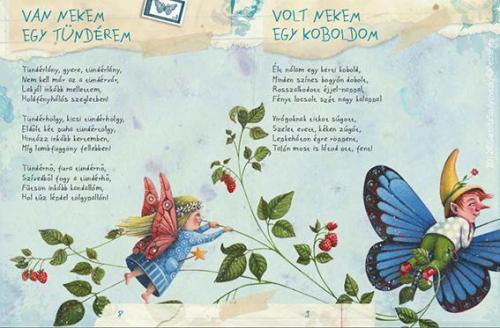
What do you think influenced you style?
I think my style has been influenced by many things: the popular Hungarian art passed on to me by my grandmother, who taught me embroidery, the late Renaissance painters in the Fine Arts Museum in Budapest, where I acted as tourist guide when I was a student and, of course, many contemporary illustrators that I discovered in books, exhibitions and on the web (Gianni De Conno, Gabriel Pacheco, Alice Wellinger, Pierre Mornet……. the list would be very long!).
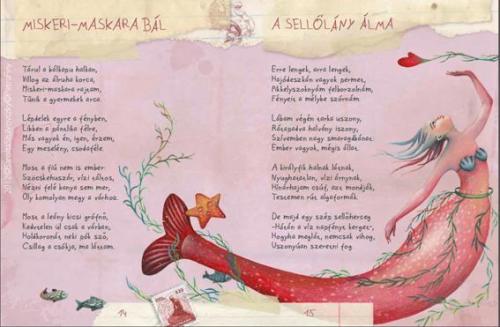
What type of work did you do right after you graduated?
After university, I gave birth to my two children and for 6 years I concentrated on being a mother….. although it was during that period that I discovered illustrated children’s books!
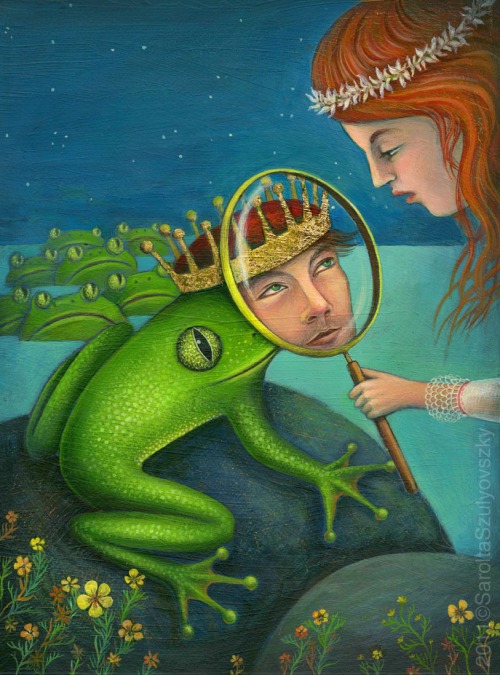
How did you connect with the Wilkinson Studios? When did you join them?
I came across Wilkinson Studios in 2011 thanks to an illustrator friend of mine who was already working for them. I sent them my portfolio and they immediately gave me a job. The client was very pleased with the illustration and so we continued to collaborate and they included me among the artists they represent. It was a great honour for me.
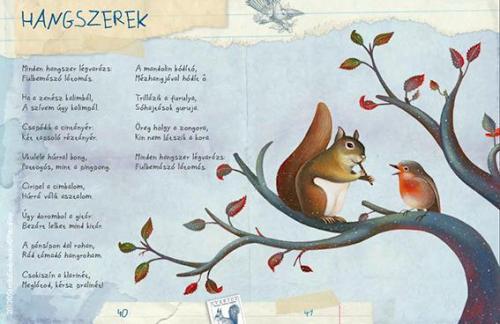
Do you do any exhibits to show off your work?
Yes, I am often invited to take part in joint exhibitions and I have had various personal exhibitions in Italy and abroad. In 2011 and 2013, my work was exhibited at the Biennale of Illustration of Bratislava, Slovakia and, 2007- 2012 every year at the “Le immagini della fantasia” of Sàrmede, the most important exhibition of children’s illustrations in Italy.
The last exhibition has just ended and it was “Il posto delle favole” (The place of fables), a joint exhibition by international artists in Rocca Sinibalda, a picturesque little town in central Italy. The next exhibition will be a personal exhibition of my work in Hungary in October 2014.
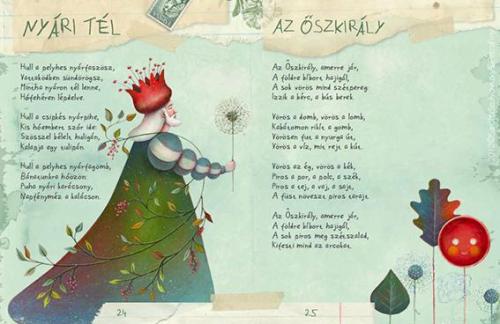
When and what was the first children’s book that you illustrated?
The first book that I illustrated was, luckily, the one I mentioned as my first paid work.
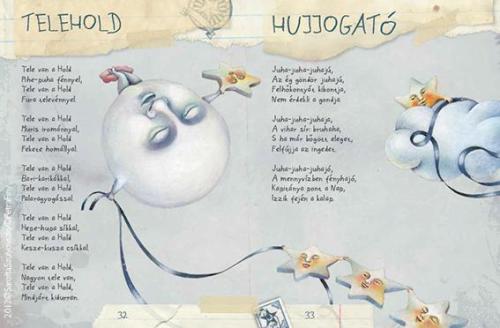
How did that contract come about?
The contact with the publisher came about through a friend we had in common, who was a book translator.
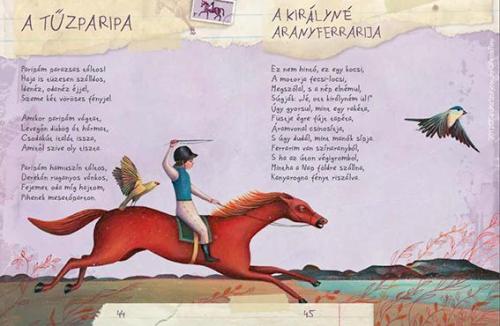
Do you consider that book to be your first big success?
My first book was an important experience for me, I learned a lot, but I don’t consider it a great success.
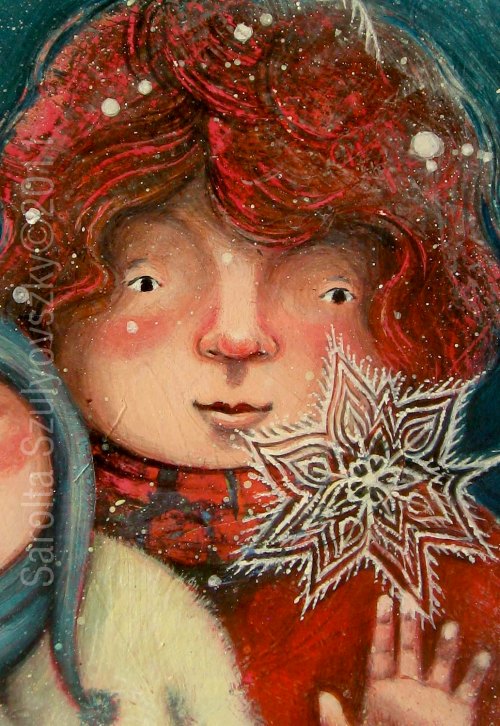
Have you published about children’s picture books for a US publisher?
So far, in the United States, they have published my illustrations in academic books and magazines, but I haven’t yet illustrated a whole book in the United States and I can’t wait to do so!
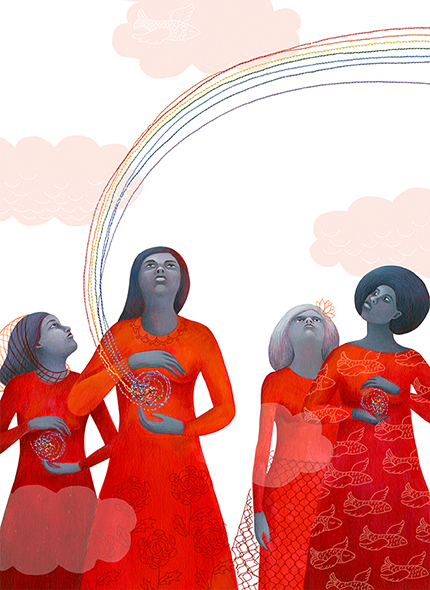
Have you tried to write and illustrate a children’s book, yet?
My first successful book was actually one that I wrote and illustrated: “A hálás virág “(The grateful flower) is an autobiographical book that deals with the subject of diversity and the Great Mystery of death, life and rebirth. The story came from an episode that actually happened in my grandparent’s garden in Budapest. In 2008, the album won first prize for the best unpublished illustrated album for children aged between 6 and 9 years at the 11th International Competition “Syria Poletti: On the wings of butterflies”. It was subsequently published in 3 languages: Italian, Hungarian and Polish.
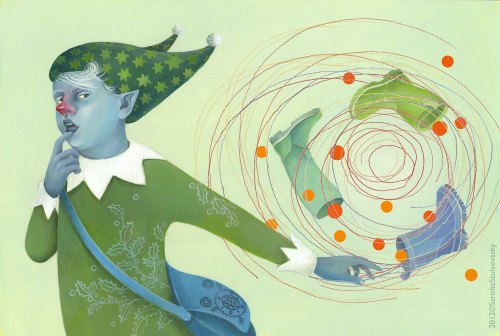
Does the area where you live have a large artist community?
I live in the countryside near a little town in northeast Italy that lies between the Alps and the Adriatic Sea, a land of excellent white wines and ham. There isn’t a large community of artists here, but you live and eat well!
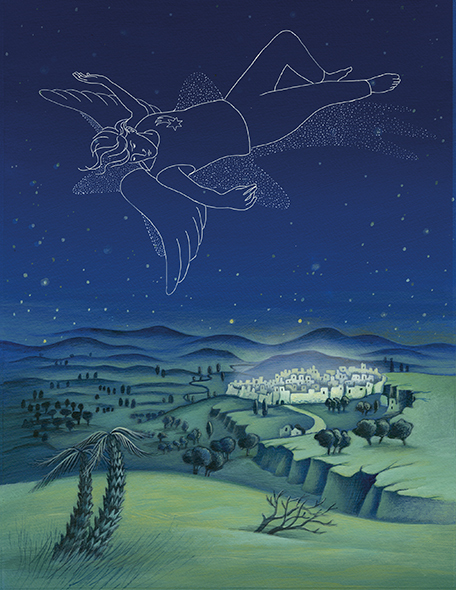
What type of illustration work do you do?
I work both on children’s books and books for adults, and on Packaging. I work both digitally and with traditional techniques. I like to adapt my style to the text and always try out new things so that I continue to grow and renew myself.

Have you won any awards for our art?
I have won various prizes but the most important was the one I received at the Frankfurt Book Fair in 2013: the cover I illustrated of “Folyékony tekintet” / Liquid gaze (published by Libri, Budapest) was selected from the 12 most beautiful covers at the Fair by the Wall Street Journal.
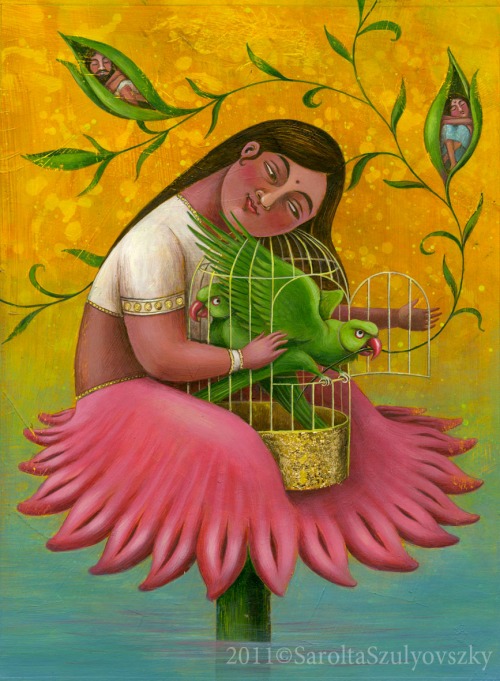
How many picture books have you illustrated?
So far, I have entirely illustrated 11 books, without counting the anthologies that include the drawings of several artists.
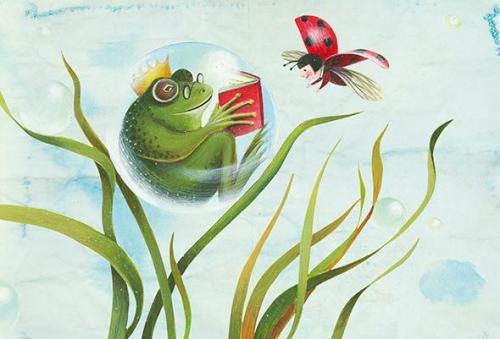
What do you consider your biggest success?
The greatest success has been the last book I illustrated, “Folyékony tekintet” (Liquid gaze), a collection of poetry for which I drew the digital illustrations using only the colours black and red.
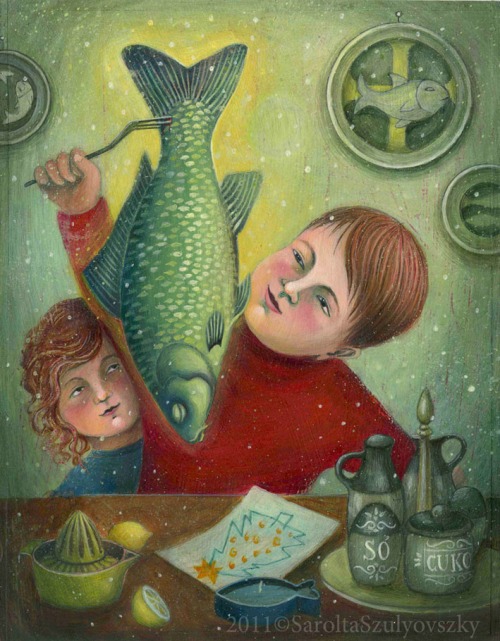
Do you feel living in Italy has broaden your career as an illustrator?
For an illustrator, I don’t think it matters much these days where you live, an internet presence is more important because that’s where work meetings take place. 23. Yes, I have worked for Italian and Hungarian magazines and in the United States, for the Christian Reformed Church of North America’s Dwell Dive Magazine. 24. I use acrylic colours and sometimes I add some details in Photoshop.
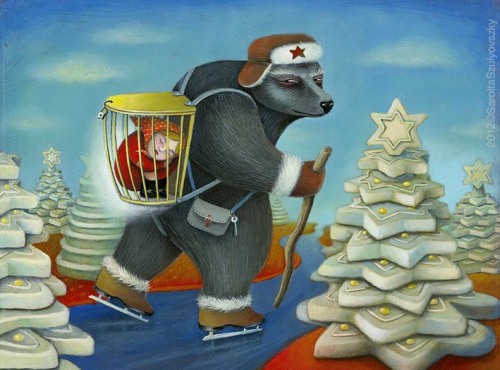

Have you done illustrations for any children’s magazines?
Yes, I have worked for Italian and Hungarian magazines and in the United States, for the Christian Reformed Church of North America’s Dwell Dive Magazine.
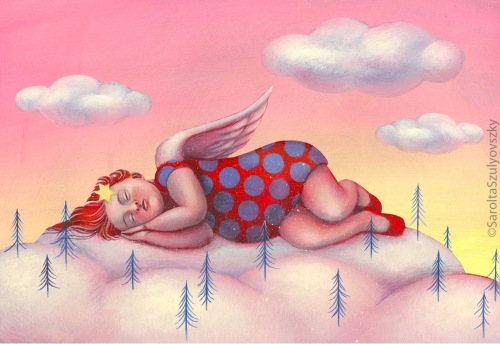
What materials do you use to paint your color illustrations?
I use acrylic colours and sometimes I add some details in Photoshop.
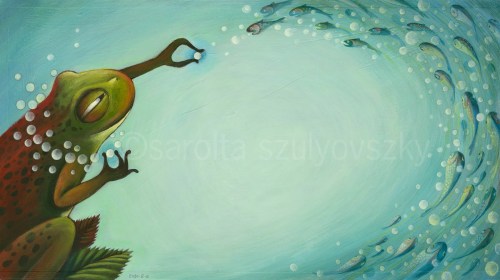
What type of things do you do to find illustration work?
To find illustration work, it is important to have a website or a blog, send your portfolio to the illustration agencies and publishers, and go to specialist fairs, like the Children’s Book Fair of Bologna.
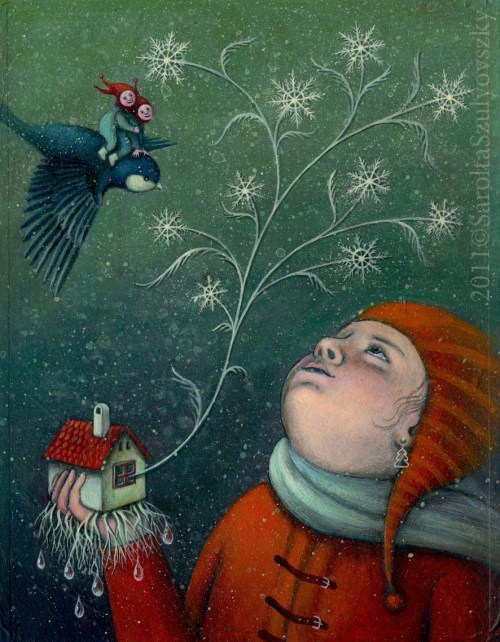
What is the one thing in your studio that you could not live without?
The thing I miss the most is the view from my window: the hill with the historic centre and the mountains. When I’m at home staring at a sheet of paper or a monitor all day, it is important sometimes to turn and look into the distance!
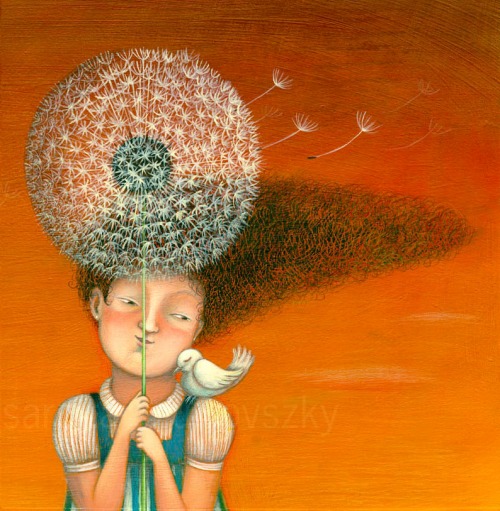
Do you try to spend a specific amount of time working on your craft?
It is very difficult to work set hours when you’re a freelance. I often work at night to meet deadlines…
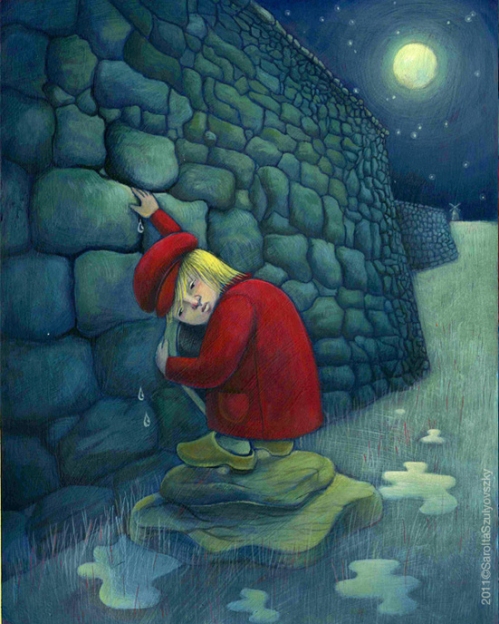
Do you take pictures or do any types of research before you start a project?
Research is the first phase of working on an illustrated project and that often takes whole days. I have a folder on my computer where I collect photos and texts that inspire me and that might be useful one day. If I don’t find the photos I need on the internet, people in certain poses, for example, then I’ll use relatives or myself, taking the photos I need.
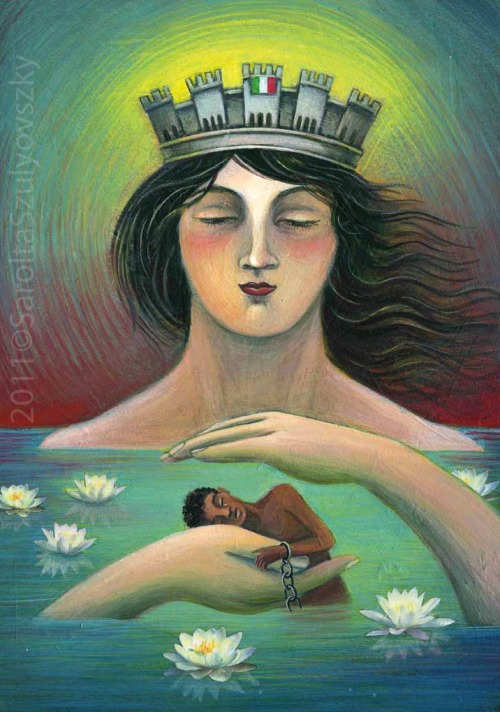
Do you think the Internet has opened doors for you?
Yes, I think the internet has opened many doors, but it has also increased the competition.
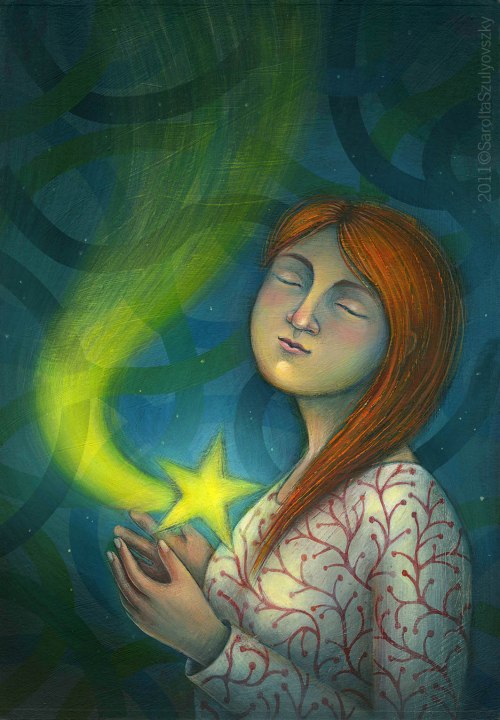
Do you use Photoshop or Corel Painter with your illustrations?
Yes, I use Photoshop and Adobe Illustrator.
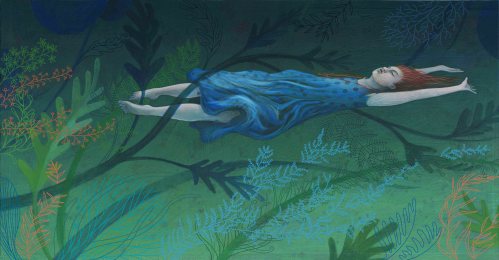
Do you own or have you used a Graphic Drawing Tablet in your illustrating?
Yes, I use a Graphic Drawing Tablet to sketch out drafts and add details to my illustrations.
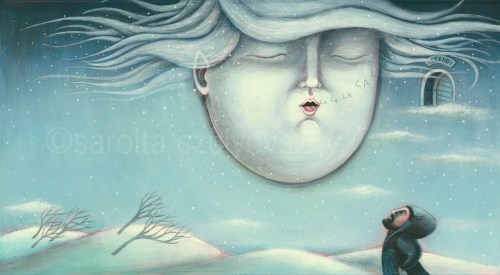
Do you have any career dreams that you want to fulfill?
My dream is to illustrate the Bible, especially St Paul’s Hymn to Love.
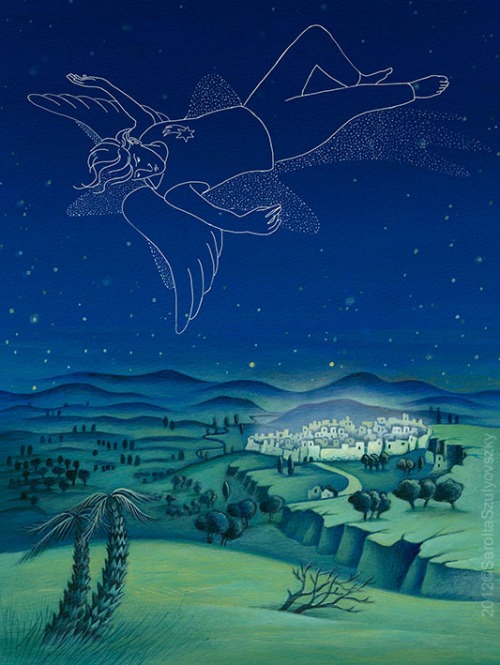
What are you working on now?
At the moment, I’m working on two books: an illustrated album: The Garden of Tears, written by the French author, Laurie Cohen, and a Hungarian novel by Zoltán Hajdú Farkas.

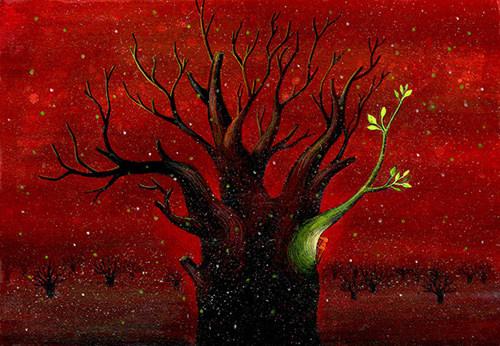
Any words of wisdom on how to become a successful writer or illustrator?
Above all, it is important to inquire within and understand ourselves. What would I really like to do? Devote time to personal works that haven’t been commissioned, be humble (we always need to learn), have a little entrepreneurial ability (we have to promote our work ourselves) and great steadfastness.
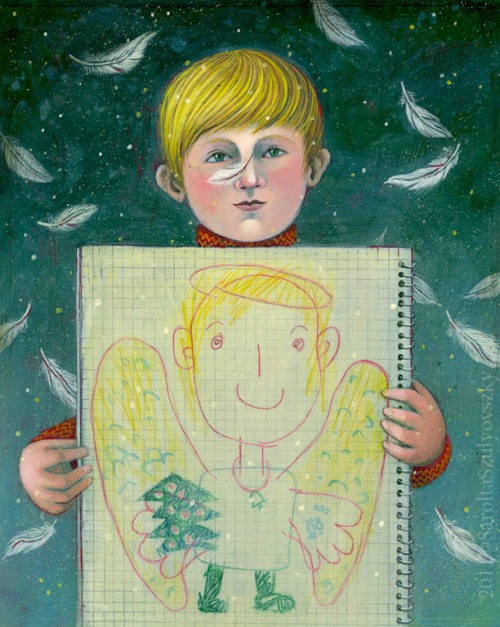
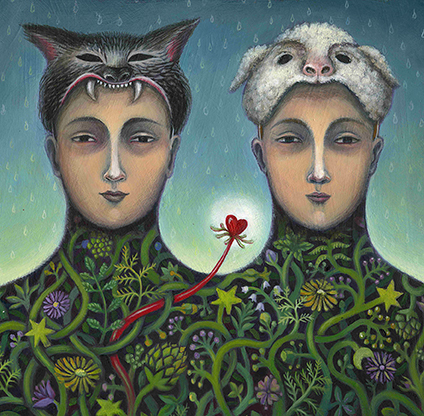
Thank you Sarolta for taking the time to share your process and journey with us. We look forward to hearing about all your future successes.
To see more of Sarolta’s illustrations visit her at:
Website: http://www.saroltaszulyovszky.com/
Blog: http://saroltaszulyovszky.blogspot.it/
Please take a minute to leave a comment for Sarolta, I know she would love to heard from you and I always appreciate it. Thanks!
Talk tomorrow,
Kathy
Filed under:
authors and illustrators,
demystify,
illustrating,
Illustrator's Saturday,
inspiration,
Interview,
picture books,
Publishing Industry Tagged:
1st Prize (Category Children's Book) at the 'Marosvásárhely Book Fair Award,
30th edition of the exhibition 'Le immagini della fantasia',
Applied Art in Budapest,
Sarolta Szulyovszky 


By: Kathy Temean,
on 9/12/2014
Blog:
Writing and Illustrating
(
Login to Add to MyJacketFlap)
JacketFlap tags:
Interview,
picture books,
inspiration,
Graphic Design,
illustrating,
authors and illustrators,
Illustrator's Saturday,
Golden Domes And Silver Lanterns,
Alzahra University in Tehran,
Mehrdokht Amini,
Add a tag
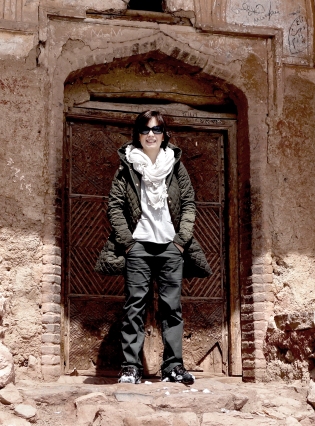 Mehrdokht Amini has worked on many books for children. One of her latest picture book “Golden Domes And Silver Lanterns” in collaboration with” Hena Khan” has been highly praised and has been selected in the 2013 ALSC notable children’s booklist, which is a list of best of best in children’s book.
Mehrdokht Amini has worked on many books for children. One of her latest picture book “Golden Domes And Silver Lanterns” in collaboration with” Hena Khan” has been highly praised and has been selected in the 2013 ALSC notable children’s booklist, which is a list of best of best in children’s book.
She lives in Surrey, England.
Below are her clients:
The British Museum Press,
Chronicle books
Random House
Stentor Publication
Harcourt Publishing
Overbrook Entertainment
Houghton Mifflin Harcourt
Here is Mehrdokht explaining her process:
This is the step-by-step process of one of the illustrations of the book that I have written myself. At the moment I am working on some samples of this book to take to the publishers. The book is called “The day I met Poppito.”
In this image, the main character of the book has come down for breakfast and sees that his parents are very annoyed by this news that a family of hippos have moved in next door to them. The mother is particularly not happy with the situation.
I start the project by first sketching the overall composition that I have in mind and a bit of character designing.
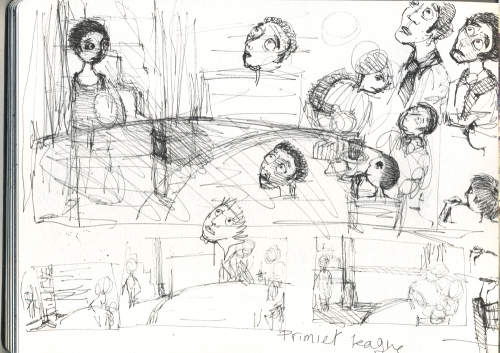
Gradually I delve into more details of the image .The character facial expressions are especially very important to convey the massage of the picture.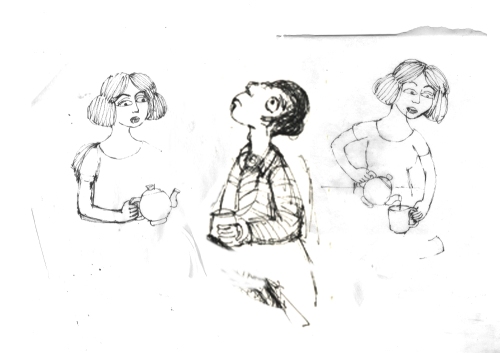
I scan all the sketches and save the files in tiff format to make sure all the details are kept as accurately as possible for next stages. Then I start to take photos for my image based on the composition. I might not use all the photos I take but at this stage I try to gather whatever material I think might come in handy in later stages of the work.
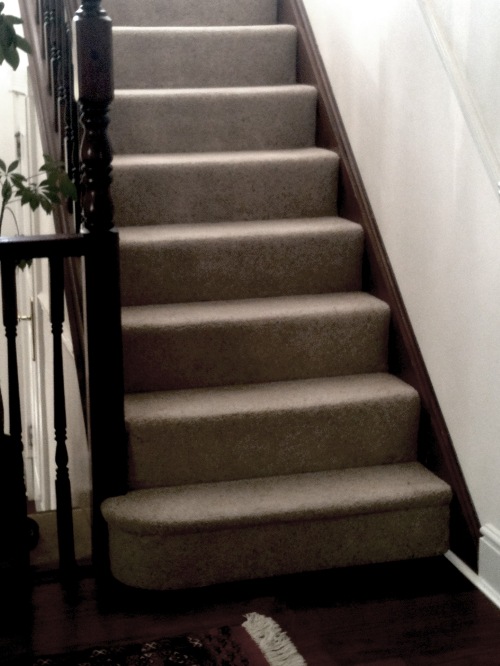
I might need the texture of a plastered wall.

Or details of a room because it is an indoor image.
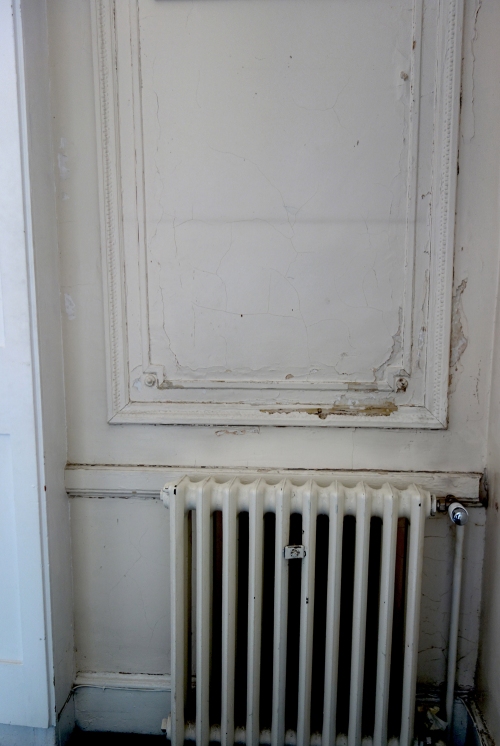
After the sketches are finished and I am done with taking photos. I start working on the background of the image.
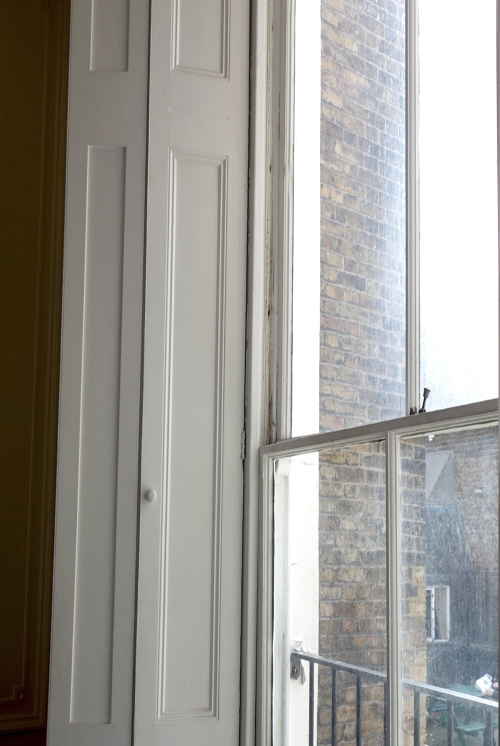
I brush the surface of a watercolor paper with GOLDEN Molding Pastes a few times on intervals to get the desired texture and then I color the surface with Acrylics in layers. I put one layer of color, wait for it to get dry then repaint it again with another color. That’s because sometimes I scratch the surface to get to the layers underneath and have a more interesting surface.
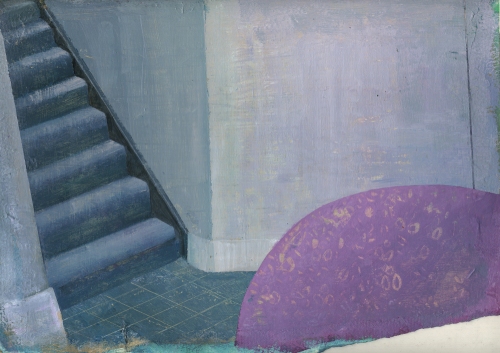
I take then everything to Photoshop. Here the floor needs to be change so I make another surface for it.
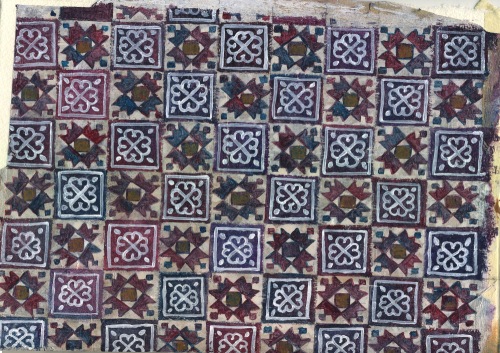
I then fit it into its place in Photoshop in a separate layer. In the “Hue/Saturation” I bring down the saturation of the floor layer to zero and finally put it in the “soft light” mode so the layer beneath could be seen through.
There I arrange the sketches on the background in a different layer and change their mode on “intensity” to be able see through them. Then I start painting on them with the brush tool.

Using my photos I work a bit more on the texture of the wall and the staircase.
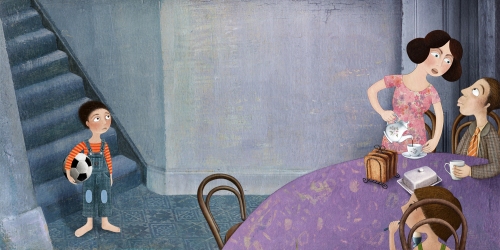
I feet the table perspective doesn’t really work this way so I change it too.
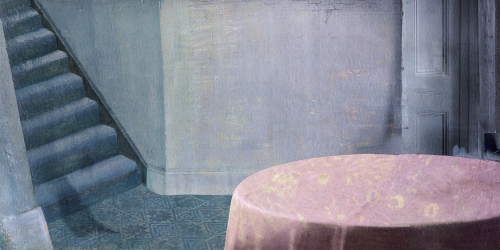
Eventually this is how the picture looks like when finished.

Finished image
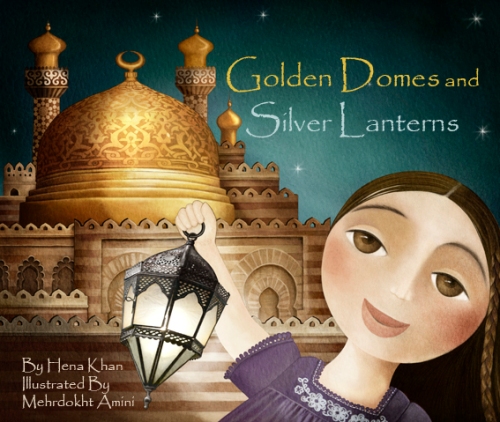
Book Covers
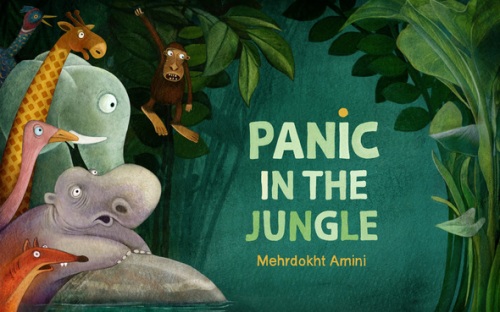
Book covers

How long have you been illustrating?
I went to Secondary School of Creative Arts in Iran and I remember once a teacher asked us to choose a story and make illustrations based on that. I chose “The Red Shoes” by Hans Christian Anderson and it was the first time I tried to illustrate a book. I enjoyed the process so much that I decided then that I wanted to continue my career in that direction. What I enjoyed most and continue to take pleasure in was that for a short time it gives me the opportunity to live in an imaginary world and create my own characters and scenes and share them with others.
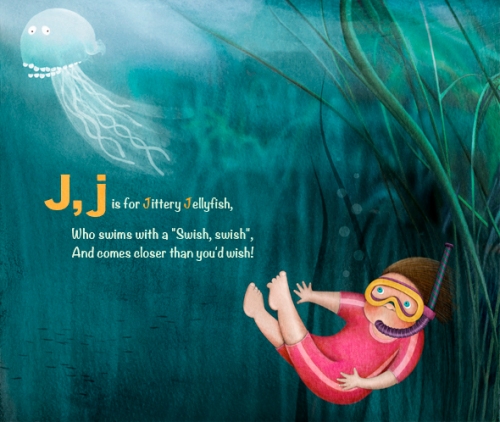
I see you attended Alzahra University in Tehran. How did you decide to study Graphic Design there?
After getting my Secondary school certificate in Art it was a natural thing for me to continue my higher education in the creative field. As there was no BA course available in illustration I decided to study in Graphic design. At the time it wasn’t a very well known subject to study in Iran and studying art was considered by many parents as something for the students who couldn’t do very well in scientific subjects. So I guess it was a brave act for my parents to go along with my desire to become an artist.
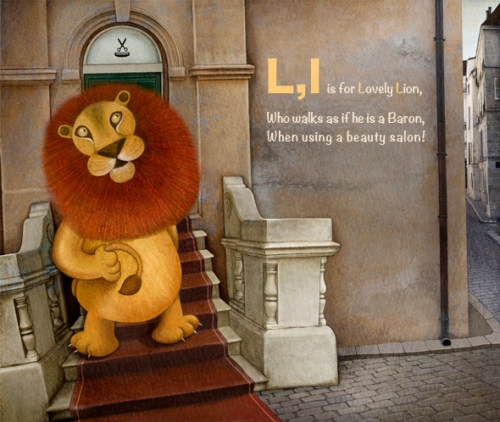
What were you favorite classes?
I enjoyed life-drawing classes partly because we used to laugh a lot during that course. The thing is, in Iran a lot of restrictions are imposed on art students. As ridiculous as it might sound, in life drawing classes no nudity was allowed. So we had to sketch the models all dressed up. We had to guess what was under the folds of clothes and so occasionally our sketches looked ridiculous. I also enjoyed photography courses. It was the pre -digital era and we had to develop and print our photos in the dark room. I loved the dark room anticipation of seeing the result of the work appearing gradually on the paper and the various techniques we could do with the developing materials on the photo papers.
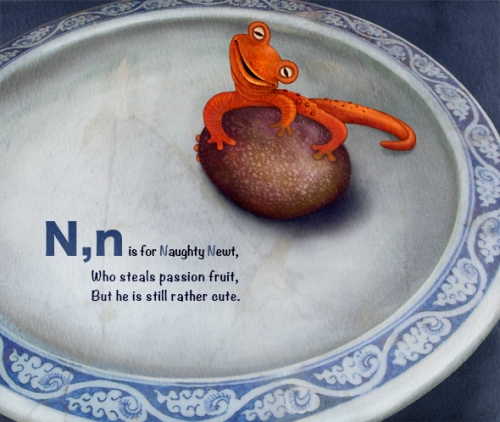
Now that you live in the UK, do you think the Universities are different than the ones in Tehran?
They are totally different. Here the art students have the freedom of expressing their feeling with no boundaries whatsoever. It is an essential ingredient for an artist which some might take it for granted. Over there, there are many taboos and lines that could not be crossed.
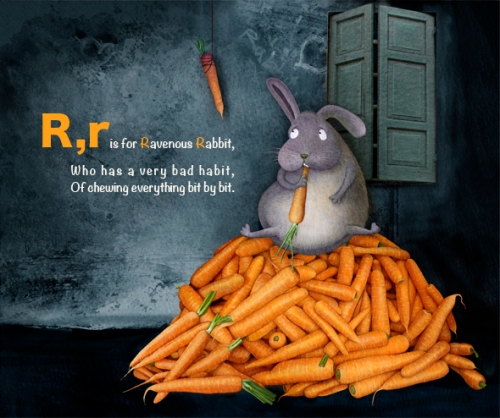
Did you immediately decide you wanted to get your MA in Art Research or did you get a job right out of college?
I was still in college when I got my first commission to illustrate a book. It took me some years to go back to university to get my MA and the reason I chose Art research was because I felt a lack of enough theoretical knowledge in myself.
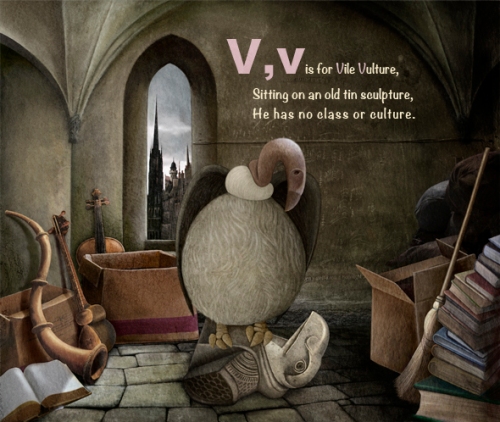
What types of things do you study when you go for a degree in Art Research?
I am not sure weather such a course is available here in MA degree or not. But over there it ranges from history and philosophy of art to critical thinking in art.
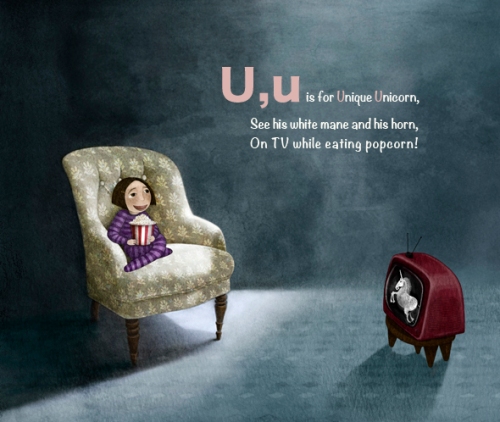
What was your most interest class while going for your MA?
For me it was a course during which we did lots of discussions on contemporary theories of art. We worked mostly on “A reader’s guide to contemporary literary theory” by Raman Seldon and Peter Widdowson. There I learned for the first time about the developments of modern art theories; A fascinating subject that change my point of view not only on art but also on life itself.

Did the School help you get work?
No, Unfortunately in Iran schools don’t feel any obligation to find work for the students.
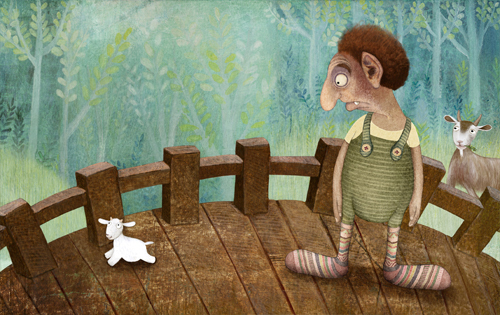
Do you feel the classes you took in college have influenced you style?
No, I don’t think so. They help me a lot in term of having a better critical mind as an artist and choosing my path. But thankfully the professors didn’t try to influence our style. I think it is a catastrophe when the art teachers try to impose their ideas on students. They should probably just show the ways and let them decide.
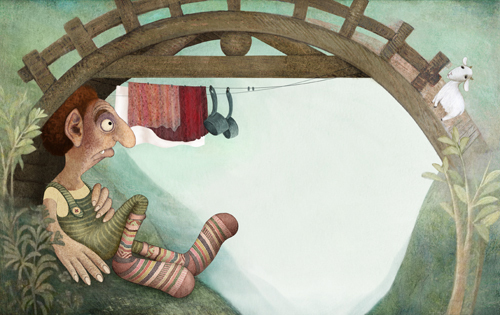
What type of work did you do right after you graduated?
Apart from illustrating books I did occasional designing jobs here and there but I have always been freelance.
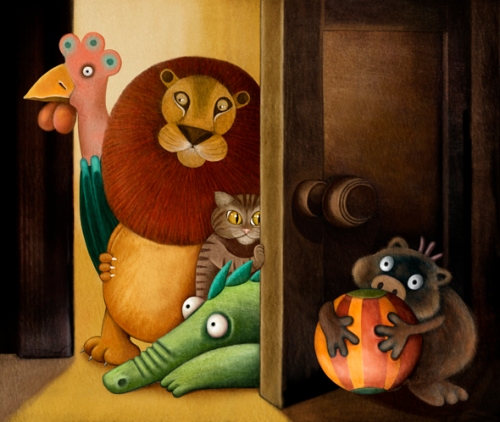
What was the first art related work that you were paid?
The book that I did for “Khane Adabiat” publication during my BA was my first paid job.
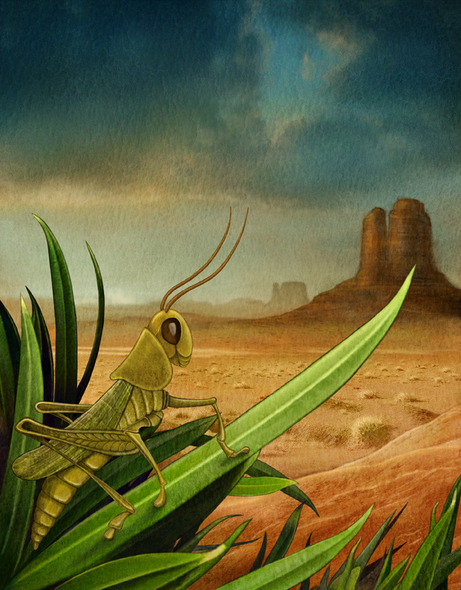
Do you have an agent or artist rep.? If so, who are you with? When did you join them and how did the two of you connect? If not, would you like to find representation?
Yes, I decided to find an agent for myself last year because I am not that good at representing myself.
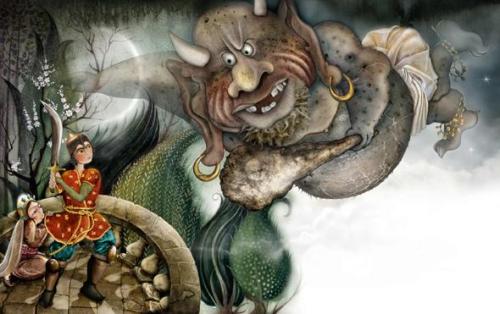
At the moment I am working with “The Illustrators Agency“(www.theillustratorsagency.com) based in Australia. So far we have been connected only through emails. They have managed to find me two book commissions so far from “Cengage Learning” which is a global educational publisher and I am very happy to be able to work with them.
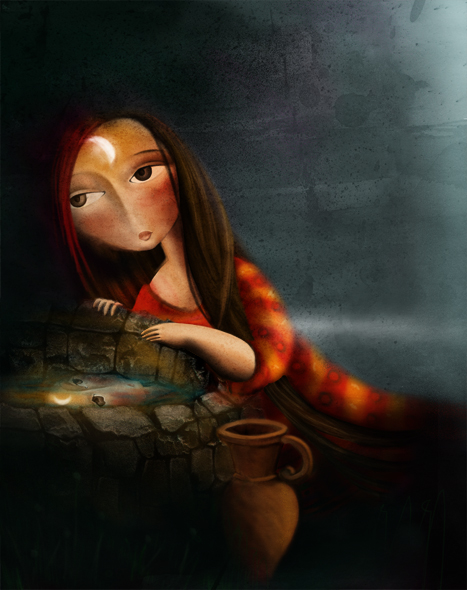
When and what was the first children’s book that you illustrated?
There is a very famous Iranian poet called “Ahmad Shamlou” who sadly passed away a few years ago. He has a few long poems, which in form are quite rhythmic and seem to be written for children but their contents occasionally have some political connotations.
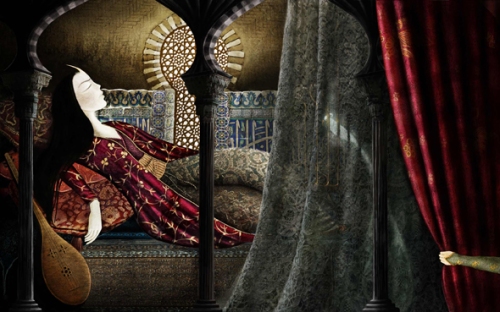
One day when I was still studying for my BA I decided to work on one of these poems and as it was not very long for a whole book, I came up with this idea to illustrate it in a new format. Something like a big three folded brochure. It worked and subsequently I worked on other poems of the same writer and some other famous contemporary poets in the same format.
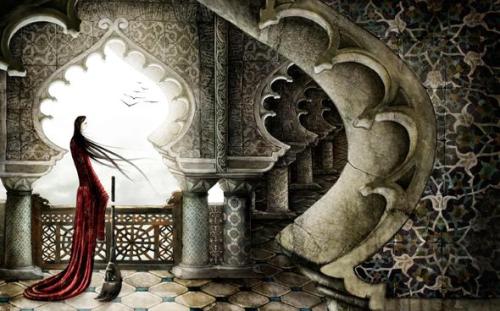
How did that contract come about?
I didn’t have any particular publishing house in mind at that time. The only thing I knew was that most of the publishing houses were clustered around a few avenues around Tehran University. So when I finished the draft of the work, I took in my portfolio case and started searching around in that area for a children’s book publisher. By chance I came to Khane Adabiat and the editor of the time liked the idea very much. Every thing started from there.
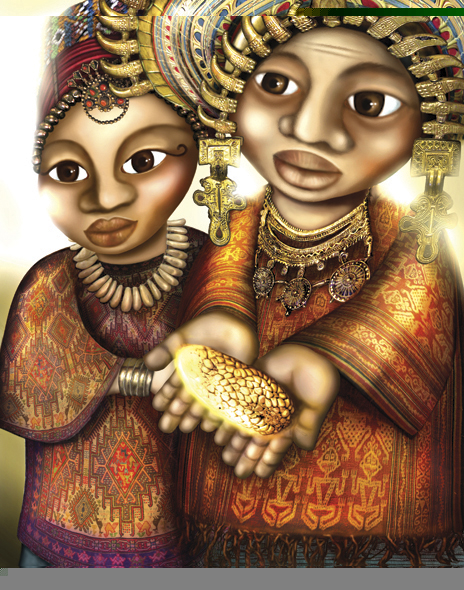
Do you consider that book to be your first big success?
I do. It was vey successful and after more than fifteen years copies of it is still selling in Iran. But it is greatly due to the fact that the poet is very famous in Iran and these series of his work were only published in collections and not individually -illustrated format. The new format of the book also made it stand out in the shelves of the bookshops. But if I could illustrate them again I would totally change the illustrations!
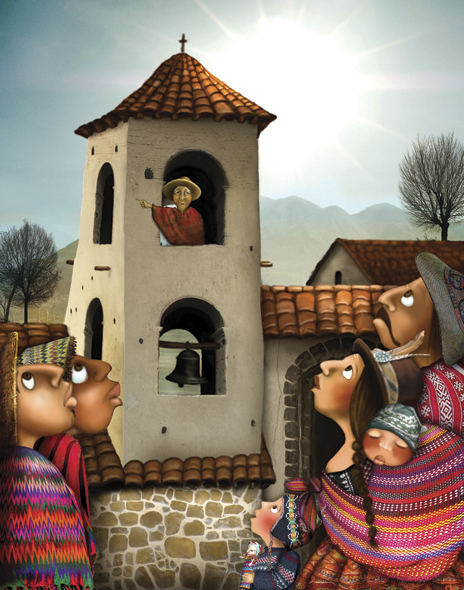
It looks like you did a large amount of books with Khane Adabiat Publications. Are they the big publishing house in Tehran?
At that time they weren’t huge but after some years they made a good name for themselves in children’s publishing industry in Iran.

Have you tried to write and illustrate a children’s book, yet?
This is my ultimate goal to be able to illustrate my own stories.
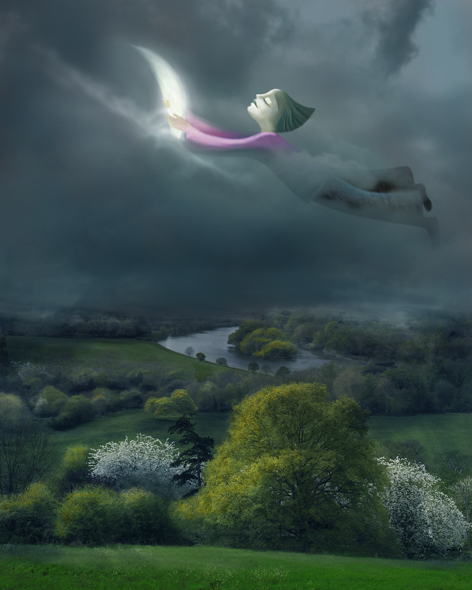
What made you move to the UK?
I guess it was destiny that brought me here!
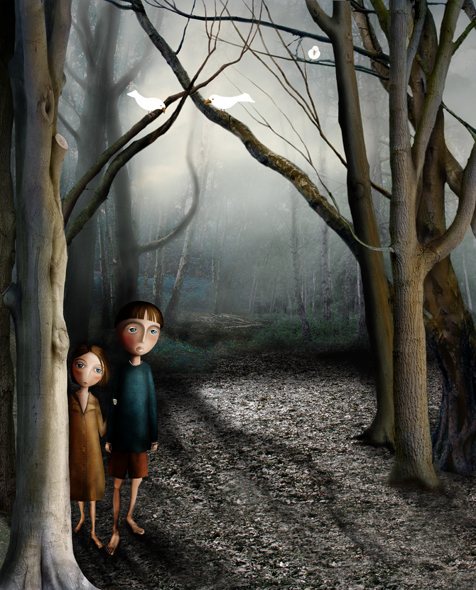
After ten years of publishing with Khane Adabiat Publications, you get to do a picture book with a publisher in Poland and Harcourt in the US. How did those two books contract come about?
I came to live in UK ten years ago and at first I didn’t know how to continue my career here as an freelance illustrator so I decided to learn Photoshop and Corel draw and try to find a job as a Graphic designer. It took me 6 months to learn these two software and during the process of learning them I discover how powerful they could be as a tool for making illustrations. Eventually I did a few digital pieces and decided to have a website to showcase them. These were the ones, which gained me these two commissions.
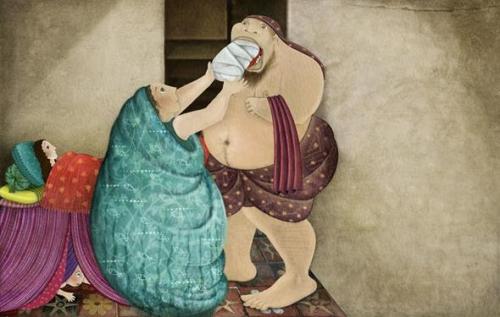
What was it like to illustrate a picture book for the British Museum in the UK? Did they have an editor or art director?
It was a great honor for me to work with the British museum. Apparently Helen East, the author of the book “How the Olympic came to be”, had spotted my website and recommended me as the illustrator for her upcoming book with The British museum. We had a few meetings with the editor of the time and discussed the sketches together. It was a really enjoying experience.
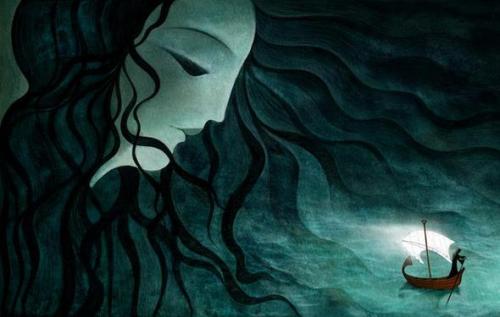
How did that come about?
It was a year before the London Olympics and the book was the story of Olympics through Greeks myths and legends. I was supposed to get inspiration from the objects of British museum related to the story for my pictures. It was really fun because it gave me the opportunity to study the classical period of Greek art and learn more about Greek mythology. I particularly fell in love with their ancient potteries and all the delicate silhouettes painted on them, each telling different stories about Greek heroes and villains.
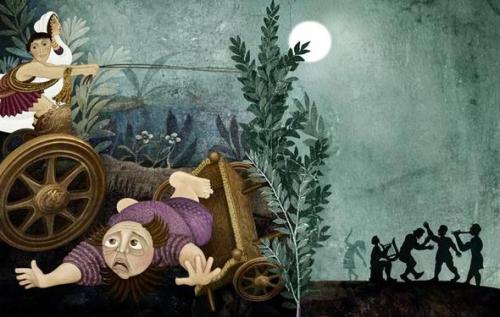
How did you hook up with Chronicle Books to illustrate GOLDEN DOMES AND SILVER LANTERNS?
They had found me through childrensillustrators.com and contacted me to see whether I was interested to work on the “Golden domes and silver lanterns”.

How did you connect with them?
Our contact was only through emails, which at the beginning created a bit of problem. We didn’t have the chance to discuss the pictures face to face and as a result my first round of sketches was almost completely rejected. I had imagined the settings to be depicted in an ancient time, whereas the editors and writer had a clear objective to have the story portrayed in a contemporary atmosphere.
I had to redo the sketches but I think eventually we were all happy with the final result.
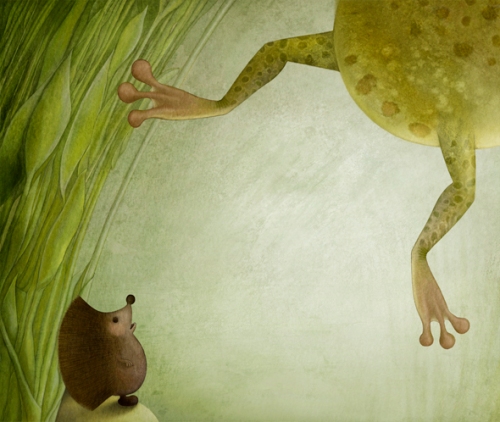
Do you feel living in the UK has broaden your career as an illustrator?
Living here has lifted many obstacles in my career. I have more access to different sources of inspiration and could keep myself up to date. In Iran many Internet sites are blocked and young artist have limited way of displaying their work or connecting with the rest of the world.

What illustrating contract do feel really pushed you down the road to a successful career?
It is not one contract that helped me in my career but the whole portfolio of my work. Each piece has it’s own importance and has pushed me a bit forward. I am not completely satisfied with my early pieces and wish I had a chance redo them again but each had its own importance in my career.
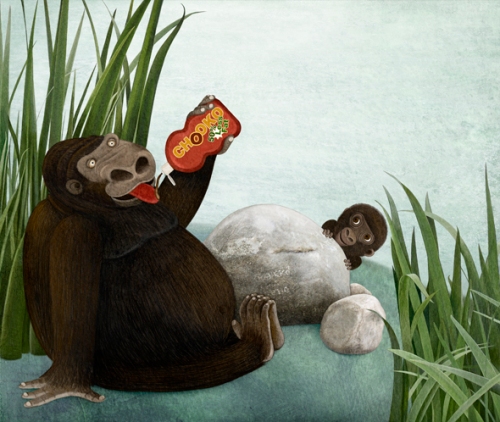
Have you done illustrations for any children’s magazines?
When I was still in the university one of the teachers who was running a magazine for children asked me to do some illustrations for her but after that I didn’t have the chance to work for a children’s magazine any more.
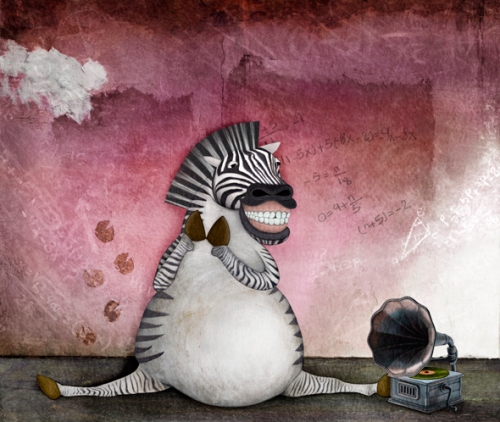
What materials do you use to paint your color illustrations?
I usually make a background with the help of GOLDEN Molding Pastes and acrylics or whatever medium I think is appropriate. Sometimes I paint straight on this background or use other surfaces for different part of the illustration, then I scan all the materials and take everything to Photoshop and continue to work on the image from there.
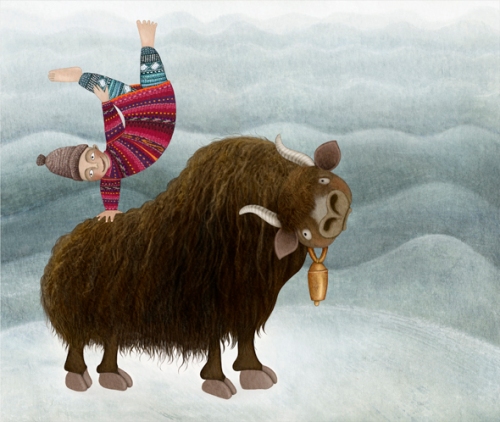
What types of things do you do to find illustration work?
For some years now I have been subscribed to childrensillustrators.com and had some commissions coming from that site. Occasionally I send samples of my works to the publishers who accept unsolicited materials. Social medias is a powerful tool for getting noticed too but it is very time consuming and needs lots of dedication. Right now I am hoping that my agent will find me work so I could have more time for the creative side of work.
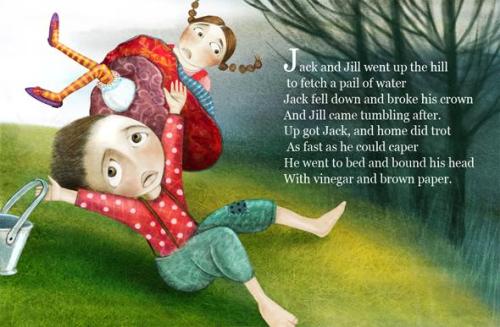
What is the one thing in your studio that you could not live without?
It is my digital pen.
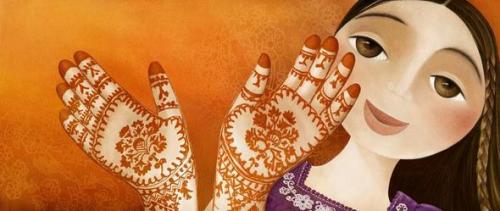
Do you try to spend a specific amount of time working on your craft?
Not really. When I start to work on a piece I lose the track of time.
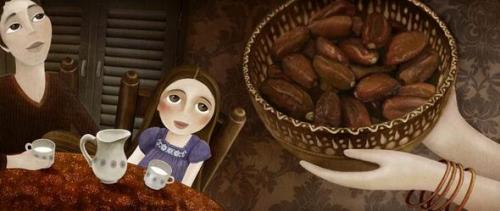
Do you take pictures or do any types of research before you start a project?
Yes, I do take pictures all the time and with the help of Photoshop might use them in my illustrations too.
The research phase is the first and one of the most important parts of the work for me. It helps me to have a more accurate picture of story in my mind. For example I had a commission few years ago to do a few pieces based on a short story that was related to Hispanic culture. I had to do a long research through photos, their art, history etc… to familiarize myself with the setting in that story.
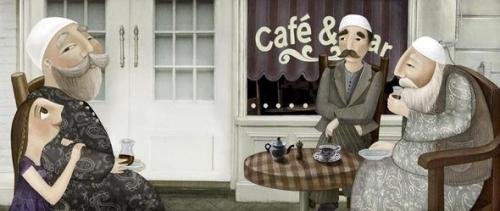
Do you think the Internet has opened doors for you?
Most definitely. All my commissions are coming from the Internet. But the truth is that as much as Internet had made the life easier for illustrators, in my opinion, it has created the problems of its own.
The industry is really tough and the competition for getting a commission is really high.
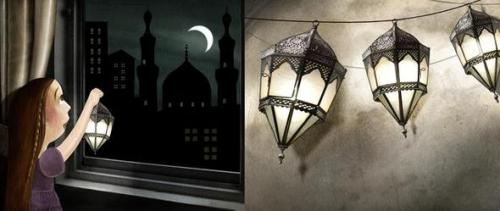
Occasionally I am approached by clients who ask for a great amount of work in exchange for a ridiculously low fee. I usually say no because thankfully I’ve got other means to support myself, but I am sure there are illustrators in countries hit by economy crisis who might be happy to work with that amount of money. There are also graduate students who are willing to work for low fees just to have a published piece of work in their portfolio. So I guess it has created a bit of financial instability for illustrators too.
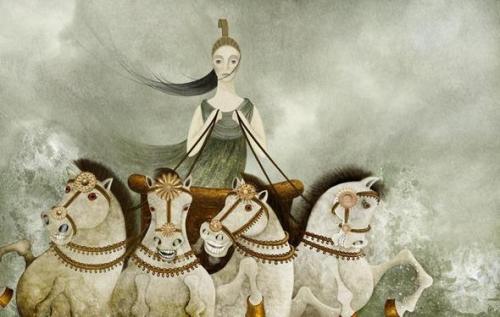
Do you use Photoshop or Corel Painter with your illustrations?
Yes, I work with Photoshop all the time but I try to use it carefully. The problem with digital work is that if you limit yourself to just drawing with a digital pen and nothing more, the end product would be something bland with no spontaneity in it. In manual works you often make mistakes, an unintentional drop of ink on the surface or a wrong stroke of the brush etc… that make the work even more interesting. So I try to have a mixture of manual and digital techniques in my works.
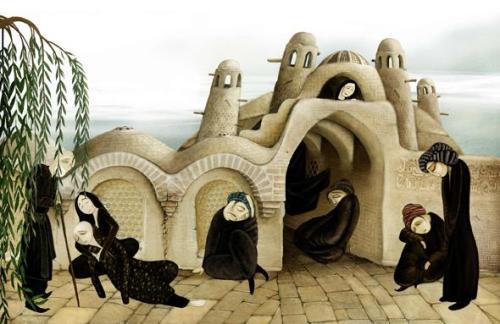
Do you own or have you used a Graphic Drawing Tablet in your illustrating?
Yes, it is many years now that I have one and I think it is one of the best tools that I have bought for myself so far.
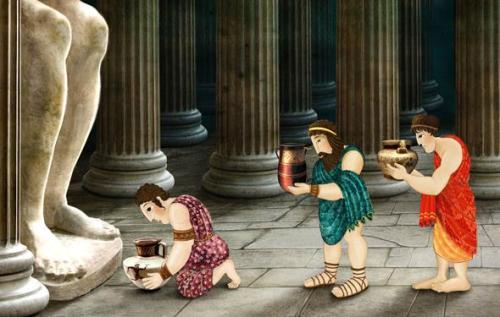
Do you have any career dreams that you want to fulfill?
I wish that one day I get the chance to illustrate a collection of the “One thousand and one night”.
Many artists have tried it so far, among the best in my opinion is the one by Edmund Dulac but I think it still has a great potential for exploration and hope that one day the opportunity rises for me to do it too.
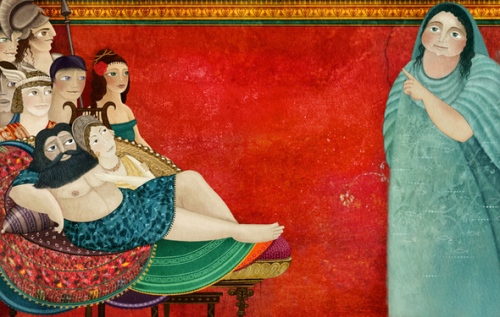
What are you working on now?
At the moment I’m working on a story that I have written myself called “The day I met Popito” I have finished the first draft of the story and I am working on some samples to take to publishers now. The story is about a family who one day finds out that a family of hippos has moved next door to them. They are not happy about having hippos as their neighbors at all but in time they learn to know and appreciate each other more.
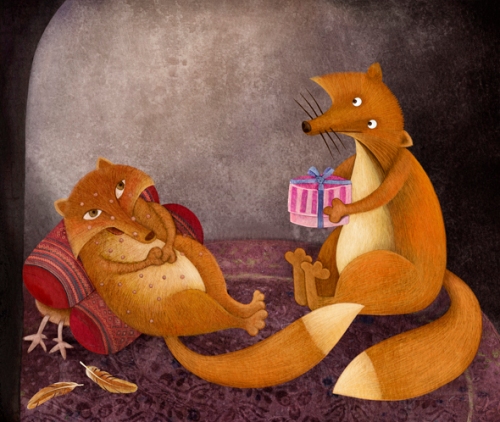
I think the message in the story is probably appropriate for our time. More and more people come across a situation where they have to co-exist with people who might be different from them. Different in color of skin, nationality, religion etc… we have to find a way to harmoniously live together and accept our differences.
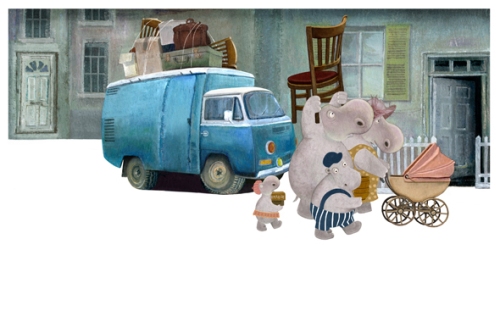
Do you have any material type tips you can share with us? Example: Paint or paper that you love – the best place to buy – a new product that you’ve tried – A how to tip, etc.
Recently I have bought this gadget from Wacom called “Inkling digital sketch pen”. While you sketch on paper with a ballpoint pen provided, it captures your sketches digitally and then you can transfer the files to your computer with a USB connection. It lacks a bit of smoothness and occasionally misses the lines if you don’t press your pen hard enough on paper but I found it a very interesting device to have for sketching digitally.
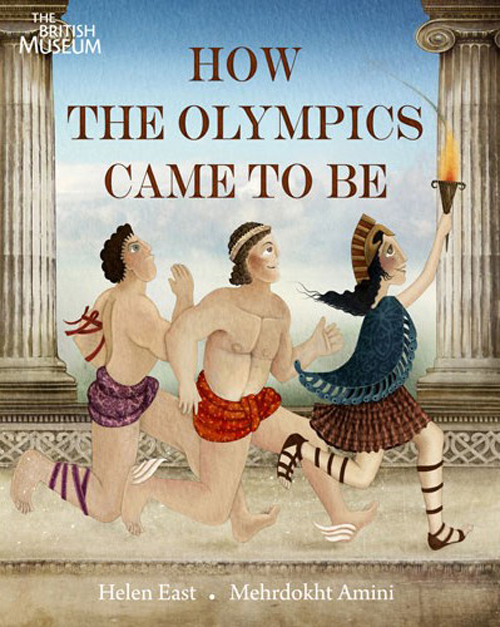
Any words of wisdom on how to become a successful writer or illustrator?
Once, one my college professors gave me a good piece of advice, which I still remember. She said” if you try, all your life, to perfectly imitate someone else’s work or style you might end up becoming very good in it but your work has really no artistic value and doesn’t take you anywhere Eventually you would be just a good imitator. But if you try to draw one straight line, it belongs to you and it has some originality of its own.”
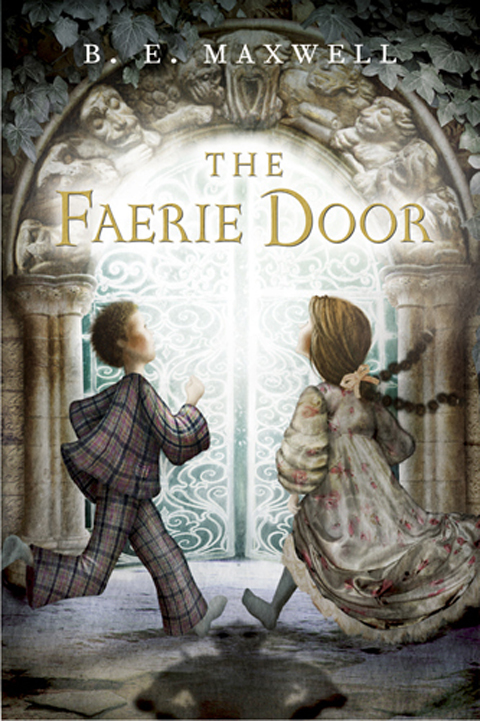
Thank you Mehrdokht for taking the time to share your process and journey with us. We look forward to hearing about all your future successes.
To see more of Mehrdokht’s illustrations visit her at:
Website: http://www.myart2c.com
Please take a minute to leave a comment for Mehrdokht, I know she would love to heard from you and I always appreciate it. Thanks!
Talk tomorrow,
Filed under:
authors and illustrators,
illustrating,
Illustrator's Saturday,
inspiration,
Interview,
picture books Tagged:
Alzahra University in Tehran,
Golden Domes And Silver Lanterns,
Graphic Design,
Mehrdokht Amini 


By: Kathy Temean,
on 9/5/2014
Blog:
Writing and Illustrating
(
Login to Add to MyJacketFlap)
JacketFlap tags:
Interview,
inspiration,
Process,
illustrating,
authors and illustrators,
video game industry,
Illustrator's Saturday,
David Hill,
Digital Painting tops,
Glasgow Scool of Art,
Add a tag
 Dave Hill graduated from Glasgow School of Art in 1983 and began his career as a painter with exhibitions in Glasgow, Edinburgh, Liverpool and London.
Dave Hill graduated from Glasgow School of Art in 1983 and began his career as a painter with exhibitions in Glasgow, Edinburgh, Liverpool and London.
He worked in the video game industry for ten years as a concept artist producing character and environment designs in both 2D and 3D.
As a freelance illustrator Dave’s passion is children’s books although he has also illustrated comic books, storyboards, greeting cards and product packaging.
Dave produces most of his work digitally although he still accepts traditional commissions and paints in oils and watercolour.
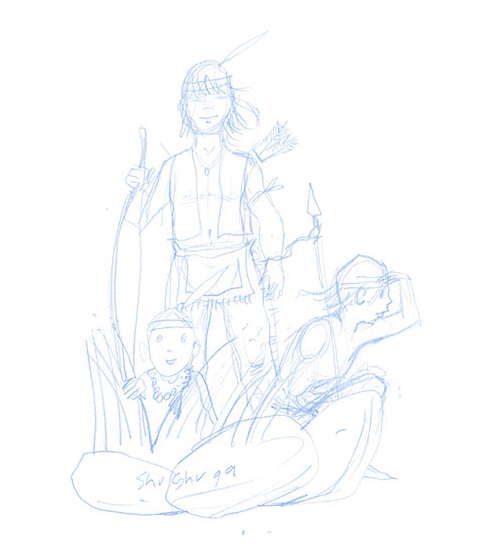
The rough sketch.
I begin by preparing a rough sketch in Painter using a custom pencil. I prefer drawing in blue line because its less obtrusive than black or grey.
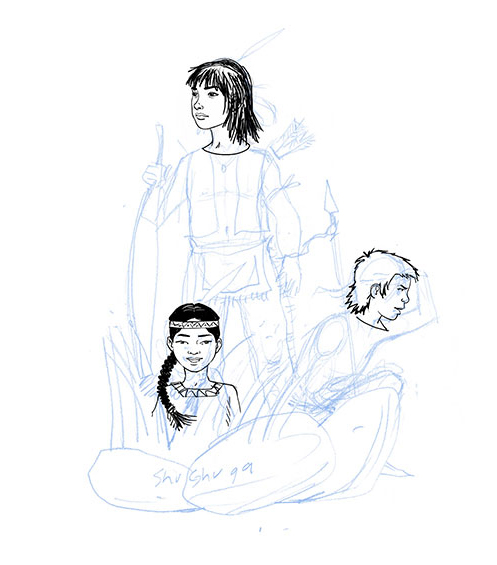
Inking
I create a new layer and begin inking over the blue line rough, tightening up as I go along and working on multiple layers as I draw new areas.
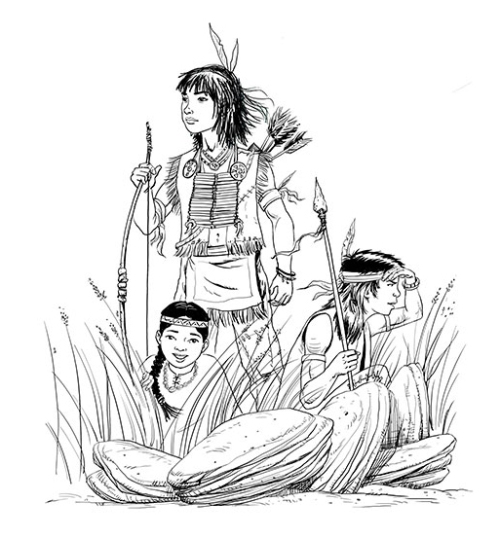
The finished inked drawing is flattened onto one single layer.
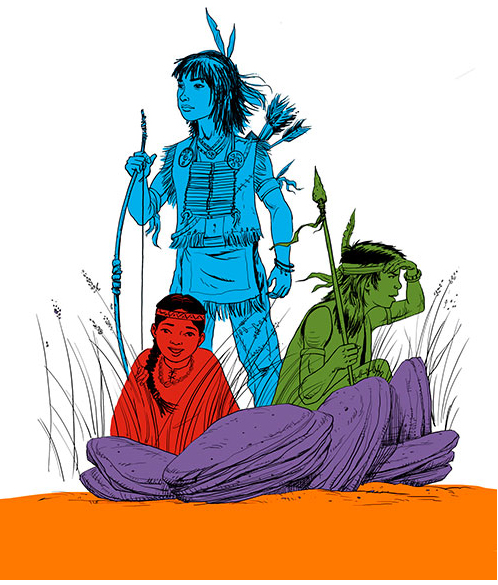
Creating a mask in Photoshop to help with colouring.
The inked layer is set to ‘Multiply’ so that all white areas of the drawing become transparent and this is renamed ‘Line’ and placed at the top of the stack in the layers palette. I create new layers beneath the line drawing and block in each area of interest with different colours which will easily let me select and isolate a specific area of the image.
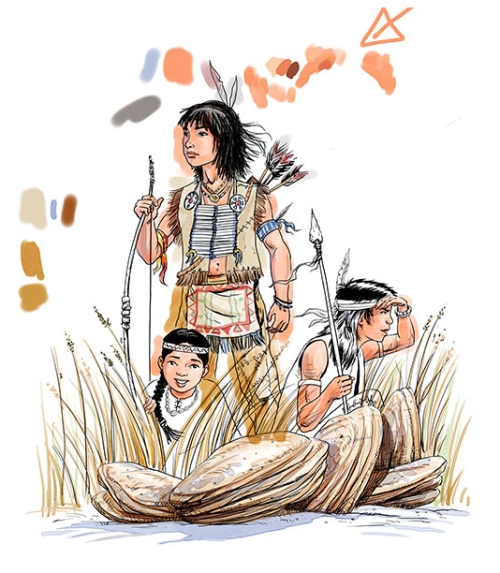
Colouring
In Painter, I hide the mask layer and create a new blank layer for the colour. I don’t need to be precise at this moment so my brush work can be loose and fluid which is the look I prefer. Painters ‘digital watercolour’ brush variants are terrific at creating that rich dabbled texture of traditional watercolour painting and because I’m laying in washes I need to use large custom brushes to achieve that effect.
The large brushes are difficult to control but it’s ok if the colour bleeds over the line work at this stage.
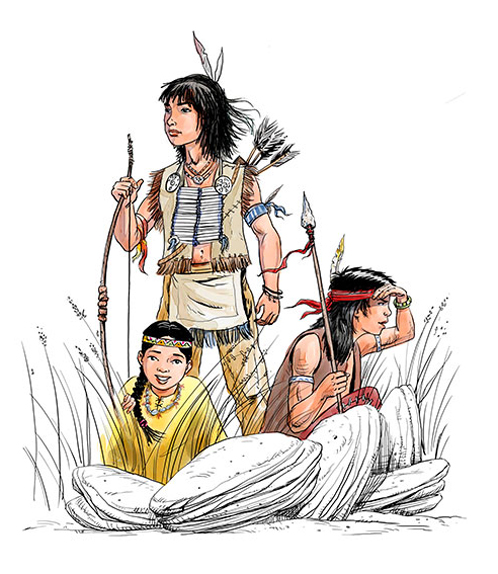
Edit in Photoshop using the masks.
Once I’ve blocked in the main areas I need to tidy up the edges and to do this I select areas using the mask I made in Step 4. By simply selecting with the magic wand tool I can very quickly balance up the coloured layers and remove any colour that has bled over the lines. I do this in Photoshop because it’s far superior at colour management and much more accurate than Painter at selecting intricate areas.

Adding detail
Back to Painter and on a new layer I start adding the finer details and use my masks to help if needed.
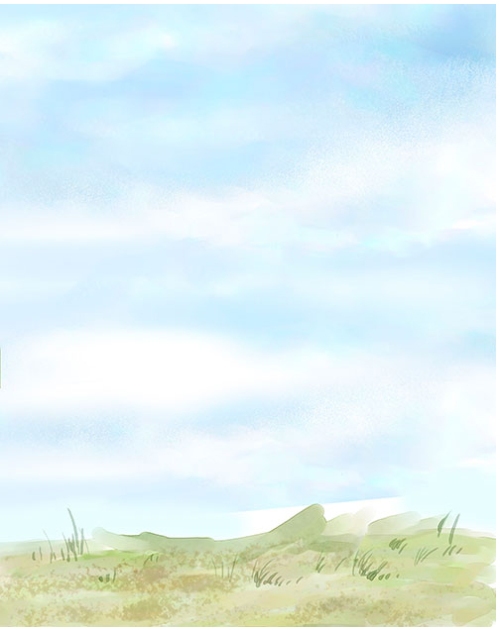
Creating the background.
I usually create my backgrounds as separate files because I like to play around with brush marks and textures. These are pretty experimental exercises and they’re great fun to do but they can result in really big file sizes which is another reason for doing them separately from the main image.
I begin by using washes to build up the sky keeping things simple as I want the figures to stand out heroically. I also want to create the illusion of depth so I keep the sky soft and I add some texture to the ground since it’s in the foreground.

I drop the flattened background into the main image file at the bottom of the layer stack. Some of the sky shows through the figure work because they were painted with semi-transparent washes and I need to rectify this.
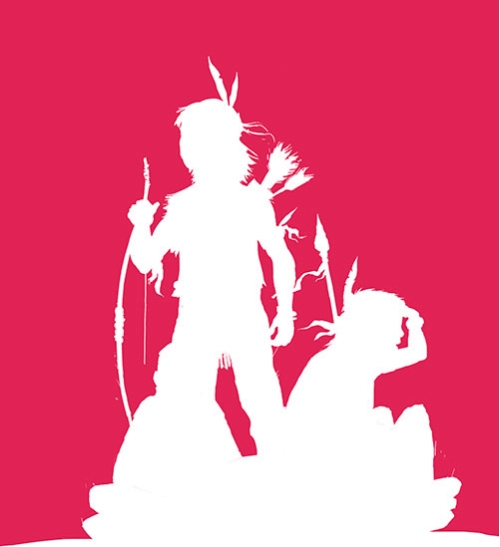
Using my coloured masks I simply select and fill the areas with pure white.
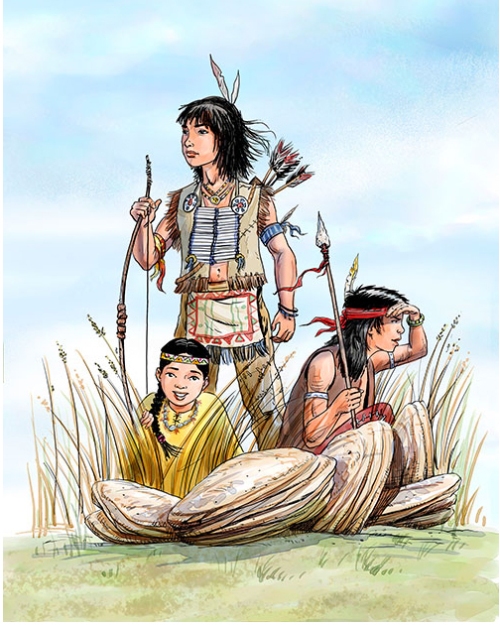
This white mask is then positioned between the figure layer and the background layer and the illustration is complete.
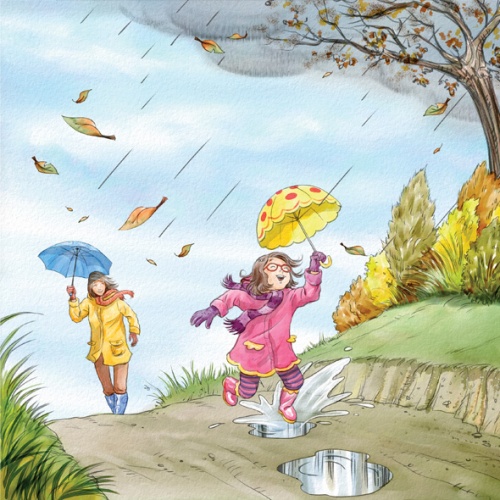
Can’t show you all of David Book Covers, because there are too many, but the above cover illustration was created for SPLASH written by Lucy Courtenay and David Hill.
Below are some additional covers to view:
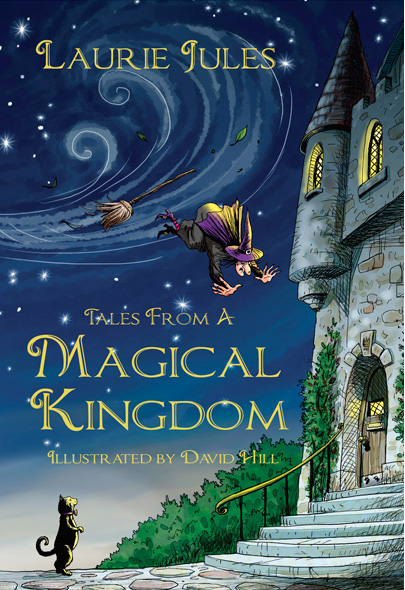
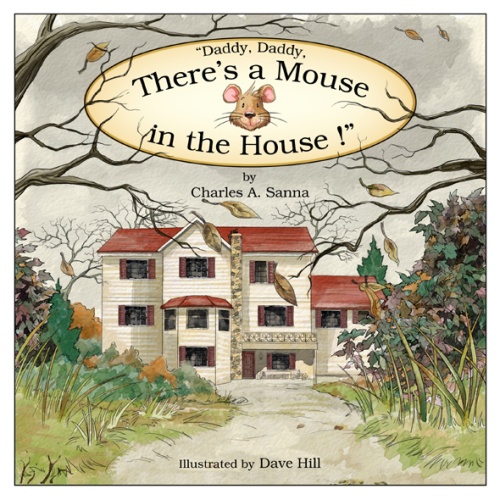
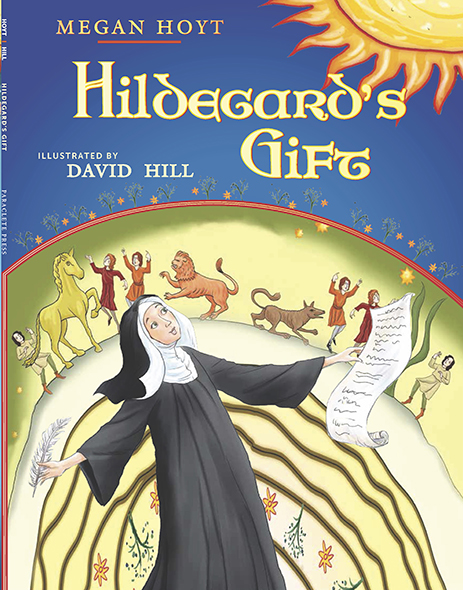
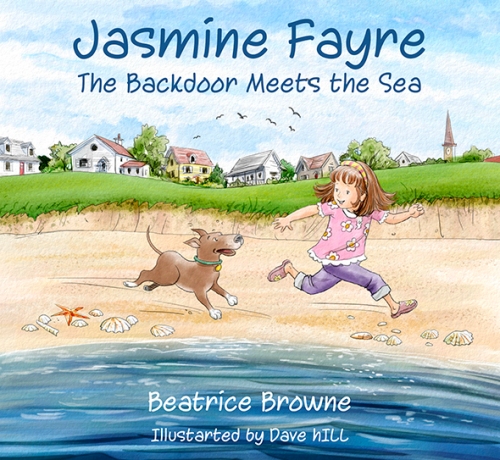

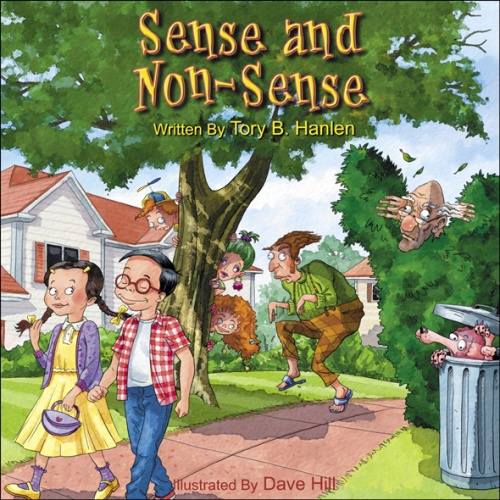

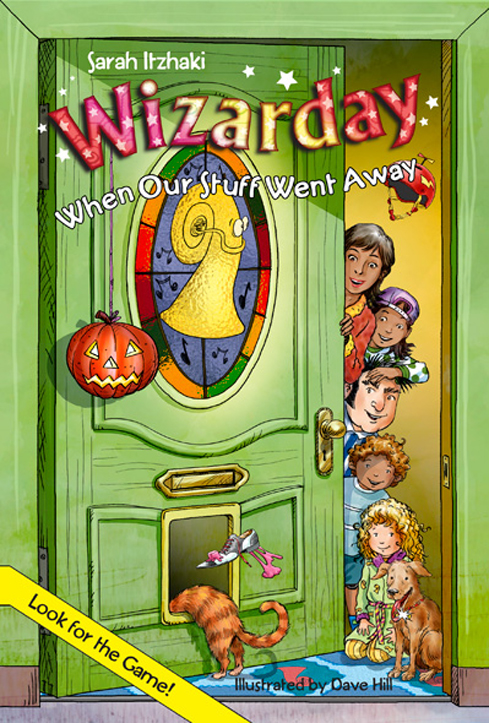
ABOVE AND BELOW: Front and back Book Cover
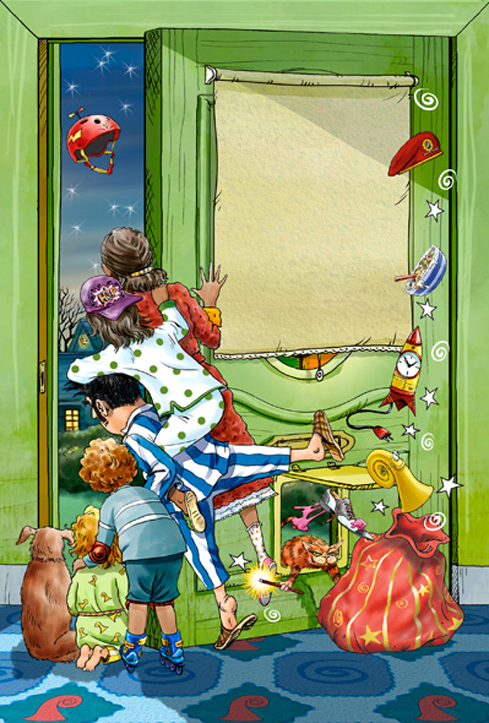
When did you know you wanted to be an artist?
As far back as I can remember. From a very young age I realized that I attracted attention whenever I drew pictures and this made me feel good.

How did you decide to attend Glasgow School of Art?
The Glasgow School of Art and especially the ‘Mackintosh’ building is famous the world over not only for its architecture but also for its reputation as one of the finest painting schools there is, so the opportunity of actually studying there and painting inside those hallowed walls was such a thrill. I knew I just had to go there to benefit from the expertise of the tutors and staff if I was to be serious about a career as an artist.
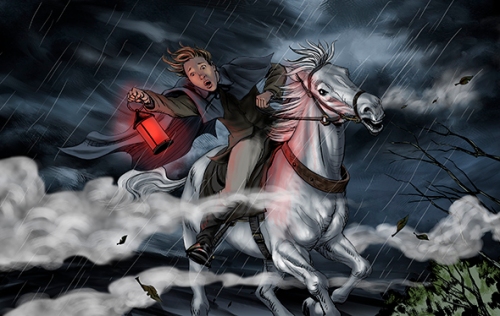
What was your favorite class?
Life drawing
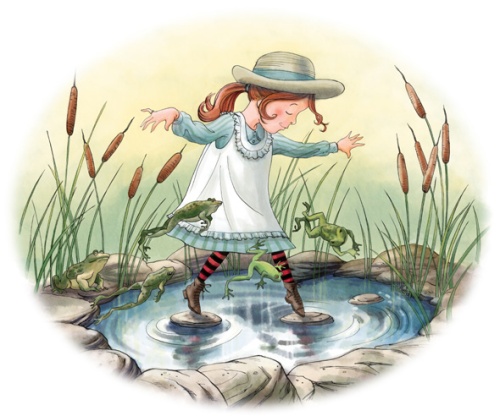
What was the first piece of art you did and someone paid you for your work?
The first paid commission was a very long time ago when I was aged 12 or 13 and was a watercolour landscape of the River Clyde in the village where I grew up. I think I got £20 (about $30) for it which at that time seemed like a small fortune.

How did you get involved with doing the art for video games?
By pure chance as it happened! I was in a print bureau in Glasgow having some of my comic book pages and character designs photocopied when the creative director of ‘VIS games’ walked in to get some stuff copied too.
He had nowhere to lay his artwork since mine covered the entire counter space, but instead of being annoyed he started leafing through the illustrations and asking if he could have copies made for a games pitch he was preparing. We struck a deal there and then and that was the start of a brilliant 10 years in the games industry.
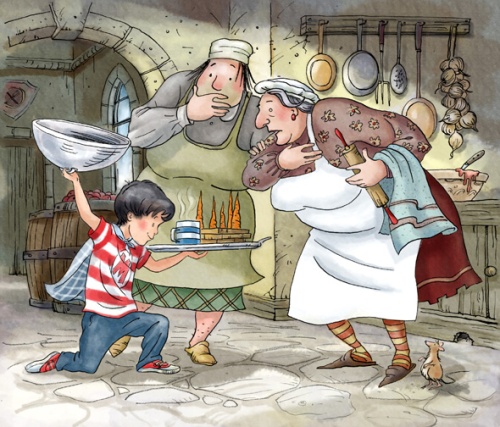
Can you tell us a little bit about lanarkshire, where you live now? Is it near London? Is it a strong artist community?
Lanarkshire is a large county comprising several satellite towns on the outskirts of Glasgow, which is roughly 400 miles from London. Coatbridge, the town where I live is formerly a ‘coal town’ but all of the mining and steel industries have gone now, leaving the town much cleaner and greener. There isn’t a strong art scene in the town but Glasgow with its rich history is only 10 minutes away and it has a wealth of artworks dating from the Renaissance to the present day.
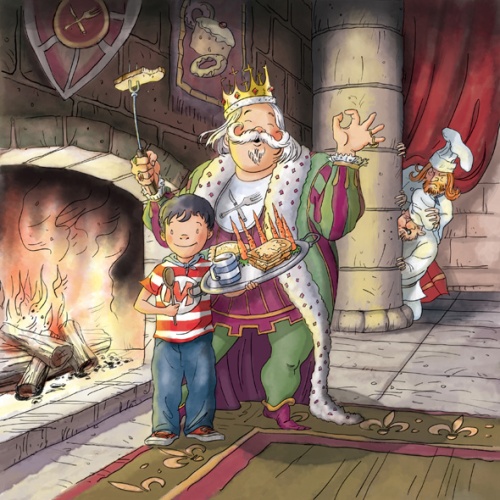
How did you get interested in doing illustrating for children?
I always loved including a narrative element in my work and telling stories with pictures led me initially to drawing comic books. I did this for several years before I realized that my real passion was children’s stories. I used to write adventure stories for my children when they were young and adding illustrations to those ideas was the first step in finding my vocation.
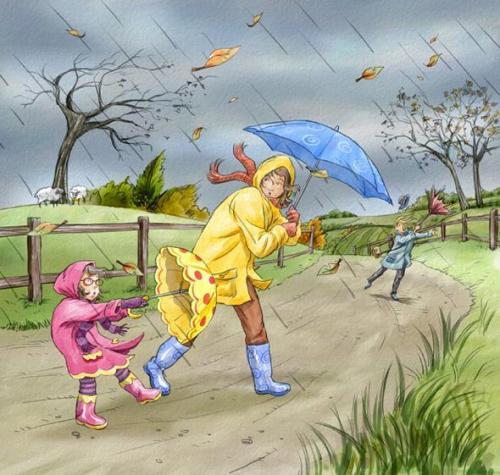
Have the materials you use changed over the years?
Yes indeed! I graduated with honours in Fine art so my materials were all traditional painters tools. Charcoal sticks, putty rubbers, sables, oil paint, turps and oily rags. They cost a lot of money too.
Nowadays and for the past 18 years I’ve been working digitally. This was a conscious decision as it suits the nature of the industry where editing artwork can be quite extensive and time consuming. This would be disastrous for ones profit margin in a traditional workflow but is made relatively easy in a digital workflow. I still draw occasionally in pencils and I miss the smell of linseed oil and getting my hands dirty. I don’t miss the expense though and I love the Undo button.
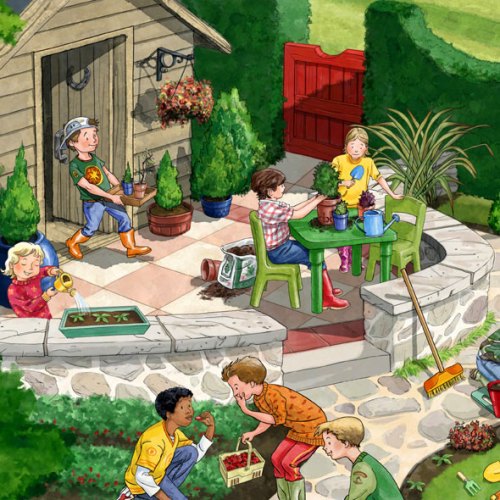
Do you have an artist rep?
I do have a rep. It’s a very open agreement though compared to some agencies, which suits my creative exploration. I keep my own clients and any new work that comes directly to me. I would be interested in forging new relationships with other reps but only if it’s not exclusive and allows me to work with my own clients too.

When did you illustrate your first children’s book? What was the title of that book?
My first book was ‘Speak Along French’ by Isabelle Bennett for Mantra Lingua Publishers in 2005.
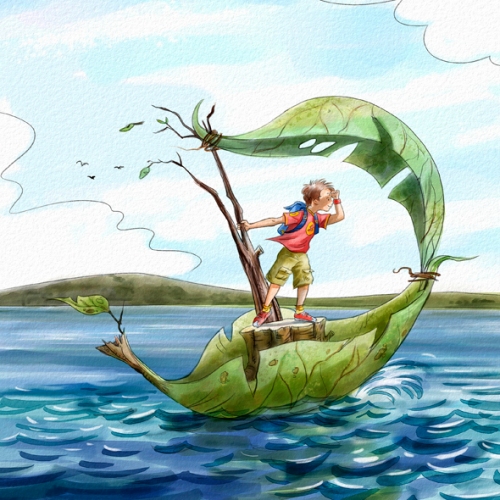
How did that job come your way?
The art editor saw my website which had gone ‘live’ just two weeks before. I couldn’t believe my luck.
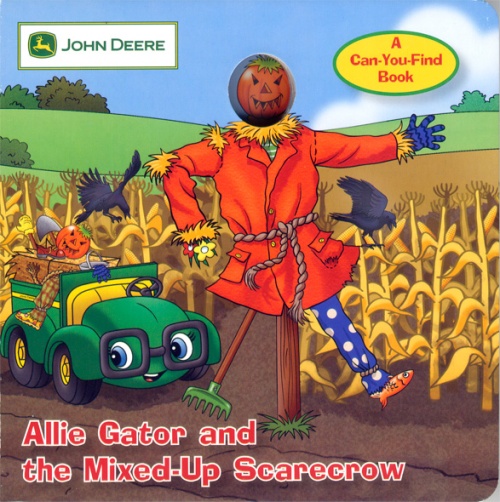
How many children’s books have you illustrated?
Seventy Five
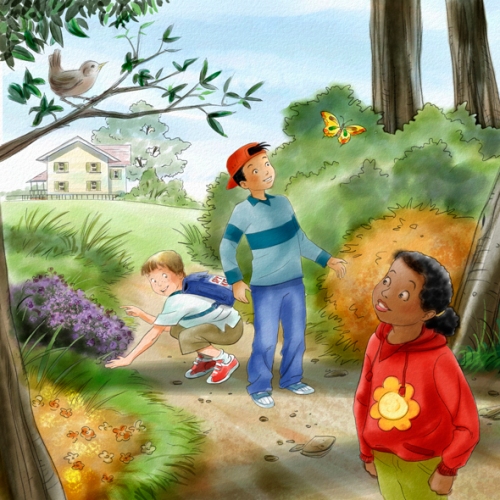
How did you get the contract with HarperCollins to illustrate SPLASH?
Through my artist rep. I love that book. It was a real joy to draw and I had so much fun with the changing weather.
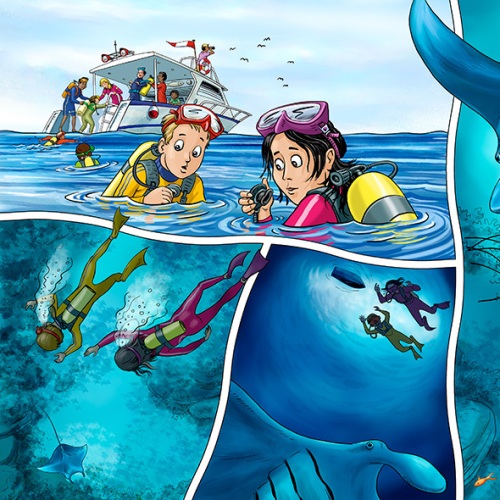
Was that the first contract to illustrate a picture book for a US publisher?
No. It was done for Harper Collins London.
‘What happened to Merry Christmas’ for Concordia was my first U.S. contract published in 2006.

Have you thought about writing and illustrating your own books?
All the time! I have loads of ideas and character designs but no time to pursue their development. I’m always too busy illustrating for everyone else which is a nice complaint I suppose.
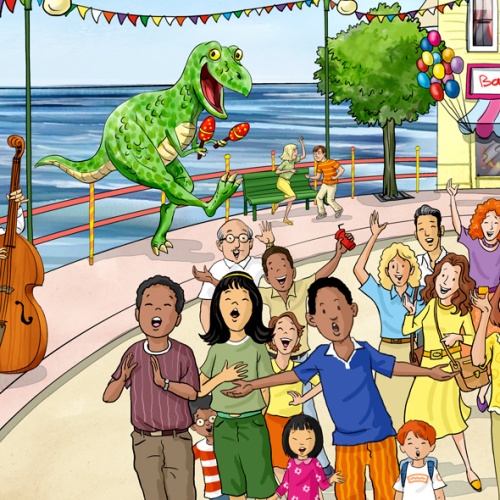
Are you open to illustrating self-published books for other children writers?
Yes. I work a lot with self-publishing authors and have done many books like this. I’m working on two right now both of which are for American authors.
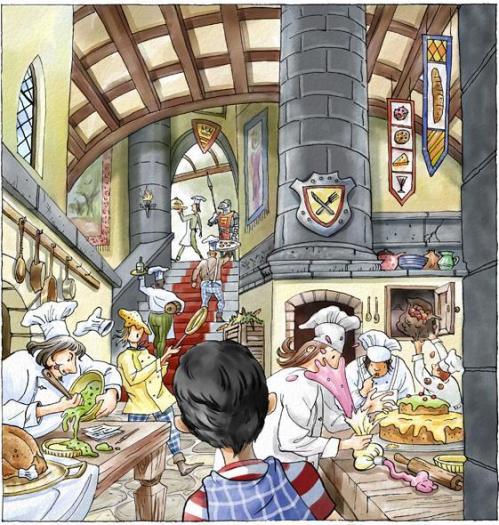
Have you done any work for educational publishers or children’s magazines?
Yes. I do a great deal of educational illustration. I’ve only done the odd job for magazines though.
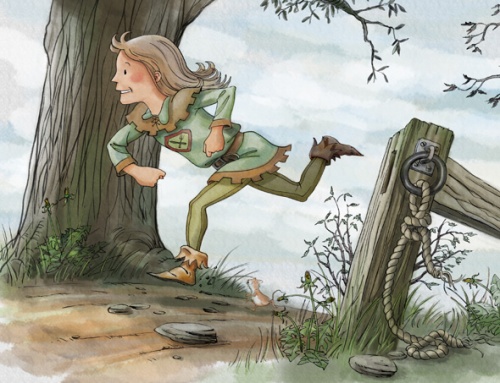
What type of things do you do to find more illustration work?
I don’t really have to look for work anymore. I’m very fortunate in that I have built up a respectable client base and they return to me or if it’s a new client they’ll come directly to me through my website. If I did have a quiet spell I guess I’d prepare a digital portfolio and send it out to as many publishers as possible.
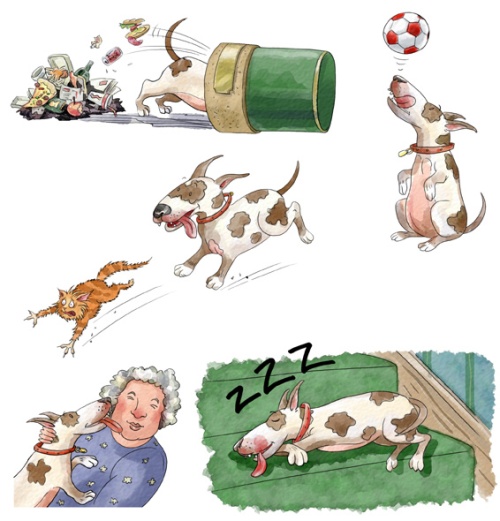
Do you ever use paint as a medium or is it all digital?
It’s all digital.
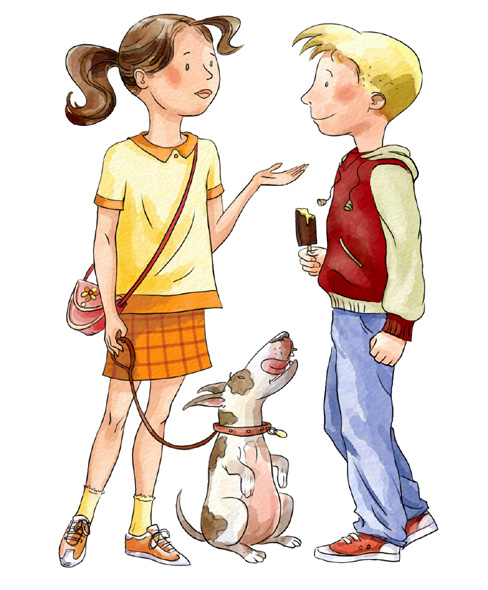
When did you start working digitally?
In 1996 when I started working as a concept artist in the video games industry.
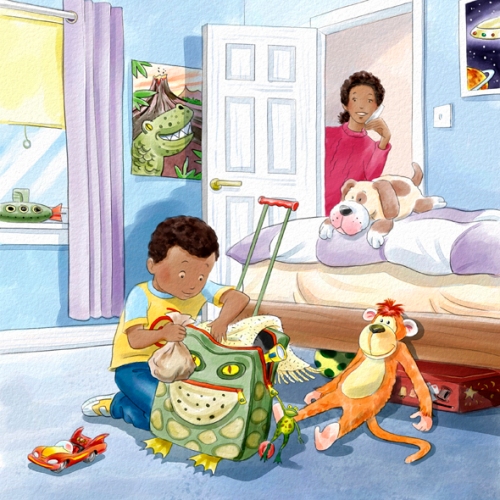
Do you use Photoshop with your illustrations?
Yes. Photoshop is priceless in my workflow because of its stability and efficiency at handling and processing extremely large files. I use it at every stage of my process and flit between it and Painter constantly, using each programmes strengths to maximum effect. Final stages of an illustration like compositing and colour balancing are always done in Photoshop.
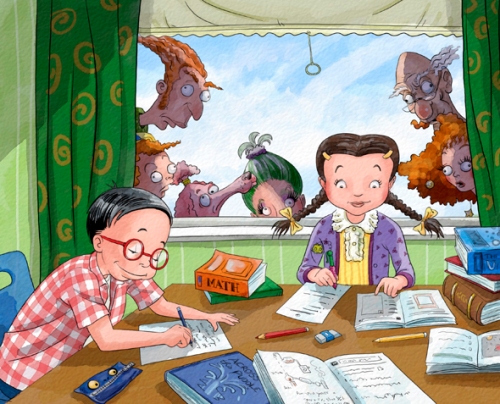
Do you use other software programs when you illustrate? If so, which ones?
Most of my colouring is done in Corel Painter which beats photoshop hands down when creating an organic looking illustration. Painters brush engine is fabulous. It feels so natural and you can create digital artwork that looks just like it was made using traditional media.
I use Adobe In Design for creating dummy books to help me get a better idea of the flow and pacing of the story. I build the page layouts, drop in the script and then import my rough sketches to give a clear view of how the final book will look and feel.
I also use Adobe illustrator when scale able artwork is required or if the client is looking specifically for a more graphic approach.
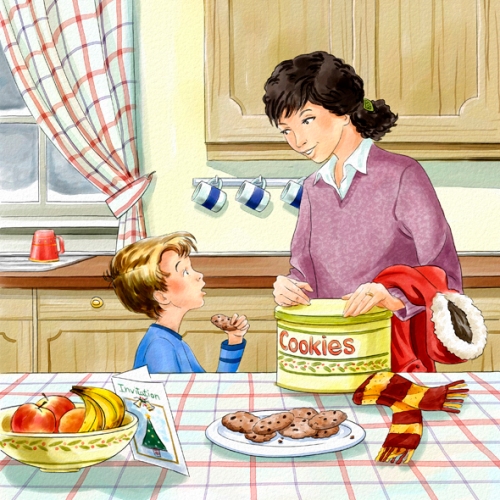
Do you use a graphic tablet to draw your illustrations?
Yes. I use a Wacom intuos 3
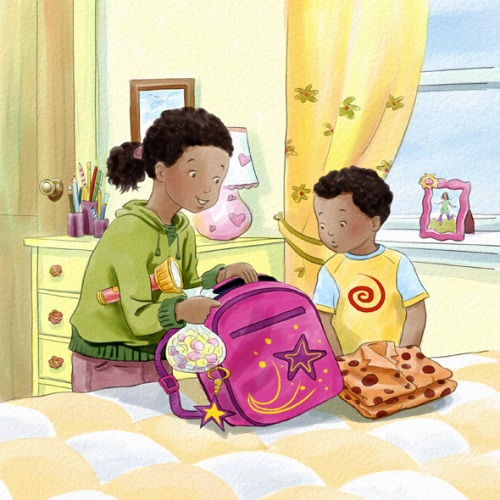
Do you spend a specific amount of time working on your own illustrations?
Unfortunately I can’t seem to find the time to do my own illustrations.
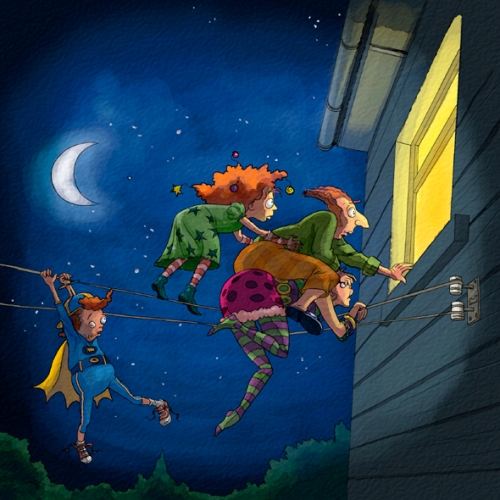
What is your biggest success story? The thing you are most proud of doing?
Making a living as an artist is probably the biggest success story for me but the work I’m most proud of doing is probably an illustration titled ‘Dancing Mouse’. It was done as a self-promotional piece way back at the start of my career and shows my daughter Amy watching in amazement at a little mouse doing a handstand.
The amount of work this one image alone has generated is quite staggering, so for that reason it’s my most successful piece.
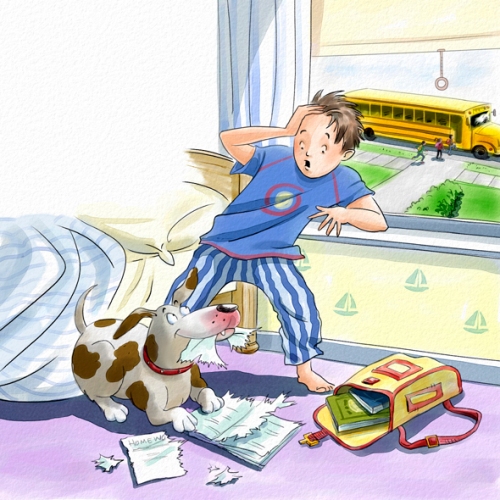
Do you still exhibit your art?
Not in the conventional sense, but I subscribe to a couple of online galleries who host my work.

Do you take pictures or do any other type of research before you start a project?
I take photographs of everything and anything and also buy licensed pics from image banks whenever specific references are needed. I do quite a bit of historical illustration where attention to factual detail is of paramount importance so having good reference is essential.
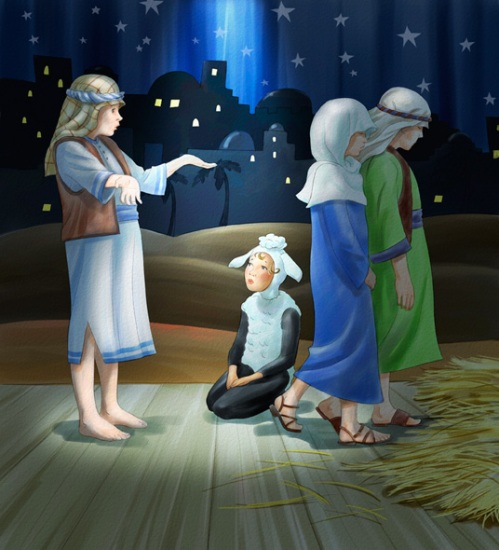
Do you think the Internet has opened doors for you?
Absolutely. The world is your market place and getting a website to show my work has been the biggest factor in my success. Most of my clients are British or American but I also have clients in Ireland, Israel, Egypt, Germany, and South Africa. Being able to transfer digital files electronically has made things so much faster, safer, cheaper and easier.
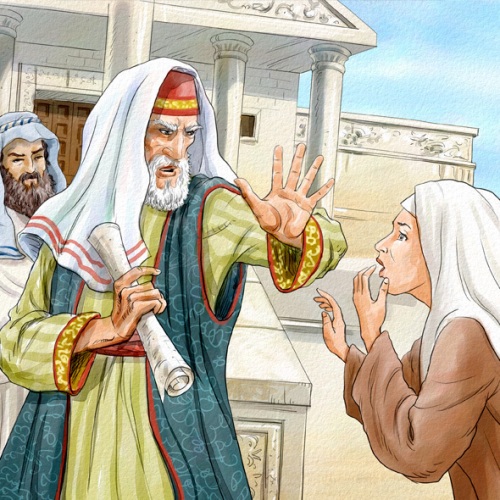
Do you think your style has changed over the years? Have your materials changed?
My style changes to suit the demographic of each particular job. As a professional illustrator I think it’s beneficial if you can adapt your style to encompass a variety of situations and not limit yourself to a single area of the market. One day I’ll be drawing realistically for 7th graders with perhaps close attention to historical detail, the next I’ll be drawing for 4 year olds completely from my imagination.
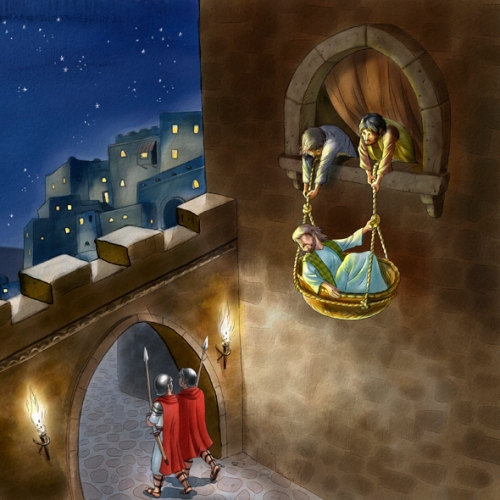
Do you have any career dreams that you want to fulfill?
Yes. To one day have my own story books published. Oh how I would love that!
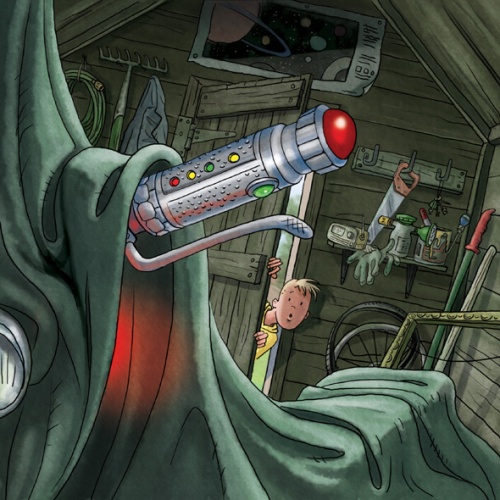
What are you working on now?
I’m doing 3 book covers for different authors, a picture dictionary for Egyptian/English Schools, some black and white spots for a poetry book, an isometric map of a fictional American town and two 24 page picture books for independent self-publishing authors.
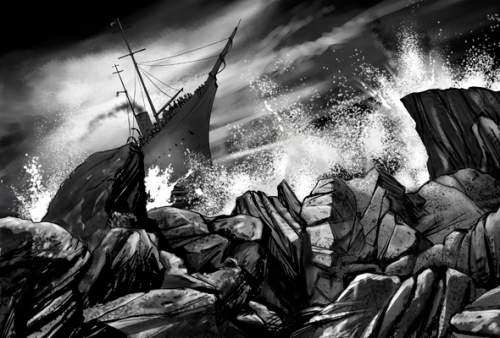
Do you have any art type tips (digital or traditional) you can share with us?
I work digitally so my tips relate to that process.
Mask! Mask! And Mask! I can’t stress how important it is to produce accurate masks before you start to colour digitally. If done properly your production time will be drastically reduced and your work load will be so much more streamlined and made much more manageable due to the control you’ll have over isolating, editing and finishing.
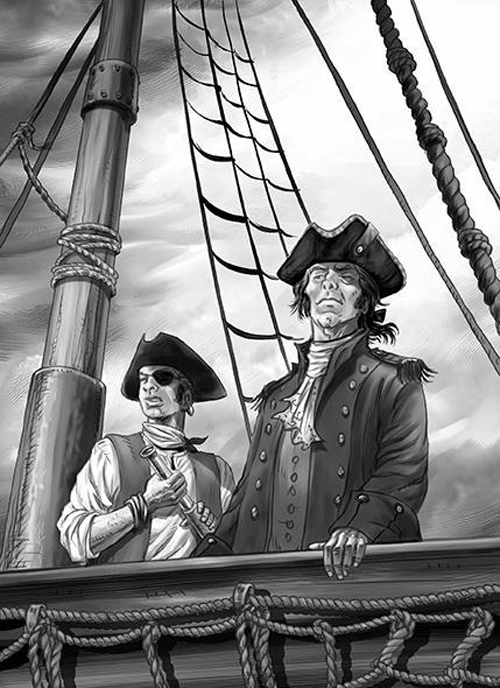
Decide on a file naming convention at the start of your project and stick to it. Save regularly with Sequential numbering to keep your files organized and easy to find. On average I have about 15 variations of each illustration saved throughout the production process.
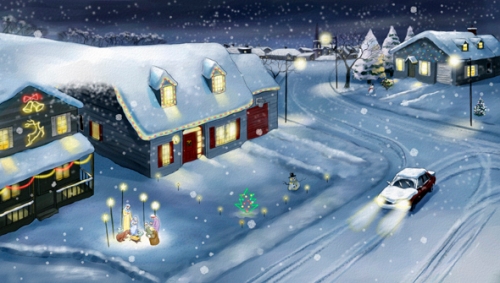
Any words of wisdom on how to become a successful writer or illustrator?
Dedication. I work on average 14 hours a day but it’s worth it to be doing something I love.
Build up a reliable reputation by always meeting your deadlines and your clients will come back time and time again.
Draw everything you see that interests you and take a sketch book and camera with you always.
Get your own website or rent space on one of the many host sites out there. You need as much exposure as possible and the web is a window to the world.

Thank you David for taking the time to share your process and journey with us. We look forward to hearing about all your future successes.
To see more of David’s illustrations visit him at:
Website: http://www.davidhillarts.co.uk/
Please take a minute to leave a comment for Annie, I know she would love to heard from you and I always appreciate it. Thanks!
Talk tomorrow,
Kathy
Filed under:
authors and illustrators,
illustrating,
Illustrator's Saturday,
inspiration,
Interview,
Process Tagged:
David Hill,
Digital Painting tops,
Glasgow Scool of Art,
video game industry 


By: Kathy Temean,
on 8/29/2014
Blog:
Writing and Illustrating
(
Login to Add to MyJacketFlap)
JacketFlap tags:
Interview,
inspiration,
Process,
illustrating,
authors and illustrators,
Simon & Schuster,
Hallmark,
American Greetings,
Illustrator Saturday,
Illustrator's Saturday,
Anne Wilkinson,
Add a tag
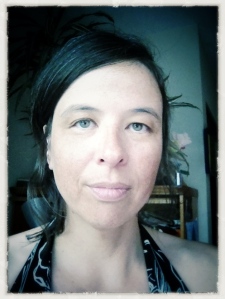 Annie Wilkinson is the youngest of eight children and the mother of two. She works in a variety of mediums including traditional and digital, creating bright and whimsical illustrations for both books and products. She also has a background in design and as a fine artist, two skills that she calls upon quite frequently when illustrating. She is currently working on her own picture book.
Annie Wilkinson is the youngest of eight children and the mother of two. She works in a variety of mediums including traditional and digital, creating bright and whimsical illustrations for both books and products. She also has a background in design and as a fine artist, two skills that she calls upon quite frequently when illustrating. She is currently working on her own picture book.
Clients include:
Simon & Schuster – Macmillan
LadyBird Books – Hallmark
CJ Educations – American Greetings
Oxford University Press – Hasbro
Yeowon Media – National Geographic
HERE IS ANNIE EXPLAINING HER PROCESS:
All of my work is done on the iPad. For the project for Story Corner, the guidelines were really loose – the story was to take place in outer space, after that I had a lot of free reign to draw whatever I like.
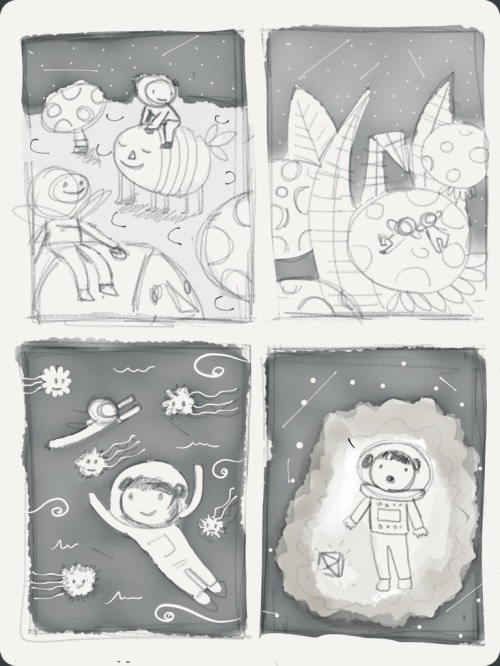
So I started with some quick thumbnails, using the app Paper by 53. I had some loose concepts – riding space beasts, hanging out in a space garden, swimming with ‘star fish’.
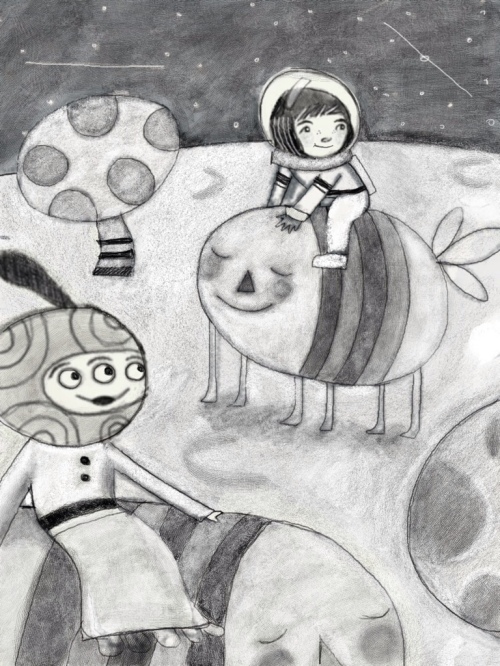
I like to share the thumbnails with the client to see if they’re happy with the general idea and composition, and if they are I then work on more refined sketches. Mostly I use the Vellum app to create my sketches.
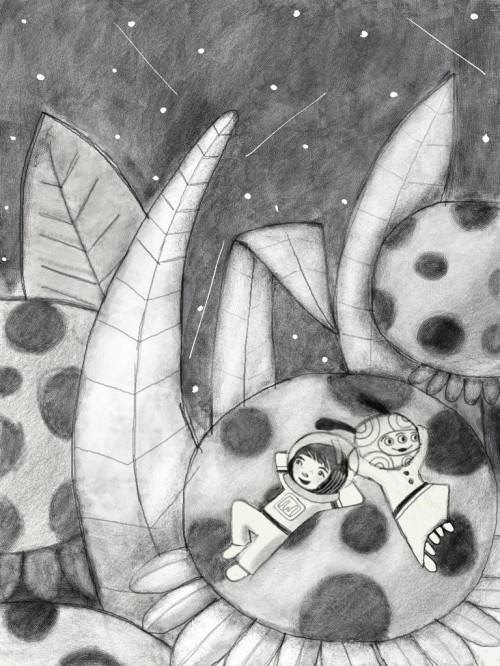
There’s also an app called Art Studio that functions like Photoshop, I can make selections and move things around if I need to refine the composition a little.
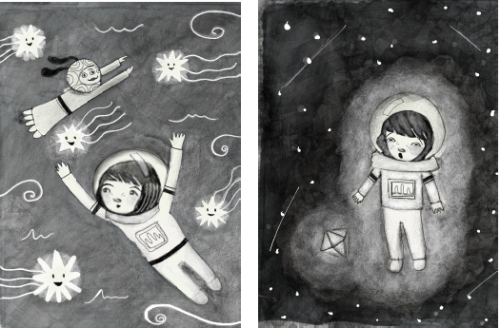
When the sketches are finalized, I create the colour versions in Paintbook, which is a vector drawing app.
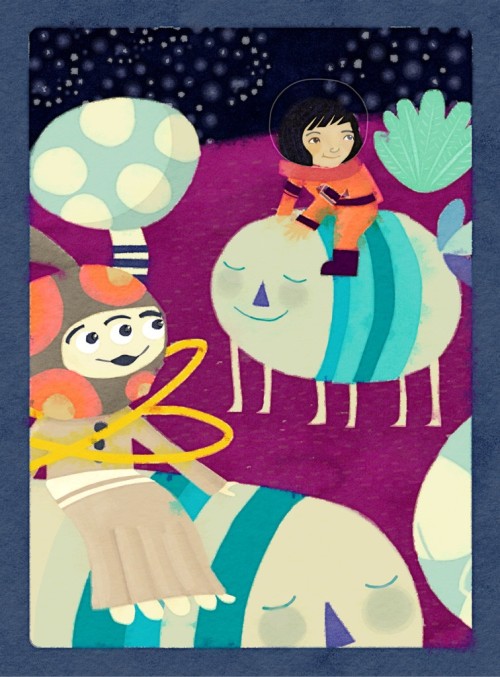
Sometimes at this stage, depending in the spread size, I might have to export the pdf file to my computer and add textures in photoshop.
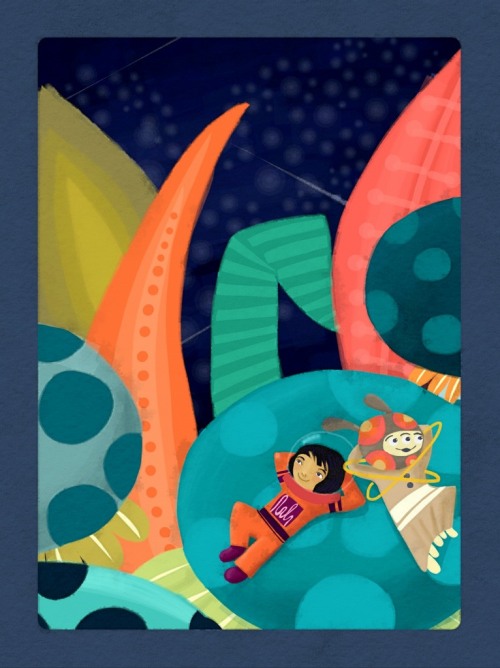
Since these we’re going to be playing cards, The iPad could actually handle their print size, so I added my textures using iColorama.

If I find the textures wash out some of the details then I will paint over some of the edges and add more shadows and highlights using either Photoshop or procreate.
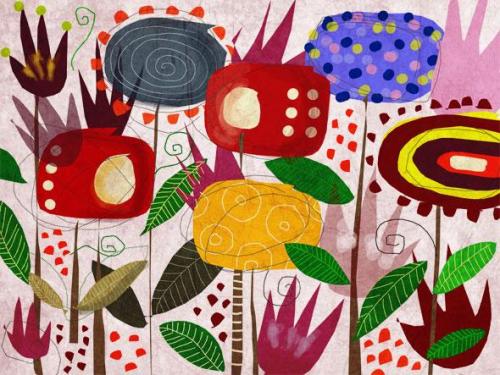
How long have you been illustrating?
I have been illustrating as a job for about 6 years, but for about 5 of them I was also working as a web & graphic designer . This is the first year that I am solely illustrating. I have always loved drawing!
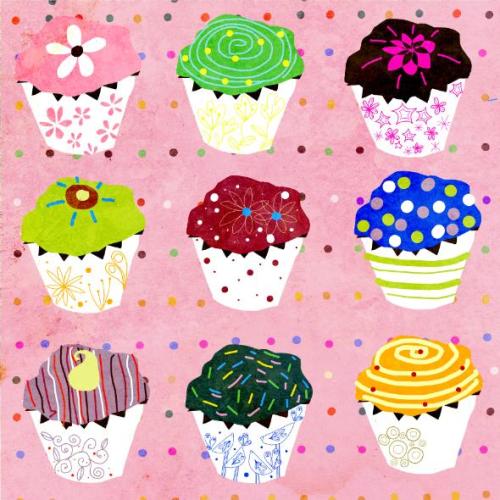
Where do you live?
I live in Vancouver, BC Canada
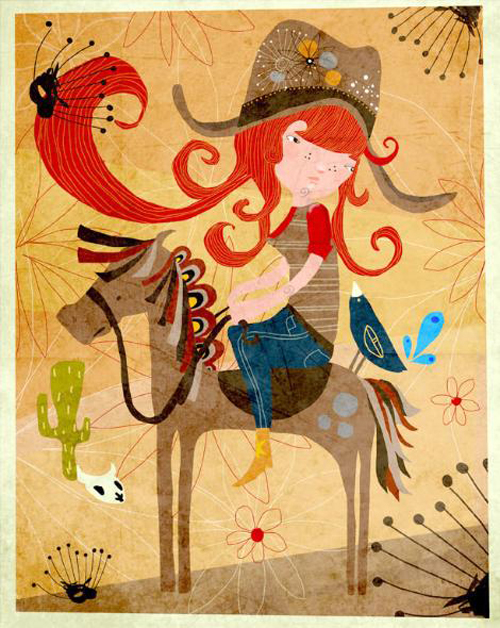
Did you go to school to study art?
I have not. I am completely self-taught, but I do dream about going to art school some day – maybe when the kids are old enough.
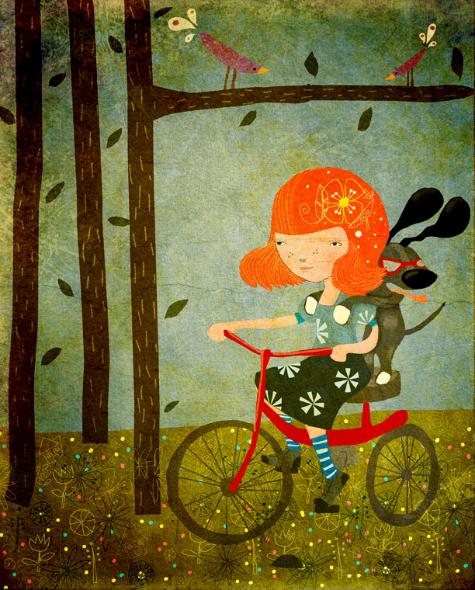
What area of art did you study?
I took an independent course with Geraldo Valerio “http://www.geraldovalerio.com” a Brazilian illustrator who was for a time living in Vancouver. I had belonged to a drawing Meetup group, and on a message board there, several people had mentioned taking his course on illustrating children’s books and how it was better than anything offered by the universities or libraries.
After my first illustration job, when I started to realize it was something I might really like to do, I thought I should learn more about it and enrolled in his course. It was extremely helpful to have someone with experience to turn to! Even though he’s no longer in Vancouver, we still email every now and then and I still ask him for advice.
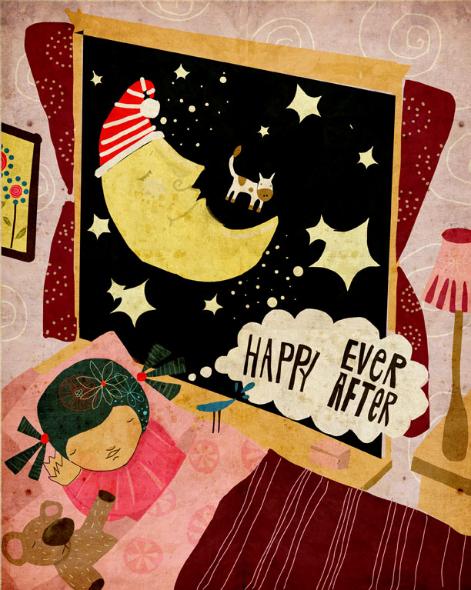
What was the first art related work that you did for money?
Prior to working as an illustrator, I played in bands for many years, and toured a lot. These would have been my first paying art jobs.

What was the first job you took after you graduated from school?
I did take a multimedia course about 15 years ago that was a very basic introduction to Adobe & Macromedia (who originally created Flash) software – it was just enough to get you going on everything and it was up to you if you wanted to take it further. I had expected that I would move into web design from there, but my first job after finishing that program was illustrating and animating Ecards in Flash for a Toronto company. It’s funny now that I think about it, it didn’t give me the idea that I would be an illustrator! I think probably because looking back at it my illustrations were fairly crude!
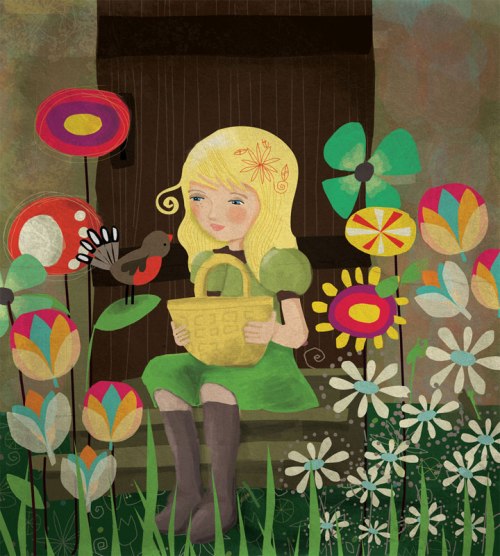
How did you find your first illustrating work?
Robeez Baby Shoes gave me what I consider my first real illustration job – they had a job posting for a web designer, and I applied and sent them a link to my online portfolio, which also contained some of my artwork. They got back to me saying the job had been filled but would I be interested in doing the illustrations for their shoes. Prior to this it hadn’t even occurred to me to be an illustrator! (Robeez shoes designs)

Have you done any illustrating work for a US publisher?
I have done work for a few publishers, including Simon & Schuster, National Geographic, as well as a handful of educational publishers.
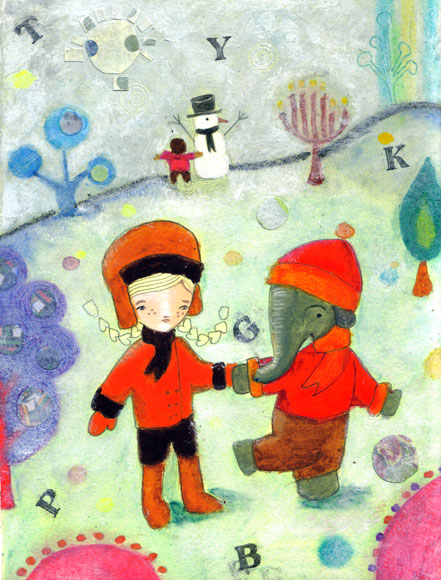
How did you start doing greeting cards?
Not long after the Robeez job I was contacted by the Bright Agency in the UK http://www.thebrightagency.com, and I have been with them ever since. Another illustrator who was also working for Robeez, Ken Gamage http://www.sparklefishworld.com told me about http://www.childrensillustrators.com which is based in the UK, and I believe this is where Bright found me. Bright works in both publishing and art licensing, so my greeting card work was through them.
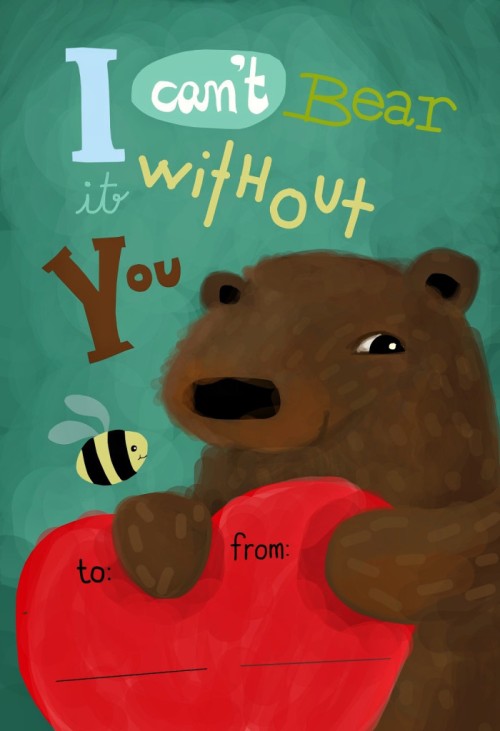
What made you want to illustrate children’s books?
I had not thought originally that I could even be an illustrator! I was always drawing but in my mind it was just a hobby. I met another illustrator when our bands played a show together, Jenn Playford, http://www.jennplayford.com, who I think at the time had just got her first illustration job, and her telling me about it put the idea in to my head. I didn’t really do anything about it until I got the Robeez job though! I guess children’s books seemed the best fit for me, given the way I draw, which tends to be cute and colorful.
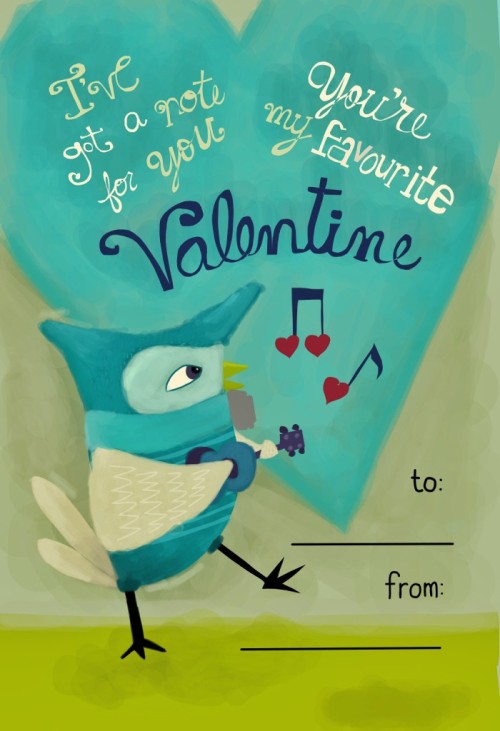
How many books have you illustrated?
I’m not sure I can count them all! I’ve done around 4 books for the Korean market, 1 in New Zealand, 3 in Canada, a few in the UK, and maybe 10-15 for the US market, which would mostly include the educational market.
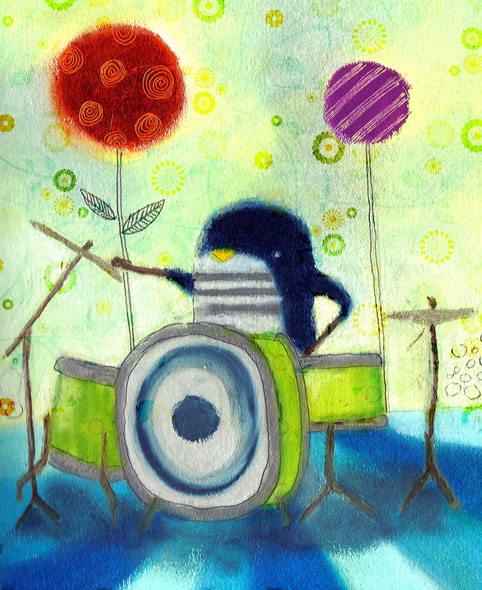
What was your first picture book?
My first picture job was with Rubicon Publishing in Canada, with AD Rebecca Buchanan, now over at Pajama Press, she was lovely to work with.
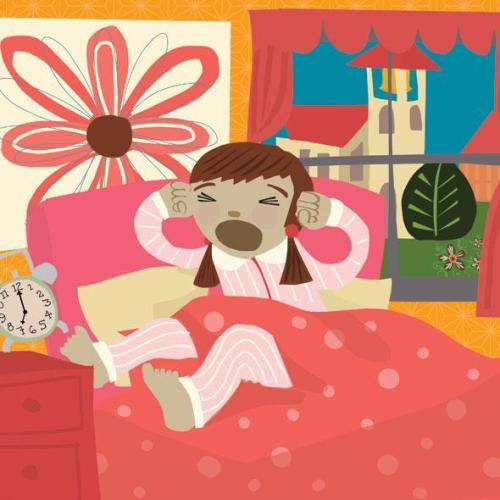
When and how did that happen?
They found me on a portfolio site, practically the day I finished my How To course with Geraldo, so I was pretty glad I’d taken the course. It was called “Splish-Splash” and had 4 illustrators illustrating about 4 pages each, so it was the perfect job to start with.
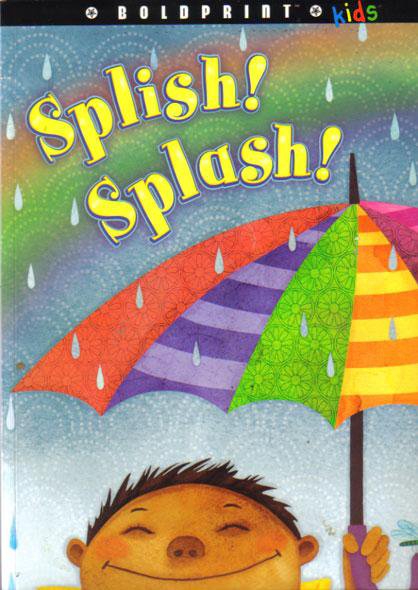
Of the picture books that you have published, which one is your favorite?
It may be because it was the most recent one I illustrated and so am not tired of looking at it yet! I’m actually still working on it, but it’s called Nanna’s Magic Globe for Benchmark publishing. Another favourite I did recently was for Story Corner, which is a brand new company in the Uk – not a picture book but illustrated story cards, where the child lays out the cards and then tells their own story – that was a particularly fun job for me because I was allowed input in what happened in the story, and also because it involved telling the story in a non-linear fashion. (Thumbnails in paper by 53, Sketches in Vellum, final art for Story Corner)
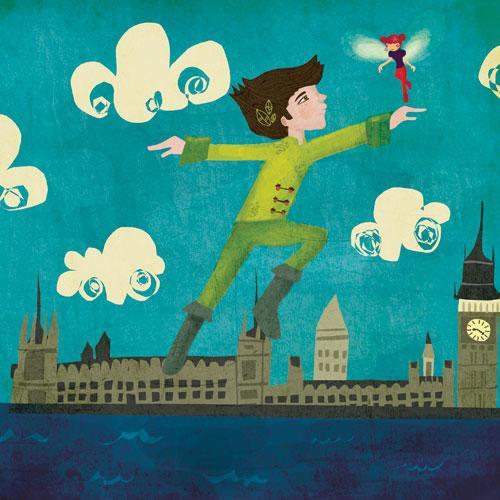
When did you decide to get involved in children’s illustrtation?
A big thing that happened was having kids of my own, and reading books to them – there are so many beautiful picture books out there! I particularly love Isabelle Arsenault and Oliver Jeffers, whose work really borders on fine art. I also am a big fan of Sophie Blackall, Peter Brown, Giselle Potter – there’s so many!

How did you connect with LadyBird Books?
This was a job through my agent – I had done a test illustration for The Secret Garden (which also happened to be one of my favourite books as a child!) and my AD thought my rendition of Dickon made a good Peter Pan, so I got to do both books.
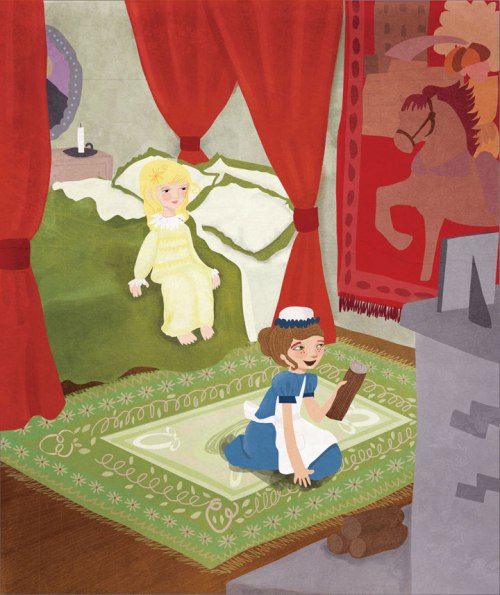
(The Secret Garden, Ladybird Books)
How did the get the contract to do My Wonderful Clothes for Korean Publisher, English Hunt?
I was approached by them, this book was slightly different than the other books I’d done in the Korean market as it was an English reader. I love working with Korean publishers as they are so invested in picturebooks!
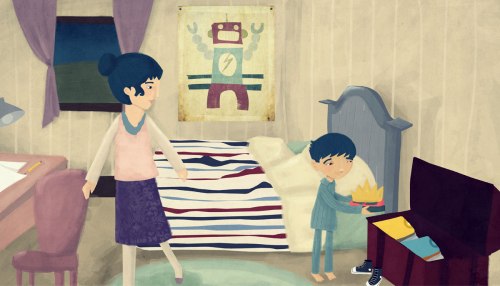
(My Wonderful Clothes, EnglishHunt)
What do you consider is your first big success?
Getting paid to draw! To be honest, it’s still an ongoing thing – I’m one of those people who can be their own worst critic, and I’m still trying to make art that impresses me as much as other illustrators work can.
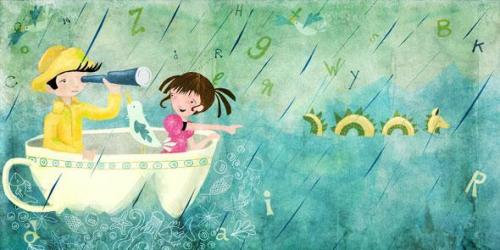
How did that come about?
Luck :)
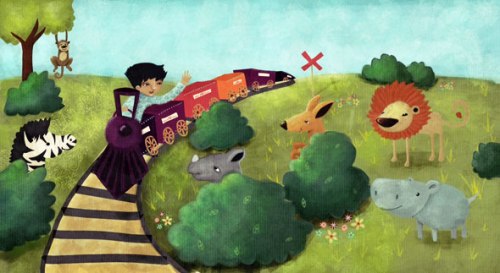
How do you promote your work to get more business?
I have a few portfolio sites that I try to keep updated regularly, and most of them have news sections which I find helpful. I also started sending out email newsletters to keep in touch with previous clients, I do one every 6-8 weeks or so. When things are slow I remind my agent I need work.
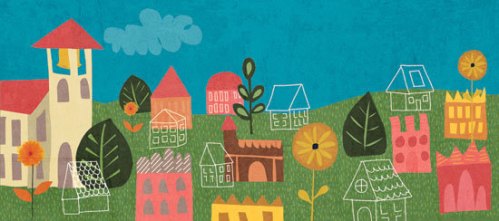
What materials do you use to paint your color illustrations?
All my work is done digitally. Originally it was done traditionally because I was never comfortable drawing with a graphics tablet, where your hand is drawing in one place and your eyes are somewhere else. In the beginning I would have loved a Cintiq but couldn’t afford one, then I got an ipad. I went from oil pastel drawings to vector illustrations, because the limitation of the iPad is the print size of your drawings. I grew to love it so much that I only occasionally think about the Cintiq still.
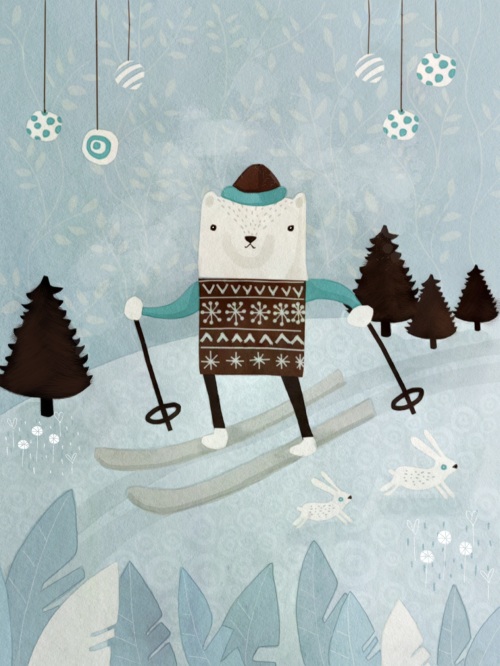
(Personal work, ipad)

Do you use do any black and white illustrations?
I have not done many, except for the comics I like to do in my spare time.
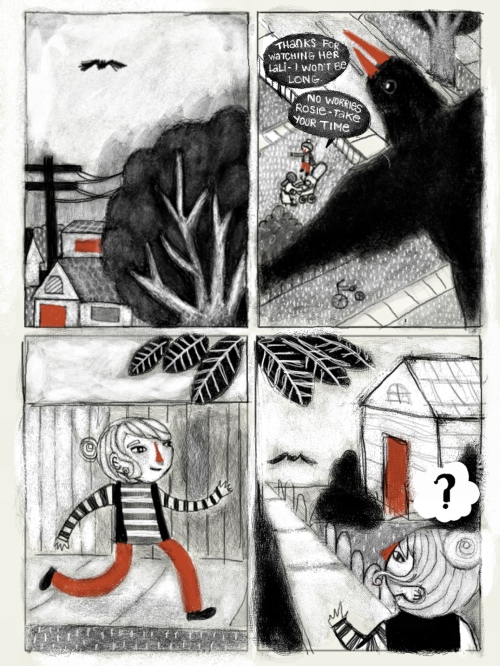
What type of paint and other materials do you use to when illustrating a picture book?
Everything is done on the iPad, even sketching. I discovered I hate the tedium of scanning! I tend to do thumbnails first, generally in Paper by 53 or a Bamboo Paper, sketches in Vellum, and color in Paintbook, which is like Adobe Illustrator except that it behaves much like a pixel based painting app, rather than making shapes. I usually export this as a pdf and then do final touch ups in Photoshop on my mac. The funny thing is that I have a bit of a love-hate relationship with digital – it certainly makes it easier to make amendments and clients love layered files, but I just love the look of traditional materials. So I’m always trying to make that aspect better. Ultimately, a good drawing and good composition is the most important thing!
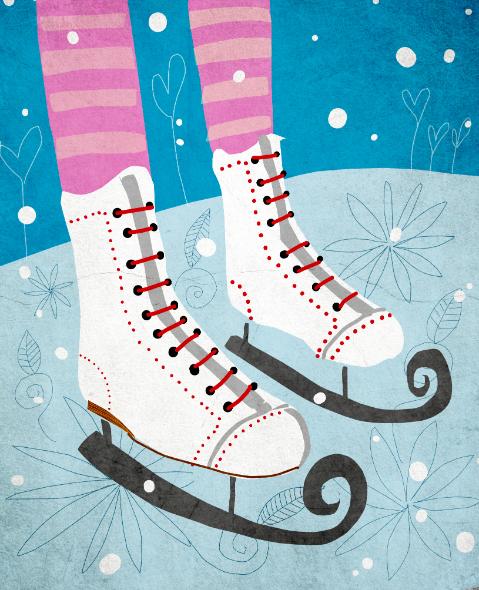
Has your style changed over the years? Materials?
I’m really hoping it’s getting better! I am always, always trying to make my work better. I’m getting in to using textures a lot lately. There’s a great ipad app called iColorama which let’s you paint your textures using masks, and then I usually do a little finishing work using Procreate, which is a great painting app but can only print up to around 10-11 inches, which makes it difficult to do spreads. I have been known to deal with single pages when the app can’t handlethe spread size and then stitch them back together in photoshop.
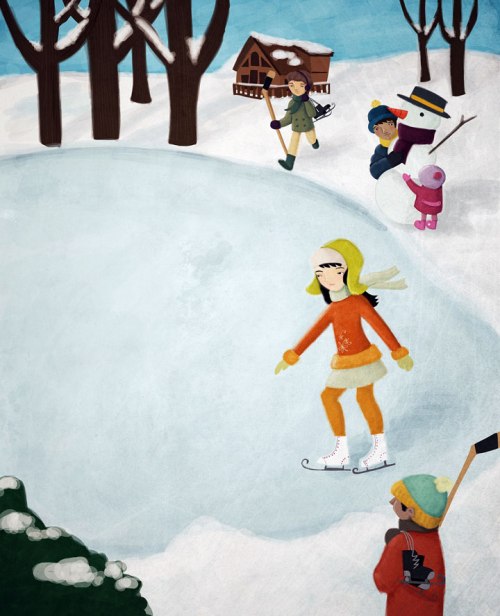
Have you done illustrations for any children’s magazines?
I have done work for Laybug and Cricket in the US.
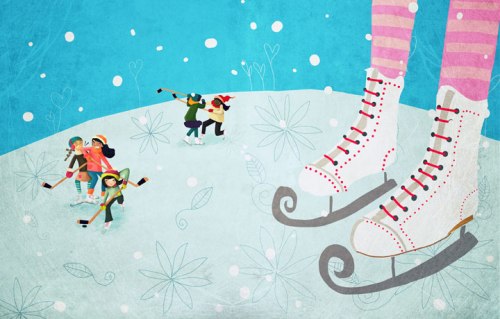
(Cricket Magazine Nov/Dec 2013 issue)
Have you done any work for educational publishers?
Tons! A lot of my work comes from Educational publishers and so for that I am grateful :)

What is the one thing in your studio that you could not live without?
Given that I work on an iPad my studio is not one specific location, but I like it best when I have my ipod and dock to listen to music or podcasts while I work.
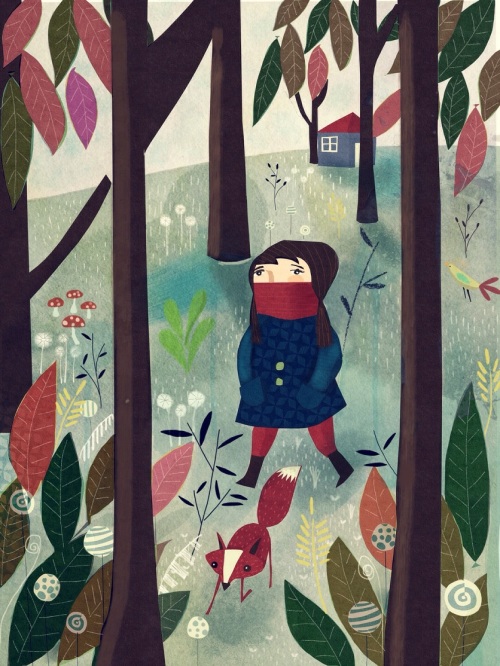
Do you try to spend a specific amount of time working on your craft?
Yes, but I don’t think of it so much as that. I love drawing, so I have my work drawing, and my hobby drawing, which is usually playing around with different apps or doing comics. Another fun aspect if doing greeting card work or licensing art is just drawing whatever you feel like and maybe someone can turn it into a card. So I’m not consciously trying to improve myself unless I’m in the middle of the job, and mostly this happens at the sketching stage – can I make this drawing better, more visually interesting? Sometimes that is constrained by deadlines, though!

(illustration of Mary Anning for http://www.coolchicksfromhistory.tumblr.com
Do you have an agent?
I work with The Bright Agency, who are based in the UK but have offices in New York also.
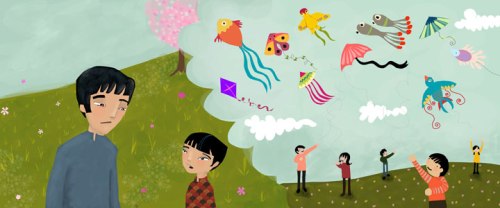
Do you take pictures or do any types of research before you start a project?
Yes, lots on internet research. I’m currently working on a book that takes place in Kenya. I’m always looking at images of how things look, their clothes, their houses, vegetation, etc. Some clients want the pictures of trees, for example, to look like actual trees you might find in the area, some don’t mind if you make everything up.
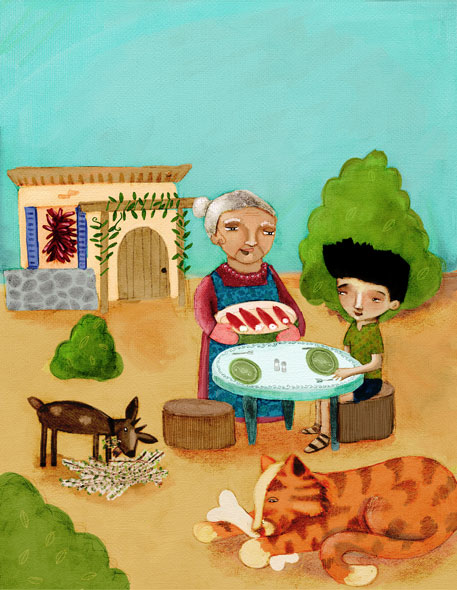
Do you think the Internet has opened doors for you?
Absolutely. If it wasn’t for the internet I would probably have to move to New York and walk around every day with a hard copy portfolio.
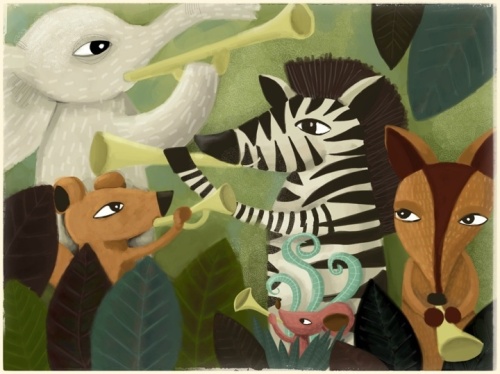
Do you use Photoshop or Corel Painter with your illustrations?
I use Photoshop along with a hundred ipad apps :)
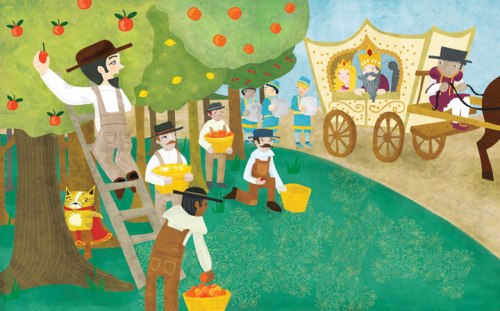
Do you own or have you used a Graphic Drawing Tablet in your illustrating?
I have an old Wacom Graphire tablet that I use for photoshop touch ups. I’ve tried all kinds of styluses for the iPad, but the ones I like the best are the microfiber tipped ones,as there is no drag whatsoever. I suffer from tendonitis, so when it gets bad I just start drawing with my finger!

Do you have any career dreams that you want to fulfill?
I’d love to do more picturebooks, and maybe write one of my own.
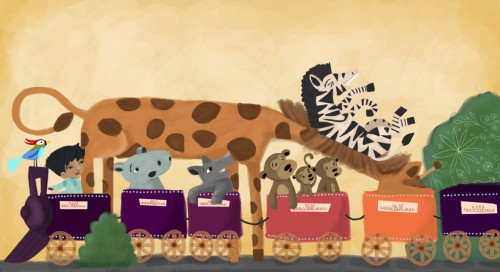
What are you working on now?
I’m currently working an interactive iPad storybook, which is my first. I’m also doing a small job for a family in the US who are doing a book as a gift for their daughter. I’m working on a second book for Benchmark while waiting for feedback on the final artwork for the first. And I have a couple more books coming up very soon with Cantata Learning, who are a new Educational publisher in the US.
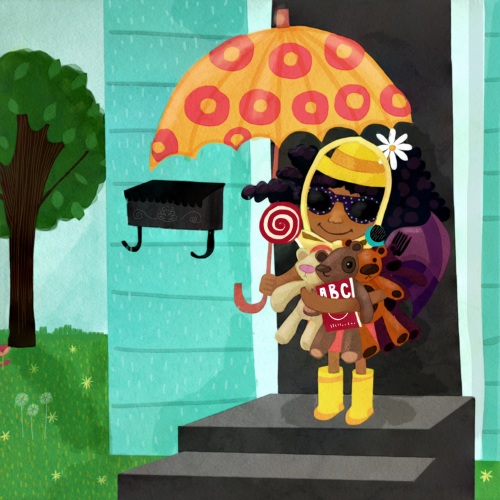
(Illustration for the Boston Family)
Do you have any material type tips you can share with us? Example: Paint or paper that you love – the best place to buy – a new product that you’ve tried – A how to tip, etc.
For traditional materials, I love Koi watercolours and Holbein Acryla Gouache. Also I’m a fan of Caran D’ache oil pastels.
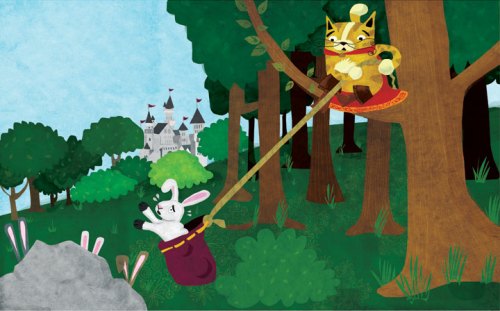
Any words of wisdom on how to become a successful writer or illustrator?
All the old stuff is true! Keep drawing as much as possible. Go to the library and find those illustrators that inspire you!
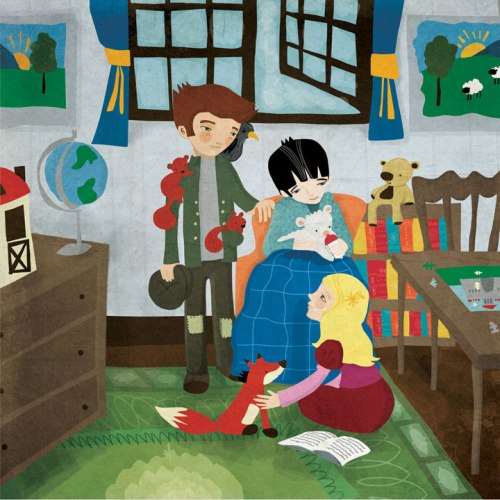
Thank you Annie for taking the time to share your process and journey with us. We look forward to hearing about all your future successes.
To see more of Annie’s illustrations visit her at:
Website: http://www.anniewilkinson.com/
facebook: https://www.facebook.com/anniewilkinsonillustration
Please take a minute to leave a comment for Annie, I know she would love to heard from you and I always appreciate it. Thanks!
Talk tomorrow,
Kathy
Filed under:
authors and illustrators,
illustrating,
Illustrator's Saturday,
inspiration,
Interview,
Process Tagged:
American Greetings,
Anne Wilkinson,
Hallmark,
Illustrator Saturday,
Simon & Schuster 


By: Kathy Temean,
on 8/22/2014
Blog:
Writing and Illustrating
(
Login to Add to MyJacketFlap)
JacketFlap tags:
Interview,
inspiration,
Process,
Children's Illustrator,
illustrating,
authors and illustrators,
demystify,
Illustrator's Saturday,
Agentina,
Inés Hüni,
Add a tag
 Inés Hüni was born in Mendoza (Argentina), the land that produces the finest Malbec wine grapes in the world.
Inés Hüni was born in Mendoza (Argentina), the land that produces the finest Malbec wine grapes in the world.
She remembers that as a little girl, she always dreamed about having her “taller de arte” with lots of small “frasquitos”, colored pencils and brushes of all sizes.
She moved to Buenos Aires – the big city – when she was 11.
During high school, in her spare time, Inés was always involved in drawing and arts & crafts activities. She could not wait to finish high school in order to begin studying what she really loved: Arts.
She graduated from Fine Arts with major in drawing and engraving. Inés also studied humoristic drawing and animation with some of the finest professors in Argentina and USA.
Ines is a great observer of the world that surrounds her. She loves the challenge of interpreting every brush stroke of reality and capturing it in her artwork.
Already married and with two daughters, she moved to México. What was initially supposed to be a 3-year-experience, but it has now turned into an 8-years-one, tasting and living Mexican flavors and colors. The family has recently added a fifth member, her little Mexican daughter named Mora.
Inés is a versatile creative professional. She illustrated children magazines, scholastic manuals, worked for animated movie studios, developed characters to be used in murals and posters and has illustrated several children’s books from renowned Editorial Houses from many countries.
Some of her customers are: Animation: Heart of Texas Productions (Texas, USA) in films for Disney Studios, Warner Bros and Lyric Corporation – Illustration: Garcia Ferré, Infantil, El Gato de Hojalata, Guadal, Perfil and Quipu (Argentina), Richmond, Mac Millian, Cordillera, Trillas, and Bilineata (Mexico), Santillana (Puerto Rico & U.S.A)- Everest (Spain).
Here is Ines explaining her process:
This is one of my illustrations in “Mymini moleskine.” Myninimoleskine is a little red sketchbook that I take everywhere, especially if I travel.
The idea is to draw women in different poses and moments of their lives, in one small space, that’s a challenge!
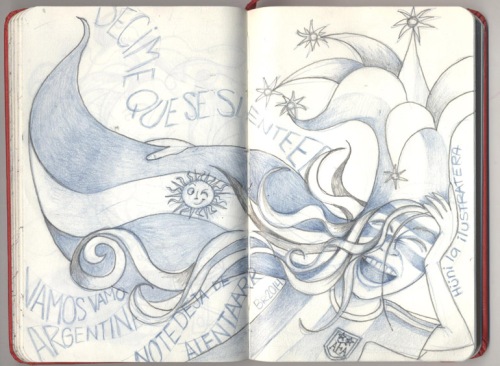
I start the sketch with the blue pencil and on it I remark with black pencil.
Here we have a sketch of a woman who is a football (soccer) fan. She is celebrating a goal with all her soul. That’s an example of how I like to start with the blue PRISMACOLOR col- erase pencil and then remark with black pencil.
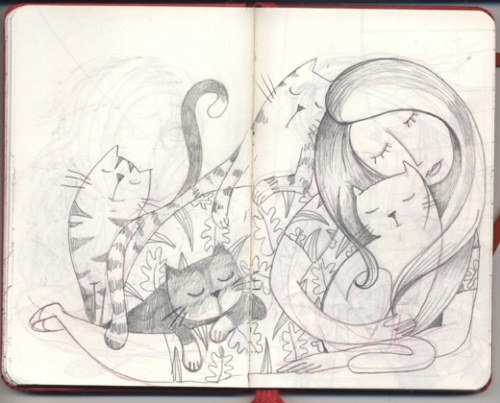
Woman of the Cats: here you can see the hole process and my work space.
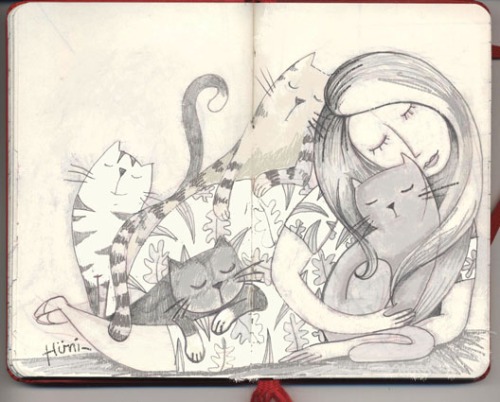
After scanning I clean it up with Photoshop.
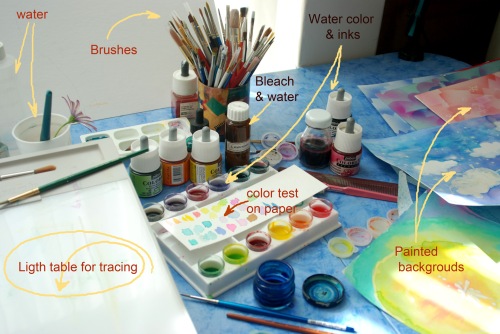
This is my workspace with my lightbox, I use this table to trace and transfer the illustration to a good paper. You can also see all my painting materials, including color inks and watercolors.
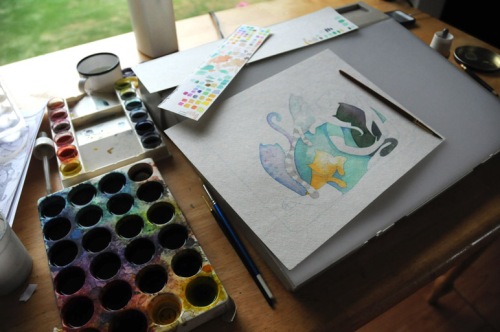
You can see how I start to paint the big areas and views of my desk and materials.
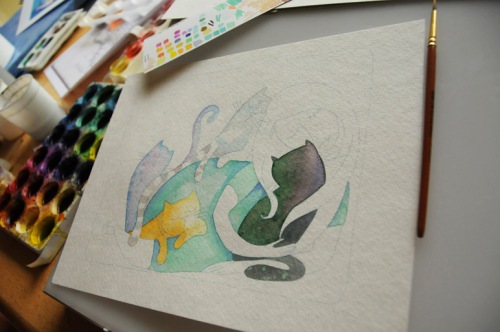
Continue to paint.
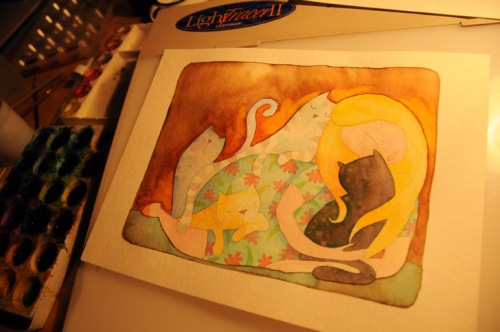
With the whole illustration painted, I begin adding details with color Prismalo Carandache pencils.
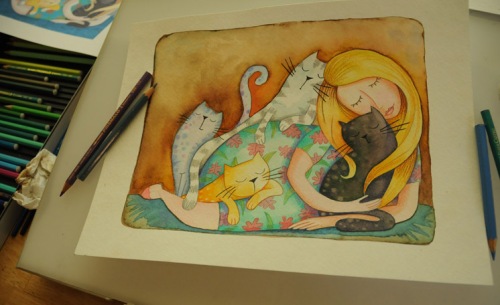
Illustration almost done.
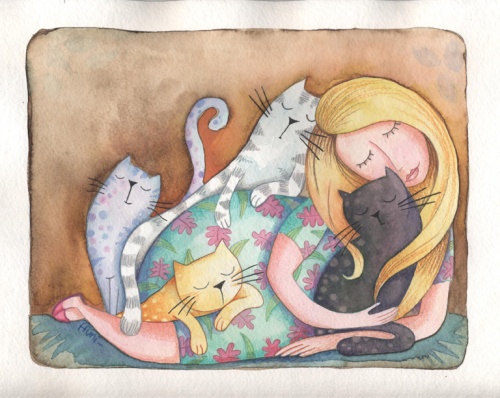
Finished Illustration.
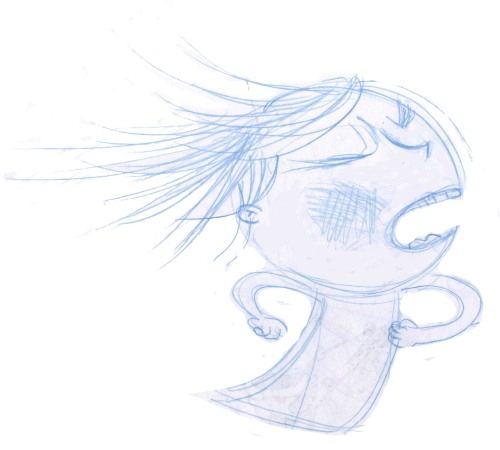
Character sketch.
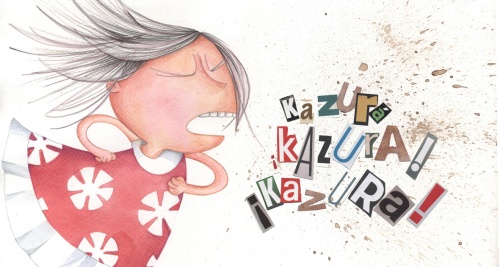
Finished illustration
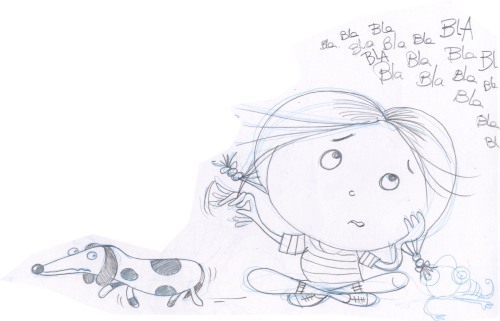
Sketch
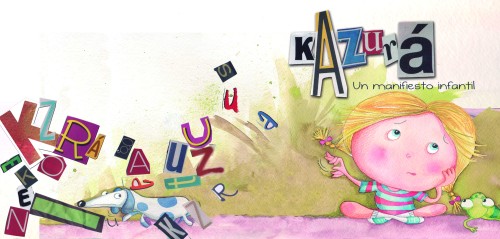
Finished illustration.
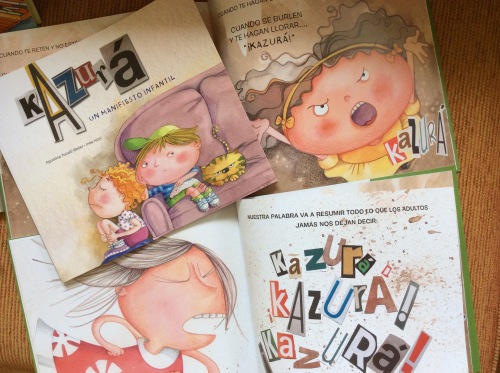
Finished Book.
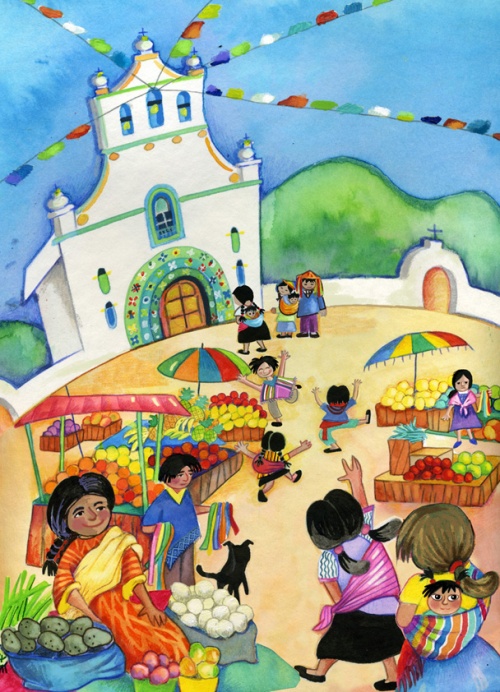
Here are several drawings I made after a trip by the south of Mexico, in Chiapas State. I was delighted by this place, especially by a town called San Juan Chamula, it’s church, and it’s popular market.
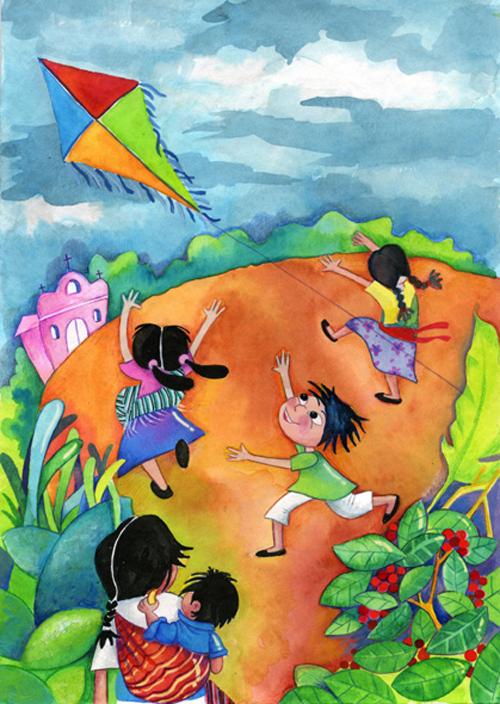
How long have you been illustrating?
I always drew, but it has been 20 years since I started to illustrate.
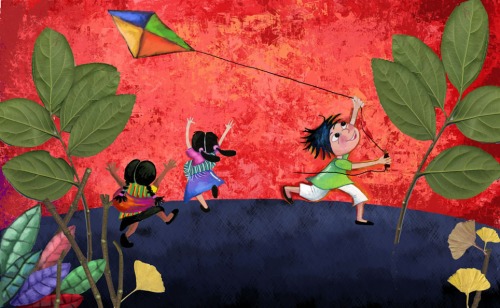
How did you go to school to study art?
I wanted to study Fine Arts since I was a little girl.
I finished school since I needed to, in order to pursue a University Degree in Arts.
When the time came to choose a career I had no doubts in my mind: Fine Arts. At the same time, I took a course in Humoristic Drawing in another school.
It was a lot of fun since I realized that everything that I was learning was really interesting to me.
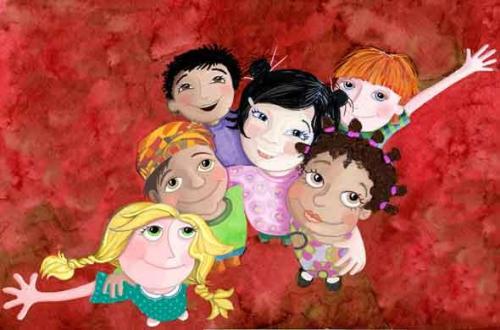
What made you move from Argentina to Mexico?
We moved to Mexico with my family due to my husband’s job. It was supposed to be a 3 year experience but it has been almost 9 years already!

Do you think the culture of Argentina influenced your style?
Every experience a person has gone through contributes to defining you as an individual. Regarding specifically my illustration style, I think I have influence from many places, not only from my Argentinian background, but also from other places I have visited, books that I read, movies that I watched and also from some of my colleagues’ works.
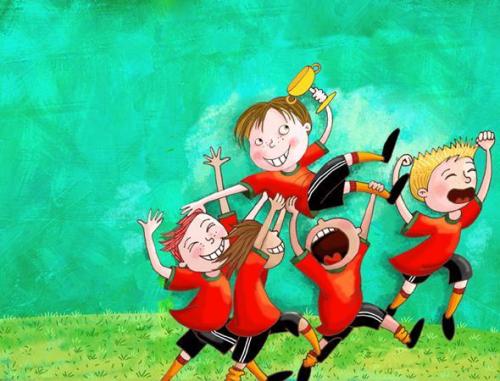
What was the first art related work that you did for money?
That is a tough question! I started out by doing Christmas Cards and painting T-Shirts with original designs. I guess my first customers were my parents and my family.
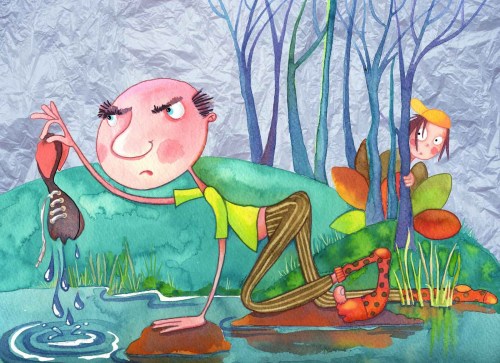
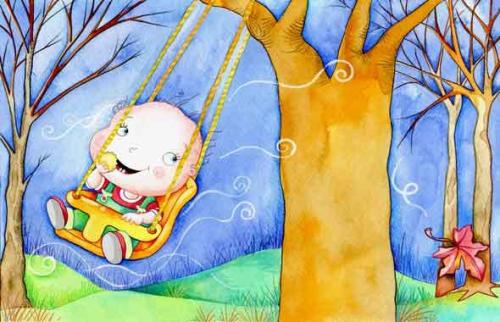
Did you start out doing freelance art or did you do other work to pay the bills?
It was really a mix. At the same time that I looked for free-lance jobs, I worked in a greeting cards editorial house (similar to Hallmark) and also worked in a company that made sticker albums.
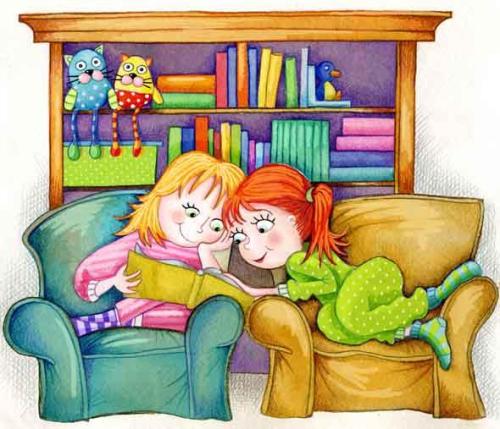
How did you get involved with animation with Heart of Texas Productions (Austin,Tx USA) in films for Disney Studios, Warner Bros and Lyrick Corporation?
Wow, that was one pretty chance! My husband and I had just moved to Austin, Texas to study a postgraduate and a neighbor of our condominium worked in that study of animation. When the person who rented us the apartment learnt that I was an illustrator, she made arrangements for me to visit the studios. After the tour, I asked if I could show my portfolio. I think that they had not finished telling me that I was already leaving my folder with them. A few days later I was called to sit for a test and then I was chosen. In Heart of Texas, we also worked for larger studios such as Disney, Warner and Lyric Corporation and that is how I ended being part of films like Aladdin, The Quest for Camelot and three children’s animations on St. Francis and his friendly world.
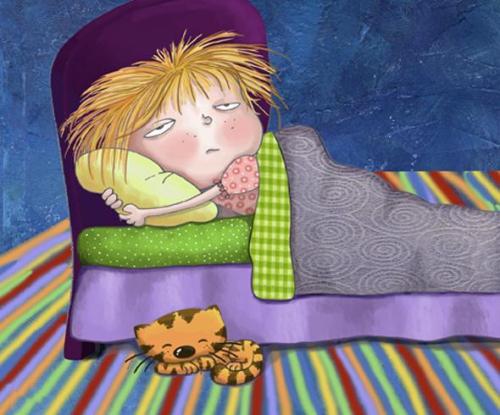
Do you still do animation?
No. Animation was a great learning experience and I learned it well from the inside: I was trained while I worked in Heart of Texas. In addition to that, I attended College where I experienced going through the whole process of designing: from scratch, to filming my own short (very short) animated movie.
I soon found out that the process of making animation was like a very long, mechanical chain, where one is just a small link and the only way of applying your own creativity was by designing the characters, backgrounds or the story itself. So I turned completely to illustration, which is less mechanical and a greater challenge, because each job order demands my own imagination and creativity.
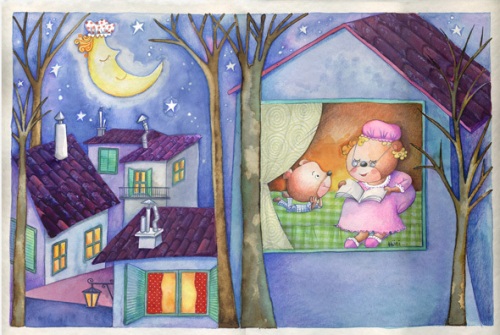
What type of work did you do right after you graduated?
I worked doing typographies and some illustrations for greeting cards.
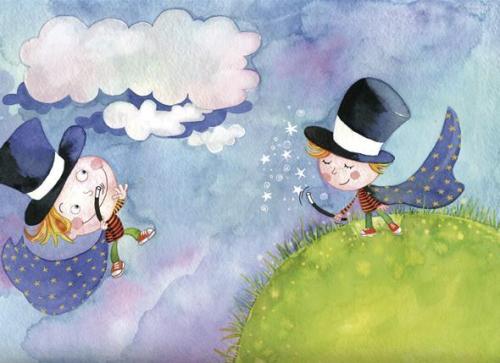
When did you decide to get involved in children’s illustration?
Well, as I already said, while I was studying Arts, I attended another school for humorous drawing, where I learned the basics on how to create characters and move them from side to side, to explore and to draw different topics and to make comic strips… But while I was studying, I realized that it would be hard for me to come up with a joke every day to go with an illustration, like the comics in newspapers. That was when I said to myself: my thing is children’s illustration. I do come up with cute illustrations that can actually be funny but are still not the daily joke or comic strip.
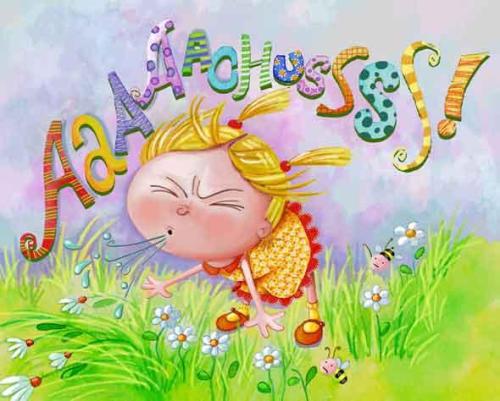
Have you ever illustrated a children’s book or book dummy?
Yes, I have several illustrated books:
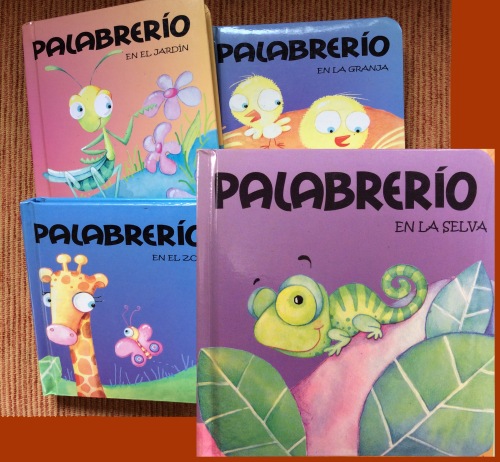
The collection Palabrerio by Infantil.com

The collection Hadas Virtuosas – Editorial Guadal, El Gato de Hojalata
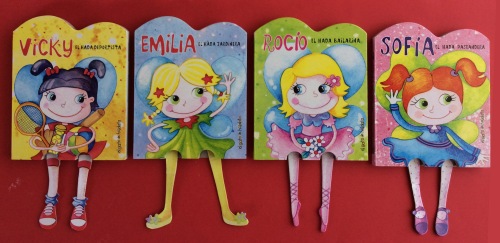
Collection Hadas con patitas – Editorial Guadal, El Gato de Hojalata
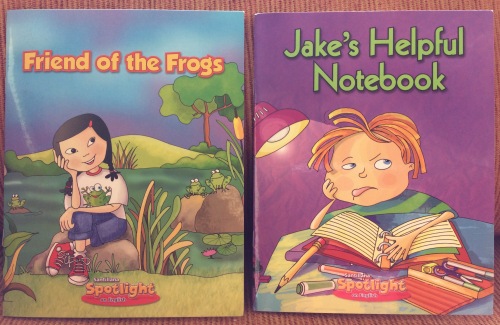
Several pedagogical publications with Santillana of Puerto Rico and the United States.
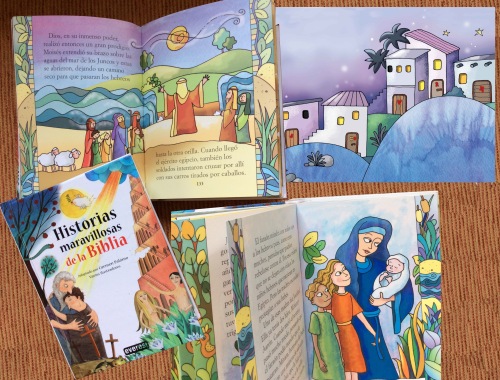
Historias maravillosas de la Biblia [Wonderful histories of the Bible] – Publishing Everest.
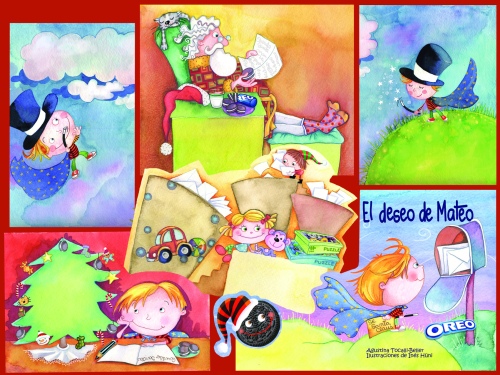
Deseo of Mateo [Mateo’s wish] – For Kraft, Oreo
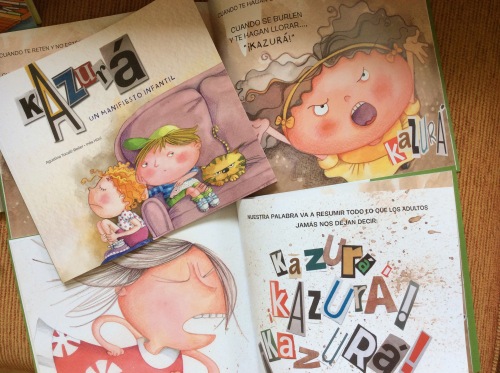
Kazurá.Un manifiesto infantil – Editorial Quipu
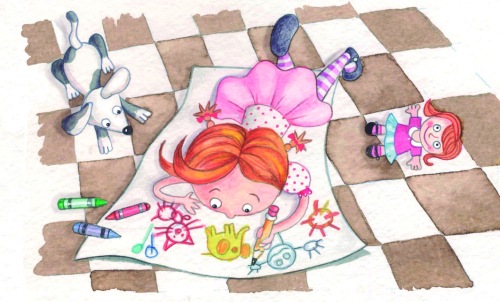
It looks like you have a friend who writes and you do the illustrations. Could you tell us about how the two of you connected and how many books have you done?
Yes, my friend Agustina, another coincidence in my life! One day in Mexico, I went to a birthday party where new comers had just arrived. I ended up sitting next to one of the new ones, and the host looked at us and said: “Inés, this is Agustina and she writes. Agustina, this is Inés and she illustrates. You must know each other!” Just a few days later, I was contacted by a publisher to make a Christmas Story for Kraft Foods about the Oreo cookie. They wanted it immediately but there was no story yet and they requested the cover and an inside page… I told them that I knew two writers and we could see if they already had something written to adapt into the project… So I contacted both writers. Agustina responded immediately with a story, thought and written especially for the project. It was called “El deseo de Mateo” [Mateo’s wish].
It ended up being a beautiful book, and the best part was discovering what a wonderful team we made together. Then, new projects came up and we continued working together.
Recently our book “Kazurá” was published. It is an illustrated children’s book that we presented in Buenos Aires Book Fair this past July and continue to promote here in Mexico.

What do you consider is your first big success?
I believe that my biggest success is to be able to turn my passion into work, to let my imagination fly, to face challenges with each job order, which sometimes can be something completely new in my life. I sometimes worry but in the end, I always come up with something that I like, and that amuses me!
Each stage of my life had its own hit, like working for Disney and Warner Bross or winning a contest for and important hospital: My character became the Pediatrics’ mascot!
Success for me also meant travelling to the greatest Illustration Fair in the world (Bologna) and being contacted for different jobs after those interviews. And lately, success meant to materialize one of our projects with Agus: our book “Kazurá” recently published.
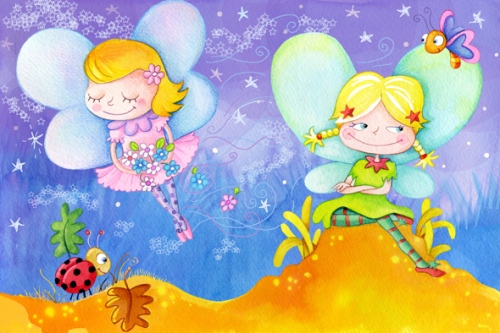
How did that come about?
The most recent success was our book “Kazurá”, which we worked jointly with my friend Agustina, designing each word and each illustration so that each of us, in our own specialized language, would tell the same story without repeating each other. We made a very good presentation of the book, with a dummy, at the Book Fair of Guadalajara. This was an efficient way to introduce ourselves and the book to the different publishers. Not only did we make a good impression on them but we ended with more than one publishing offer for “Kazurá”.
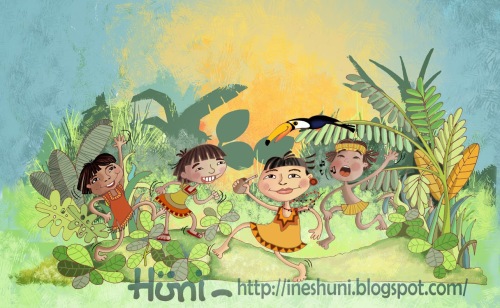
How do you promote your work to get more business?
Mainly through Blogs and webpages. I am in Childrensillustrators.com and I have recently created a blog on Facebook called “Hüni la ilustratera”.
I also promote my work presenting dummies of books in fairs such as FIL de Guadalajara in Mexico (the greatest Spanish-speaking fair of the world ) to show a complete, well presented idea, something which publishers seem to look forward to seeing, lately.
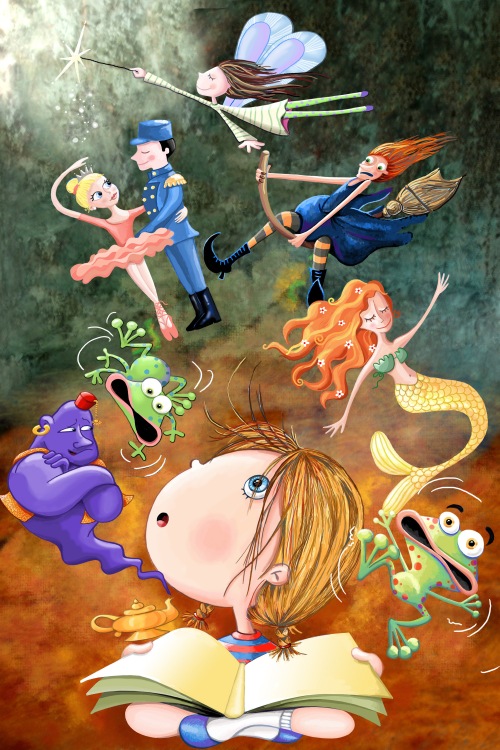
The above is an illustration which represents everything that a book can contain, and how they can amaze us. In this illustration I used a photograph of a painted wall taken by me, as a background. Then I worked on creating the characters with several sketches. I transferred them into final lines in good paper, then I scanned them and once in the computer, I worked digitally on the color in Photoshop.

What materials do you use to paint your color illustrations?
I like to work with inks and watercolors, on good papers, and on those backgrounds I work on the details with coloured pencils. Finally, I finish up digitally in the computer. Lately, I have been applying textures and photos with digital collages.
How I work:
http://www.youtube.com/watch?v=sP0nLgk_PF8#t=196
Here is a link to a video of an e-book called “Al son the Rigoberto”, a story about frienship between a mosquito and an elephant. It is in Spanish, published by Editorial Bilineata. https://itunes.apple.com/us/book/al-son-de-rigoberto/id658854724?l=es&mt=11
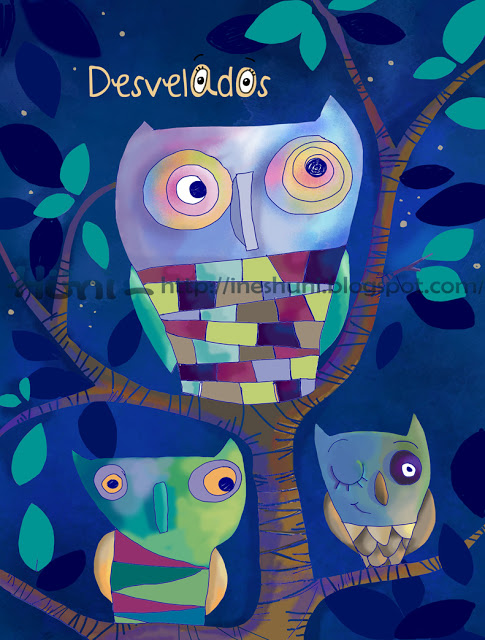
Do you do any black and white illustrations?
Yes, I do. Although I am a colour fan, I have studied and made many engravings in the past during my Fine Arts career. I also made several comics with ink and pens. It is a different type of exercise, to think in black and white, and I love it, especially in my sketchbooks.
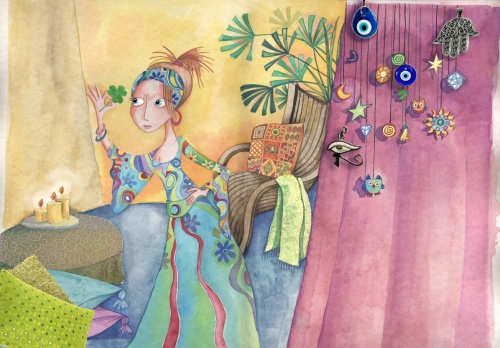
Above and Below: Painted with inks and watercolors (usually I use Colorex by Pebeo) in a good watercolor paper (Strathmore cold press), retouching the details with colored pencils (Prismalo by Carandache). Finally, after scanning it I worked digitally with Photoshop. The shells are a digital collage of my photographs.
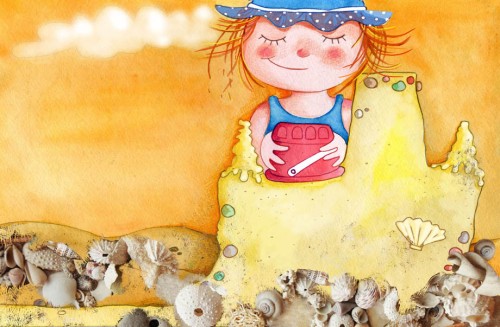
Have you done illustrations for any children’s magazines?
Yes, in Argentina I worked for García Ferré’s magazine “Anteojito” and for women’s magazine called “Mia” by “Editorial Perfil”.
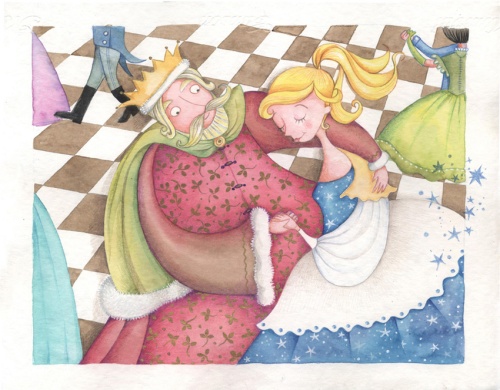
Above and the four below are illustrations made for a collective exposition in honor to the Grimm brothers, the story I had to illustrate was “All-kinds-of-fur” (is that the translation in English for Bestia Peluda?) – 2012 Buenos Aires International Book Fair.
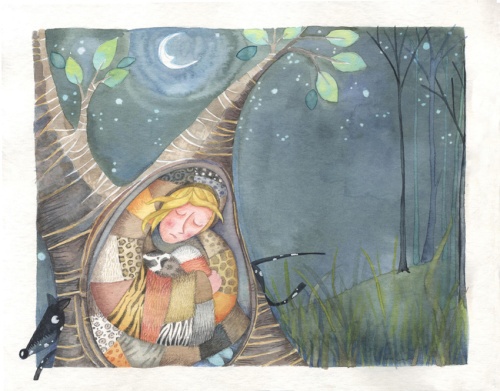
Have you done any work for educational publishers?
Yes, I worked for many educational Publishers illustrating pedagogical texts.
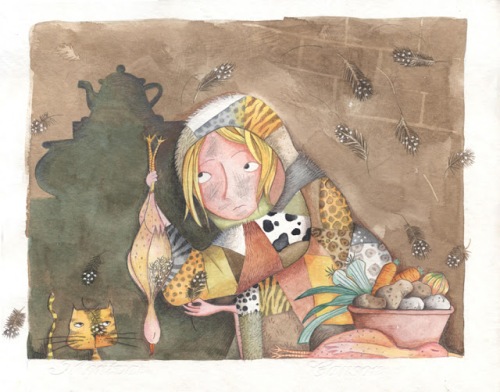
What is the one thing in your studio that you could not live without?
Uh, one? Just one? I cannot work without good light or without music. And, by all means, I am very careful to have the right and best materials to work… If I must choose just a single item, that is a good, well-sharpened pencil.
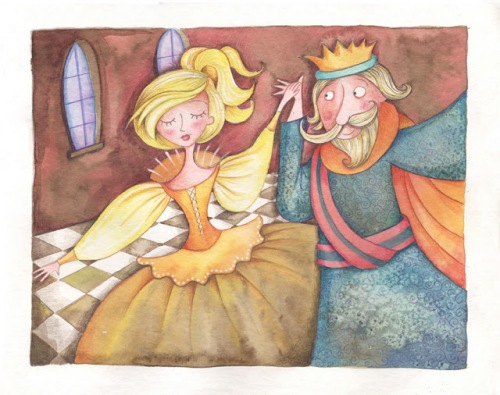
Do you try to spend a specific amount of time working on your craft?
In theory, I try to… but in practice, I can´t always do so. I generally work at night. I like it when everyone at home is asleep. I do burn the midnight oil.
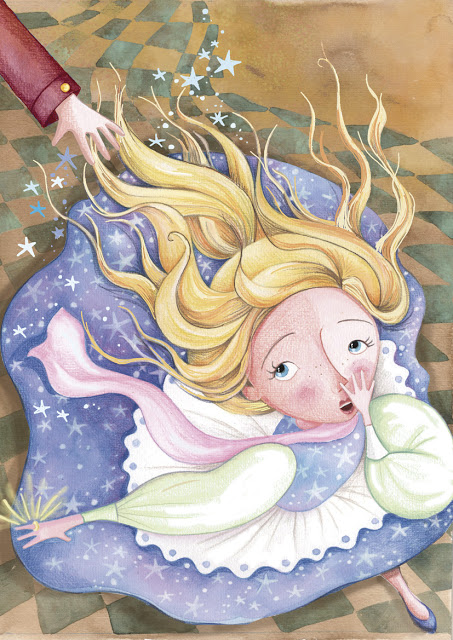
Do you have an agent?
I do not have an agent. And yes, I would love to have one that could make my work known worldwide and sell it for me.
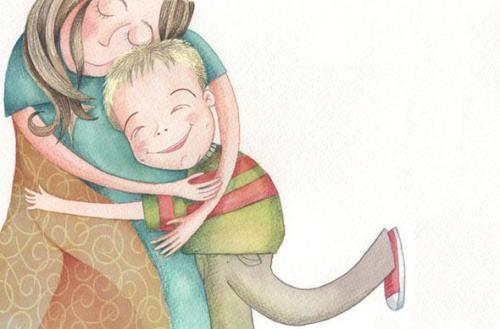
Do you take pictures or do any types of research before you start a project?
I am also a photographer. It is a great advantage that today we have easy access to document everything that we like or calls our attention. When I began to study humoristic drawing, the professors encouraged us to have a file with cut-outs and photos of things that helped us draw, for example: things from the field and from the city, examples of animals and of different leaves and plants. Today, everything is a click away and we must do research before we begin to draw.
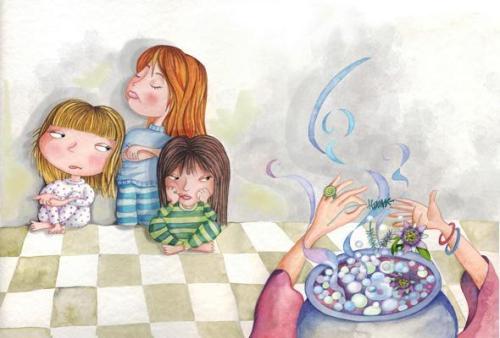
Do you think the Internet has opened doors for you?
Absolutely! Today, you can be reached from anywhere and everywhere in the world.
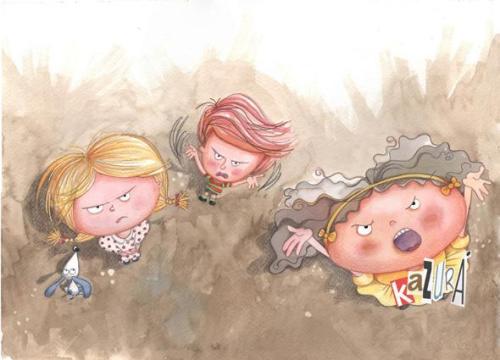
Do you use Photoshop or Corel Painter with your illustrations?
I use both. They are the absolute key to my work.
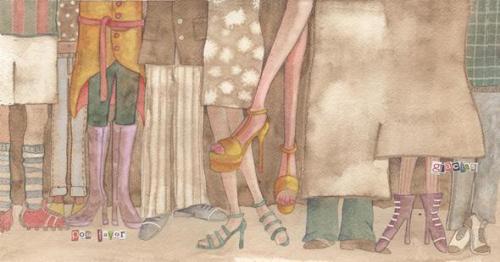
Do you own or have you used a Graphic Drawing Tablet in your illustrating?
A long time ago, I believe in 1998, I bought my first Wacom tablet. Today, I cannot work without it!
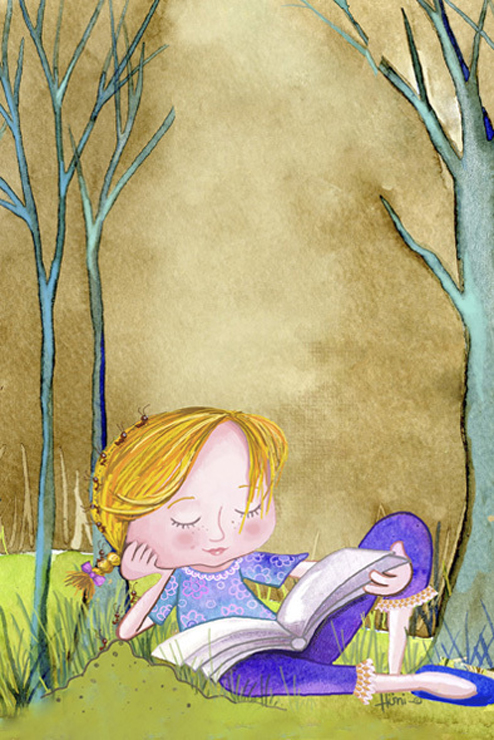
Do you have any career dreams that you want to fulfill?
Yes, indeed… there’s always a goal ahead.
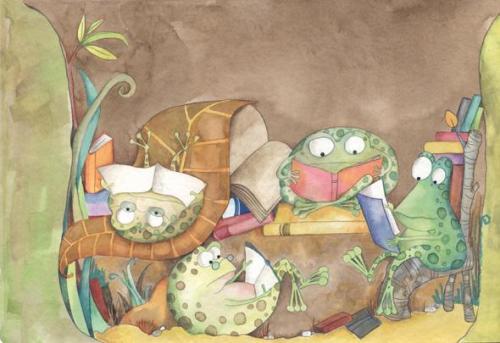
What are you working on now?
I am working on a new book and a complete project to take to FIL de Guadalajara, and on personalized illustrations that my clients have ordered.
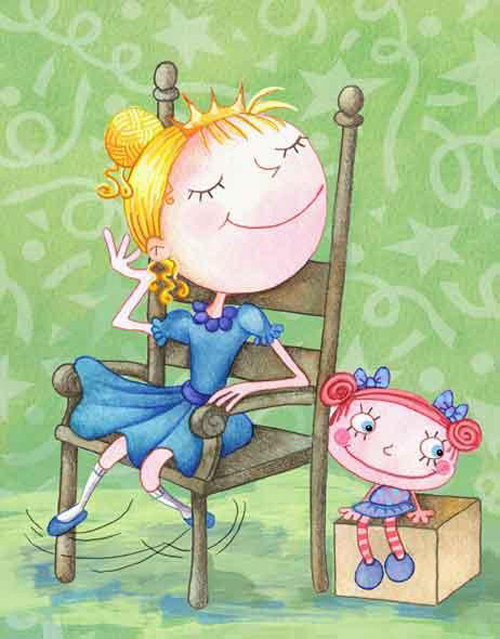
Do you have any material type tips you can share with us? Example: Paint or paper that you love – the best place to buy – a new product that you’ve tried – A how to tip, etc.
In animation I learned to sketch with blue pencil, Prismacolor Col-Erase is the brand, which has become almost an addiction to me as I can no longer sketch without them. The idea is to make all the necessary lines and scribbles in blue and then clean up the definitive lines with a black pencil.
There are some drawings that I like better in their primary state of sketch, and sometimes I decide “not to remark them with pencil or ink” and even let them without paint.
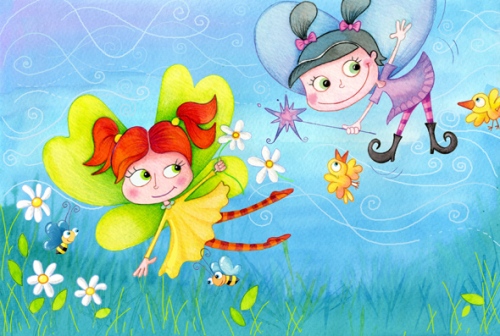
Any words of wisdom on how to become a successful writer or illustrator?
I really don’t know how to be a successful writer or illustrator, but I do know that a great part of our learning takes place as we observe, and perfection is reached through practice.
The more you feed your senses, the better you tell the story.
In reality, writers and illustrators are devoted to tell, to convey something. Nobody can do this successfully, unless they know it and feel it deeply from within. Last but not least, it is important to demand respect and value for our work so that our profession keeps growing strong.
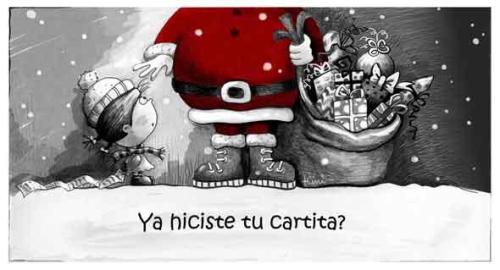
Thank you Ines for taking the time to share your process and journey with us. We look forward to hearing about your future successes.
To see more of Ines’ illustrations you can visit her at:
Website: http://ineshuni.blogspot.com/
Please take a minute to leave a comment for Ines, I know she would love to heard from you and I always appreciate it. Thanks!
Talk tomorrow,
Kathy
Filed under:
authors and illustrators,
demystify,
illustrating,
Illustrator's Saturday,
inspiration,
Interview,
Process Tagged:
Agentina,
Children's Illustrator,
Inés Hüni 


By: Kathy Temean,
on 8/15/2014
Blog:
Writing and Illustrating
(
Login to Add to MyJacketFlap)
JacketFlap tags:
Catch the Cookie,
Yale Graduate School of Art,
Interview,
Tips,
inspiration,
Advice,
Process,
David Small,
Caldecott Medal,
Illustrator's Saturday,
Sarah Stewart,
Add a tag
 I noticed that illustrator David Small’s new book, Catch That Cookie was hitting the bookshelves on August 14th, so I contacted him to see if he would like to be featured on Illustrator Saturday. He will be doing a book tour in September, so I’ll make sure I tell you all the ins and outs as soon as I know them. It will be a great opportunity to meet him and Hallie Durand, if they are coming to a bookstore near you.
I noticed that illustrator David Small’s new book, Catch That Cookie was hitting the bookshelves on August 14th, so I contacted him to see if he would like to be featured on Illustrator Saturday. He will be doing a book tour in September, so I’ll make sure I tell you all the ins and outs as soon as I know them. It will be a great opportunity to meet him and Hallie Durand, if they are coming to a bookstore near you.
Here is a little bit about David:
David Small was born and raised in Detroit. In school he became known as “the kid who could draw good,” but David never considered a career in art because it was so easy for him. At 21, after many years of writing plays, David took the advice of a friend who informed him that the doodles he made on the telephone pad were better than anything he had ever written. He switched his major to Art and never looked back. After getting his MFA at the Yale Graduate School of Art, David taught art for many years on the college level, ran a film series and made satirical sketches for campus newspapers.
Approaching tenure, he wrote and illustrated a picture book, “Eulalie and the Hopping Head”, which he took to New York, pounding the pavements and collecting rejections for a month in the dead of winter. “Eulalie” was published in 1981. Although tenure at the college did not follow, many more picture books did, as well as extensive work for national magazines and newspapers. His drawings appeared regularly in The New Yorker and The New York Times. A learn-as-you-go illustrator, David’s books have been translated into several languages, made into animated films and musicals, and have won many of the top awards accorded to illustration, including the 1997 Caldecott Honor and The Christopher Medal for “The Gardener” written by his wife, Sarah Stewart, and the 2001 Caldecott Medal for “So, You Want To Be President?” by Judith St. George.
“At the Caldecott ceremony in San Francisco,” said David, “facing that veritable sea of smiling faces — of librarians, of friends in publishing, of my family and other well-wishers— I was so overcome that I lost my voice and croaked my way through the speech. Having been turned from a frog into a prince by the American Library Association, before their eyes that night, I turned back into a frog.” To date he has illustrated over 40 picture books. At an average of 40 pages per book, that makes around 1,840 illustrations, though someone ought to check that math. Currently David is working on a graphic memoir about his problematic youth.
David Small and Sarah Stewart make their home in an 1833 manor house on a bend of the St. Joseph River in southwest Michigan. David’s studio is an 1890 farmhouse also overlooking the river, just a short walk from home.
Here’s David discussing his process for the cover of his new book, CATCH THAT COOKIE written by Hallie Durand:
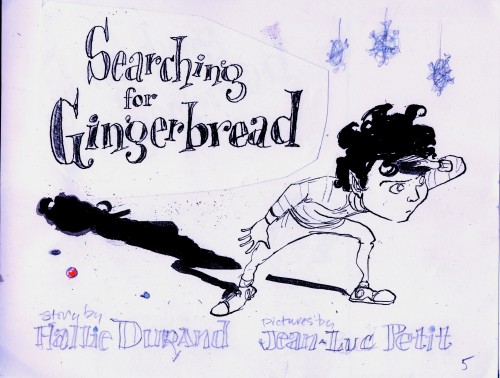
Every picture-book has its unique set of problems in the making of it. This one had relatively few worries on the interior art but, what we didn’t know was: we had a long hard struggle coming up, trying to find a good title and a good jacket design as well. This was a first jacket sketch, from back in the summer of 2013, when the working title was “Searching for Gingerbread”, which nobody liked.

By December, Holly had come up with a great title. I still clung to that original pose for the Kid but, as you can see from my inked notations, we were already discussing a different attitude, one without the theatrical “Scout-Searching-the-Plains” hand over the eyes.

Here the Kid’s pose is more dynamic, but still something was wrong. Nobody thought the Kid should be able to see the Cookie. They were right: it made it look like an uneven match.
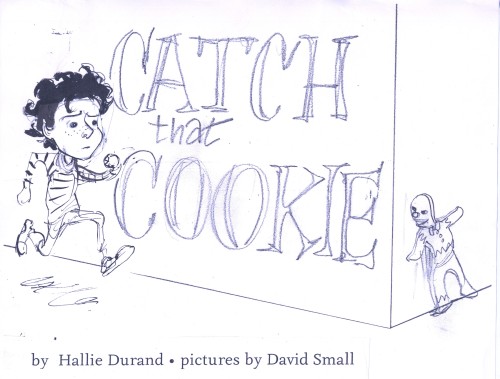
Here their positions are reversed. The hiding cookie seemed okay, but the Kid has no verve. The thrill was going out of this jacket project. By now, six months had passed. It was February 2014, I was working from my studio in Mexico, and our deadline for a jacket was coming up very soon. We decided to get the creative juices kick-started by taking a radically-different approach. (We had no idea what that approach would be, only that it had to be radical. [Slide #4a:] Lily (the Art Director) and I decided to comb over some old movie posters for dynamic image ideas. Here is Mark Wahlberg as “Max Payne.”
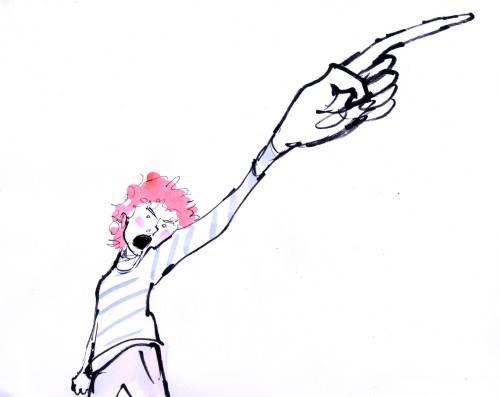
…. and here is the Kid saying: “Stop right there, you darn cookie! Put your doughy little arms up or suffer maximum pain!”
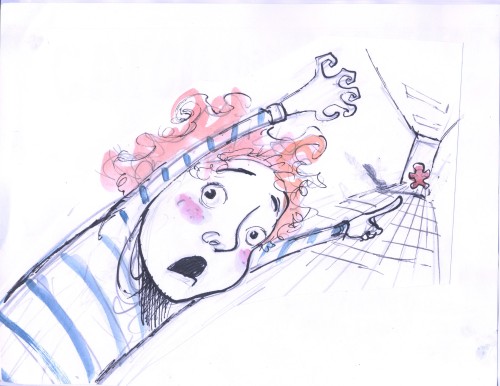
Another wrong direction. The illustrator’s panic shows in the whole pose. I and Lily, Holly and two editors– were working every day, all day and often into the night on this. We had passed the deadline long ago and were nearing the drop-deadline. We had to find another way!

Some smart-thinking person (not me,) had come up with this “WANTED” poster for the back jacket. Another person (also not me,) decided it might work as the front jacket.

For several days we went with that, but nobody was getting buzzed. This one had too much text to read …
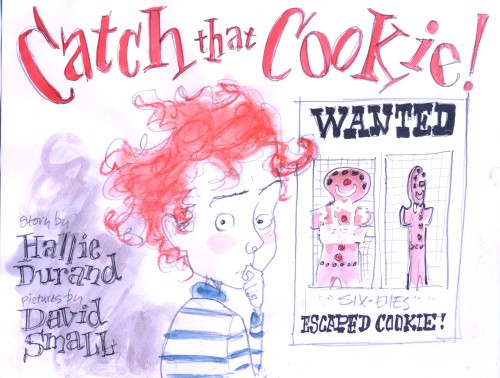
…this had less text but still no “Grab-Me-Off-The-Shelf” appeal.
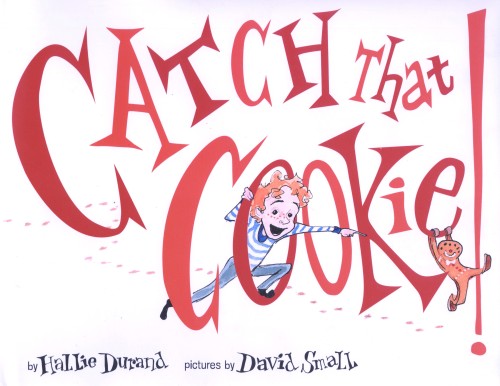
How this– the final jacket design–evolved, was a similar ordeal full of false starts, wrong turns, bad decisions, do-overs and raw nerves but we finally got it. And that, in the end, is all that matters. I’ve shown you 10 examples here, but in my archives I have at least 50 different comps for this jacket, which doesn’t count all the others that went into the trash. It now seems amazing, unusual — even weird– that it took so long to get this right., but so it goes.
BELOW: DAVID ANSWERS TO THE INTERVIEW QUESTIONS I ASKED:
When did you first know you were destined to become an artist?
When I realized I was not fit for life in the real world and that any normal employment was out of the question.
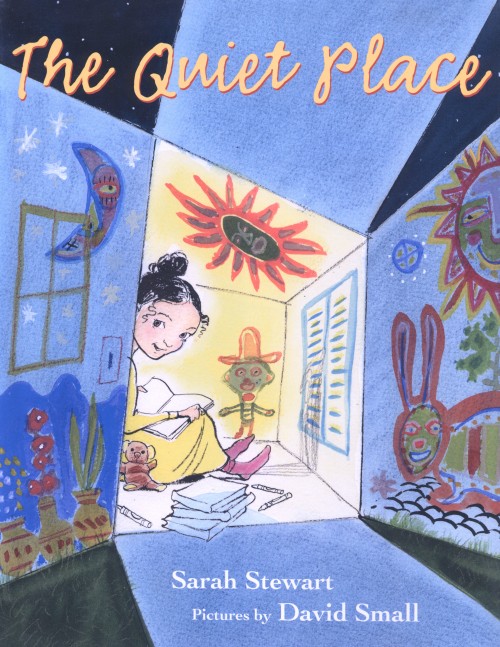
Did you always live in Michigan?
No. I’ve lived in Chicago, in Boston, in New Haven and in a small burg in Upstate New York. Also, you should know that there are two Michigans: one is called Detroit, and I’ve done time in both.
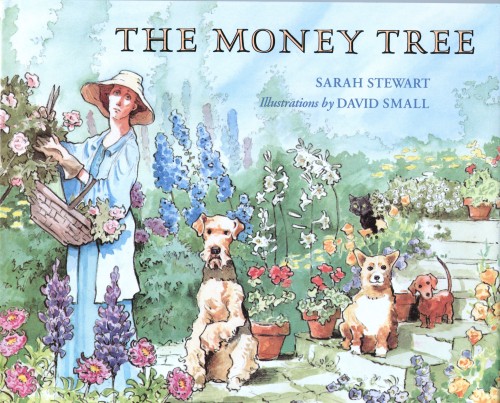
What was the first thing you illustrated and got paid for doing?
An article in the NYTimes Book Review. I was in NYC for 2 months, trying to market my first children’s book. (This was in the early 1980’s, before the Internet, when you had to be in NYC to get work there.) I went up to the Times to the office of Steve Heller, showed him my portfolio, and then and there he gave me an assignment for the Book Review. Since he wanted it the next day, I stayed up all night, working on
the floor of an empty apartment on W. 10th Street. (Some friends had loaned us their apartment while they moved into another one, and the place had no furniture except a bed and a lamp.)
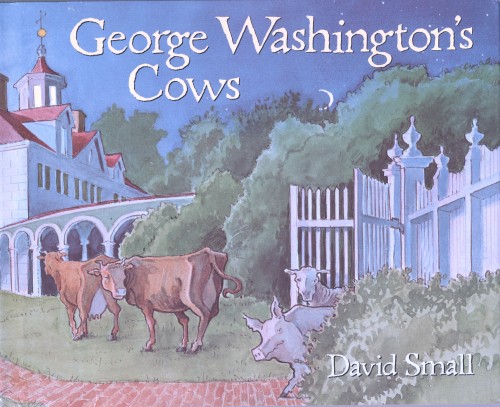
Do you feel getting your MFA at the Yale Graduate School of Art helped develop your style?
No. I had a far better art education getting my BFA at Wayne State University in Detroit, during the ‘60’s.
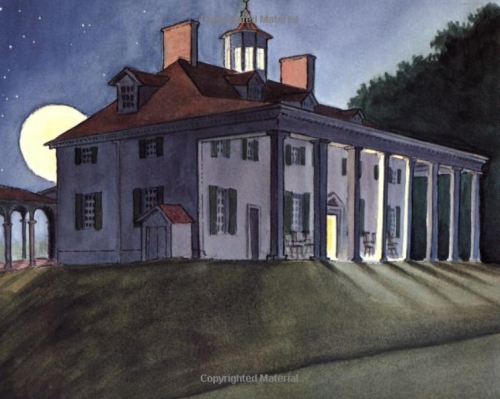
What made you decide to go to Yale vs. other schools for art?
I didn’t make the decision. My mentor– a Boston artist named Michael Mazur–decided I needed to go to grad school. Mike had gone to Yale, was good friends with the printmaker Gabor Peterdi, who at that time taught in the Printmaking Department at Yale, and he used his influence to get me in.
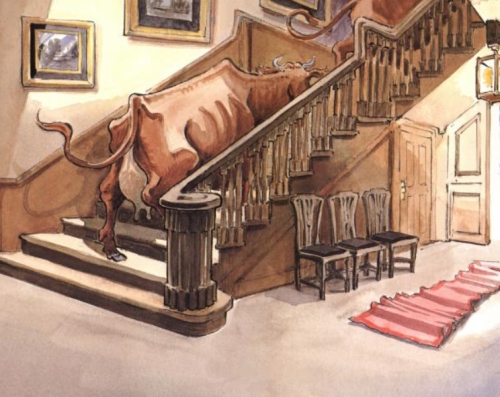
Did you have a favorite class at Yale?
Life Drawing was always my favorite class, wherever I was. At Wayne I had had great instructors in drawing the figure and Anatomy, so by the time I got to Yale all I really needed was to be left alone to continue practicing.
You may sense a certain “distant” tone when I speak about Yale? At the time I was
there, in the early 70’s, the Yale Grad School of Art was a ruptured institution, with one part of the faculty –the Traditionalists–at war with another, the Abstractionists. This tension got passed along to the students, who basically stayed hidden away in their studios, coming out only for the faculty group critiques of their work. These forums were staged in public, in an open pit, with people watching from the balconies tiered around that space. They were like gladitorial games and they always devolved into ideological screaming-matches between the professors, while students were frequently driven away in tears. I got spared these ordeals because we Printmaking majors weren’t considered actual artists.
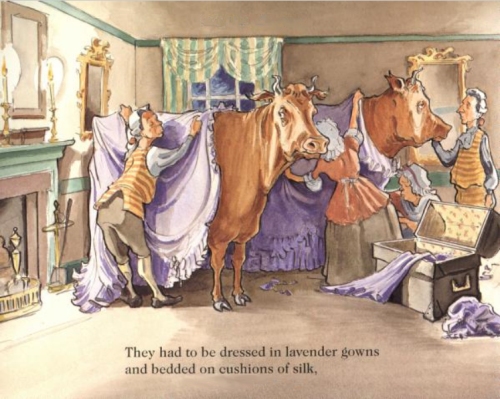
You mention in your bio that you began with writing plays. Do you think you will ever write another play?
Making graphic novels is much like play writing, and it’s even more like film-making.
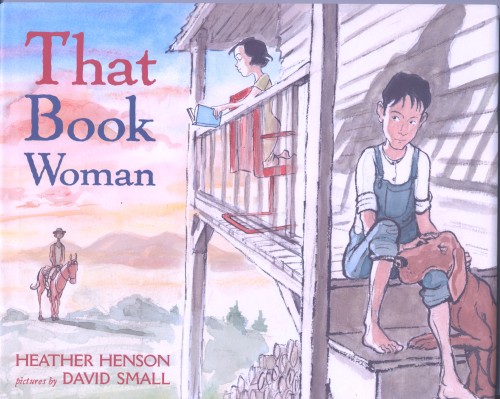
Do you feel getting your MFA at Yale opened doors for you?
Absolutely. In the world of academe, that Yale degree has genuine snob appeal. Out in the world of actual illustration, Art Directors at magazines and publishing houses could care less where you went to school. They don’t read your resume, they just look at your portfolio.
My opinion of art schools in general is they offer you two important things: 1) a place to work where you can avoid having to be out in the world while you develop your art, and, if you’re lucky, 2) possibly one or two good instructors who might encourage you. I still think the portfolio is more important than the degree.
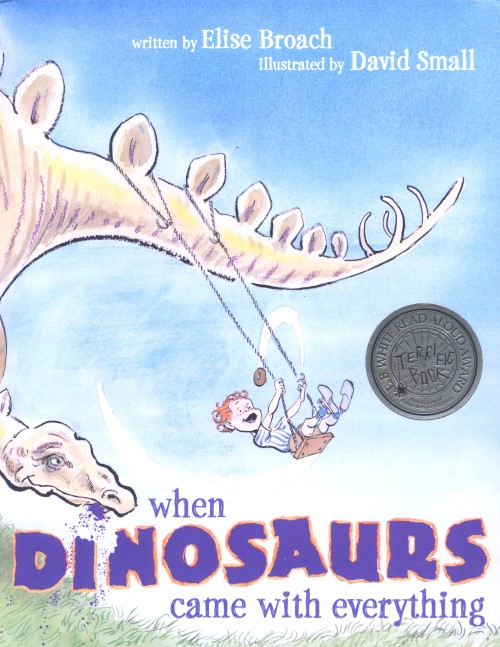
What was the catalyst for your first picture book, “Eulalie and the Hopping Head”?
My family. I grew up feeling my parents wanted to trade me in for a different model.
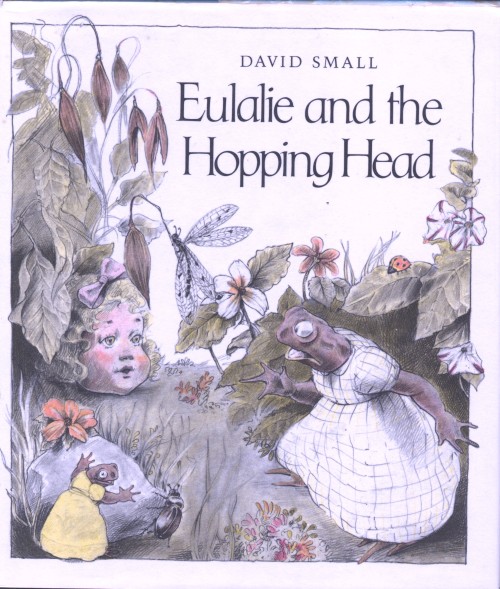
Where did you teach art? How did the job to teach art come along?
I first taught at the S.U.N.Y. college at Fredonia. I presume it was the Yale degree that put me in the running for that position, but also, my work was substantial and I interviewed well. That job lasted 7 years. I left that institution -and tenure — when I was hired at Kalamazoo College ,which had all the qualities I was looking for in a place to teach; it was small, it offered a real quality education, it had that
Georgian architecture ( the look of a little Parnassus-On-A-Hill) and –a big plus–there were very few Art majors. That meant that my students came from other disciplines like the sciences and language, and so, had other interests than flinging paint around.
After 4 years there, the Reagan Recession hit and colleges everywhere began cutting positions to save money. My position was eliminated and my wife and I –both around 40 years old at that time– found ourselves out on the street, with no jobs, no savings and no place to live. At the time it seemed like a disaster, but it turned out to be the best thing that ever happened to me. It pushed me out into the world of work. If I had stayed in academe I think I might have withered away and dried up completely.

How did you land your gigs with The New Yorker and The New York Times?
I showed them my portfolio and, to my surprise, they hired me. Then they hired me again. But there was absolutely no certainty that they would ever hire you after that. This uncertainly–to me– was exhilarating, and stillis. It’s so different from academia, where you could relax and be assured that your next paycheck would be coming in.

Do you still do illustrations for magazines?
No. Maybe things have changed now, but for the years when I worked for magazines, the work was always very interruptive, the pay was low, and it all had to be done very fast. The pace got even crazier with the advent of fax machines, overnight delivery and the Internet.
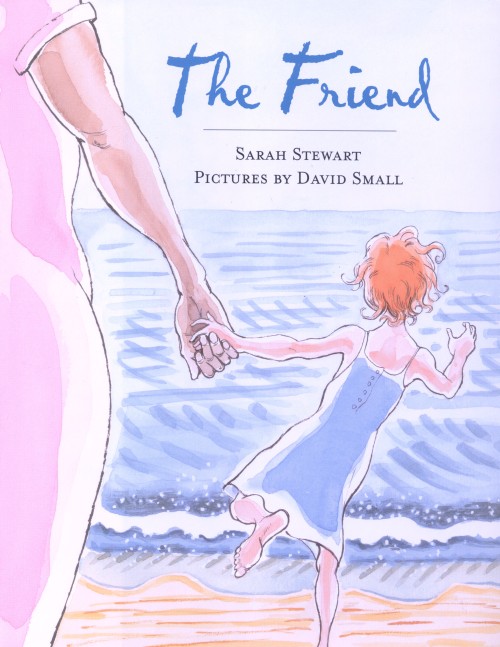
Which books of yours were recreated into animated films and musicals?
IMOGENE’S ANTLERS was made into a great little mini-musical. Weston Woods has made films of SYWTB President?, MY SENATOR AND ME, and– coming soon– ONE COOL FRIEND.

Did your illustrating and your wife’s writing bring the two of you together?
No. A mutual friend introduced us at a party and it was love at first sight. I loved her face, her intellect, and the tiny vase of live violas she wore around her neck that night. We were friends for eight years before we married.
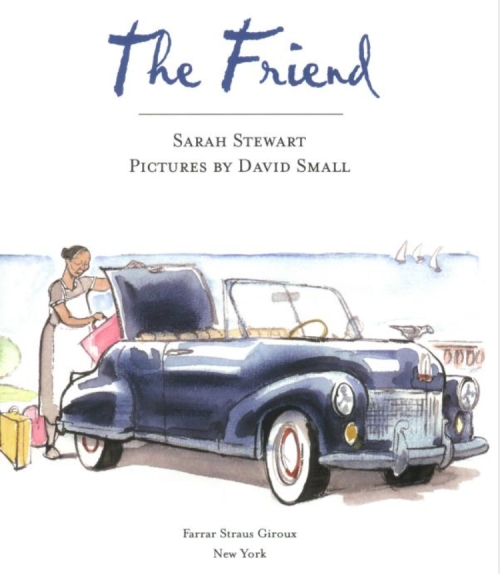
Was it fun working on “The Gardener” that your wife Sarah Stewart wrote?
The word “fun” did not enter my work vocabulary on that project The story ,as you know, is set in the Great Depression, and concerns a child whose family can’t afford to keep her. She is torn away from everything she knows and loves and is sent off to work for her uncle in the city. When I illustrate a story I have to make my own. That is, I have to find myself in it. With The Gardener, at first and for a long time, I agonized over the pain and loneliness that child must have felt. I couldn’t find any light in it. Also, I was familiar with the black and white photos from that era, of the
starving families in the Dust Bowl, of the urban bread lines … It wasn’t pretty. I decided it was beyond my powers to illustrate that story, and I was ready to turn back the contract. Then came a breakthrough.
I had a talk with Lydia Grace Finch–the gardener friend of Sarah’s on whose childhood Sarah had based her story. I asked Lydia what it was like growing up during the Depression.She said: “I was just a kid like any other kid. I didn’t know what ‘the Depression’ was; that was just life. We all had to work, of course.
We worked hard, but we also knew how to enjoy ourselves. I had a lot of fun during the Depression!”
That conversation was an eye-opener for me. I put it together with my own childhood memories of growing up young and innocent in Detroit, and suddenly things began to develop rapidly on paper. I guess, maybe, at that point it started to be fun.
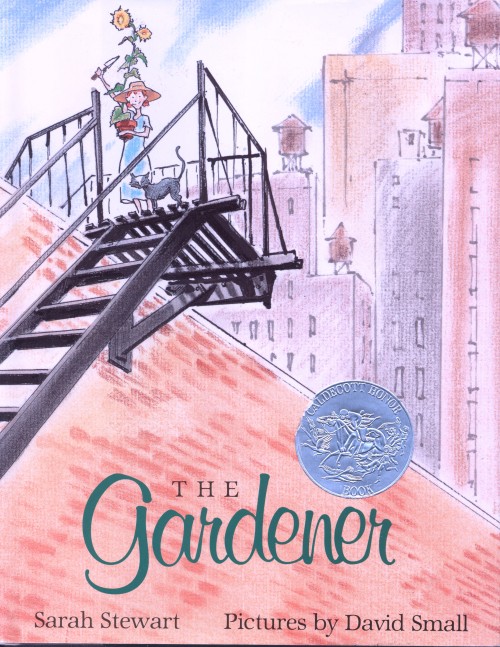
How excited were the two of you to win The Christopher Medal and receive a Caldecott Honor for that book in 1997?
Very excited and surprised as well. It was stunning for both of us, to have such a private, personal experience given such huge recognition by the larger world.
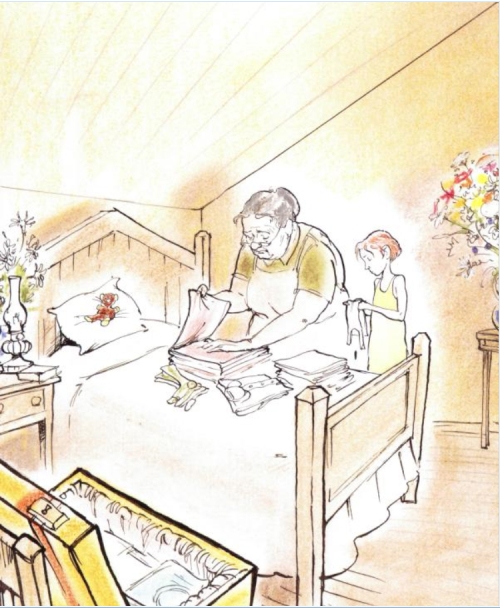
Did you see a jump in demand for your illustrating after those wins?
I suppose I did. I know I started getting offered a lot of manuscripts that resembled Sarah’s but that weren’t Sarah’s, so I really had no interest in doing them.
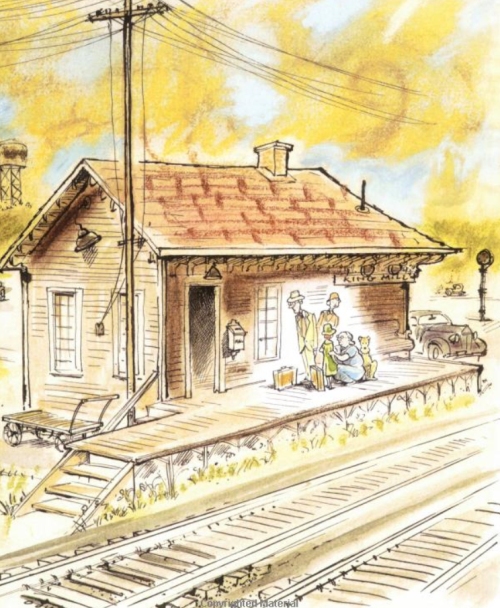
Did you have any idea that “So, You Want To Be President?” by Judith St. George would win the Caldecott?
I personally didn’t think that book would sell five copies. But, speaking of “fun?” … that book was fun to make! Maybe that’s why I had little hopes for it, because it seemed more like bad-boy misconduct than work.
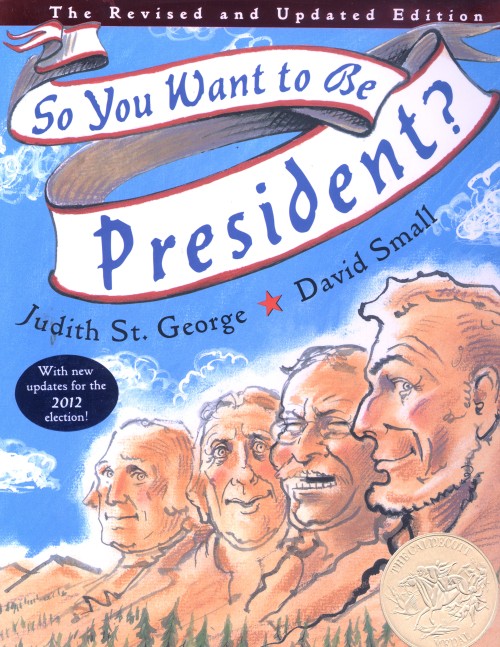
Once we realized that a Presidential election (Bush v. Gore) was coming up that very Fall, we stepped up the production schedule and I had to work very quickly; I didn’t have time to fuss and fret over every drawing. So, maybe my pessimissim about its prospects was related to my anxiety that maybe I hadn’t done a “perfect job”. (Aways a worry.)

Was Imogene’s Antlers the second picture book that you wrote? How did you find a home with a publisher for that book?
It was the fifth book I had illustrated, the second book I wrote. The editor of my first book– Alan Benjamin– had just become the Senior Buying Editor at Crown. Nobody among the higher-ups at Crown wanted to buy that book, but Alan made them publish it. He had a sense about it. He and I shared that bad-boy quality in our taste for books, but Alan was also very suave, very urbane, and could be very persuasive.
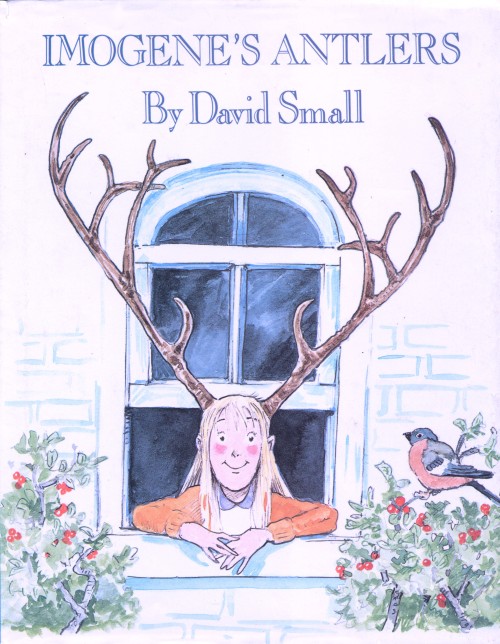
When did you meet your agent Holly McGhee?
It must have been 1997, the year she began Pippin Properties. I had given up on my search for a literary agent because all of the ones I met, for one reason or another, I had found disturbing. (One of them — a very famous kids book agent– was an outright crook. I had been warned away fromhim by several of my peers, but I interviewed him just to see if they were right. They were right. He met all red flag points on the official “How To Recognize a Sociopath” list. After that creepy encounter I had decided to go back to being agentless.
Then, Holly McGhee wrote to me. Her letter not only showed a genuine interest in– and enthusiasm for — my work, but she already had an impressive list of clients including William Steig and Jon Agee. When I met her face-to-face and found myself talking not to a self-inflated suit but to a genuine, straight-talking human being, I was convinced. I knew that she could help bring some business clarity to my life.
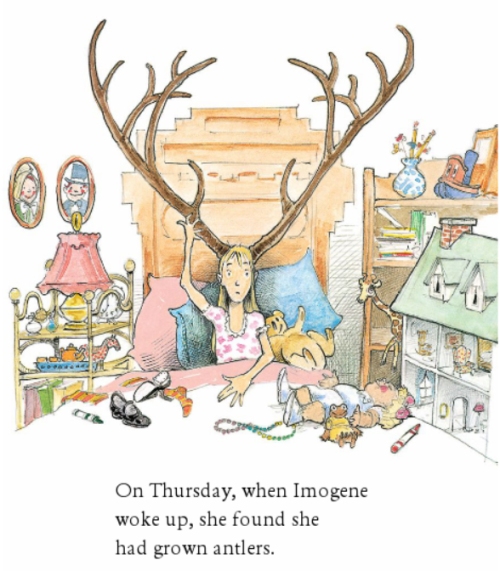
Were you Holly’s first client?
I was not the very first, but I was among them.
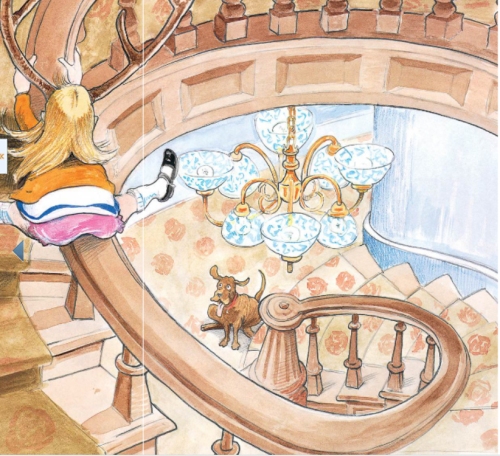
Was it hard to write “Stitches,” since it is so heartfelt?
It took me about 7 years to make that book, and yes, it was very very hard to make. But, that being said, I was driven to do it. All the false starts, all the re-do’s, the frustrations and self-doubts, the piles of material that ended up in the trash and the fifteen full-length versions (all of them different) were just things that seemed very necessary to working out a coherent story.
Holly, by the way, was very involved with Stitches from the beginning. She edited the first 12 versions of it. When we finally had it in a form she thought she could present with confidence, she spent a whole year of research to find a list of 6 editors at 6 different houses where she thought my book would fit. After that, she and the other Pips spent months putting together a presentation package. About that, Holly said, “I want this thing to be so extraordinary-looking that an editor will immediately
pop it into their briefcase and read it on the train ride home.” The day after she sent it out she immediately got 5 offers.
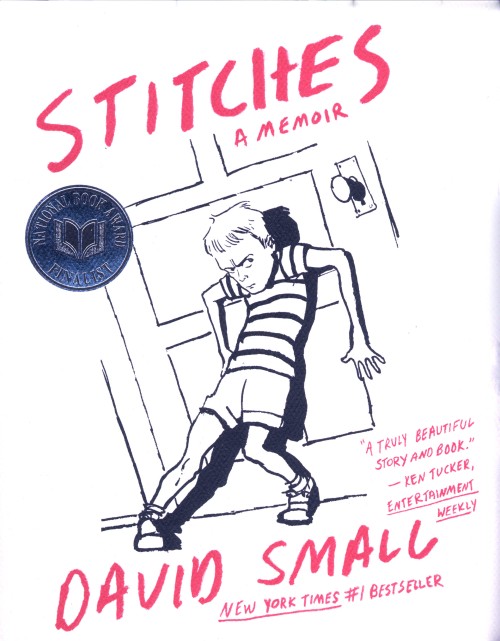
Was that your first graphic novel?
Yes.
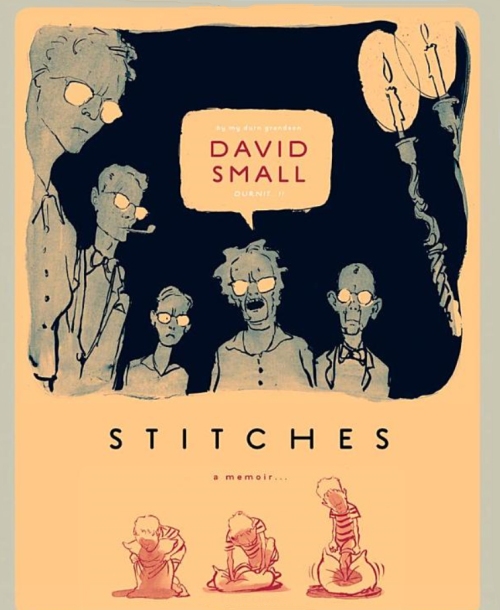
Which one of your books is your favorite?
Stitches is the book of my life, okay?–but it is in a much, much different category from the picture books. Of those, The Money Tree (by Sarah ) and my own Paper John were probably the most meaningful, because they both were pulled up from some place very deep in us both. As for the 50+ other picture books, I have to give the by-now cliched but still very-honest answer: I don’t play favorites with my children. That said, there are a few of those children who–although I wish them well– I’d prefer not to see again. You try the best you can every time, but sometimes the stars are misaligned …. something has gone wrong.
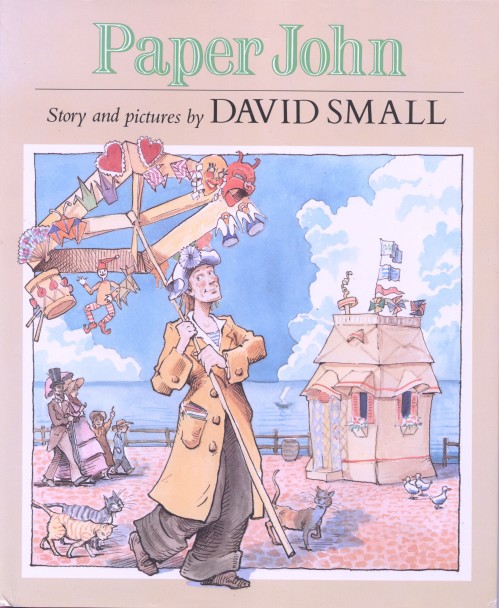
What is your favorite material to us when you do a colored illustration?
I first draw in waterproof ink, then do the color in water color and pastels.
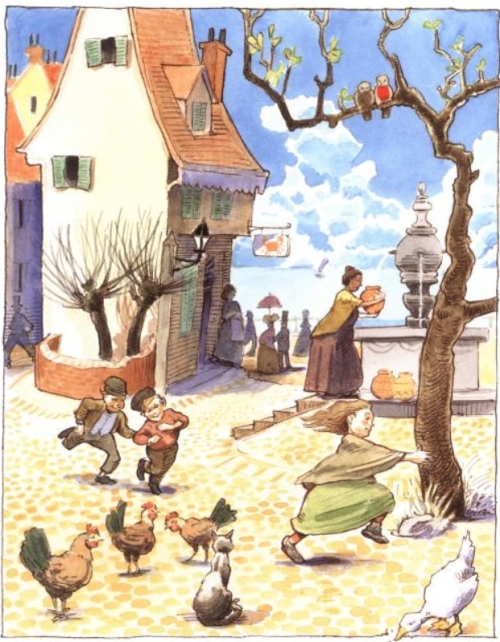
Have your materials changed since your first published book?
Yes. By the time I did So, You Want To Be President? I was getting tired of Realism and was ready for a change in both my style and materials. That was when I loosened up my drawing style, began drawing more with a brush, and working in some patches of pastel chalk, for more emphatic color.
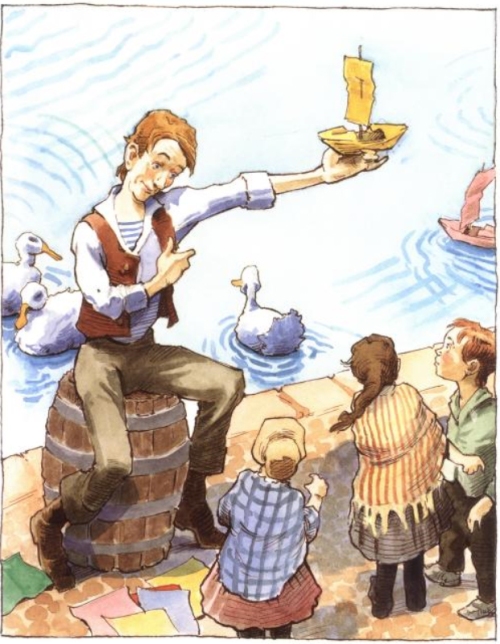
Have you tried your hand at Photoshop or drawing with a graphic tablet?
I have. Like everyone else in this ramped-up age of publishing, I was seduced by the “apparent” speed with which changes can be made with the computer, and by some of the impressive effects achieved by a few of the artists who use it. But, when I started taking Photoshop lessons I realized that I disliked more things about the medium than I liked. Most of all I missed the disconnect between the hand and the image. I missed having inky fingers and masses of art supplies surrounding me. I found out that being able to make speedy changes was not necessarily a good a thing for me: it felt strange that a drawing could be instantly evaporated into the ether, without having time to mellow and to reveal its good aspects. I should add that, when I go to an exhibit of original art I prefer to see original hand-made art, not a digital print-out. From the former I feel I’m always learning something useful about what the human hand is capable of doing, while from the latter I generally learn nothing. I also see a lot of computer artists trying clumsily to imitate the effects of
hand-drawn work. I’m not saying I’m against digitally-generated images, I’m only saying it’s not for me.
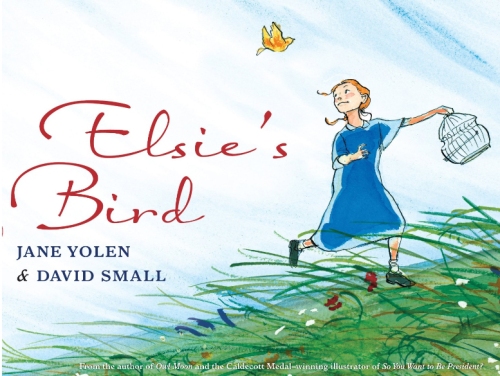
Do you spend any time promoting your work or does Holly take care of all that for you?
I spend Zero time in self-promotion. I’m not on Facebook or Twitter. Holly is my advocate, my procurer (heh) , my confessor, my confidante, occasionally (as with Stitches,) my first editor and one of my best friends. As Artistic Director of her own company now, she chooses the best artists and authors she can find, gets them the best contracts she can, and lets their work stand for itself.
Promotion is up to the publishers and their Marketing Departrments. What makes them get behind a book –or not– is always a mystery, but I have to trust them. In any case, I’d much rather have them out there, doing all that, than doing it myself. I have other fish to fry.
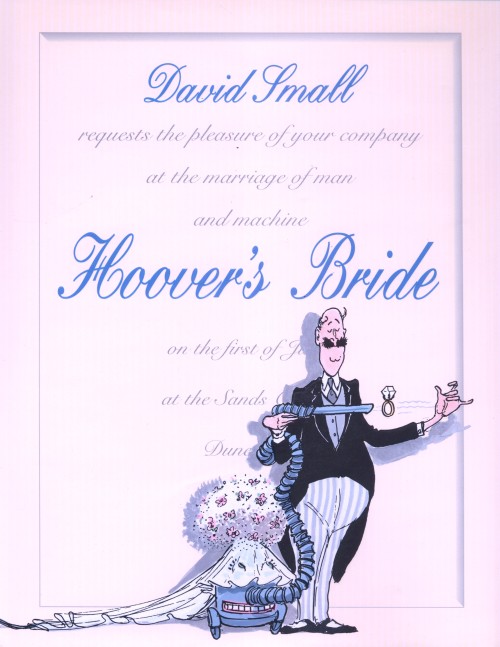
What do you feel was your greatest success?
You can have many different kinds of success. There are books that might have been commercially successful that were not, in your own opinion, so successful as works of art or literature. There are books you are very proud of from an aesthetic standpoint, which sink without a trace. There are books that have a big critical success but which, for some reason, the public doesn’t go for. I’ve had all of these.
The 2001 Caldecott Medal ceremony was the most astonishing public display of success I’ve ever experienced. I think almost everyone present, that night in San Francisco, felt that something really significant had been done by the ALA. The crowd was immense and the air was electric. There was something very daring and spirited about the committee’s choice that year. I am sure it had something to
do with the political miasma swirling in D.C. at the time, and with the sense that Judy St. George, our editor Patricia Gauch and I had delivered some straight-talk to American children about the real human beings–full of real talents and real faults — who have held the highest office in the land. So, it was an enormous thrill being at the center of all that , but what I felt mainly was a fearsome lack of words with
which to express adequate thanks to the givers.
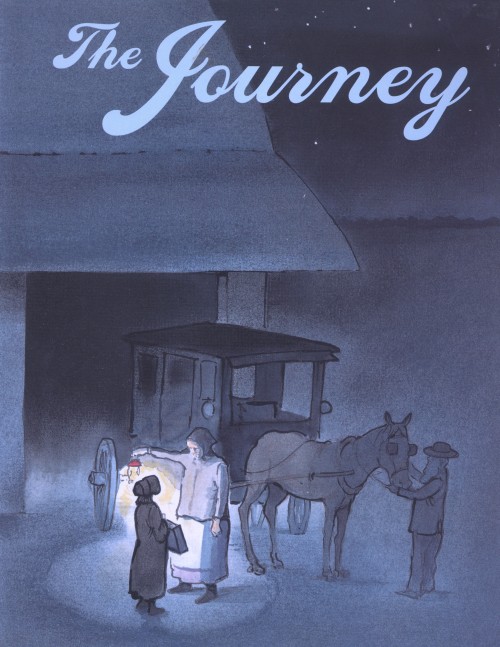
Since you have a separate studio, would you tell us a little bit about it?
We have two houses on our property. One is the house we live in, the other–a 3-minute walk along the riverbank– is my studio, which occasionally doubles as a guest house. When I used to work at home Sarah and I found the intertwining of our lives too distracting. Sarah needs absolute silence, while I need music on, sometimes very loud, when I work. Sarah likes to leave the phone off the hook, but I don’t
mind interruptions. I enjoy emails, while Sarah has never touched a computer and won’t have one in the house. Those are significant differences, but we both share a need for privacy, so having separate work spaces –when we finally got them–was a big relief. That being said, I have to tell you that Sarah never once complained while I was at work at home, but, when the opportunity came along for me to have a studio, she was on it like spots on dice.
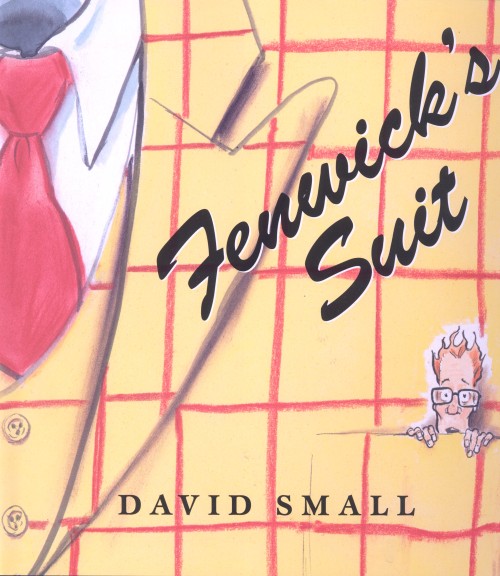
Do you try to spend a specific amount of time working on your craft?
No. I don’t have a stopwatch for the amount of time I put into my work , just as I don’t go over my Profit & Loss sheets. I pay no attention to time and I pay even less to money. If I paid attention to those things, my worries would be all about time and money. As it is, my worries are all about art.
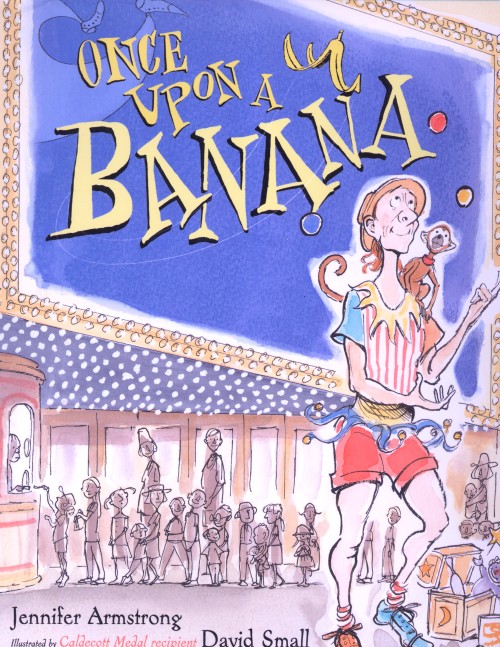
Do you take pictures or do any types of research, before you start a project?
For things like architectural styles and period costumes one must have research tools, books and the Internet. Computers are amazing tools for this, but I cherish equally my collection of books, which is big. A book is a often a better research tool, especially when you don’t know specifically what you’re looking for, you often find it by leafing through the pages.
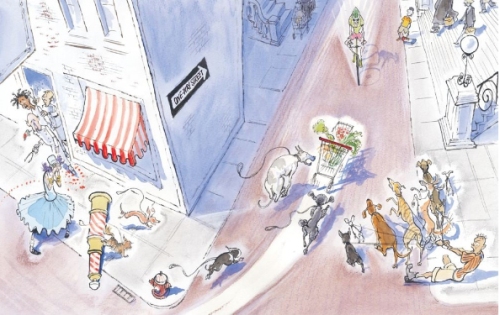
Do you think the Internet has opened doors for you?
Oh yes! I live on a prairie outside a small farming village, Population 800. There is a distinct lack of culture out here. We have a very small library, but nothing else, no museums, no theatres. Even though Chicago and Detroit are only 3 hours distant, we visit them only occasionally and for very brief stays. With e-mail I communicate daily with business friends, editors and art directors in NYC and with close friends in
Boston, San Francisco, Mexico, Paris and Brazil. It’s fantastic.

Do you have any career dreams that you want to fulfill?
I hope to keep working and to fall over into my ink bottle when I croak. If there is an afterlife I hope they have a good art supply store there.
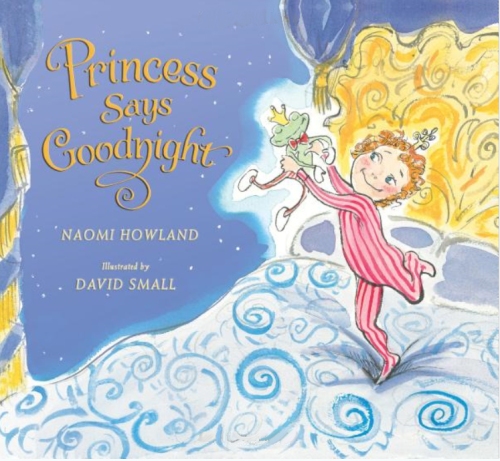
What are you working on now?
I have a book coming out with Dial this September, CATCH THAT COOKIE! written by Hallie Durand. Next year will see GLAMOURPUSS by Sarah Weeks (Scholastic, Spring 2015.) At the moment I’m working on finals for BLOOM by Doreen Cronin (Atheneaum, Spring 2016.) I also have a graphic novel in the works. That will be published by Liveright.
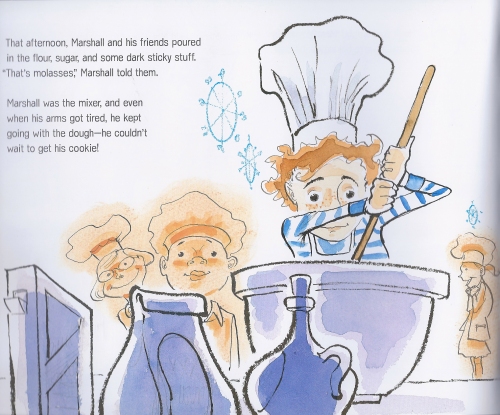
Do you have any material type tips you can share with us? Example: Paint or paper that you love – the best place to buy – a new product that you’ve tried – A how to tip, etc.
A few years ago I fell in love with a refillable brush pen made in Japan and distributed by Pentel. I buy mine from Wetpaint in St. Paul MN. (On their website store, click on Brush Pens and it will be the first item listed.) I drew most of Stitches with that pen, and I always travel with them to use in my sketchbooks.
As for”How To” tips, I have two good ones:
A. Always carry a sketchbook with you and use it. If you’re self-conscious about people watching you, wear tinted glasses and develop a “don’t mess with me” look. (You are, after all, at work, and you have to focus at all costs.)
B. If you’re learning watercolor, try to put down no more than three layers of color, the first having so little paint in it that you can hardly detect any color. This advice comes from good old John Ruskin’s “Elements of Drawing” (1857.) When I can calm my own impatient impulses and follow it, a painting usually works out beautifully. When I forget Ruskin’s tip, my painting gets muddy and has to be done again.
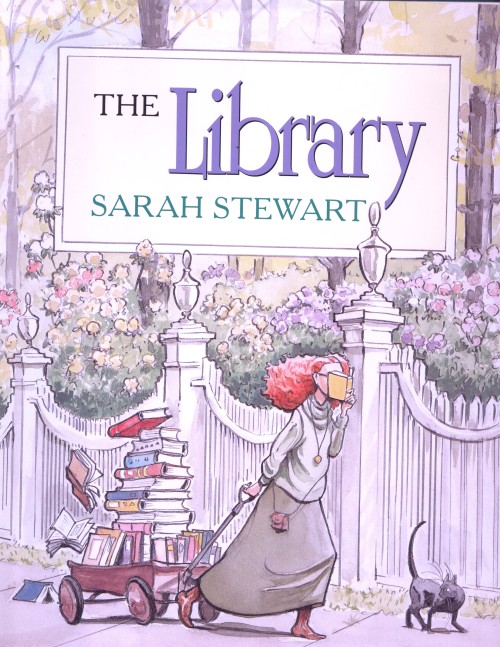
Any words of wisdom you have on how to become a successful illustrator would be appreciated?
Sure. Don’t think about being a successful illustrator. Just try being a great one. Copy the old Masters.
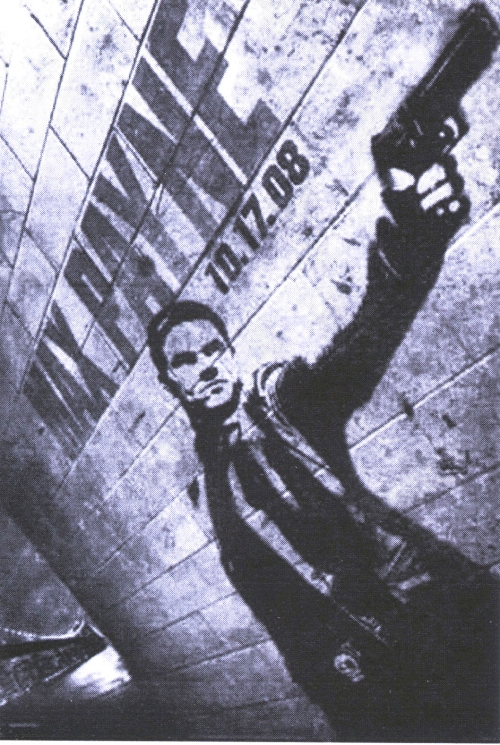
Thank you David for sharing your journey, expertise, and process with us. Good luck with CATCH THE COOKIE. I hope it is a big success.
Here is the Amazon link for anyone who wants to check it out: CATCH THAT COOKIE by Hallie Durand. Can anyone tell me who is Hallie Durand?
You can visit David at his website: http://www.davidsmallbooks.com
Please take a minute to leave David a comment. I am sure he would love to hear from you and as always, I would, too.
Talk tomorrow,
Kathy
Filed under:
Advice,
Illustrator's Saturday,
inspiration,
Interview,
Process,
Tips Tagged:
Caldecott Medal,
Catch the Cookie,
David Small,
Sarah Stewart,
Yale Graduate School of Art 


By: Kathy Temean,
on 8/8/2014
Blog:
Writing and Illustrating
(
Login to Add to MyJacketFlap)
JacketFlap tags:
Interview,
inspiration,
Process,
illustrating,
authors and illustrators,
How to,
demystify,
Illustrator's Saturday,
MFA Children's Book Illustration,
Rebecca Cardid,
Add a tag
I would like to introduce you to illustrator Rebecca Caridad. I think you will enjoy reading the interview I had with her and getting to know her through her playful artwork. Here is Rebecca:
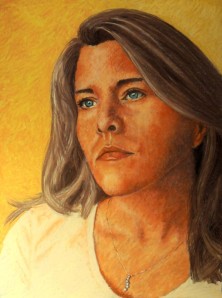 For me, illustration is the key to my secret garden, my golden ticket, my looking glass, my glass slipper. I draw and paint as a way to free my mind and escape into the many worlds of the written word. Whether it be for the pages of children’s books, greeting cards, gifts, or decor; I incorporate children, adults, animals, fantasy creatures, and landscapes in a unique and imaginative way in order to tell the story. I work digitally to bring my characters and environments to life and transport the viewer to a place of dreams.
For me, illustration is the key to my secret garden, my golden ticket, my looking glass, my glass slipper. I draw and paint as a way to free my mind and escape into the many worlds of the written word. Whether it be for the pages of children’s books, greeting cards, gifts, or decor; I incorporate children, adults, animals, fantasy creatures, and landscapes in a unique and imaginative way in order to tell the story. I work digitally to bring my characters and environments to life and transport the viewer to a place of dreams.
Sep 2003 – Present, Whippany Park High School, Art Teacher
Sep 1997 – May 2001, University of Delaware, Bachelor of Fine Arts; concentration: Photography
Jan 2002 – May 2003, William Paterson University, Initial Certification Program; K-12 Teacher of Art
Jun 2010 – May 2014, Academy of Art University (AAU), Master of Fine Arts; Traditional Illustration Program: Children’s Book Illustration
2014 MFA Illustration Spring Show
Here is Rebecca discussing her process:
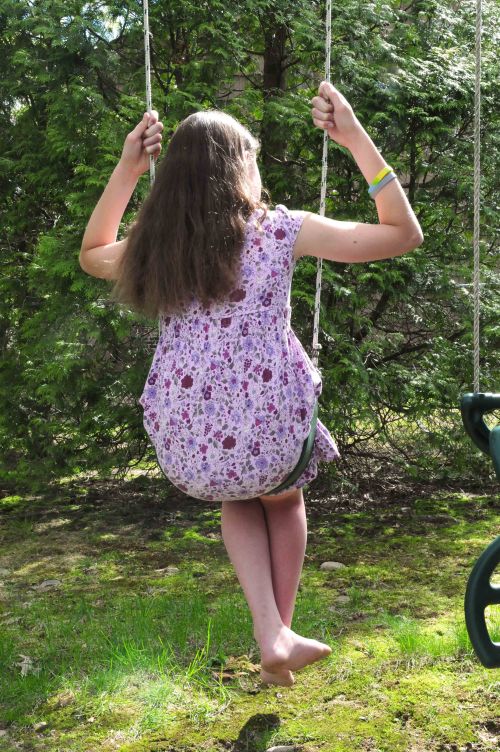
I shot a reference photo for the girl (this is a picture of my cousin’s daughter) and used this to draw out the pose. I found other references for the animals using Pinterest.

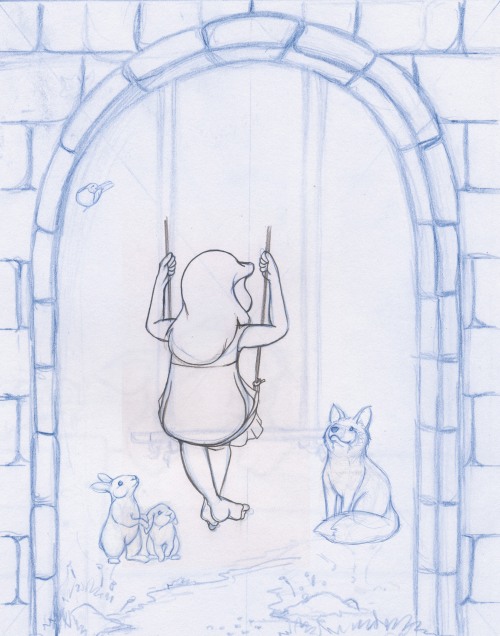
Then I began sketching. I had an idea of the composition, but I drew out my characters separately first so that I could scan them and make the arrangement and adjustments in PhotoShop.

I change my sketch layers to blending mode: multiply so that I can see through them and I start to build my layers of color. I start with my background color and a few background elements.
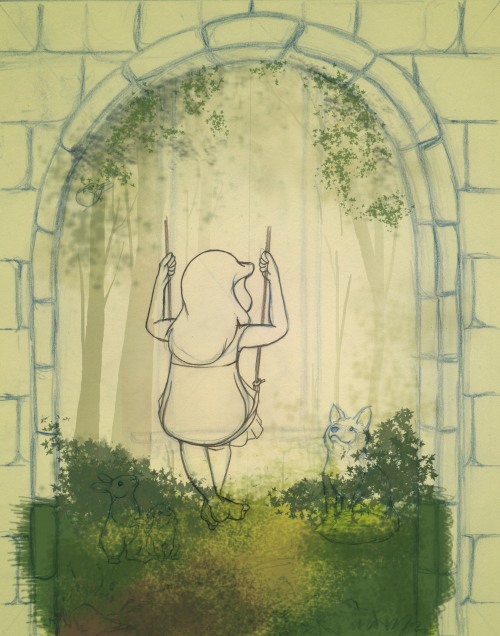
I then start to build up some of the surroundings – adding layers of textures.
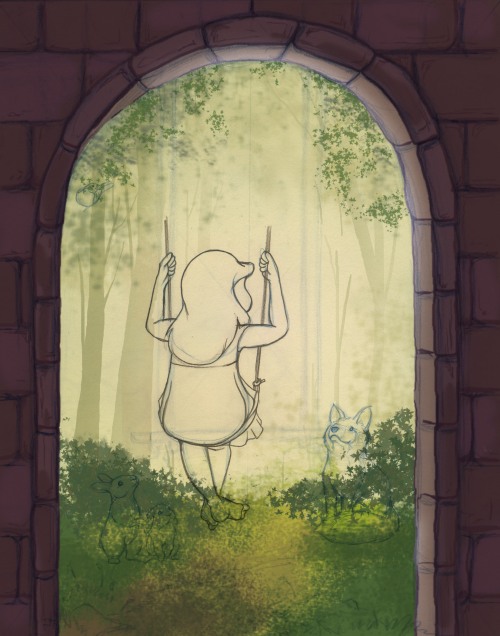
In this particular image, I added the archway next, this provided the frame for the composition.
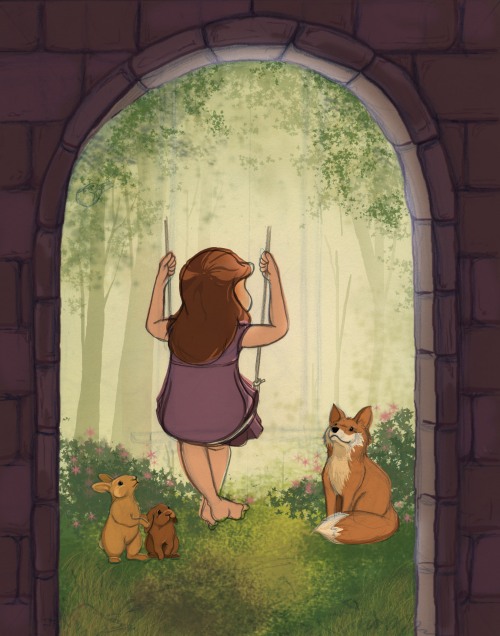
I painted in my characters with their basic colors and shapes.
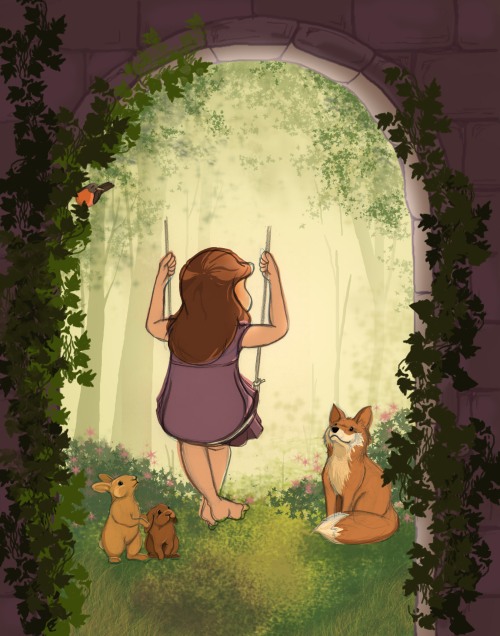
I then turned off the visibility of the arch sketch and added in the detail and the layers of ivy.
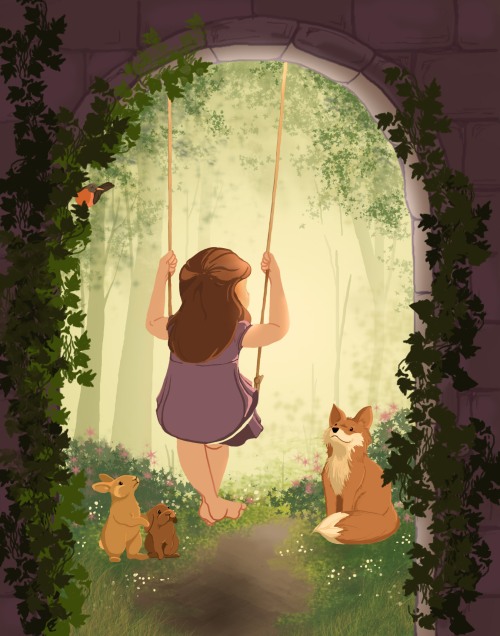
I turn off the visibility of the sketch layers and put in highlights, shadows, and details of the characters.
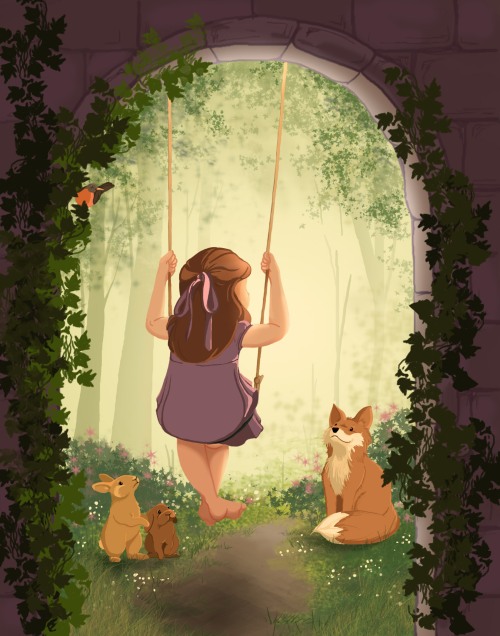
Work to finish the highlights, shadows, and details.

View of screen and layers in Photoshop.
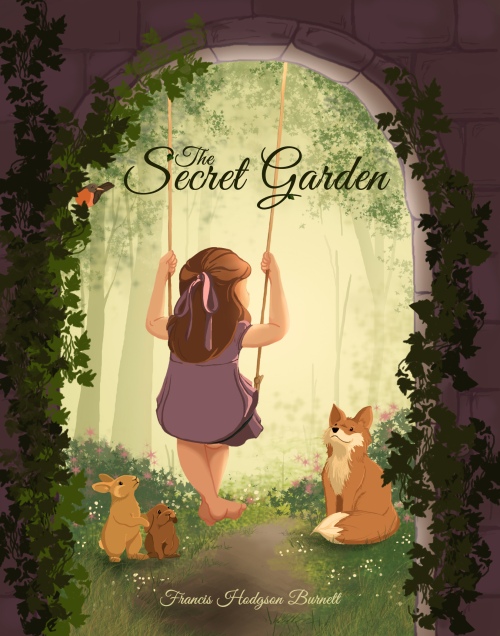
Final illustration.
How long have you been illustrating?
I haven’t been illustrating long. I just finished my MFA program in May and I have just started to promote myself as an illustrator.
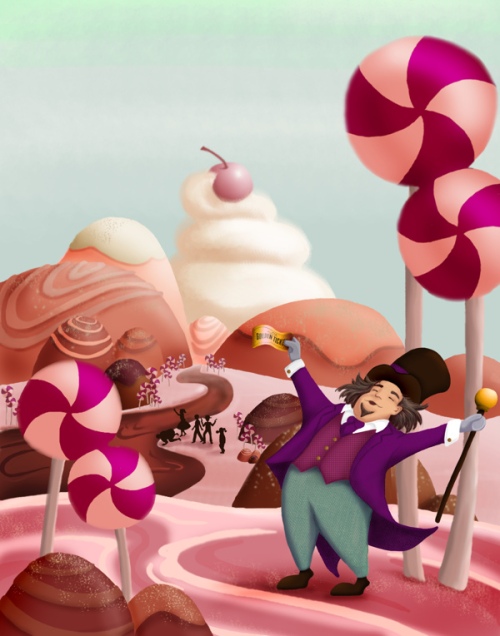
I see that you got your BA at the University of Delaware; concentration: Photography, what made you choose to get an MFA in Illustration from Academy of Art University in San Francisco?
I actually started as a painting major at the University of Delaware. I always knew that I wanted to do something that involved art, I just didn’t know what exactly. It wasn’t until I took a photography class as one of my BFA requirements that I fell in love. I loved capturing an image and then watching it emerge on paper in the darkroom. I decided to pursue photography after that experience and was even able to do a study abroad trip to New Zealand during my time as an undergraduate. Soon after graduating I realized that I wanted to be able to share my passion for the arts, so I went back to school for my teacher’s certification. I have been teaching ever since. I truly love sharing through my artwork, and I thought what better way to do that then through illustration. I still remember the artwork and stories that I read as a child and how they shaped me. I wanted to be a part of that experience and help express the words of a written page into a world that any child could enjoy. I chose the Academy of Art University to pursue these dreams because of its excellent reputation and the convenience of taking my classes online while I continued to teach full time.
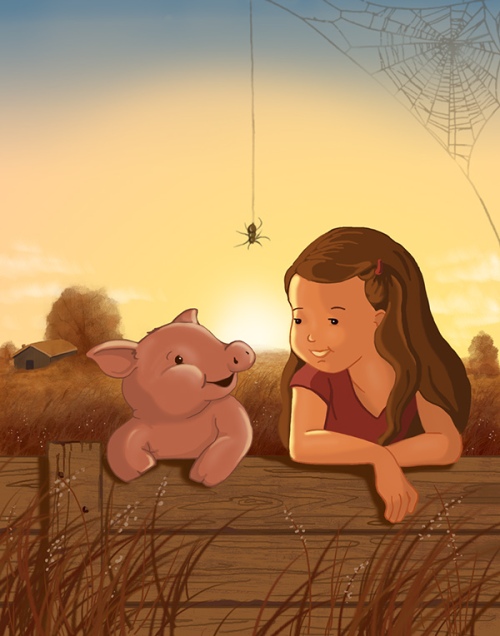
Since you live in New Jersey did you do most of your studies online? If so, can you tell us a little bit about that experience?
At first I was a bit hesitant about pursuing an art degree online, but the way that AAU runs its classes is pretty incredible. I didn’t miss trucking my supplies to different classrooms and I was able to enjoy being part of a University with peer feedback and discussions and professors that were extremely helpful and available! Artwork is submitted digitally, whether you work traditionally or not. If you are working on an oil painting, you shoot photographs of your work, if you are drawing, you can scan it, and if you are using Photoshop you just save it. Classmates and professors review your work and make comments. Many of the professors would mark up the files using what they called a “whiteboard” and even left audio files of their comments. Demonstrations could be viewed as videos, so that they could be reviewed whenever you wanted. I thought the experience was fantastic and I am so glad that I was able to do it.
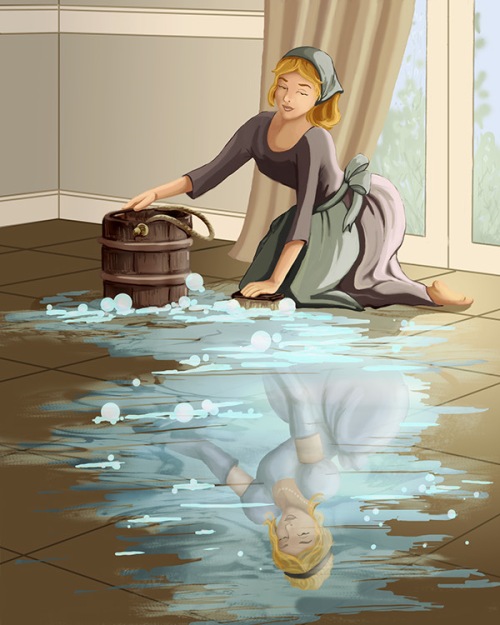
Does getting your MFA online, help to cut the cost of getting your degree?
The MFA program was not any less expensive then taking traditional classes. You still pay tuition and buy the supplies that are needed. What was better about the online degree was that I was able to attend a university across the country and work on my artwork and lessons when I had the time… evenings and weekends.
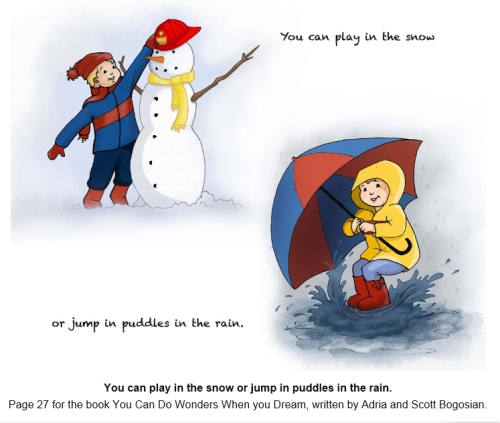
Does the school promise to give you help in getting established with work?
They didn’t promise an established career, but they certainly prepared me to head out into the world. All of the professors were working professionals and their expectations for us during our classes were to prepare us for working in the industry. Previous to graduation we were required to take a Professional Practices course that shared valuable resources and pushed us to do research that would get us started on our path to be recognized by art directors and agents. During that class I was able to create my first promotional postcard and business card, as well as a list of 50 contacts in order to start my promotional mailings.

What was the first painting or illustration that you did where someone paid you for your artwork?
The very first artwork that earned me money was in high school. I painted a fantasy garden mural for a baby’s nursery that included a frog prince and fairies of my own design. I babysat for many years and it helped me pay for my teacher certification program after undergrad, but creating artwork for the families to decorate their children’s spaces helped me earn even more.
What type of work did you do after you graduated with your BA?
I have been teaching high school art, photography, and graphic design now for 11 years and in that time have designed, built, and painted the scenery for the dramas and musicals, designed t-shirts and posters for the school, and have even been the head yearbook adviser. I have continually found ways to share my artwork no matter what I was doing. I have even done event photography, event décor, and face painting for an event planning and rental company on the side.
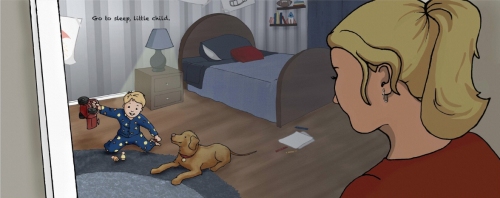
Do you think the classes you took in college influenced your style?
The classes that I have taken have definitely influenced my style. I feel that with each course I took I was able to learn more and develop more through the experiences and expertise of those that taught each class. At first I had a hard time keeping my characters consistent, but after taking a Character Design course with the Animation department I was able to start to develop set character traits that could be used in multiple poses and more dynamic gestures. And, of course my medium of choice changed as well… I was able to try everything from oil, to watercolor, markers, collage, and digital painting. After several classes where we were able to choose our medium, I really started to pick up digital painting and I thoroughly enjoy it now.
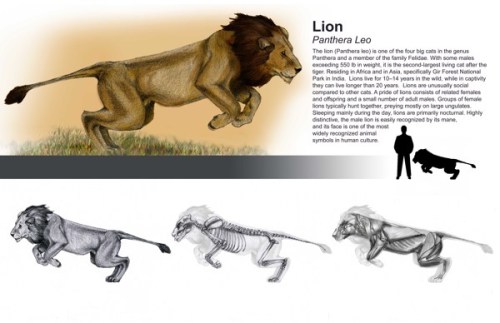
When did you do your the first illustration for children? 10. How did that come about?
My illustrations for children started back while I was babysitting. I was inspired by the kids that I saw everyday and I would draw and paint things that I knew they would enjoy. Not all of it was for profit, but it made me happy because it brought smiles to their faces.
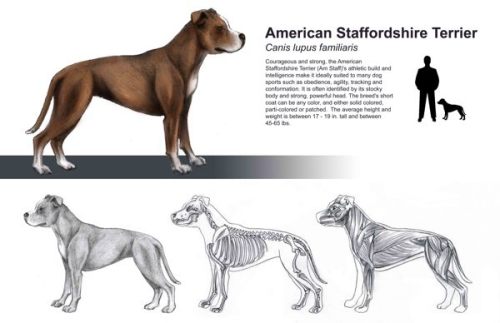
When did you decide you wanted to illustrate books?
I decided I wanted to illustrate books during my years of teaching. I have been an avid reader all of my life. I love all forms of books… the children’s book section is a place of wonder and inspiration, YA books are fun to read with the fantasy worlds they evoke, whether reality based or imagined, and I wanted to be a part of it! I have been teaching book cover design in my graphic design classes for years and it is one of my favorite units. I thought it would be incredible to be able to create books for real!
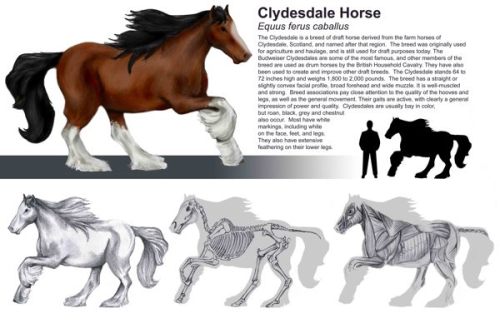
Have you worked with educational publishers?
I am just getting started as a professional illustrator and have not been published yet.
Have you done any illustrating for children’s magazines?
No, but I would like to.
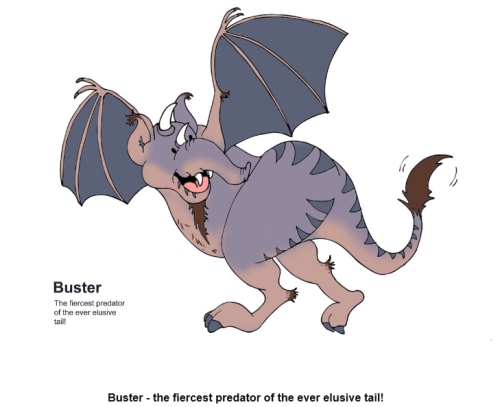
Are you open to illustrating a self-published picture book for an author?
I am in the process of self-promotion so I am examining all options. I’d have to make sure that the author was serious about their venture, but I believe it would be an excellent opportunity for me.
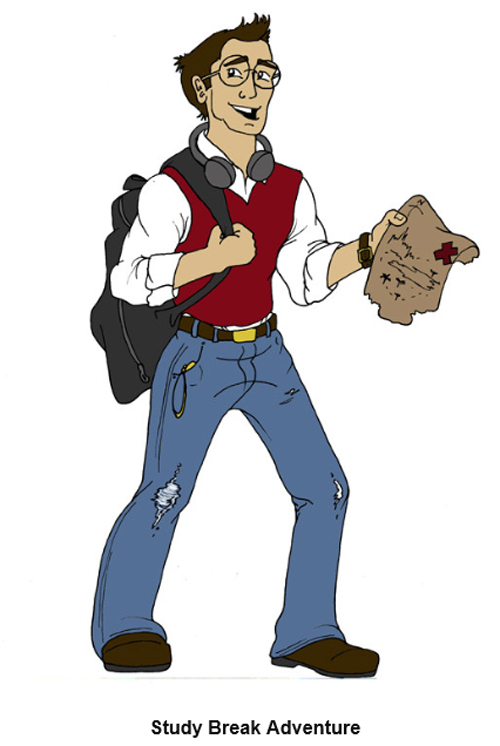
Do you have any desire to write and illustrate your own books?
I have tried writing in the past and although I want to illustrate picture books, my words and stories always seem more suitable to chapter books. After attending the NJSCBWI conference this past June, I was re-inspired to try it again. Maybe one day I’ll go for it, but in the meantime I would love to be able to illustrate for the stories of others.
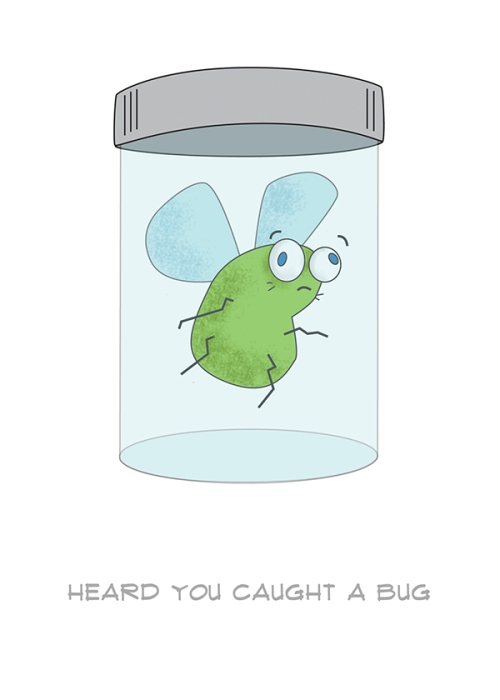
Do you have an artist rep.? If so, who? And how did you connect with them?
If not, would you like to have one?
I do not have an artist rep., but I think it’s an excellent idea to get one. It is one of my goals to try to connect with a rep. through my promotional mailings or even online.
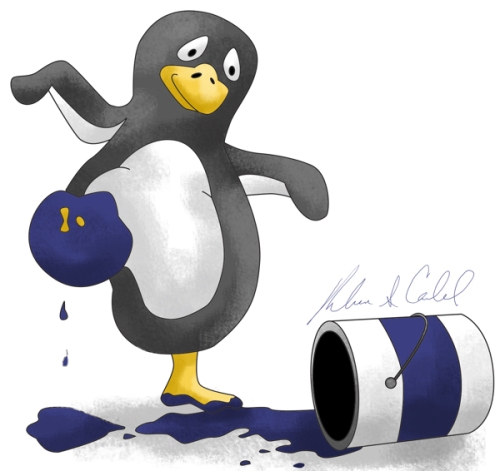
What types of things did you do to market yourself and get your work seen?
So far, I have designed promotional cards, a business card, and updated my resume. I have a website, a Facebook page dedicated to my illustration, a Twitter account, a Behance portfolio account, and a Linked In profile. I have been submitting my work to contests and shows in hopes of getting recognized for my art. So far I was honored to be a part of the Academy of Art’s MFA Spring Show, an honorable mention from 3×3 The Magazine of Contemporary Illustration in their International Show (both for my Charlie and the Chocolate Factory cover design concept), and I am submitting work to Creative Quarterly’s competition this month. I also think attending the recent NJSCBWI conference was a great start to the process of getting my work seen, because I took part in the Juried Art Show and the Portfolio display. I was also able to meet many new people in the industry that have been incredibly helpful and friendly!
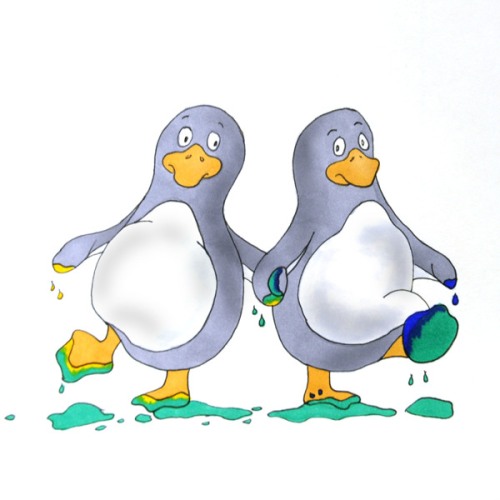
What is your favorite medium to use?
I love to dabble in just about everything, but my medium of choice is definitely digital.
Has that changed over time?
The reason I prefer digital painting is the easy clean up. There really isn’t any, plus it is safe, odor-free, and I am able to make corrections fairly easily without having to start over, like I might with watercolor paints. I was terrible at digital painting in the beginning, but I have grown and learned so much through my MFA courses and I think I have really developed a style through it.
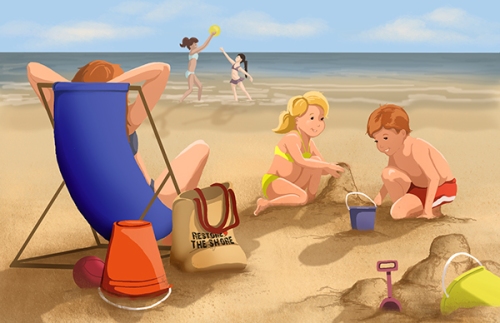
Do you have a studio in your house?
I have a room dedicated to my work and art. It has everything I need in it for my digital painting process. I have a drawing table, a light box, a bookshelf with inspirations and supplies, a computer, a scanner, a printer, and my wacom tablet.
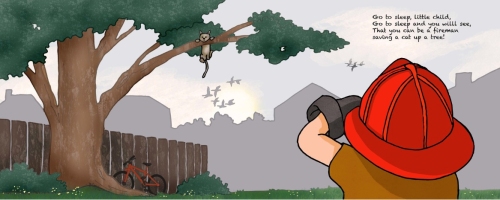
What is the one thing in your studio that you could not live without?
I could not live without my Wacom Drawing Tablet. I love to be able to paint using what feels like a brush or a pencil, instead of my laptop’s track pad mouse. It has controls right on it, so I can easily zoom in, or change my brush size, or even pick up new colors. Eventually I would love to trade up to a Wacom Cintiq tablet. That would allow me to “paint” on the actual surface of my artwork, instead of next to it. I think it would feel more like the natural painting process and I look forward to that – someday….
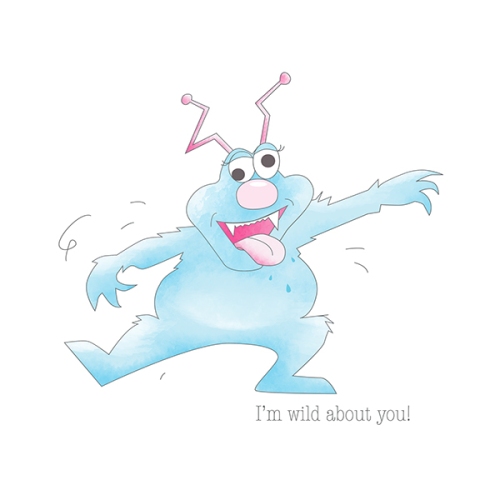
Do you try to spend a specific amount of time working on your craft?
I dedicate a bit of each day to my artwork. Sometimes it’s actually working on a painting and other times I am sketching ideas, either way it helps me realize my ideas.
Do you take pictures or do any types of research before you start a project?
I like to shoot references for my drawings/paintings, but if that opportunity isn’t available look at myself for expressions and poses, or use the Internet (google images or Pinterest).
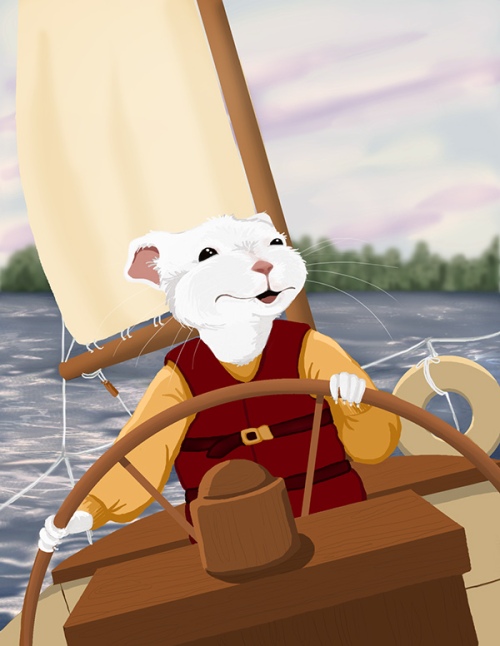
Do you think the Internet has opened doors for you?
The Internet has definitely opened doors for me after all I was able to earn an entire degree online. It is a great resource for references (although I prefer to shoot my own) or inspirations. Most of all, I think it has provided me with many opportunities to share my work with people that I may not ever have the chance to meet in person, or even know about. Social networking has brought about many more chances to network.
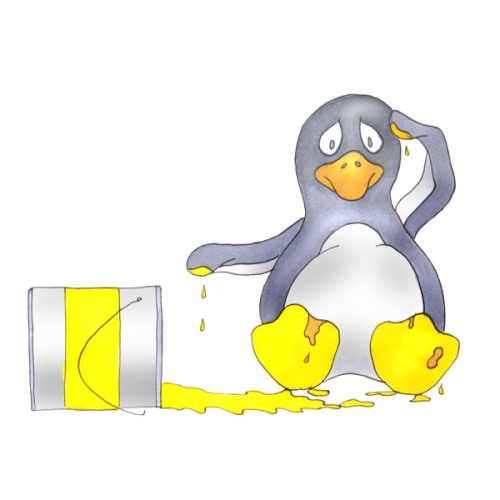
What do you feel was your biggest success?
So far my biggest success was earning my MFA. It has allowed me to realize my dreams and create a body of work that really reflects my style.
Do you use Photoshop and/or Painter with your illustrations?
I mostly use Adobe Photoshop, but sometimes I will bring my illustrations into Corel Painter to enhance some of the textures. Sometimes, I will even use Adobe Illustrator to draw or even refine my sketches.
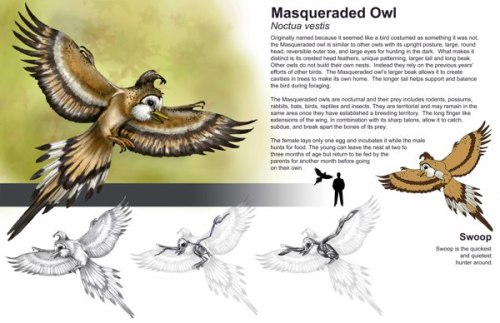
Do you own or have you used a Graphic Drawing Tablet in your illustrating?
Yes, as I mentioned before, it has really made the painting process so much more natural. I love it!
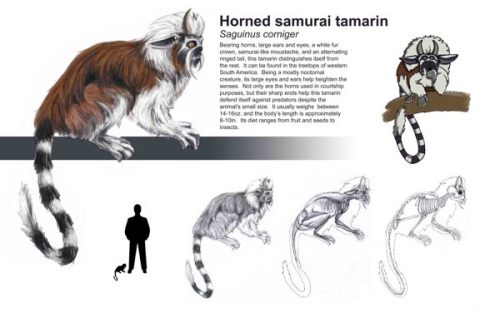 Do you have any career dreams that you want to fulfill?
Do you have any career dreams that you want to fulfill?
I would love to illustrate a children’s picture book and have it published. I know that many of your reader’s have already achieved this goal, but I’m so excited and passionate about reaching it!
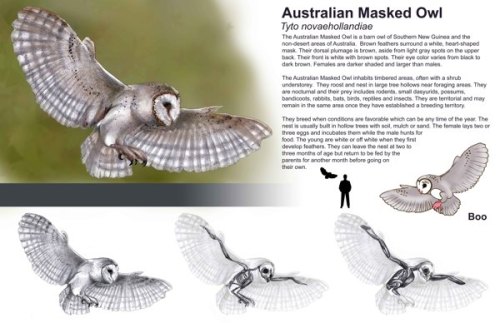
What are you working on now?
Right now my goal is to develop more portfolio pieces and character designs. Much of what I took away from the workshops at the NJSCBWI conference was that the ability to develop a strong character (and show him/her in multiple ways) could get you noticed by an art director or agent. Strong characters mean the possibilities for additional stories or even merchandise. So I am continuing to draw and paint, and of course trying to promote my work and get it seen.
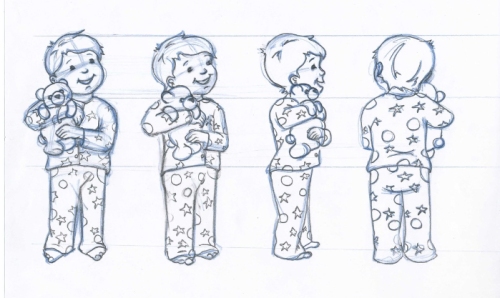
Do you have any material type tips you can share with us? Example: Paint or paper that you love – the best place to buy – a new product that you’ve tried – A how to tip, etc.
I like to use Non-Photo Blue pencils as I begin to sketch. It allows me to rough out gestures and poses and make mistakes and corrections without interfering with the final result. The great thing about them is they will not copy. So, I can go over the lines I want to keep with a graphite pencil and only see them when copied. If I scan my drawings, I can easily remove the rough blue lines in Photoshop and just keep what I need to get started in my painting. I like the quality of line and movement that you get when you are first drawing a subject. If you have to trace the lines later, I often feel like they stiffen up.
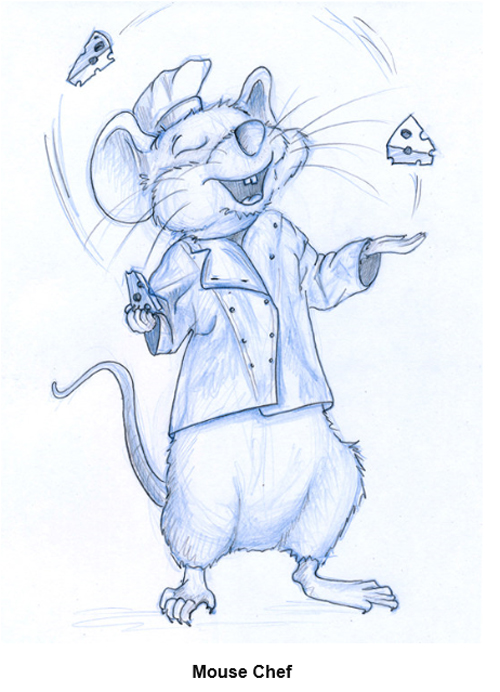
Any words of wisdom on how to become a successful writer or illustrator?
Since I am just starting out I don’t feel like I can properly impart any words of wisdom, but I know one thing… enjoy what you do and never lose your passion. It is what has gotten me where I am so far and I’m hoping it leads me to fulfilling my dreams.
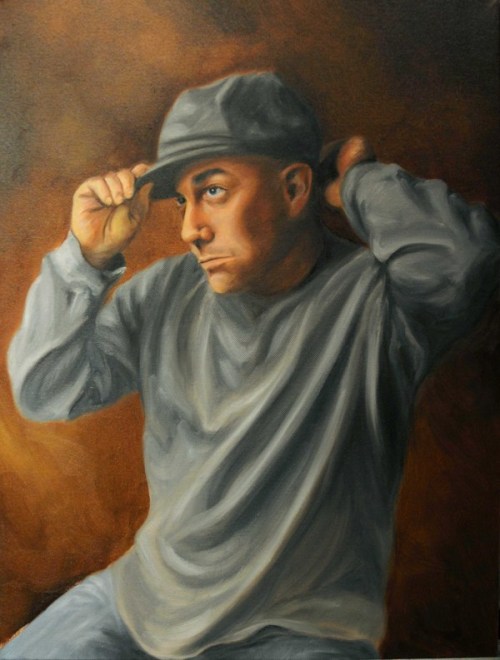
Above: One of Rebecca’s oil paintings.
Thank you Rebecca for taking the time to share your process and journey with us. We look forward to hearing about your future successes.
To see more of Rebecca’s illustrations you can visit her at:
Website: http://www.rebeccacaridad.crevado.com
Please take a minute to leave a comment for Rebecca, I know she would love to heard from you and I always appreciate it. Thanks!
Talk tomorrow,
Kathy
Filed under:
authors and illustrators,
demystify,
How to,
illustrating,
Illustrator's Saturday,
inspiration,
Interview,
Process Tagged:
MFA Children's Book Illustration,
Rebecca Cardid 

View Next 25 Posts
 Diana Kizlauskas says she knew she was in trouble early on. Drawing Barbie was more fun than playing with her. Drawing a poster of the Beatles was more appealing than buying one. A high school mural project meant more than ACT scores. By senior year, I made peace with my art addiction and chose it as my professional path…
Diana Kizlauskas says she knew she was in trouble early on. Drawing Barbie was more fun than playing with her. Drawing a poster of the Beatles was more appealing than buying one. A high school mural project meant more than ACT scores. By senior year, I made peace with my art addiction and chose it as my professional path…



















































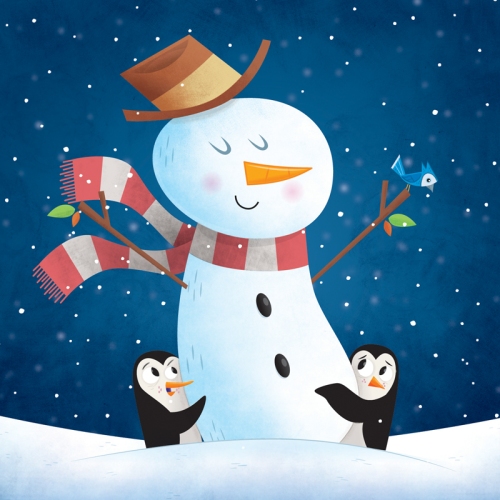

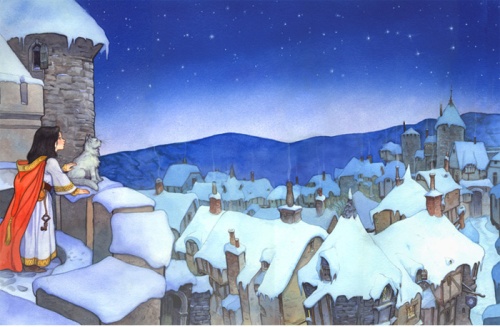
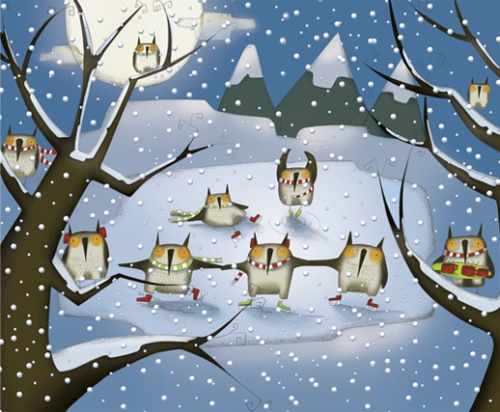
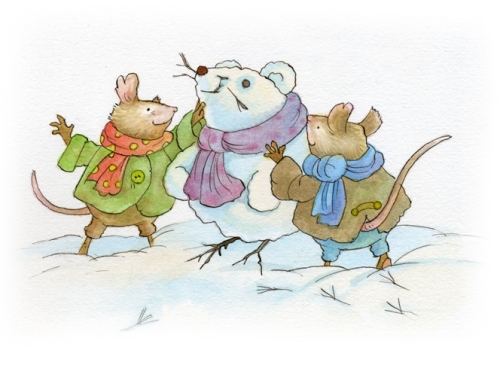
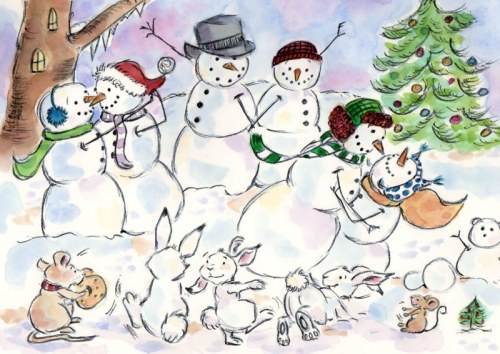


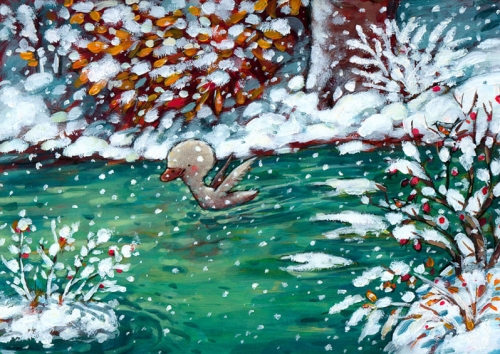
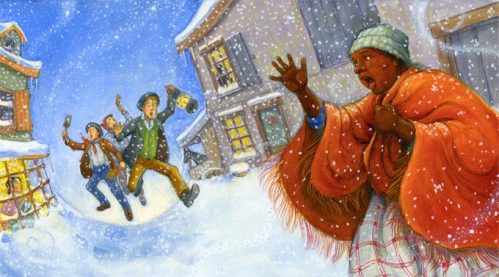
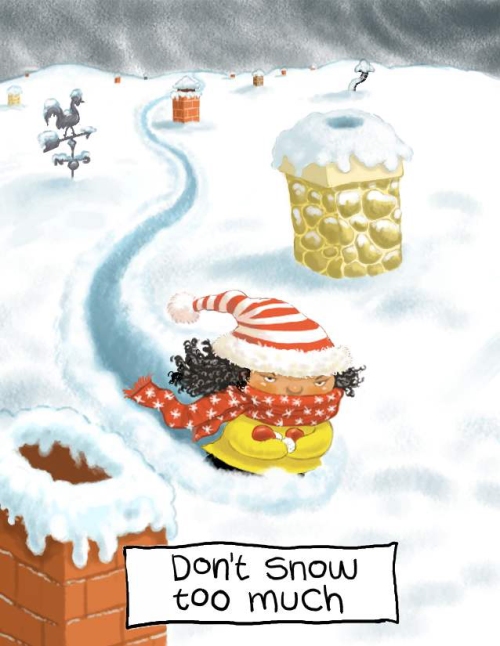
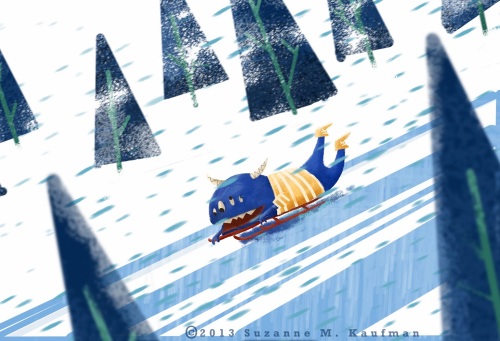
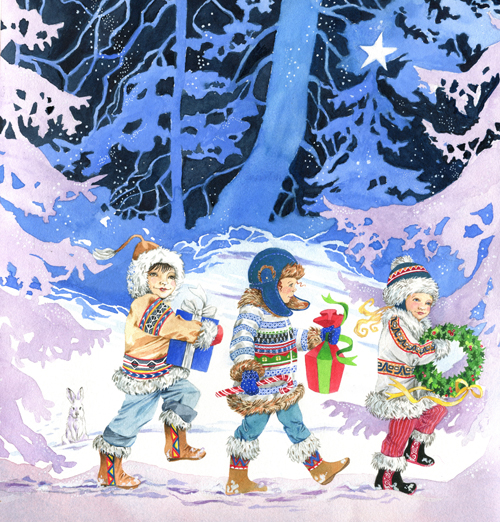
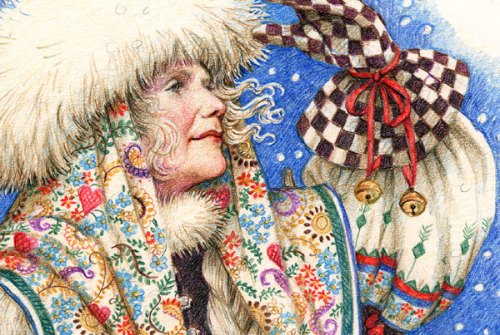
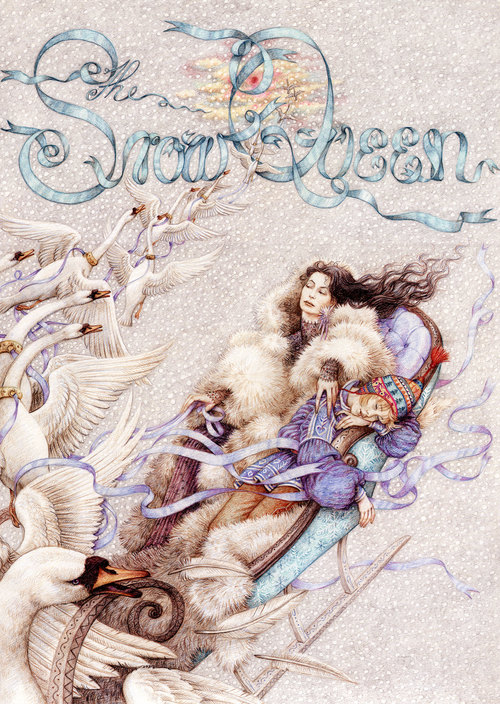

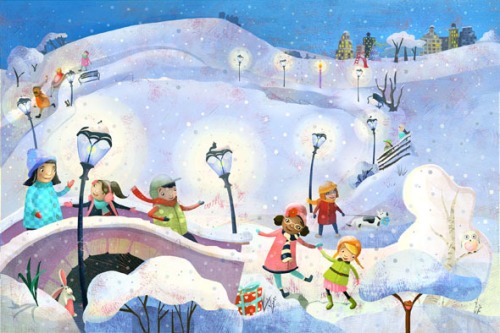




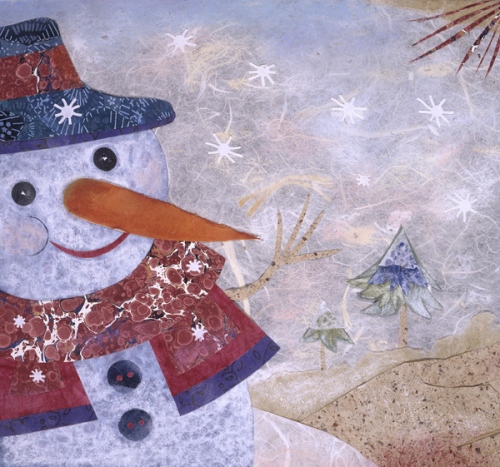


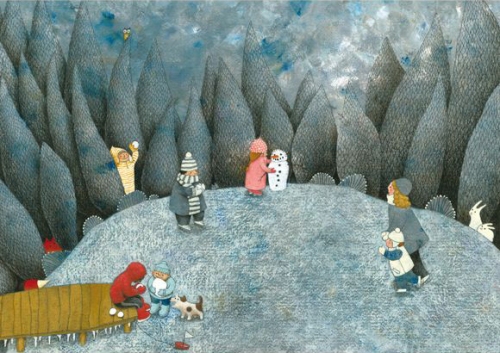
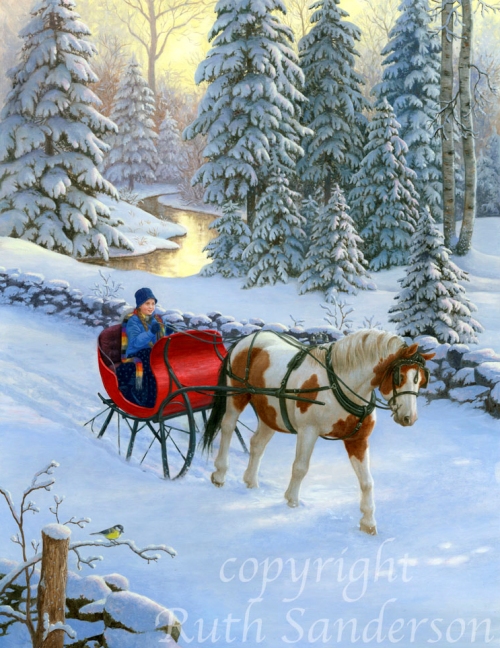


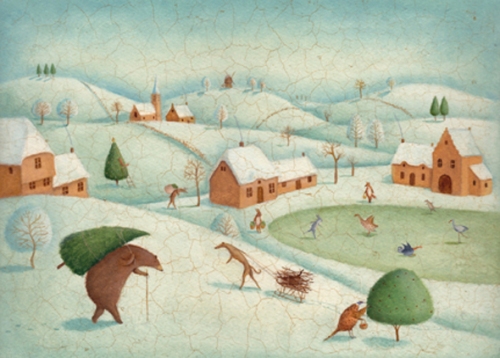

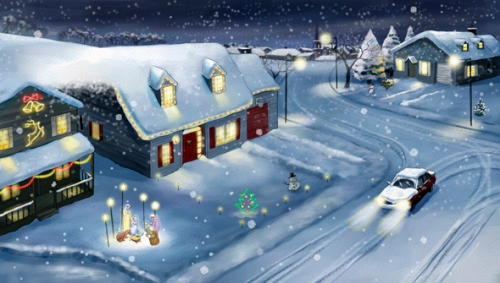

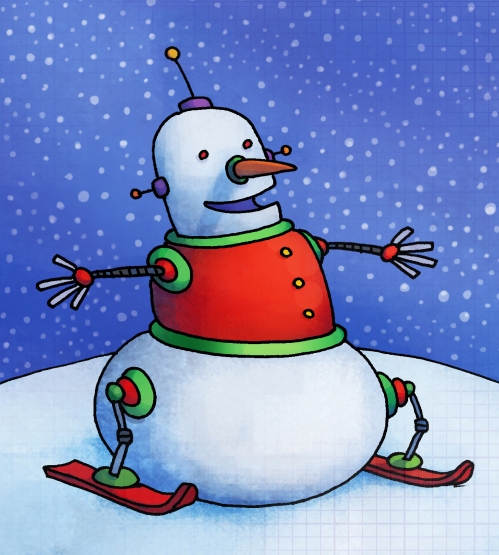
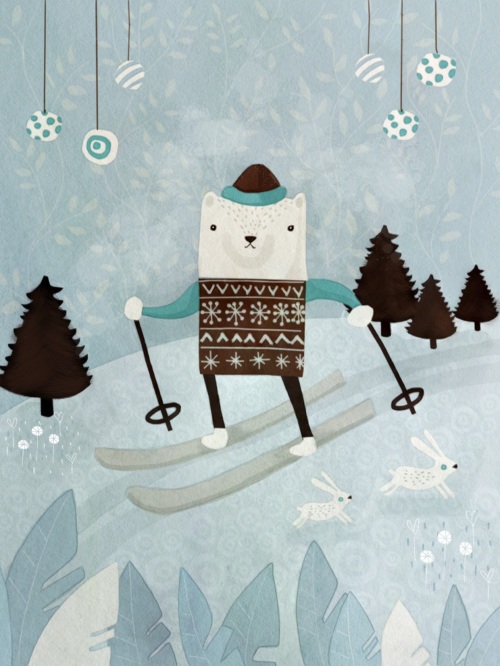
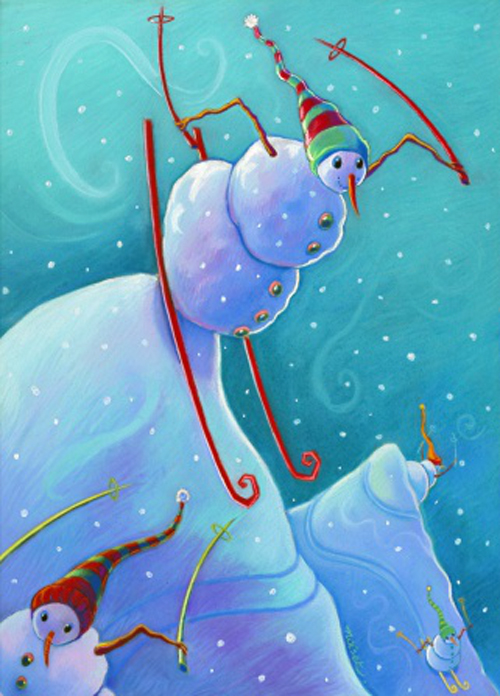
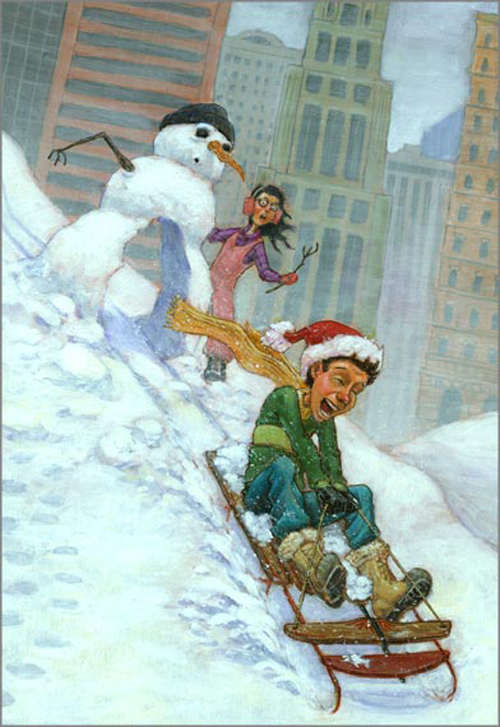
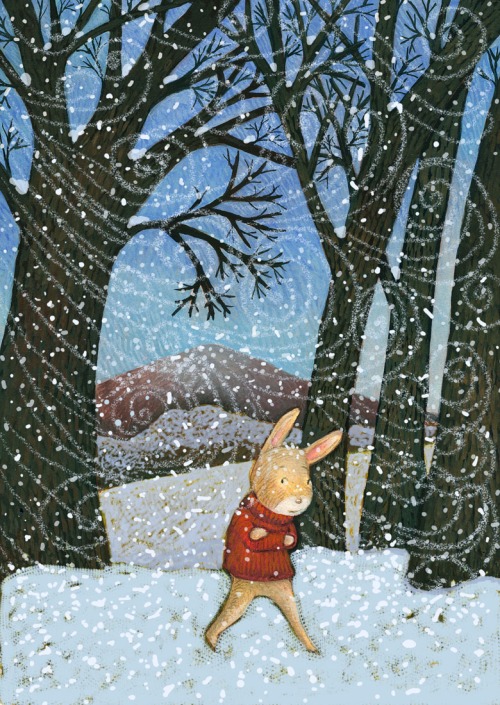

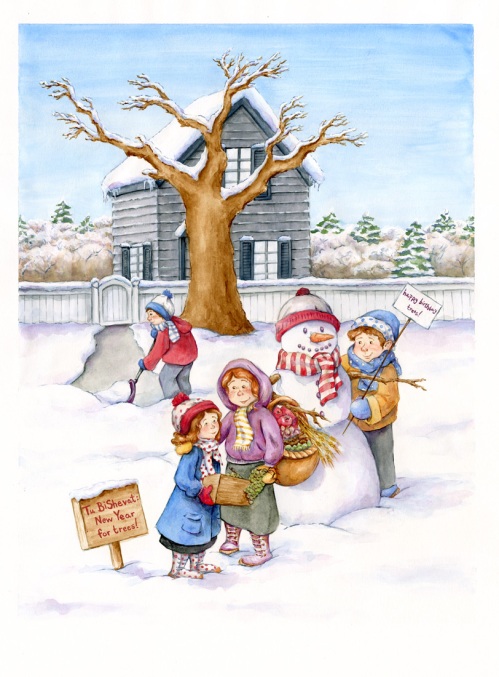
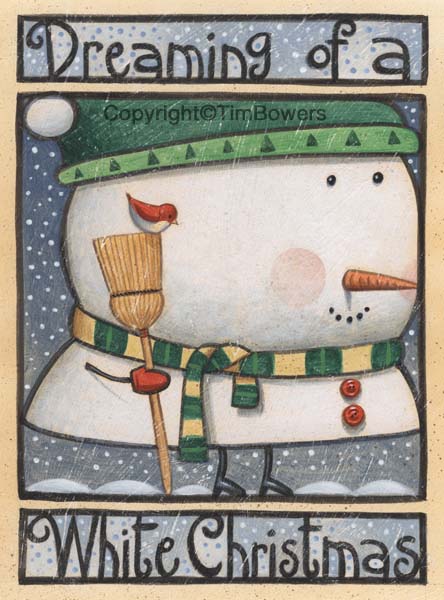
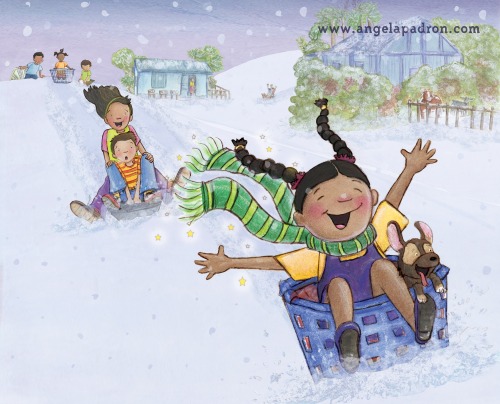
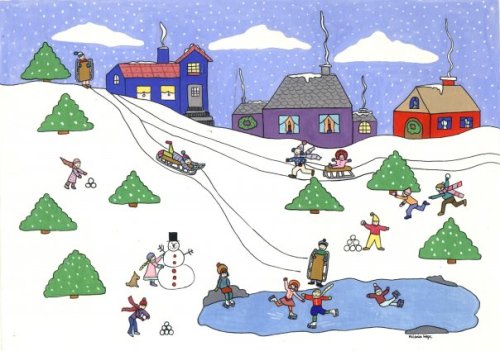

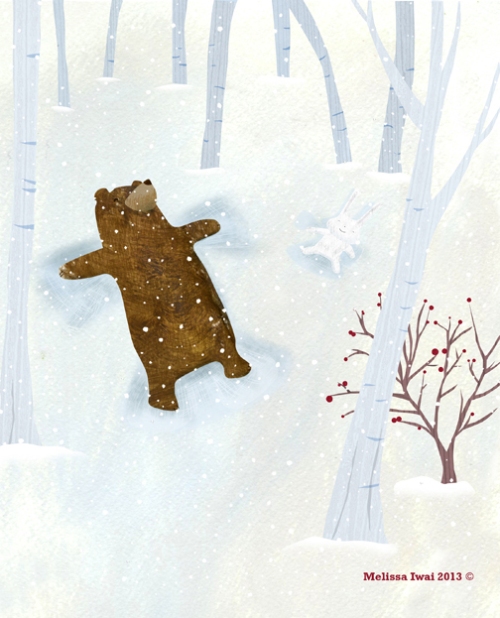


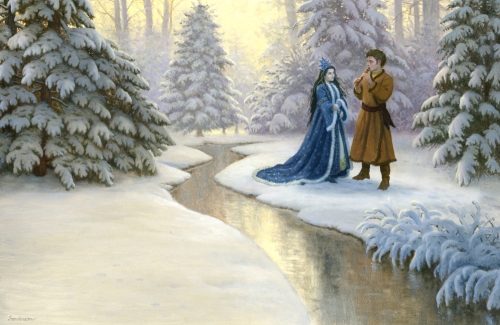
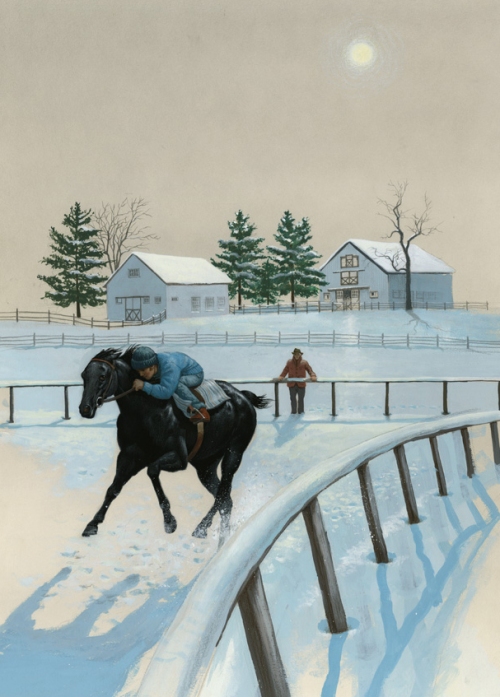
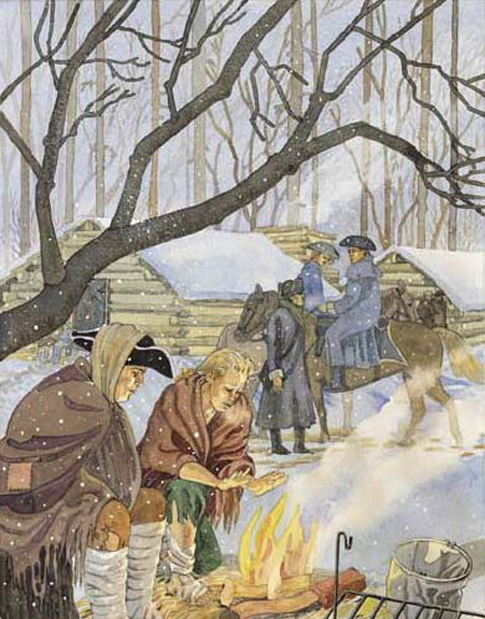
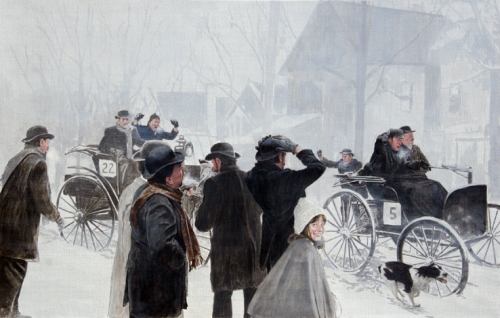
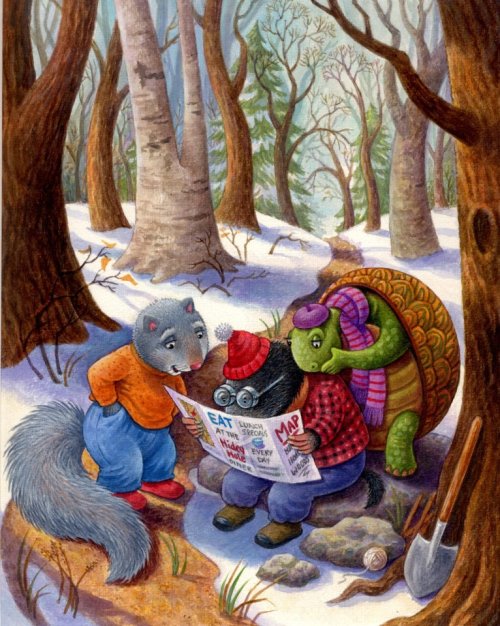
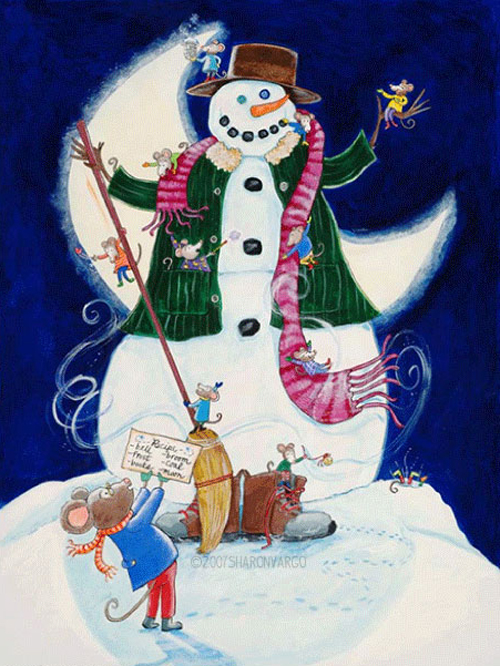
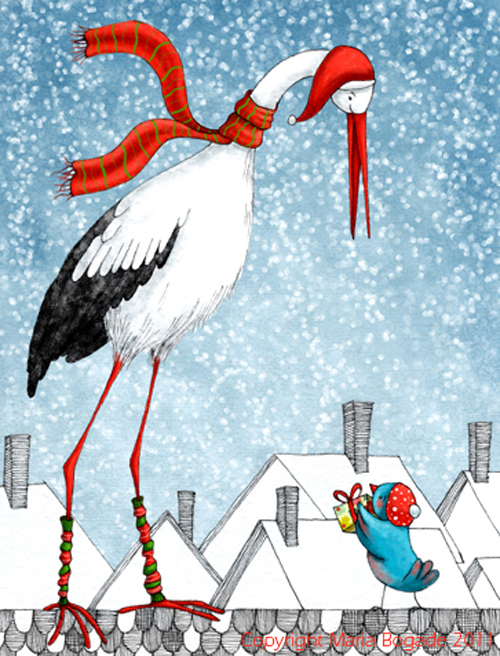

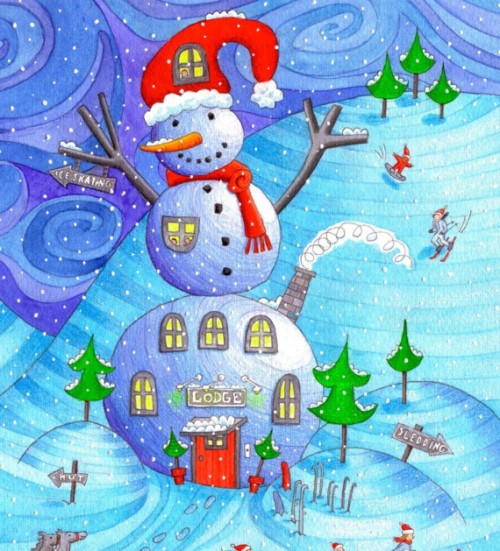
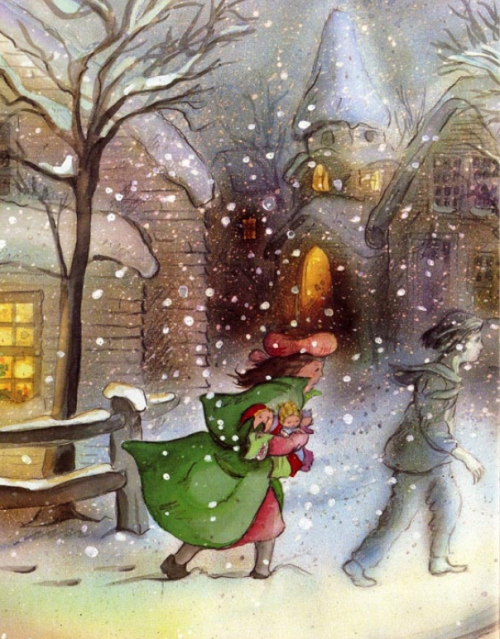
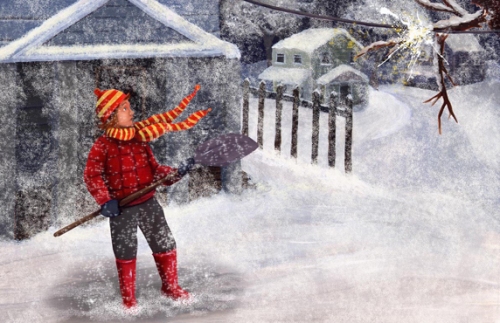
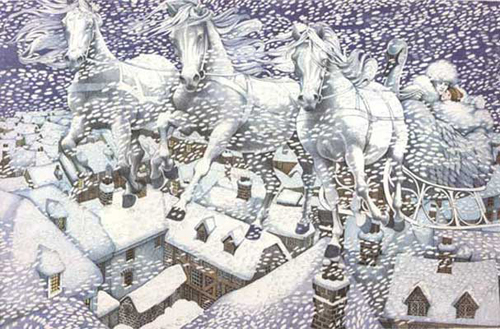






















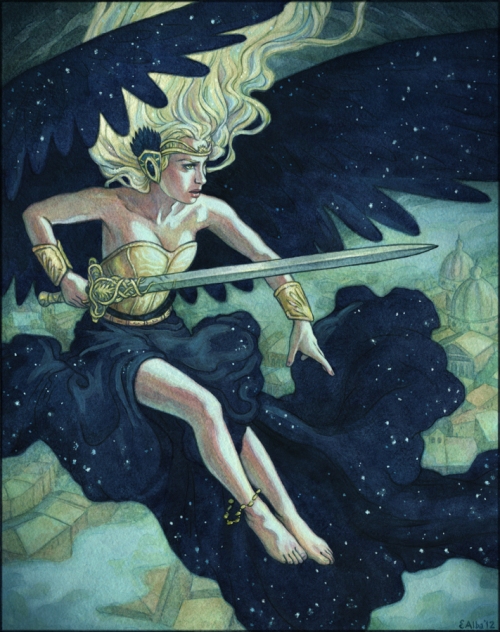
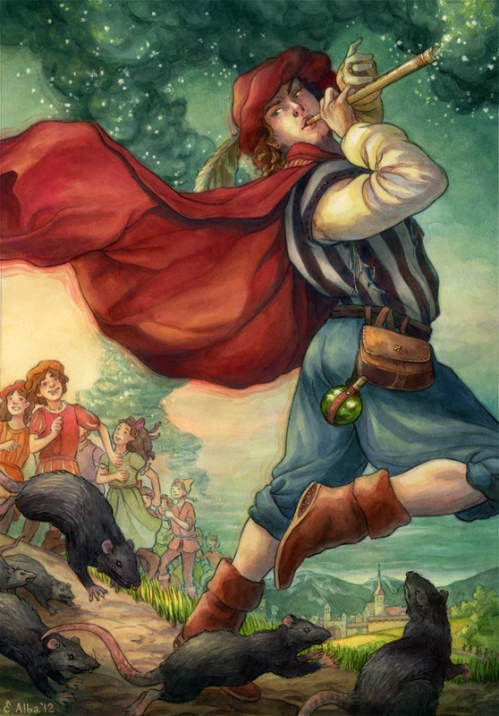
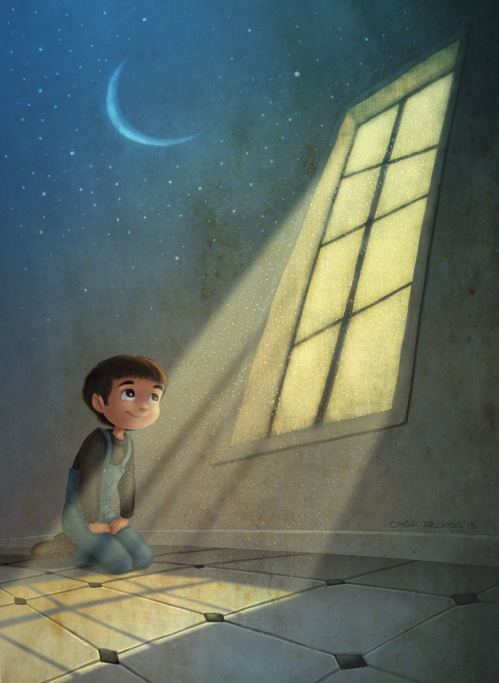
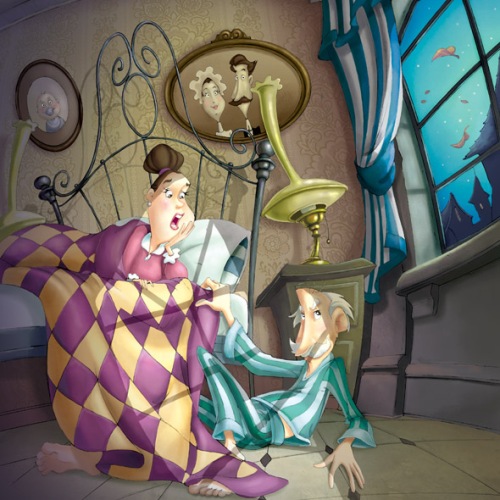
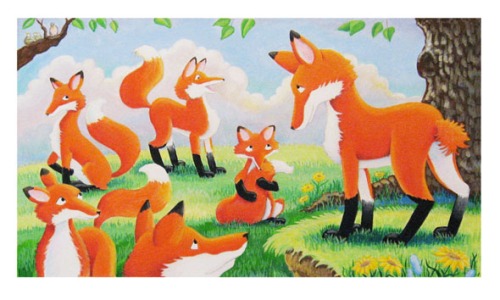
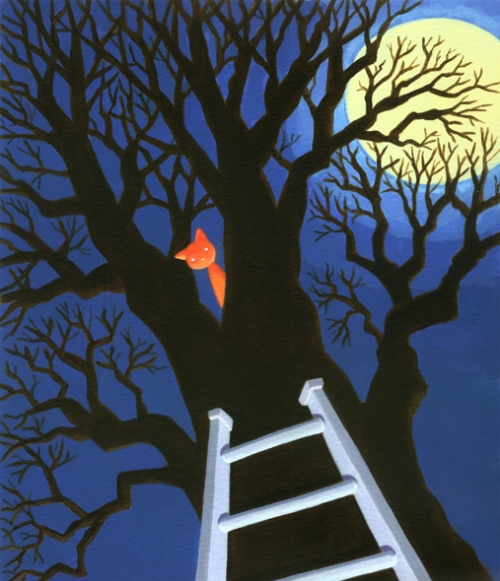

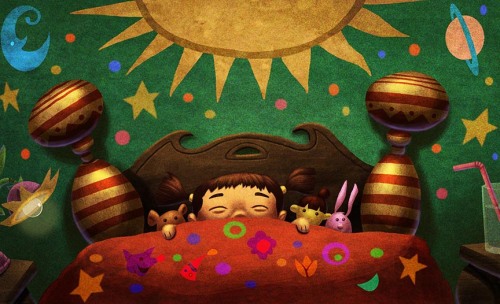
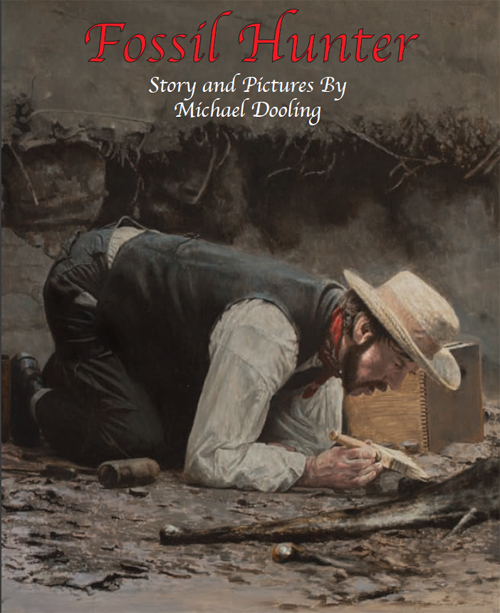

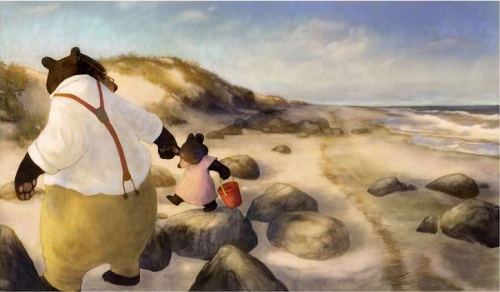
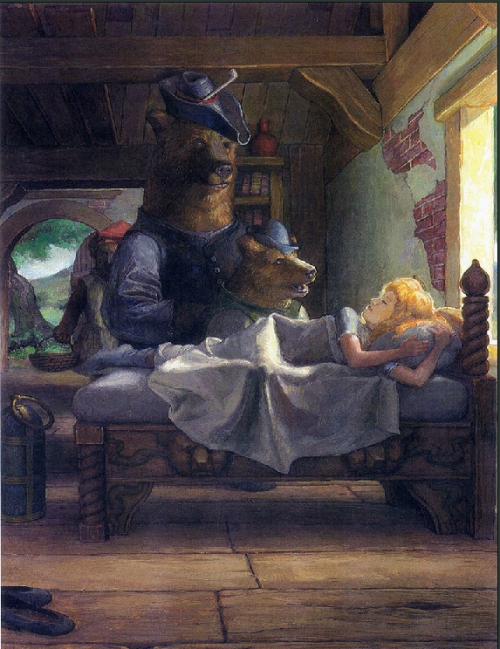

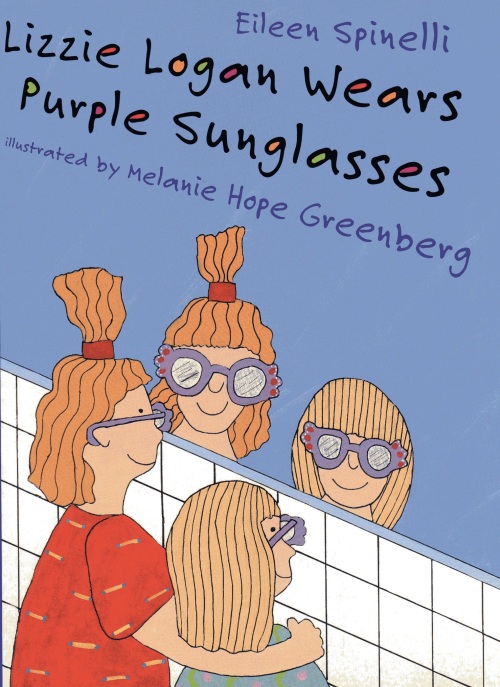
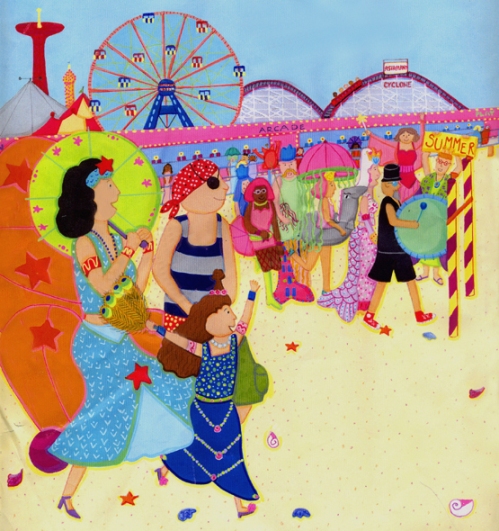
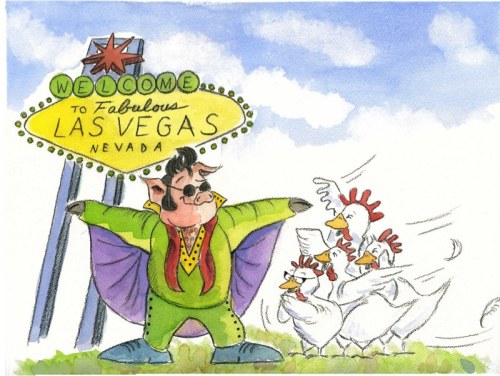
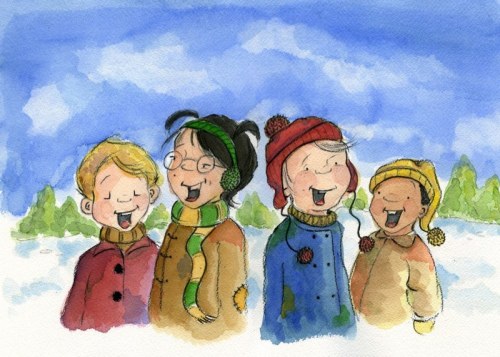
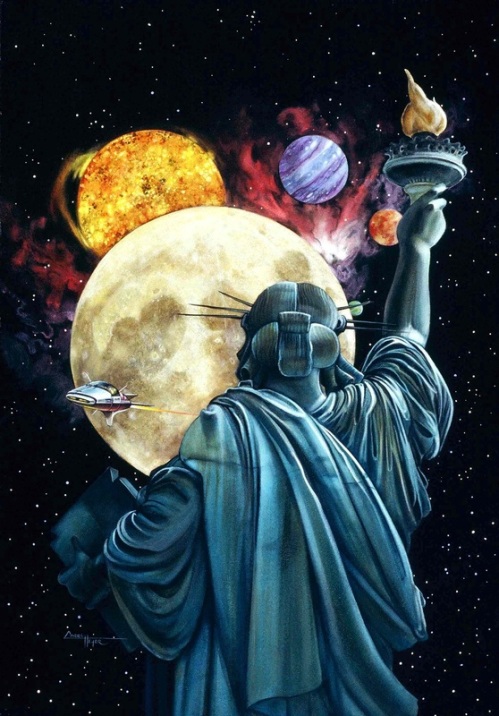
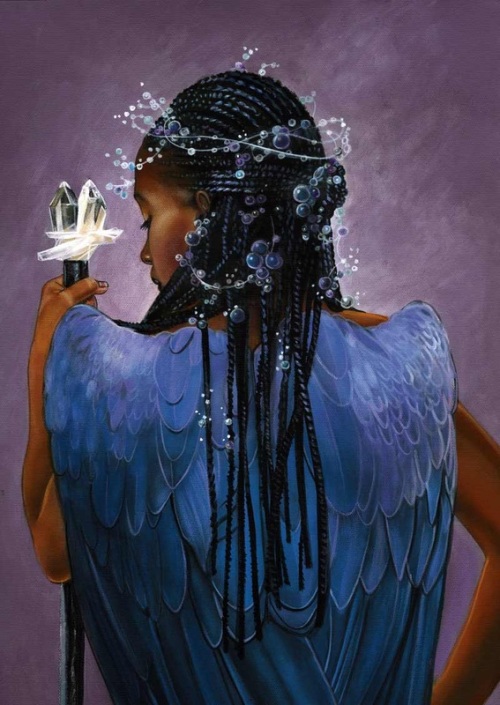


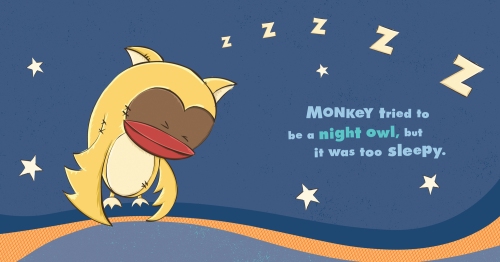

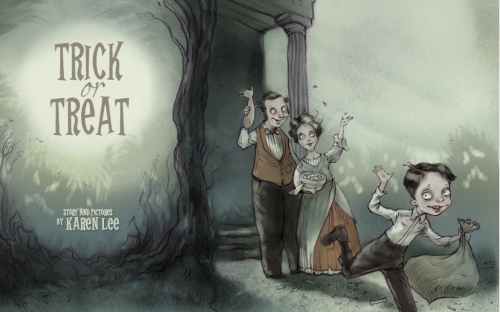

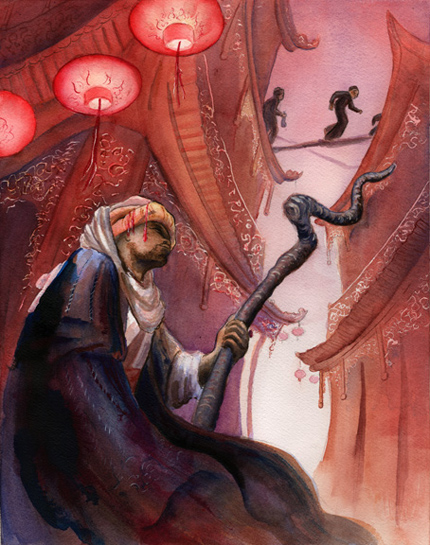
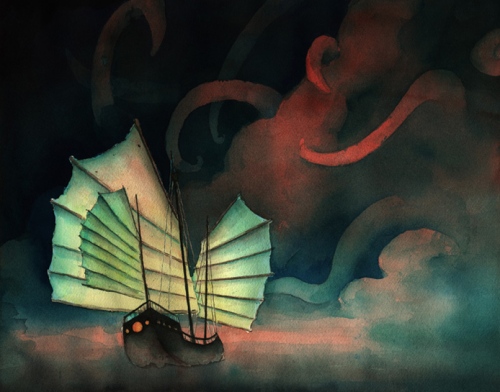
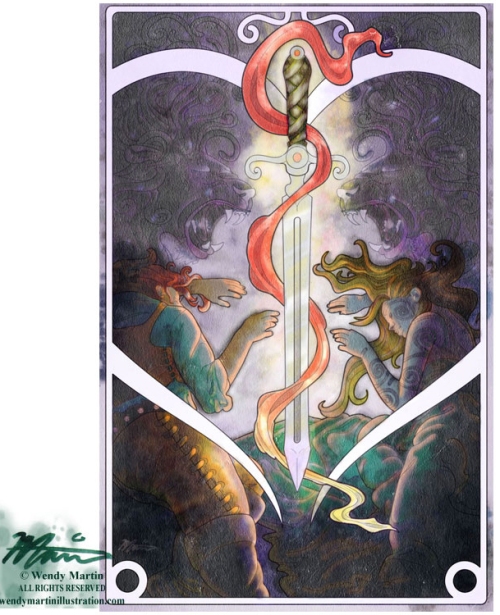

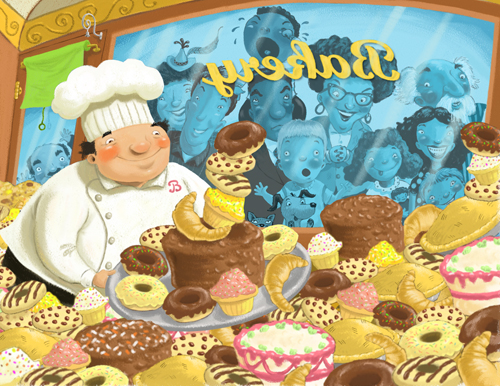

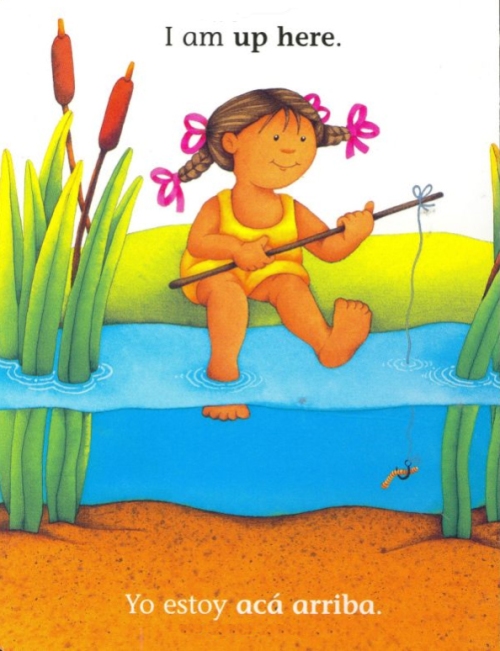
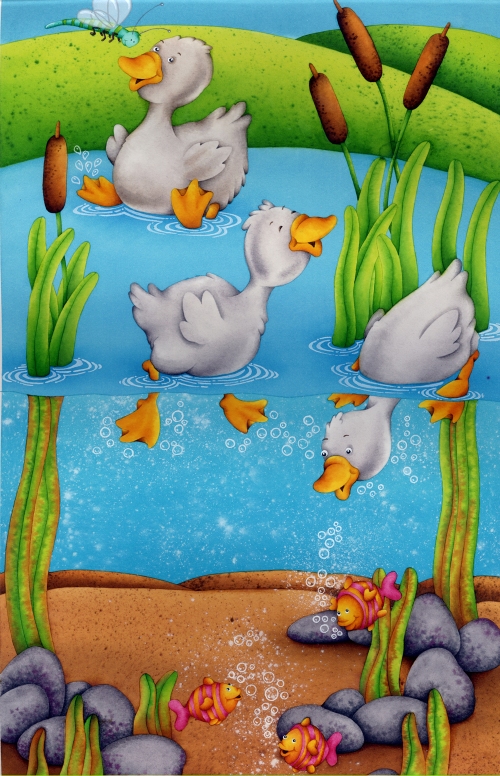
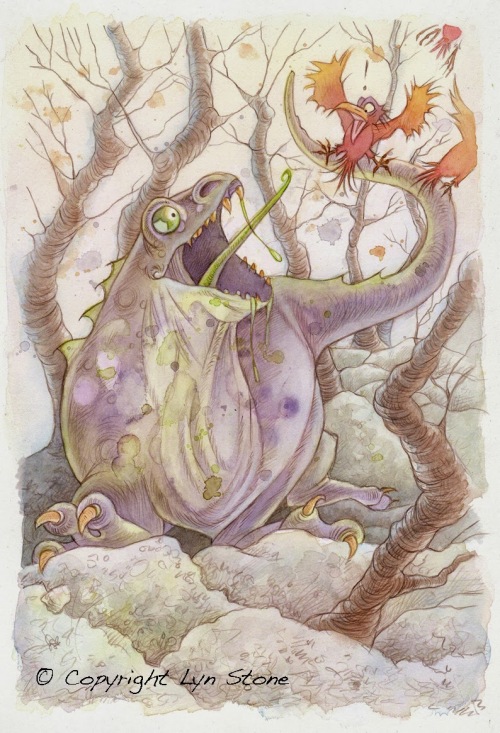
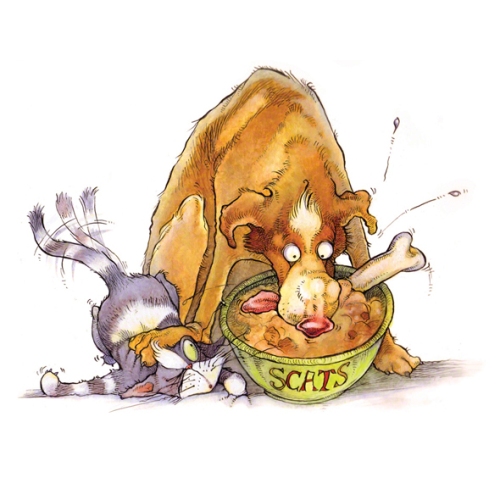

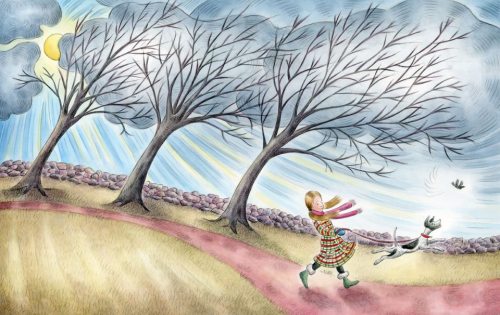
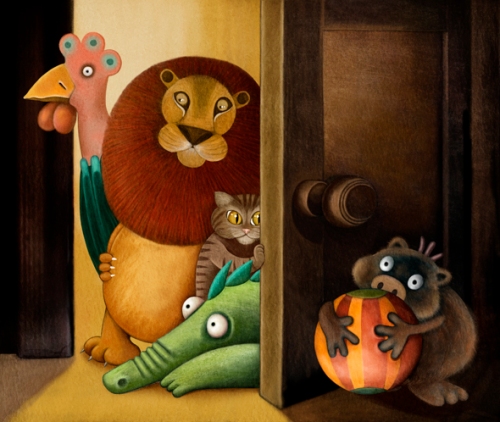
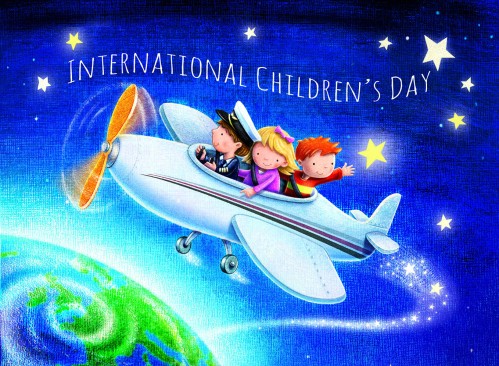

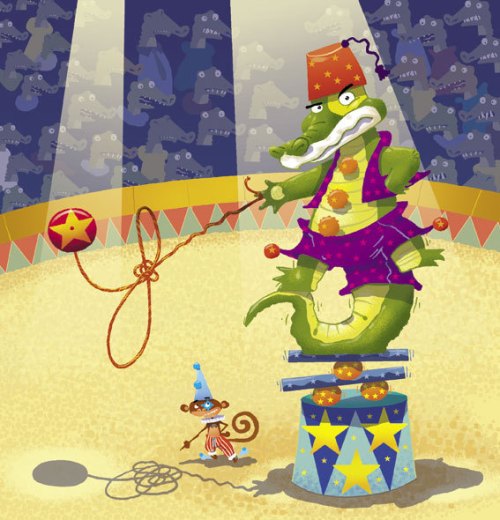
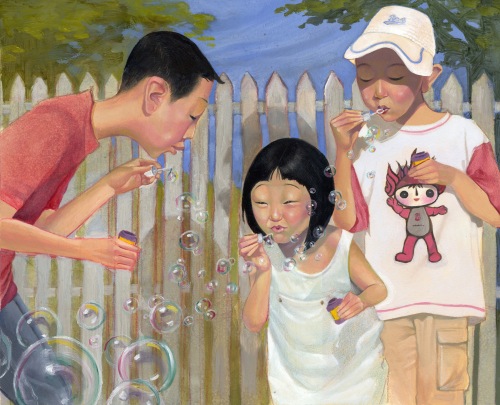
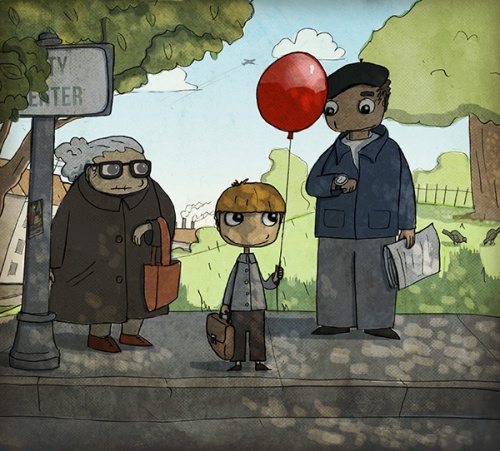
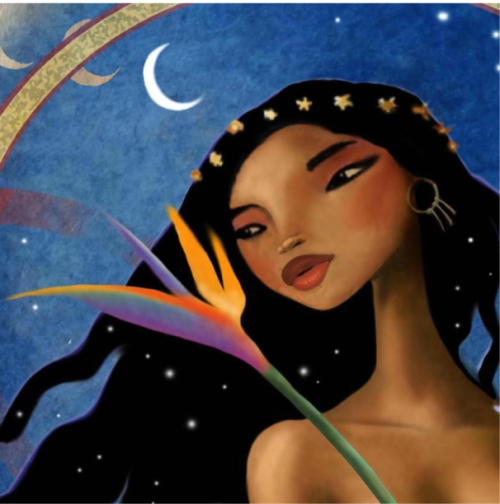
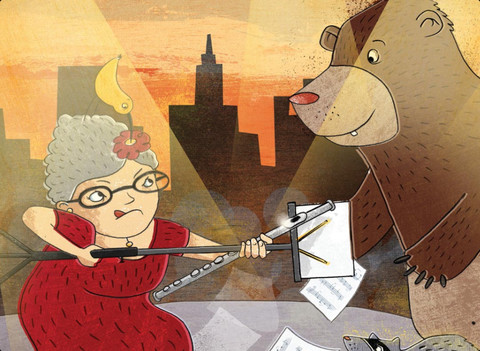

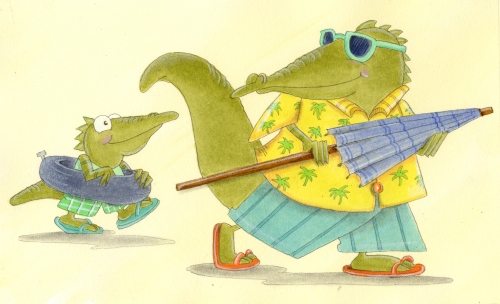

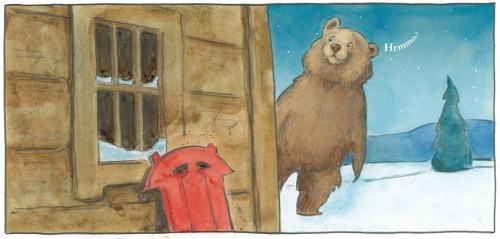
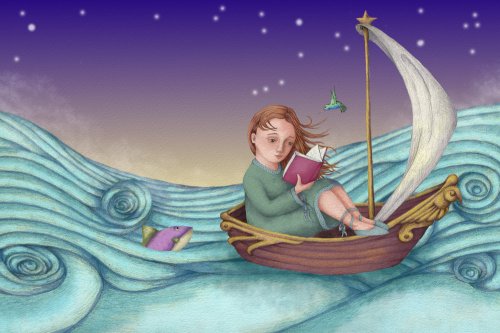
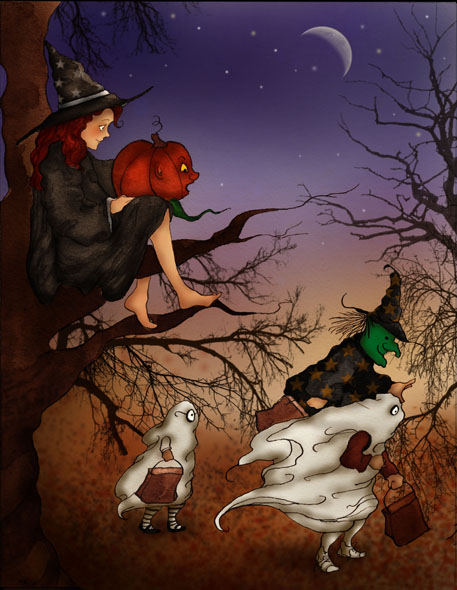
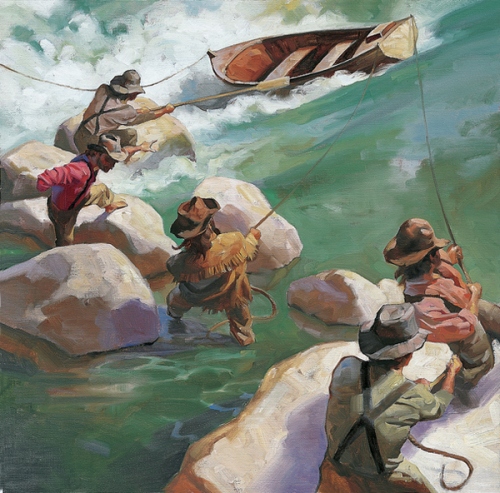
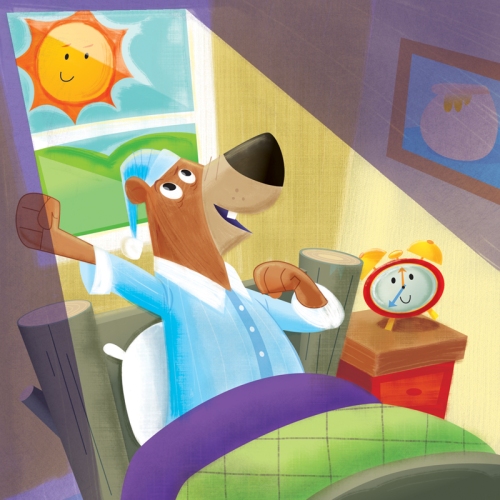
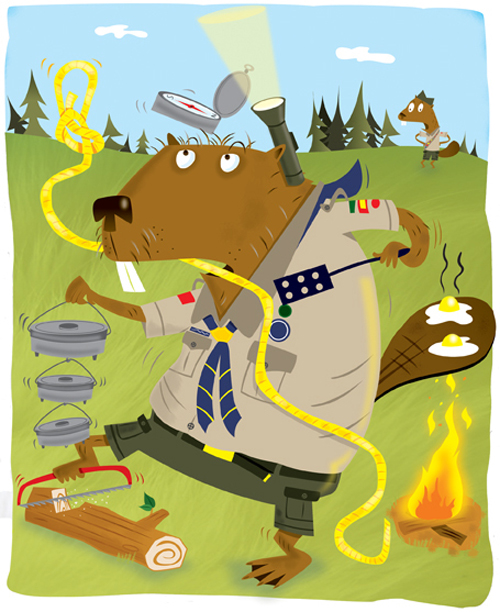 Mike Moran:
Mike Moran: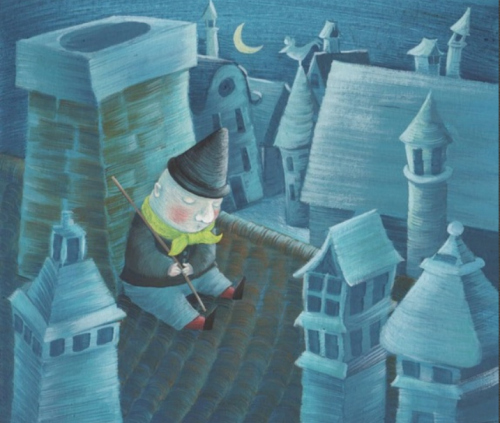

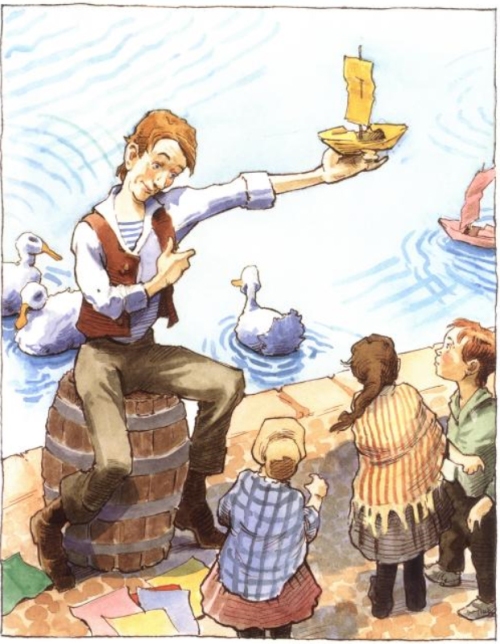
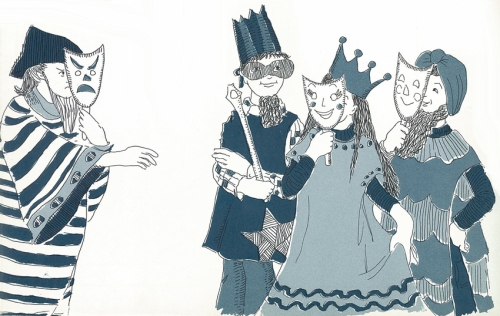
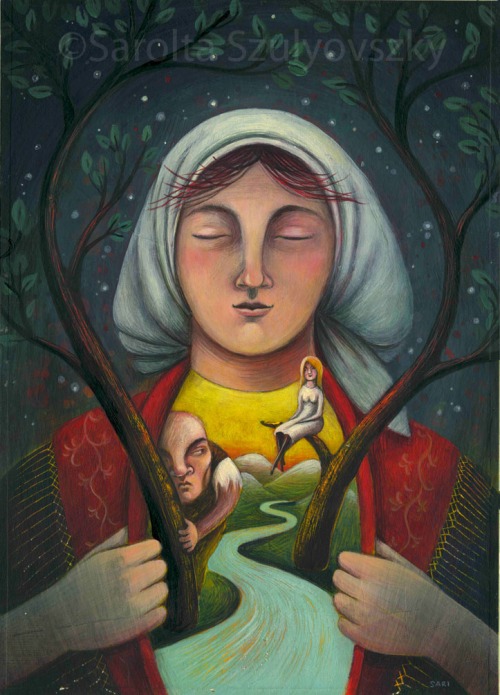
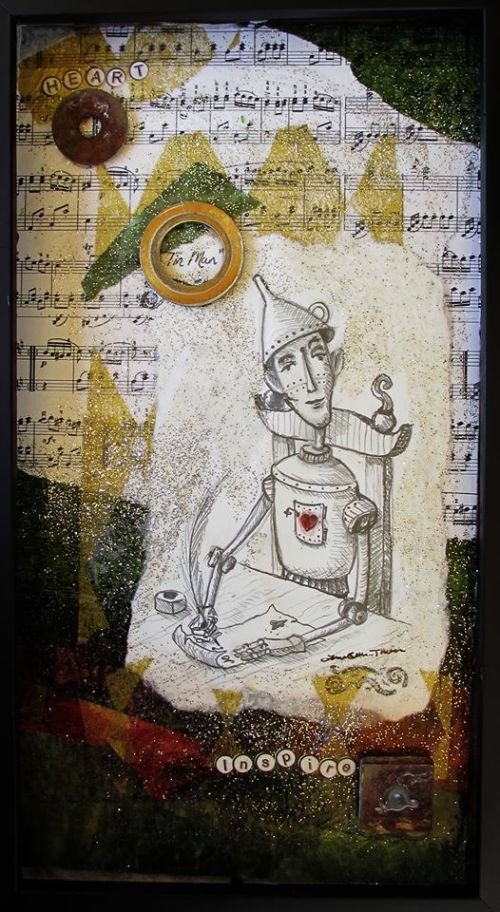


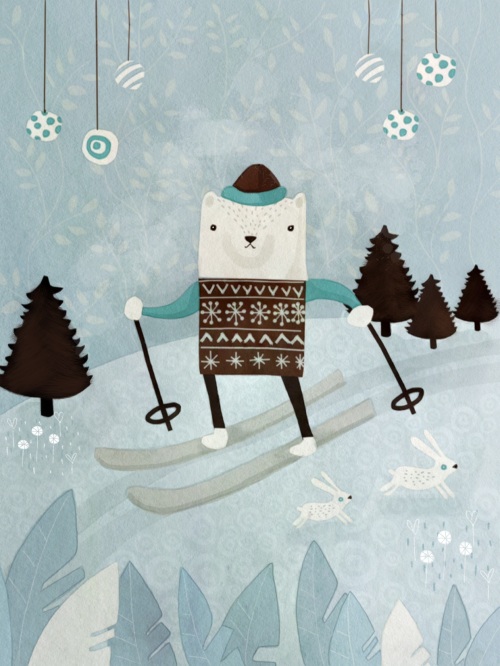



























































 N
N





















 What is on the drawing board now?
What is on the drawing board now?











 Maja Sereda has illustrated number of picture books published in English, Afrikaans and other African languages. She has received 3 ATKV awards for best illustration (category ages 3–6) in 2008, 2009, 2011. And her book A kite’s flight written by W. Gumede won the Crystal Kite member’s choice award for the Africa region, 2011. Her latest book La Grande Fleur, written by Yves Pinguilly, was published in France (2013).
Maja Sereda has illustrated number of picture books published in English, Afrikaans and other African languages. She has received 3 ATKV awards for best illustration (category ages 3–6) in 2008, 2009, 2011. And her book A kite’s flight written by W. Gumede won the Crystal Kite member’s choice award for the Africa region, 2011. Her latest book La Grande Fleur, written by Yves Pinguilly, was published in France (2013).













































 Sholta Walker was trained and graduated as a painter in 1988 and since 1995 he has worked professionally as a full-time artist and illustrator.
Sholta Walker was trained and graduated as a painter in 1988 and since 1995 he has worked professionally as a full-time artist and illustrator.





































 Do you own or have you used a Graphic Drawing Tablet in your illustrating?
Do you own or have you used a Graphic Drawing Tablet in your illustrating? Do you have any career dreams that you want to fulfill?
Do you have any career dreams that you want to fulfill?
 Do you have any material type tips you can share with us? Example: Paint or paper that you love – the best place to buy – a new product that you’ve tried – A how to tip, etc.
Do you have any material type tips you can share with us? Example: Paint or paper that you love – the best place to buy – a new product that you’ve tried – A how to tip, etc.


 Lauren-Susan Thomas currently illustrating children’s books, on the foggy Central Coast of California. She earned my BFA in Illustration at the University of Arizona, worked as an illustrator/designer since graduating in ’87’ and worked as a ‘Walt Disney Imagineer’ for 11 years creating themed dimensional graphics and illustrations from creatures under the sea mermaids to dinosaurs to ancient Tibetan ruins.
Lauren-Susan Thomas currently illustrating children’s books, on the foggy Central Coast of California. She earned my BFA in Illustration at the University of Arizona, worked as an illustrator/designer since graduating in ’87’ and worked as a ‘Walt Disney Imagineer’ for 11 years creating themed dimensional graphics and illustrations from creatures under the sea mermaids to dinosaurs to ancient Tibetan ruins.






















































































 David Harrington’s affinity for art began at an early age, when he enthusiastically drew on floors, walls, furniture, and other inanimate objects. A native of southern California, Harrington pursued a career in illustration by enrolling in the Art Center College of Design in Pasadena, where he earned a BFA with honors. As a student, his favorite classes were figure drawing and painting.
David Harrington’s affinity for art began at an early age, when he enthusiastically drew on floors, walls, furniture, and other inanimate objects. A native of southern California, Harrington pursued a career in illustration by enrolling in the Art Center College of Design in Pasadena, where he earned a BFA with honors. As a student, his favorite classes were figure drawing and painting. 









































 Anna Guillotte is an American illustrator, designer, and writer living in Heidelberg, Germany. With a degree in graphic design, Anna worked as a graphic artist in the corporate world for seven years. Though she was also a mural artist and painter throughout that time, she began illustrating in 2010 when she attended a mentor program for artists in San Diego, California where she lived at the time. Through this program she realized her true calling for storytelling. She has since joined the SCBWI, attended numerous SCBWI conferences and her illustrations have been published internationally. She enjoys creating whimsical, funny, touching, and beautiful art for the advertising, book, and animation markets.
Anna Guillotte is an American illustrator, designer, and writer living in Heidelberg, Germany. With a degree in graphic design, Anna worked as a graphic artist in the corporate world for seven years. Though she was also a mural artist and painter throughout that time, she began illustrating in 2010 when she attended a mentor program for artists in San Diego, California where she lived at the time. Through this program she realized her true calling for storytelling. She has since joined the SCBWI, attended numerous SCBWI conferences and her illustrations have been published internationally. She enjoys creating whimsical, funny, touching, and beautiful art for the advertising, book, and animation markets.  There’s something about light and shadows that really soothes the eye. I guess I could do research on the scientific reason as to why us humans are attracted to depth in images, but I already spend too much time on the net. I’m guessing since that we live in a 3-dimensional world our eyes are built to receive and digest lovely indications of depth (i.e. shadows, light vs. dark, cool vs. warm colors) and by nature we crave that. I tend to indulge in lighting my illustrations so I thought I would share how I go about doing that – from sketch to finished image.
There’s something about light and shadows that really soothes the eye. I guess I could do research on the scientific reason as to why us humans are attracted to depth in images, but I already spend too much time on the net. I’m guessing since that we live in a 3-dimensional world our eyes are built to receive and digest lovely indications of depth (i.e. shadows, light vs. dark, cool vs. warm colors) and by nature we crave that. I tend to indulge in lighting my illustrations so I thought I would share how I go about doing that – from sketch to finished image.





























 Do you have any material type tips you can share with us? Example: Paint or paper that you love – the best place to buy – a new product that you’ve tried – A how to tip, etc.
Do you have any material type tips you can share with us? Example: Paint or paper that you love – the best place to buy – a new product that you’ve tried – A how to tip, etc. 

 Lita Judge is a writer and artist whose greatest passion is creating children’s books. She is the author/illustrator for over a dozen fiction and nonfiction picture books including Flight School (Simon & Schuster, 2014), Red Hat (S&S, 2013), Red Sled (S&S, 2011), Bird Talk (Roaring Brook, 2012), One Thousand Tracings, and Pennies for Elephants (Disney-Hyperion). Her background in geology, paleontology and biology inspires her nonfiction books. Lita spent several years working for the Royal Tyrrell Museum of Paleontology before turning to writing about dinosaurs and other natural history subjects. But her background with animals also inspires her whimsical fictional tales filled with characters who forge big dreams.
Lita Judge is a writer and artist whose greatest passion is creating children’s books. She is the author/illustrator for over a dozen fiction and nonfiction picture books including Flight School (Simon & Schuster, 2014), Red Hat (S&S, 2013), Red Sled (S&S, 2011), Bird Talk (Roaring Brook, 2012), One Thousand Tracings, and Pennies for Elephants (Disney-Hyperion). Her background in geology, paleontology and biology inspires her nonfiction books. Lita spent several years working for the Royal Tyrrell Museum of Paleontology before turning to writing about dinosaurs and other natural history subjects. But her background with animals also inspires her whimsical fictional tales filled with characters who forge big dreams. 






 Cover for BORN IN THE WILD
Cover for BORN IN THE WILD




















































 Lisa Fields is an illustrator based out of New York City and is represented by Chris Tugeau.
Lisa Fields is an illustrator based out of New York City and is represented by Chris Tugeau.



































 Sarolta Szulyovszky was born and grew up in Budapest (Hungary), she studied Applied Art, after which she moved to Italy. Since 2004 she start activity in the field of graphics and illustration working in a graphic design studio in Udine (Italy). Now she lives and works as a freelance illustrator and graphic designer in a little city in northern Italy: San Daniele del Friuli.
Sarolta Szulyovszky was born and grew up in Budapest (Hungary), she studied Applied Art, after which she moved to Italy. Since 2004 she start activity in the field of graphics and illustration working in a graphic design studio in Udine (Italy). Now she lives and works as a freelance illustrator and graphic designer in a little city in northern Italy: San Daniele del Friuli.












































 Mehrdokht Amini has worked on many books for children. One of her latest picture book “Golden Domes And Silver Lanterns” in collaboration with” Hena Khan” has been highly praised and has been selected in the 2013 ALSC notable children’s booklist, which is a list of best of best in children’s book.
Mehrdokht Amini has worked on many books for children. One of her latest picture book “Golden Domes And Silver Lanterns” in collaboration with” Hena Khan” has been highly praised and has been selected in the 2013 ALSC notable children’s booklist, which is a list of best of best in children’s book.
























































 Dave Hill graduated from Glasgow School of Art in 1983 and began his career as a painter with exhibitions in Glasgow, Edinburgh, Liverpool and London.
Dave Hill graduated from Glasgow School of Art in 1983 and began his career as a painter with exhibitions in Glasgow, Edinburgh, Liverpool and London.






















































 Annie Wilkinson is the youngest of eight children and the mother of two. She works in a variety of mediums including traditional and digital, creating bright and whimsical illustrations for both books and products. She also has a background in design and as a fine artist, two skills that she calls upon quite frequently when illustrating. She is currently working on her own picture book.
Annie Wilkinson is the youngest of eight children and the mother of two. She works in a variety of mediums including traditional and digital, creating bright and whimsical illustrations for both books and products. She also has a background in design and as a fine artist, two skills that she calls upon quite frequently when illustrating. She is currently working on her own picture book.













































 Inés Hüni was born in Mendoza (Argentina), the land that produces the finest Malbec wine grapes in the world.
Inés Hüni was born in Mendoza (Argentina), the land that produces the finest Malbec wine grapes in the world.
























































 I noticed that illustrator David Small’s new book, Catch That Cookie was hitting the bookshelves on August 14th, so I contacted him to see if he would like to be featured on Illustrator Saturday. He will be doing a book tour in September, so I’ll make sure I tell you all the ins and outs as soon as I know them. It will be a great opportunity to meet him and Hallie Durand, if they are coming to a bookstore near you.
I noticed that illustrator David Small’s new book, Catch That Cookie was hitting the bookshelves on August 14th, so I contacted him to see if he would like to be featured on Illustrator Saturday. He will be doing a book tour in September, so I’ll make sure I tell you all the ins and outs as soon as I know them. It will be a great opportunity to meet him and Hallie Durand, if they are coming to a bookstore near you.















































 For me, illustration is the key to my secret garden, my golden ticket, my looking glass, my glass slipper. I draw and paint as a way to free my mind and escape into the many worlds of the written word. Whether it be for the pages of children’s books, greeting cards, gifts, or decor; I incorporate children, adults, animals, fantasy creatures, and landscapes in a unique and imaginative way in order to tell the story. I work digitally to bring my characters and environments to life and transport the viewer to a place of dreams.
For me, illustration is the key to my secret garden, my golden ticket, my looking glass, my glass slipper. I draw and paint as a way to free my mind and escape into the many worlds of the written word. Whether it be for the pages of children’s books, greeting cards, gifts, or decor; I incorporate children, adults, animals, fantasy creatures, and landscapes in a unique and imaginative way in order to tell the story. I work digitally to bring my characters and environments to life and transport the viewer to a place of dreams.































 Do you have any career dreams that you want to fulfill?
Do you have any career dreams that you want to fulfill?



What a fantastic interview! Your encouraging advice is viable for all kinds of artists, Diana. And your beautiful artwork is breathtaking! Thank you for providing complicated, detail-enriched artwork for children to return to, again and again. It is inspiring!
Thank you, Elizabeth! So glad my “two cents” was helpful… Diana K
I’m in awe.
Thank you for such a flattering comment, Penny! You make me want to dance– better yet, to draw like I was dancing…
Diana, thank you for sharing your process and your beautiful art. Such wonderful colors! :-)
Simply lovely…my favorite is the partridge in a pear tree; that was spectacular!
Thanks, Tracy. Hope you’ll stay in touch on Facebook and my website. New artwork from HOWL OF THE MISSION OWL, which I illustrated last summer, will be going up this week…
So nice when someone appreciates my obsession with detail– thanks, Teresa!
I love details. I don’t have the patience for it myself so I always appreciate it when others put in the work and make great details. :)